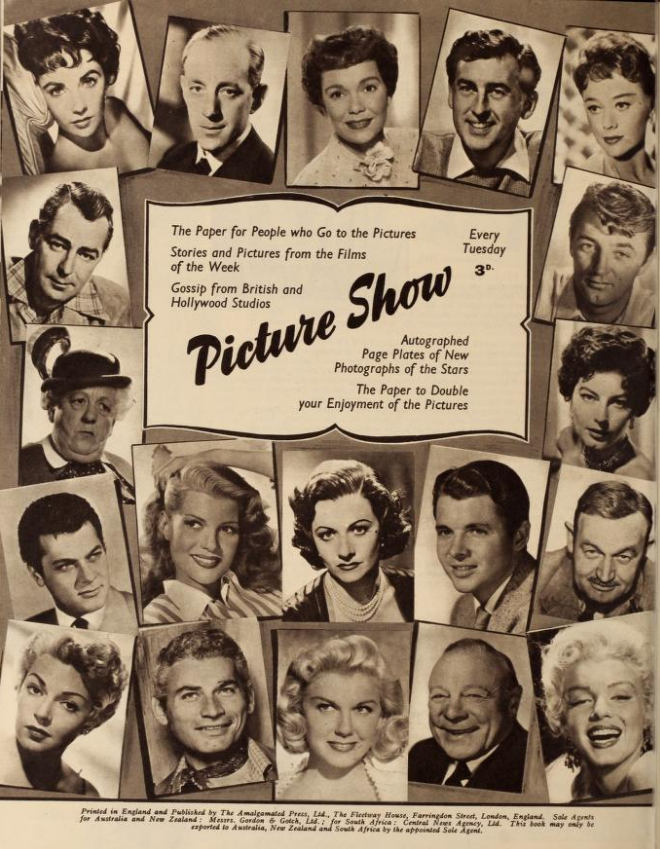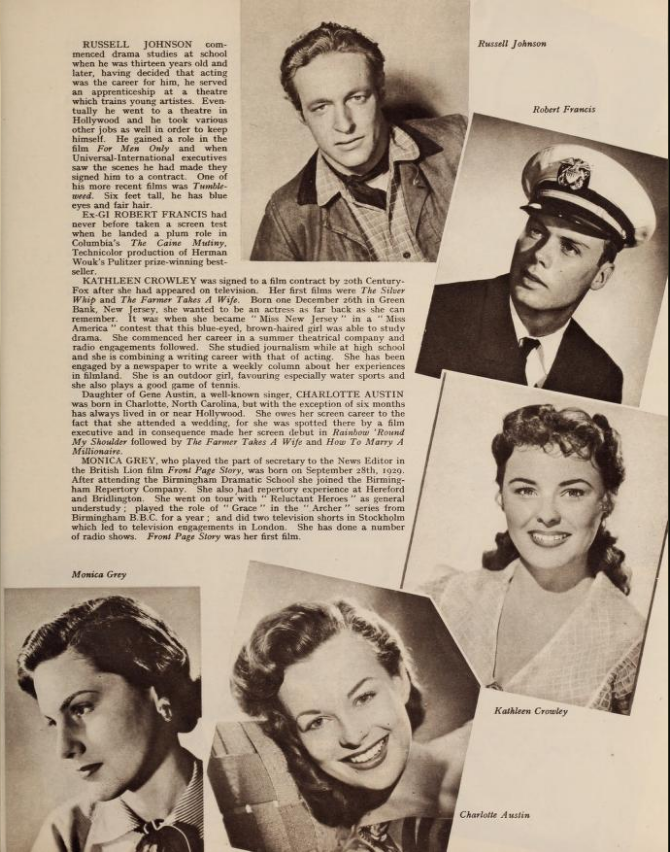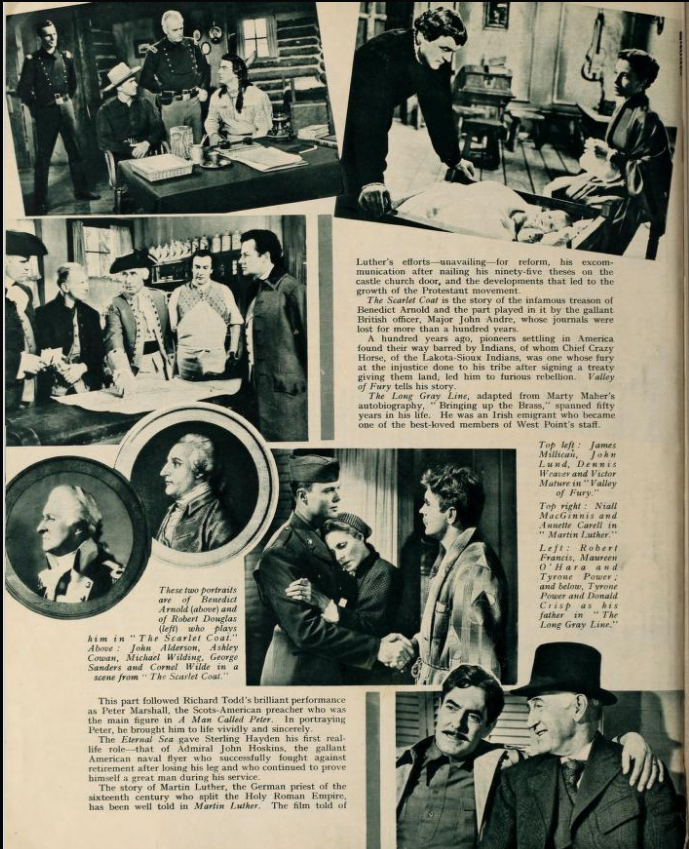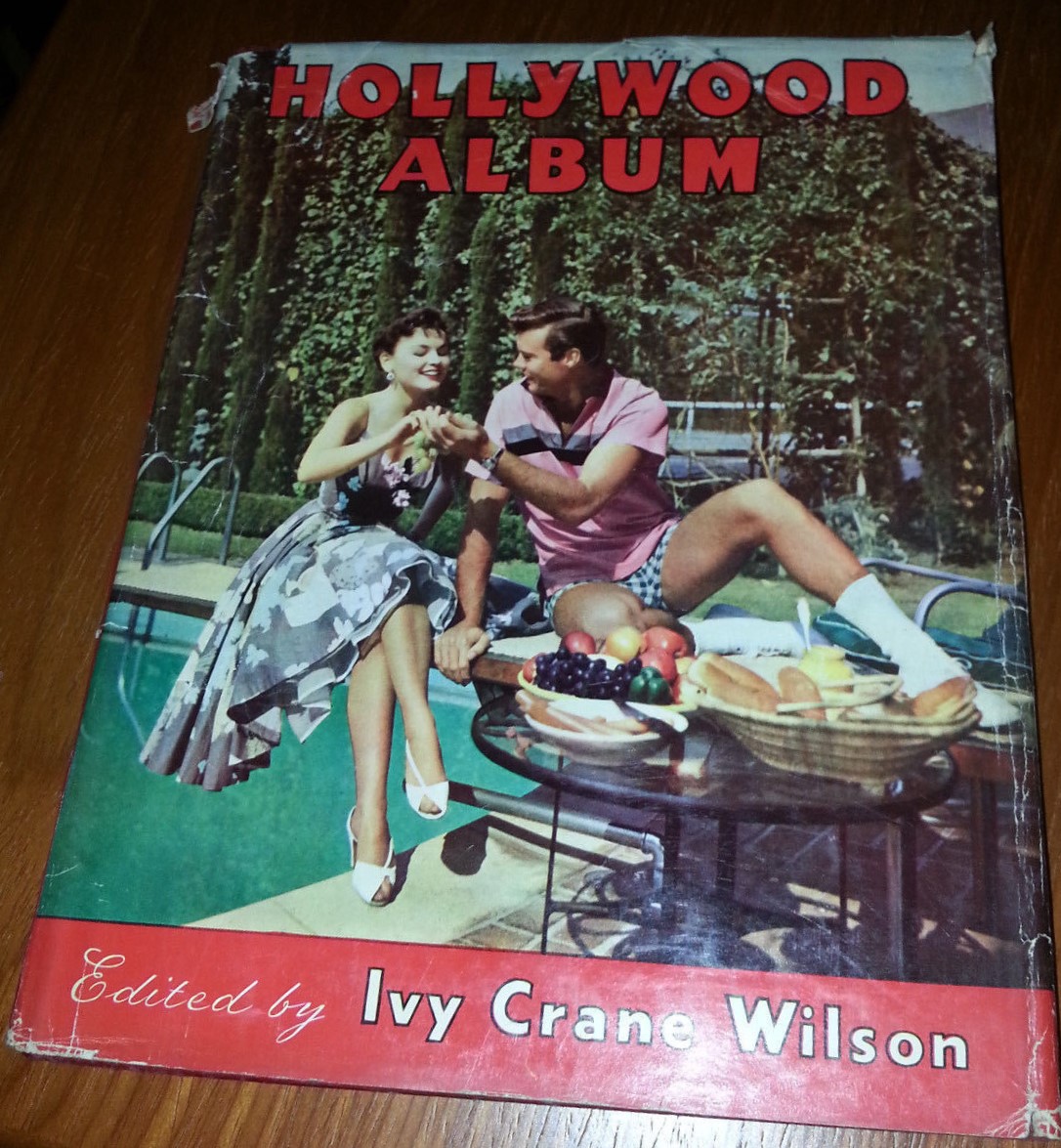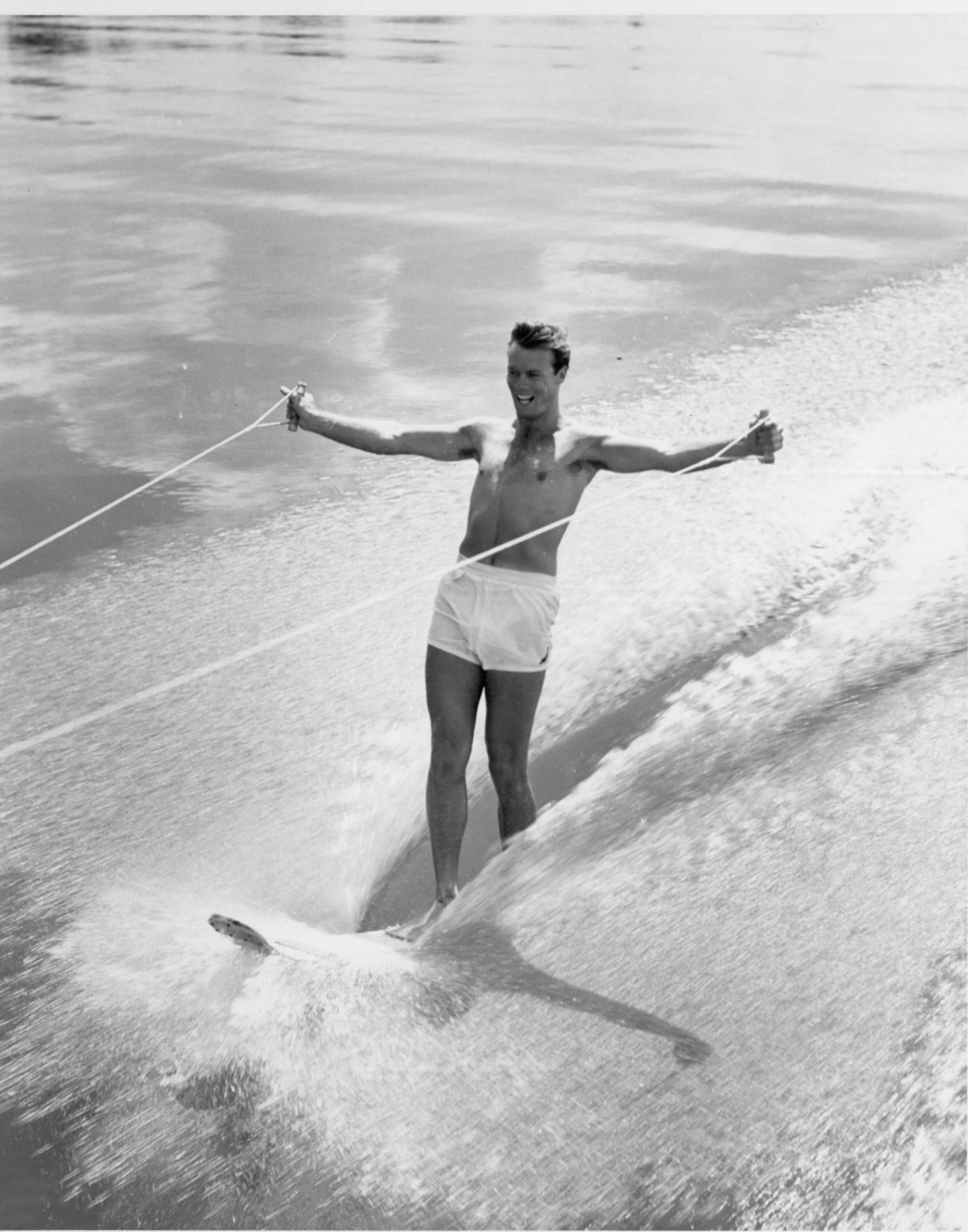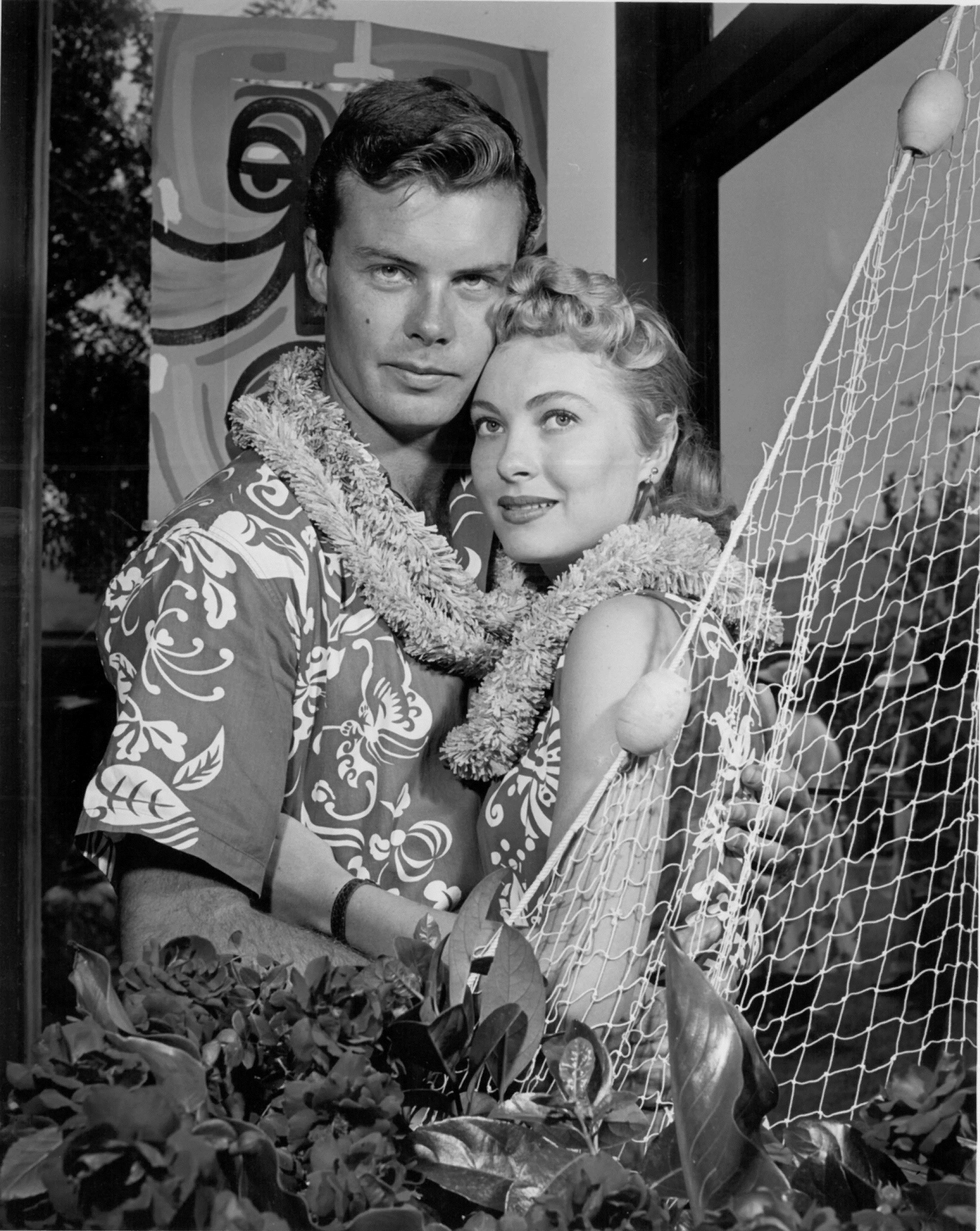The Hollywood Star and Studio Systems - Part Two
Gallery 5: Robert Francis - 1955 and Afterwards
Early 1955
Ivy Crane Wilson was a British film columnist who annually published Hollywood Album. The hardcover 1955 edition — containing articles “written by the stars themselves” — probably was published early in 1955. Bob’s story, “One Fateful Day,” recounts the events of July 4, 1949, when he was “discovered,” and the subsequent events of his first year as a film actor. After Bob’s death, Ms. Wilson sent his parents a copy of the book inscribed, “To Mr. and Mrs. Francis - in memory of their wonderful son - I’m very proud to have Bob’s story in this - my ninth album - Sincerely, Ivy Crane Wilson.”
Photo made by Gene Kornman, Fall 1954, as part of a photo shoot at St. Inez Motel in Santa Monica, Calif. See photos in Part One of The Star and Studio Systems.
Lucy Marlow appeared in small roles in several mid-1950s films: A Star is Born, Queen Bee, Tight Spot, My Sister Eileen and on television shows of that time. See profile at www.tcm.com
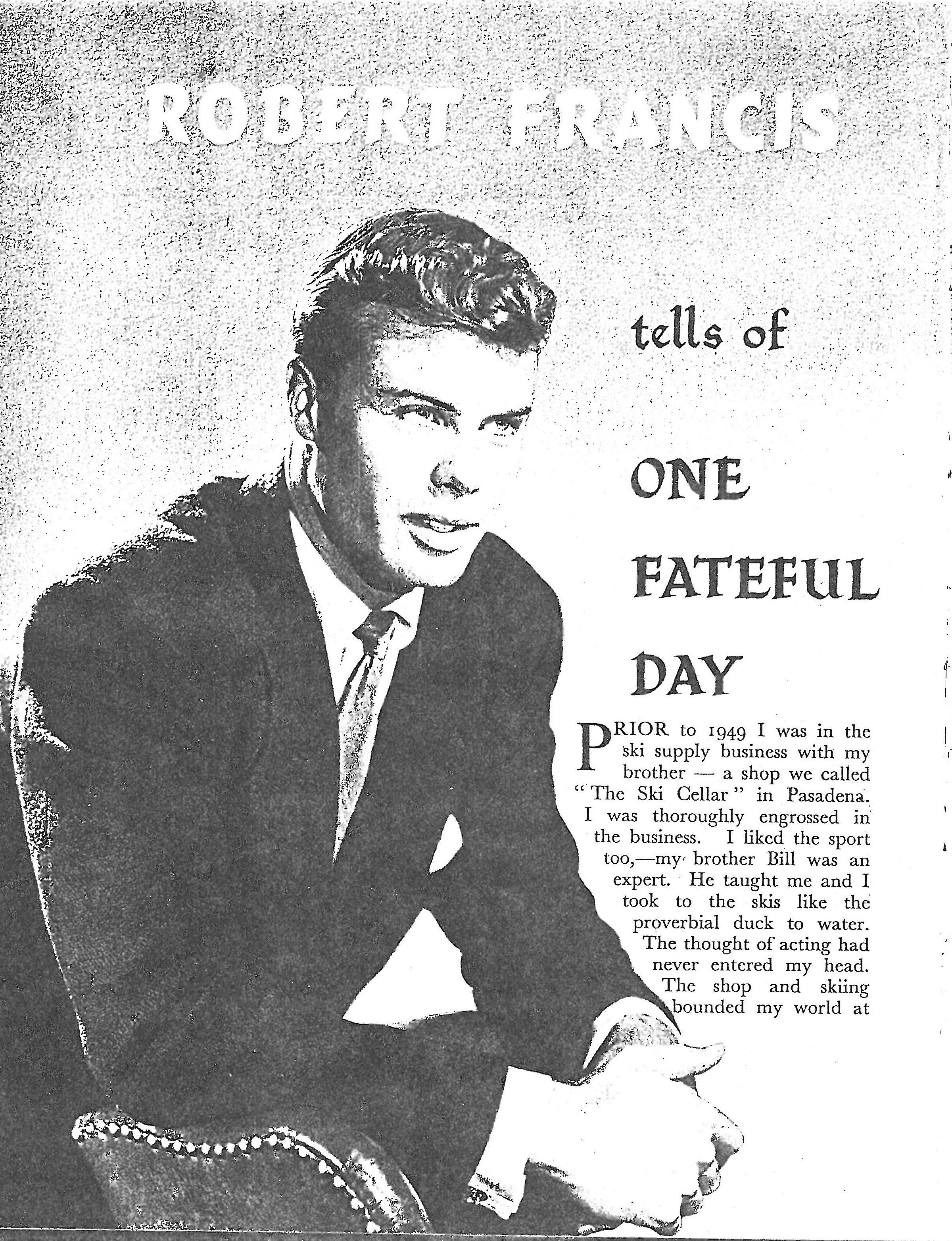
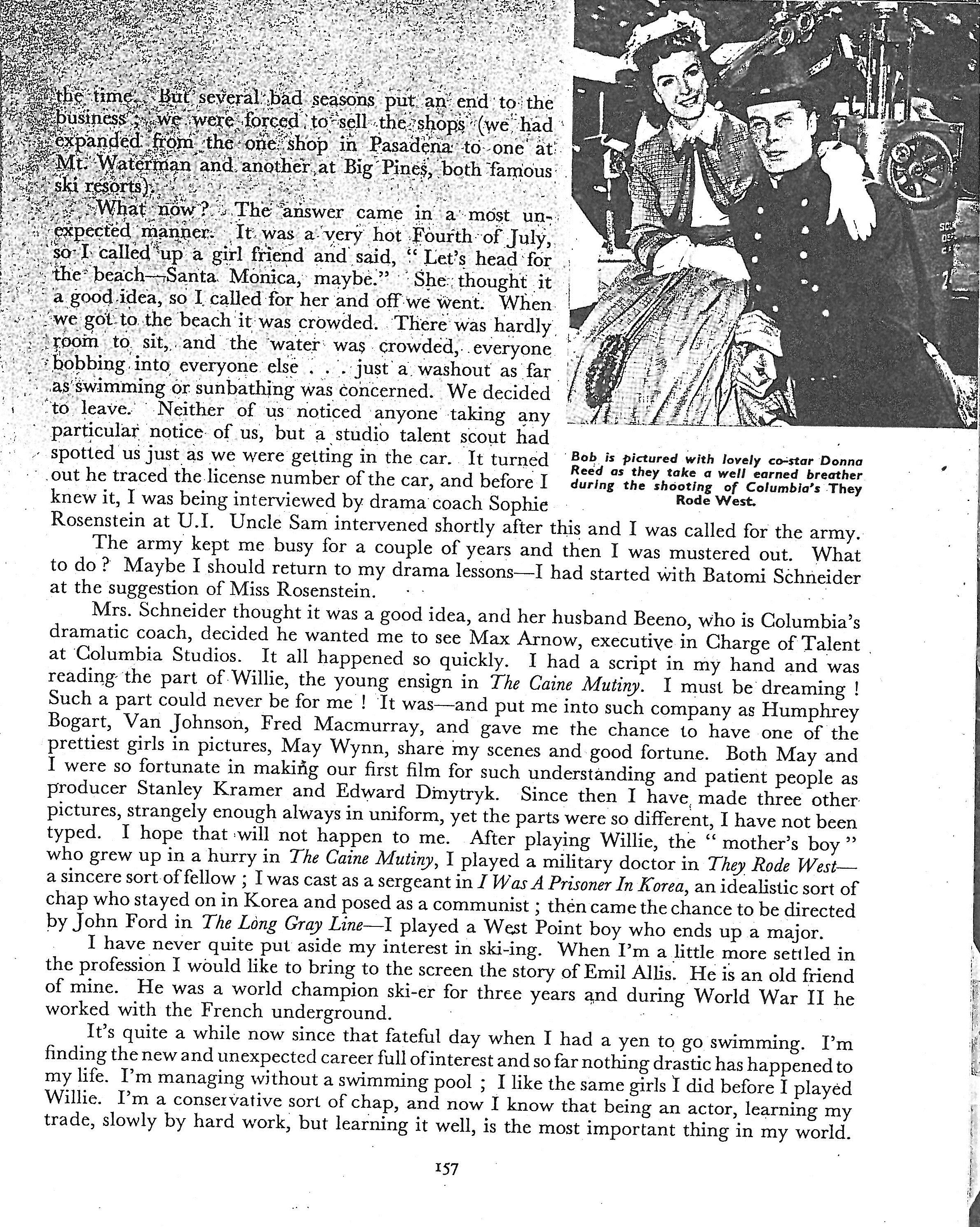
Émile Allais
Obit from The New York Times
Émile Allais, Hailed as the Father of Modern Skiing, Dies at 100
OCT. 20, 2012
Émile Allais, a daring champion French skier who helped shape his sport by developing and popularizing a new style of skiing in the 1930s — keeping the skis parallel — as well as by coaching Olympic teams and designing ski equipment, died on Wednesday in Sallanches, in the French Alps. He was 100.
The French Skiing Federation announced his death, prompting Jean-Claude Killy, the French skier who dominated the sport in the late 1960s, to hail Allais as “the father of modern skiing.”
For all his many victories on the slopes, Allais failed in perhaps his final challenge: his bet that on his 100th birthday he would beat his cardiologist down Valle Blanche in Chamonix, one of the great Alps ski runs. He stopped skiing a few years ago.
In 1934, Allais became the first French skier to win a major event, placing first in the combined event — a downhill run and two slalom runs — at Hahnenkamm at Kitzbühel in the Austrian Alps.
In the 1937 world championships, he won gold medals in the downhill, slalom and combined, becoming the first man to win both downhill and slalom races in a major championship. That year and the next, he was the world’s all-around champion skier, the first man to hold the title in successive years.
His daring, almost reckless-seeming style of skiing was legend. He once did a somersault in an event and landed on his skis without losing time. The New York Times once described him as “a congenital candidate for the suicide club” and marveled at how he often seemed out of control before miraculously recovering.
He awed competitors. A German skier was quoted by The Times in 1937 calling Allais “the greatest all-around skier the world has ever known.” Killy said Allais had taught him to take risks.
In the 1930s, Allais popularized a new style of skiing, with the skis parallel. He also coached Olympic teams and designed equipment.
His most far-reaching contribution to the sport came in the late 1930s, when he helped develop and popularize the new method of skiing with skis parallel to each other rather than angled inward in a V shape. The French Skiing Federation soon adopted that as its official style.
In the 1940s and ’50s, Allais coached the French Olympic team for seven years, and the Canadian and American teams for one year each. He helped found the École Française du Ski, which became one of the world’s largest ski schools.
Allais made a business career out of skiing as well, opening a resort in Chile and helping to develop others in France, including Courchevel. He designed skis, goggles, aerodynamic pants and some of the first ski boots to fasten to the skis. His goal, he once said, was to help skiers experience the “sense of speed and the sense of freedom” that had so captivated him as a youth.
He spent considerable time in the United States, as the first ski school instructor at Squaw Valley in California and a teacher in Sun Valley, Idaho, where one pupil was the movie producer Darryl F. Zanuck. Brigitte Bardot and Cary Grant were also among his pupils.
Émile Allais was born on Feb. 25, 1912, in Megève, in the Mont Blanc region of the French Alps. His father, a baker, was killed in World War I. His mother remarried and went into the hotel business. An uncle who was a mountain guide made skis for him, and by 8 he was an adept skier. At 17, in 1929, he competed in his first race.
In 1932, Allais’s racing career was interrupted by compulsory military service, which he accomplished by serving with the French ski corps. Returning to the slopes, he finished second in the downhill and the combined event in the 1935 world championships.
In 1936, at the Olympics in Germany, Allais won a bronze medal in the slalom with a dramatic run that provoked clamorous cheering. Hitler went to congratulate him personally. “He looked harmless enough,” Allais recalled years later.
World War II and a broken ankle ended his ski racing career.
Allais’s first wife, Georgette, died in 1970. He is survived by his second wife, Mireille, and his daughters, Karen and Kathleen, both of whom skied for the French national team.
At 90, Allais broke his shoulder in a collision with a snowboarder. But he returned to the slopes after recovering, and kept skiing into his late 90s.
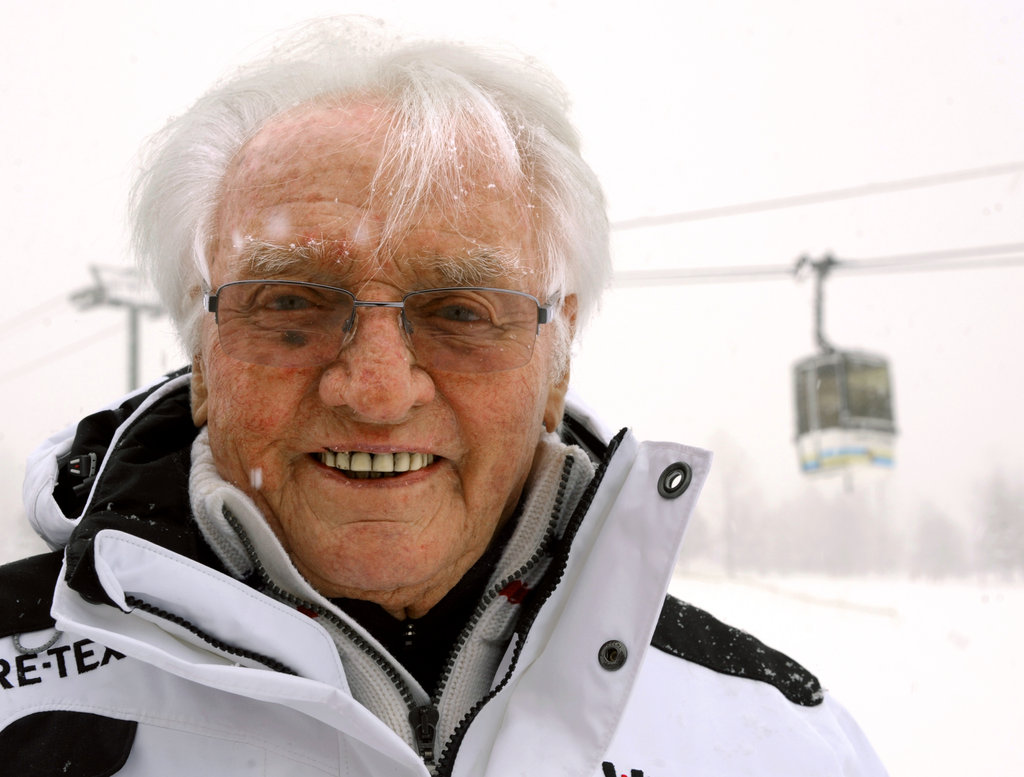
Émile Allais in January 2010 in Megève, France. In the 1930s, Allais popularized a new style of skiing, with the skis parallel. He also coached Olympic teams and designed equipment.
Photo: Philippe Desmazes/Agence France-Presse — Getty Images
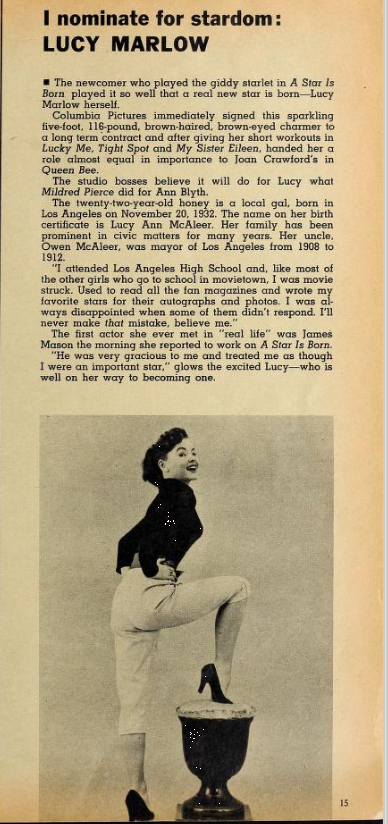
Lucy Marlow, Columbia contract player
Modern Screen, June 1955
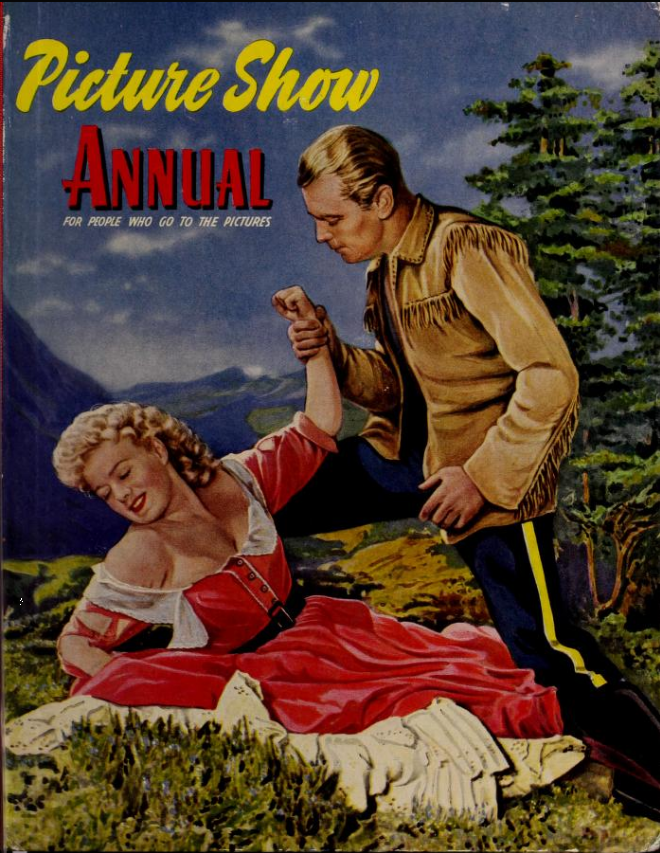
Early 1955
Picture Show Annual 1955, a British publication, covers the year in film on both sides of the Atlantic.
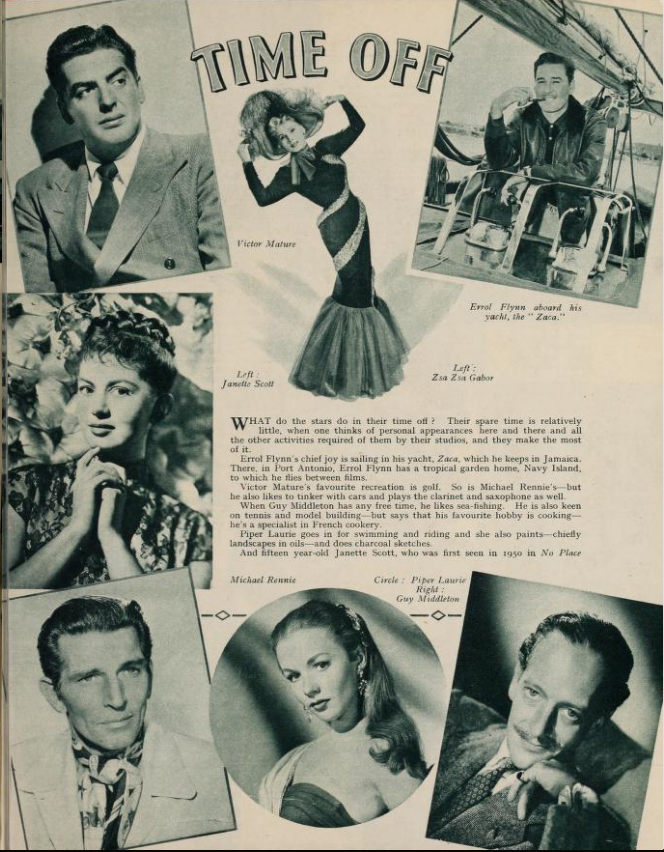
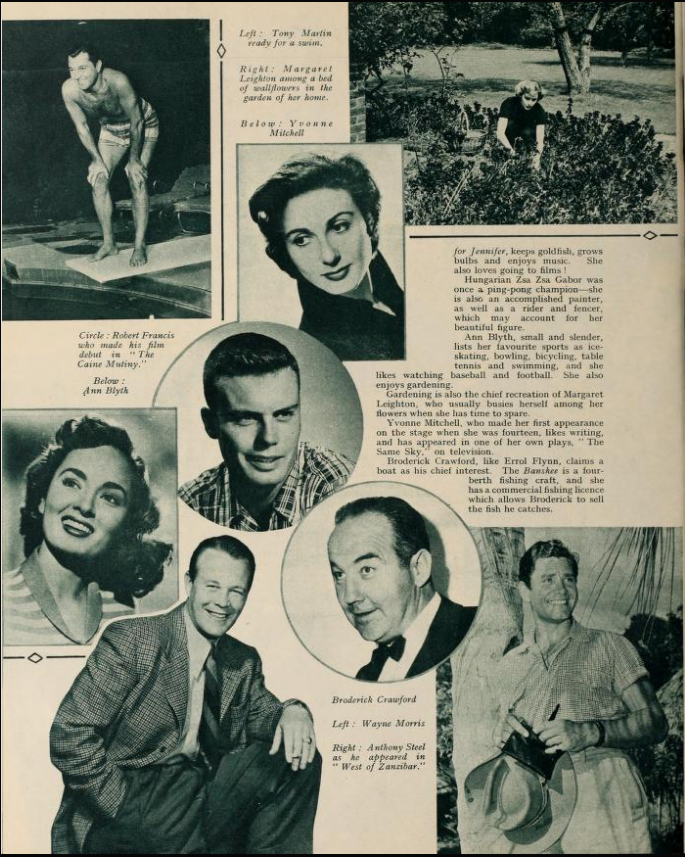
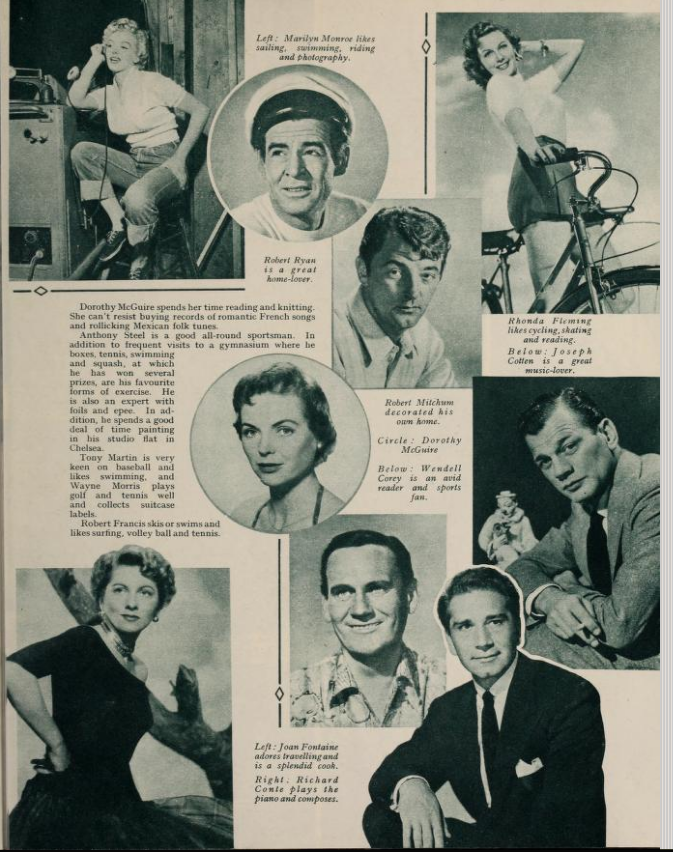
Below: Modern Screen, Feb. 1955. Photos taken Fall 1954.
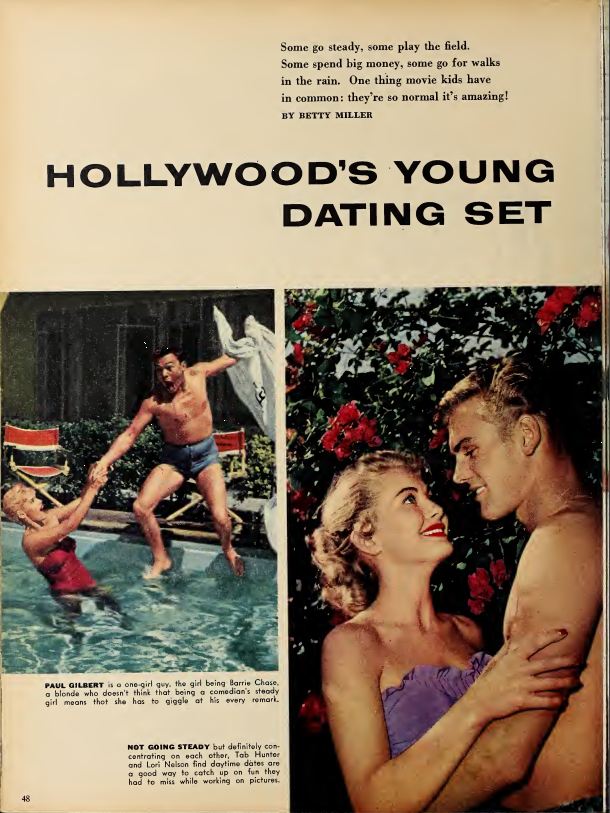
“I became a fixture in the Hollywood circuit, offering newspapers and magazines the perfect image of a rising star with the world by the tail. My picking and choosing from a Whitman’s Sampler of gorgeous starlets was dutifully recorded, month by month, allowing teenage girls around the world to track my love life.
“All a ruse, of course. Most of the young actresses I dated were, like me, gamely fostering the impression that they were “hot,” even if they hadn’t worked in months…Pat Crowley…Terry Moore…Having ourselves described as “an item” or “deeply involved” was a small price to pay for access to lavish parties overflowing with delicacies otherwise unavailable to actors living on saltines, sardines, and soda pop….”
“These high-life snapshots fueled the fantasies of young girls…. (Hunter)

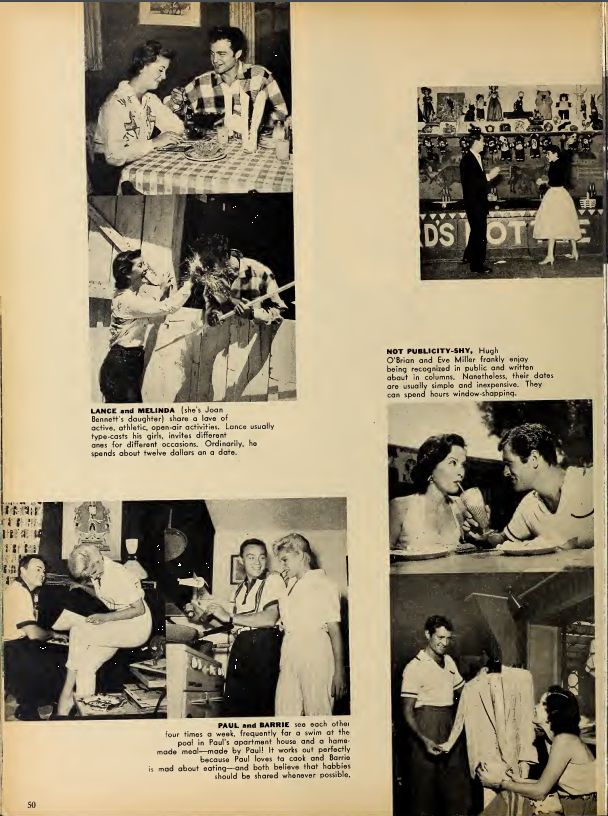
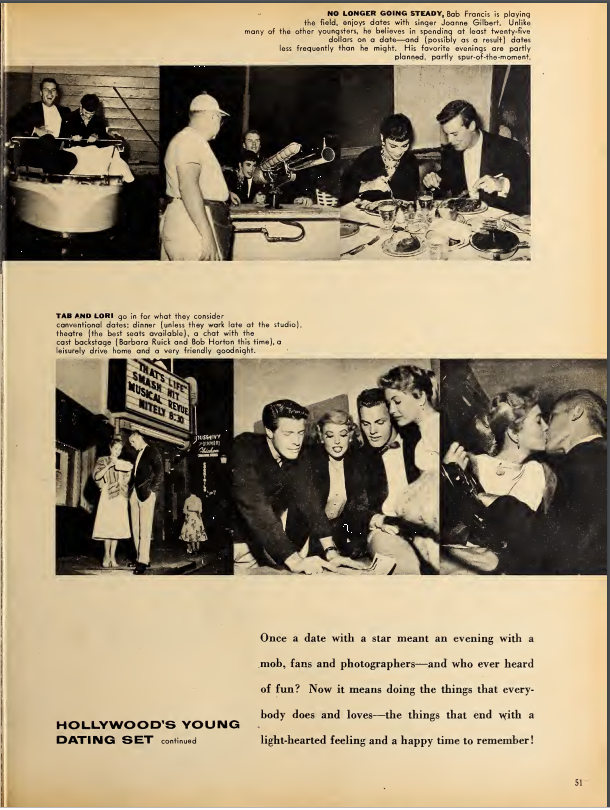
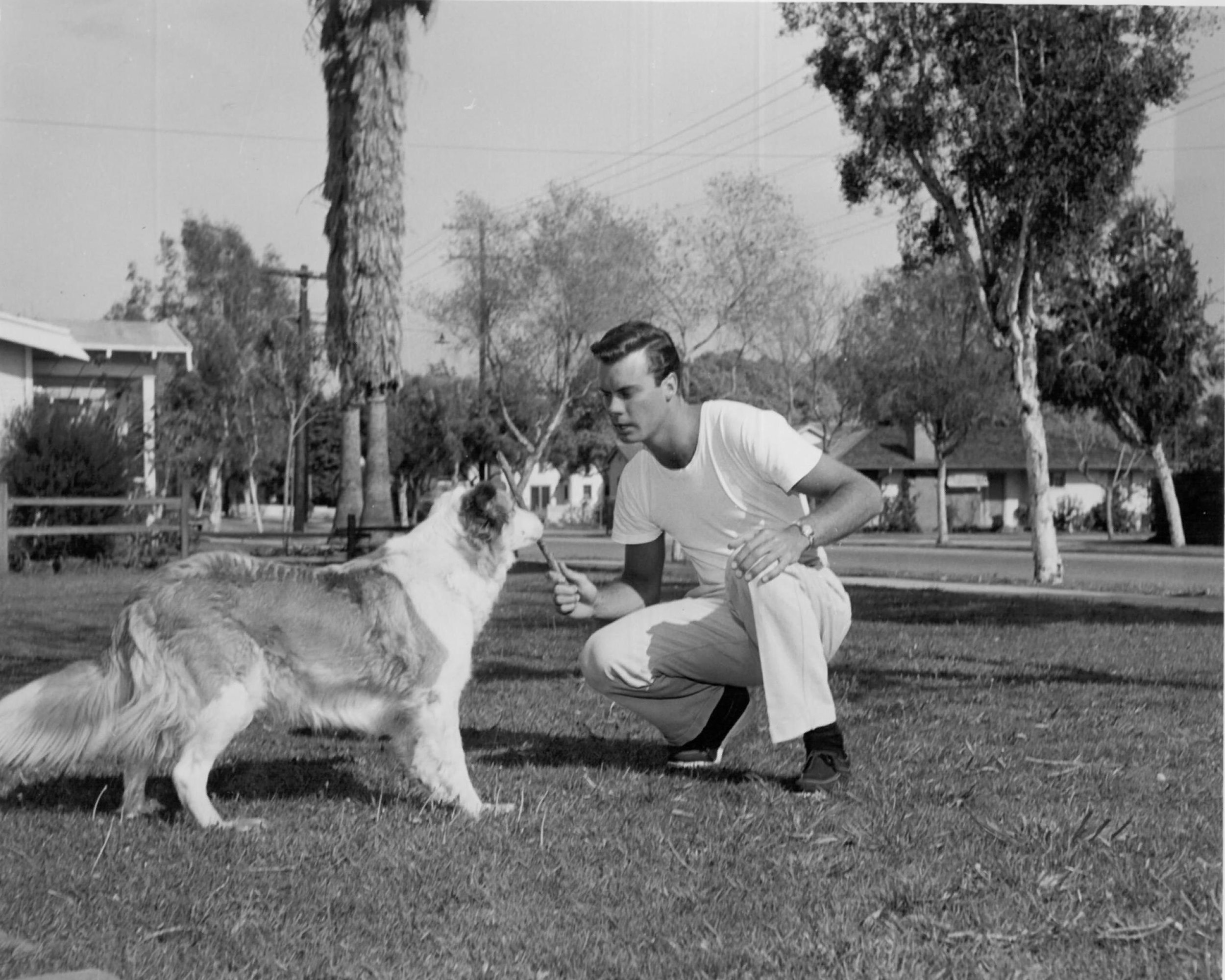
Winter 1955
Bob and Chummy
This photo and the one below (with his mother Lillian) may have been taken for a photo story in a fan magazine.
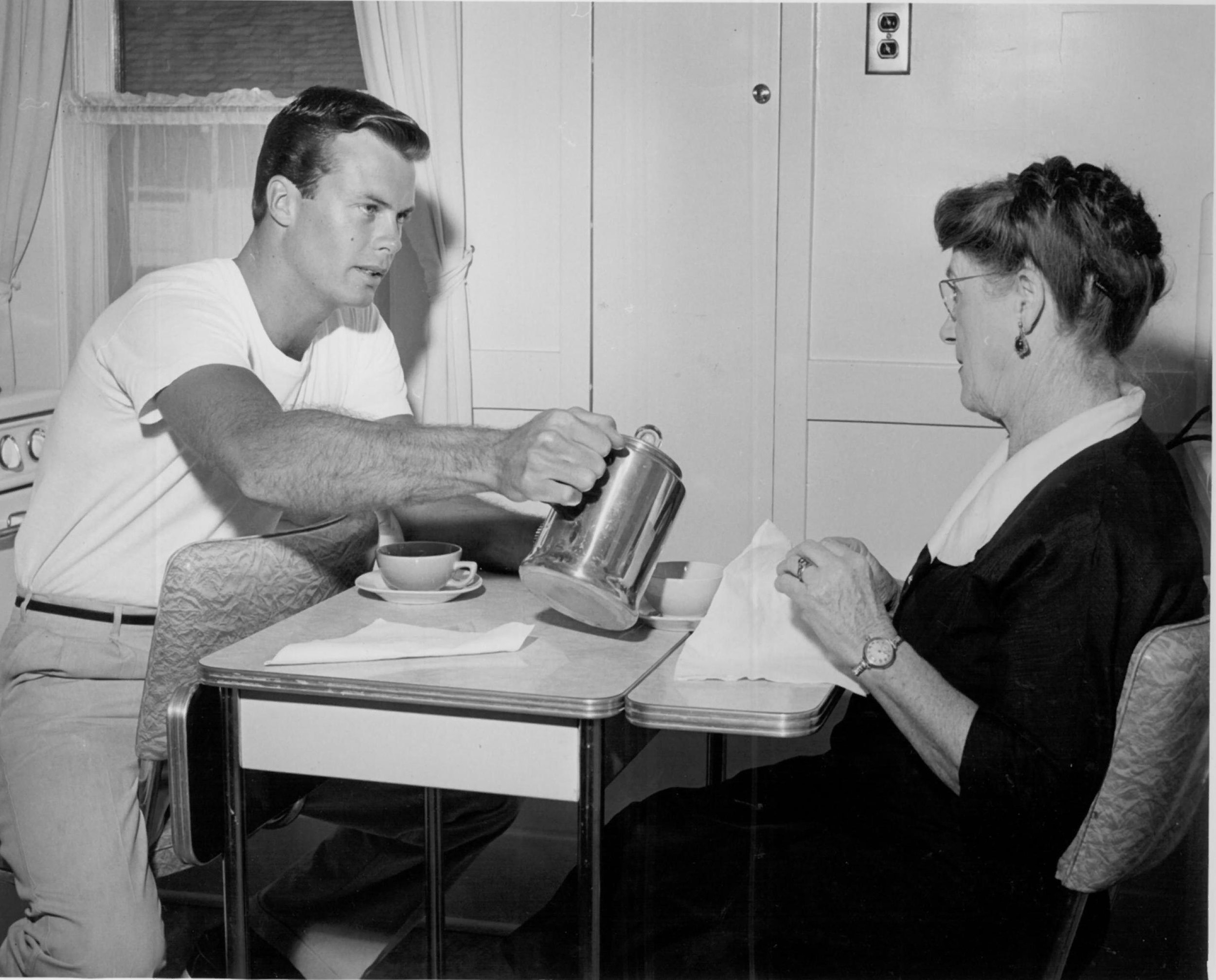
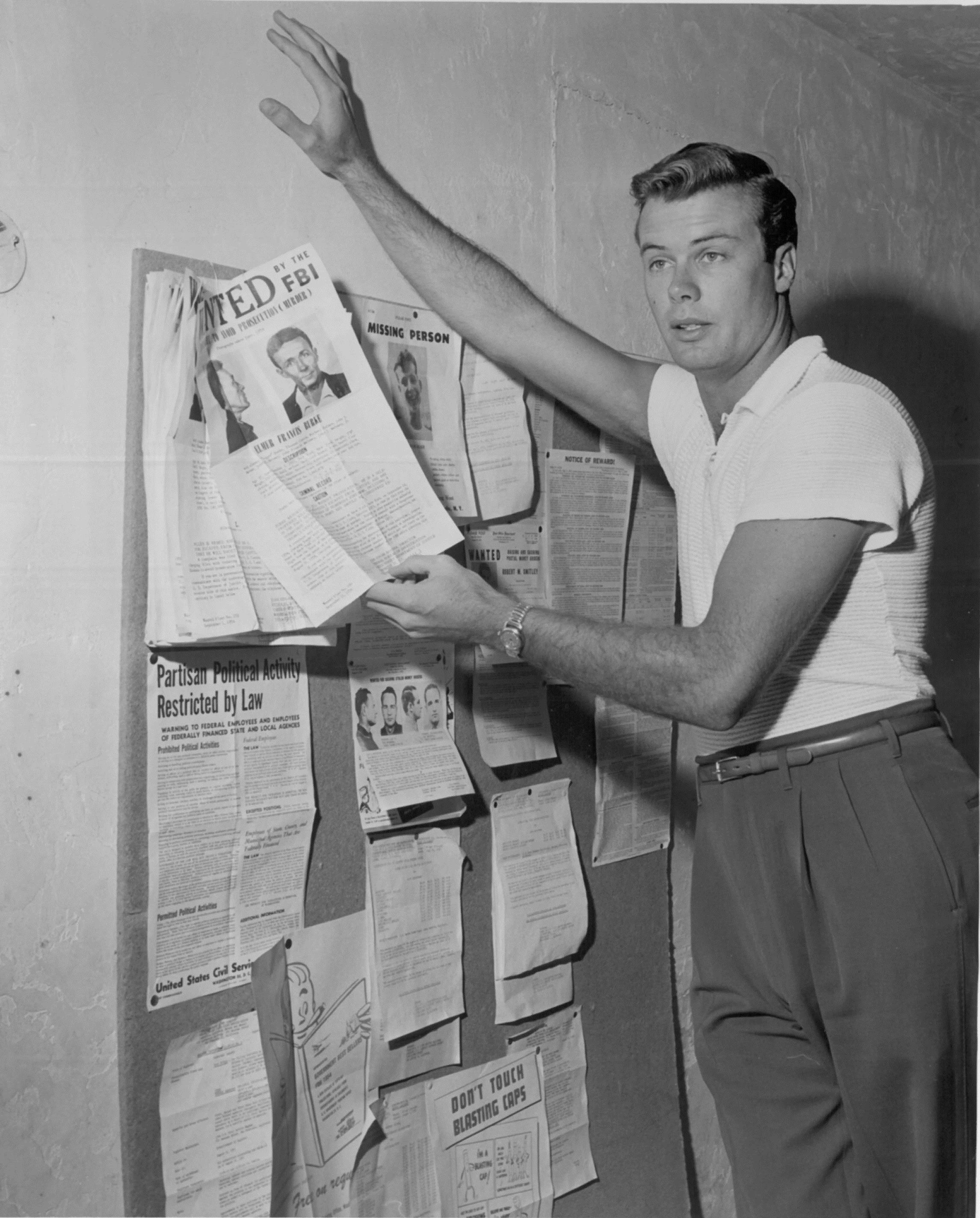
Winter 1955?
Part of a photo story, perhaps. Shirt is one Bob wore often.
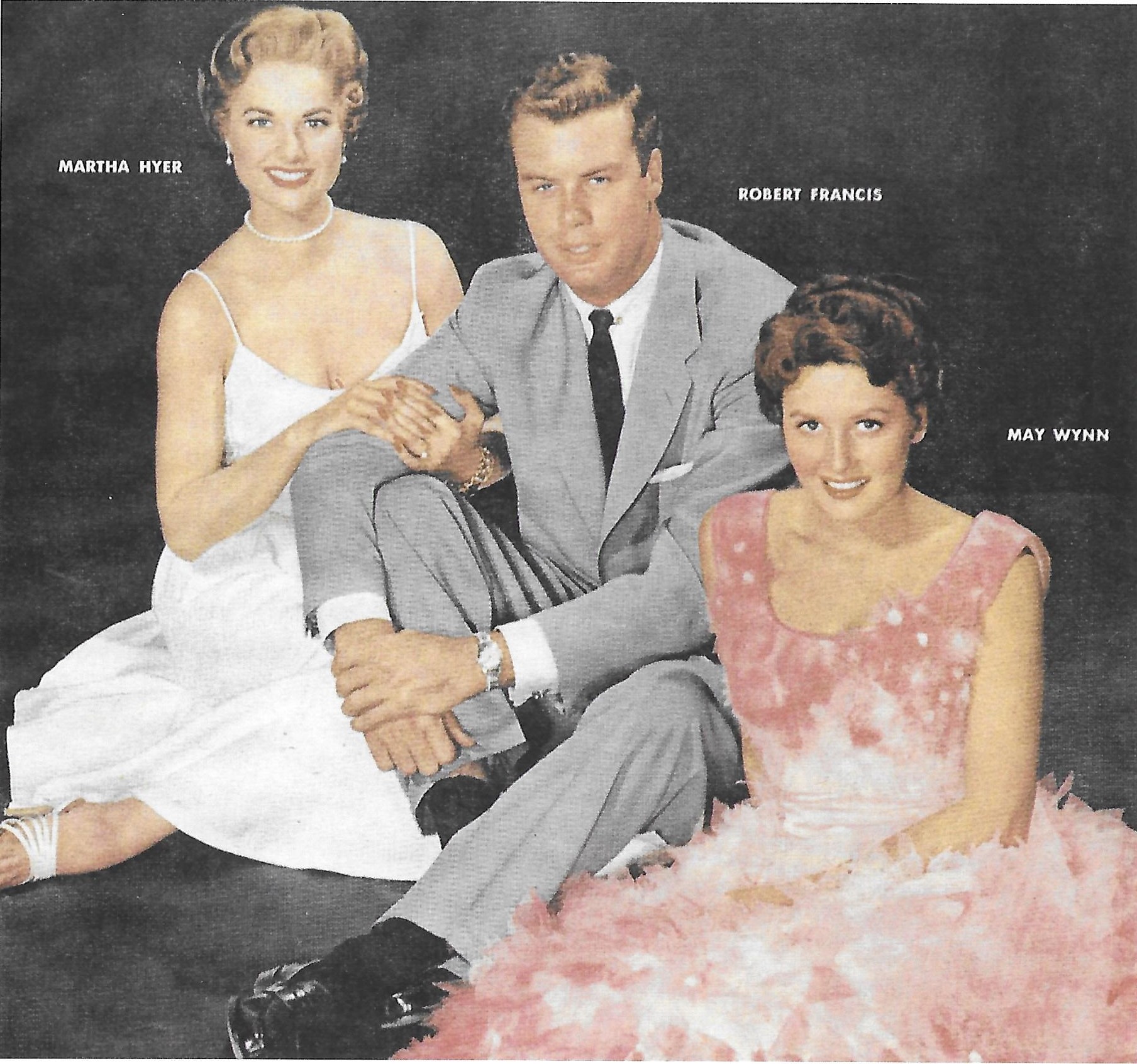
Motion Picture, Feb. 1955, on newsstands in early January 1955. Photo taken Fall 1954.
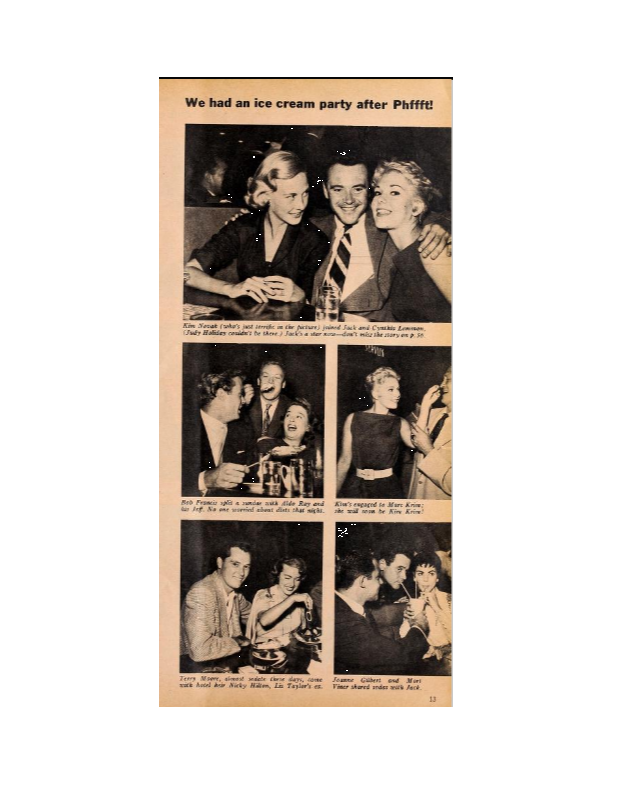
Modern Screen, Feb. 1955, on newsstands in early Jan. 1955. Phffft opened in Nov. 1954; photos made at that time in Hollywood. Many Columbia contract players in the film and at the Hollywood opening. (Joanne Gilbert was someone else’s date.)
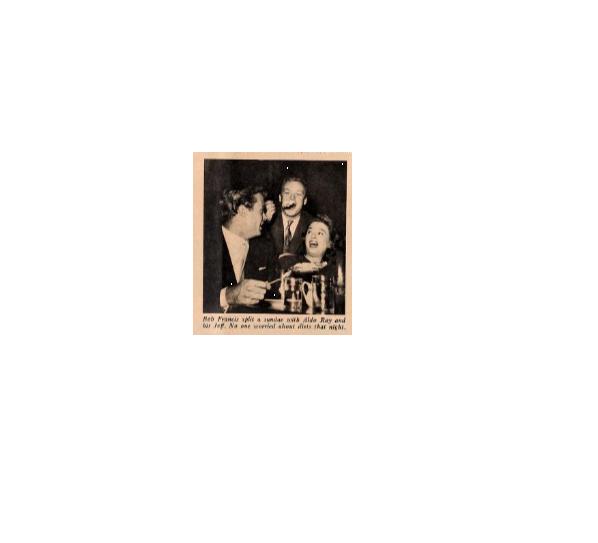
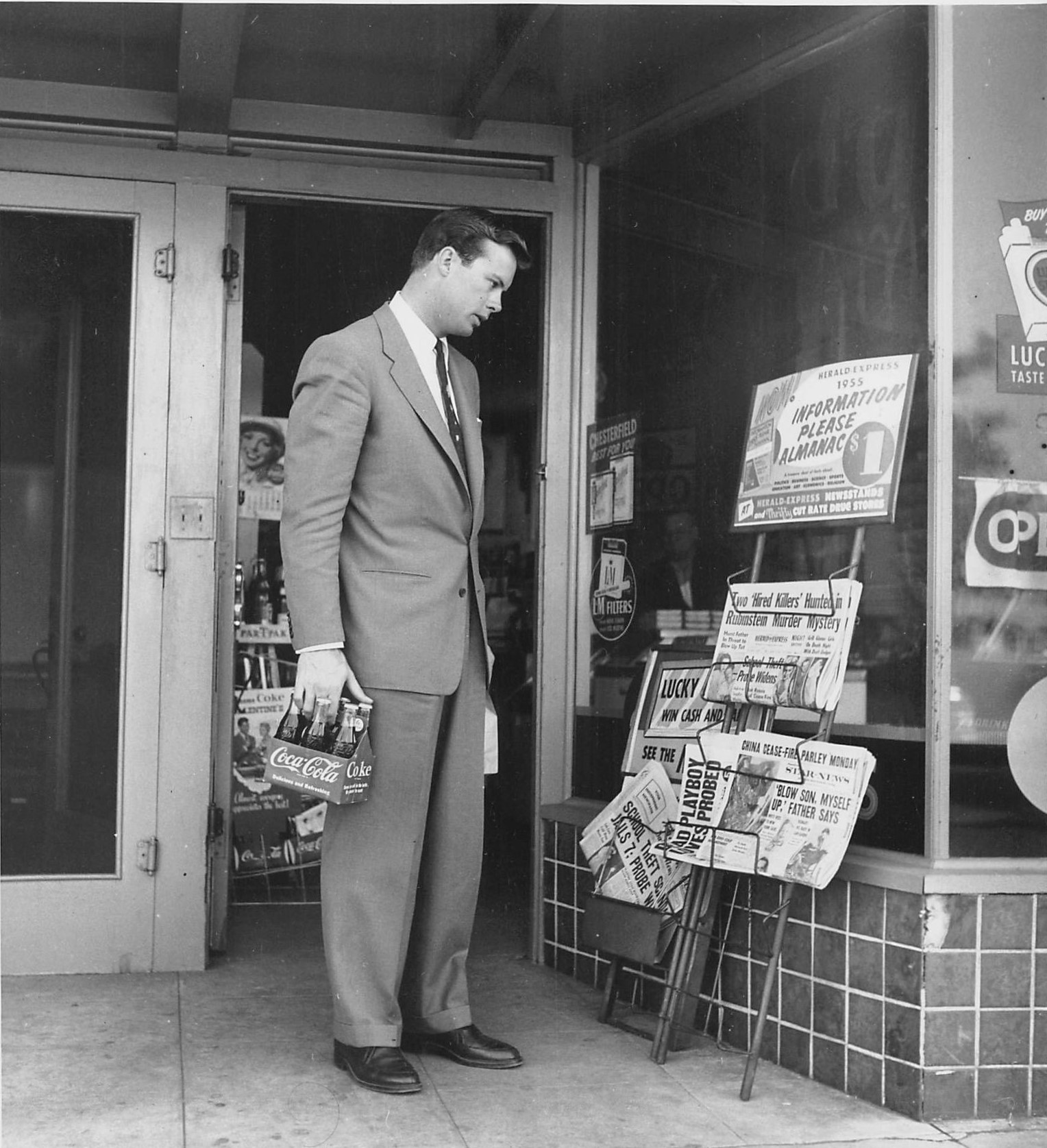
Jan. 28, 1955
One of many photos of Bob taken by Larry Barberi for Globe Photos, New York City, on or about this date for “Weekend with the Folks,” Screenland, July 1955. (See Biography and contact sheets below.)
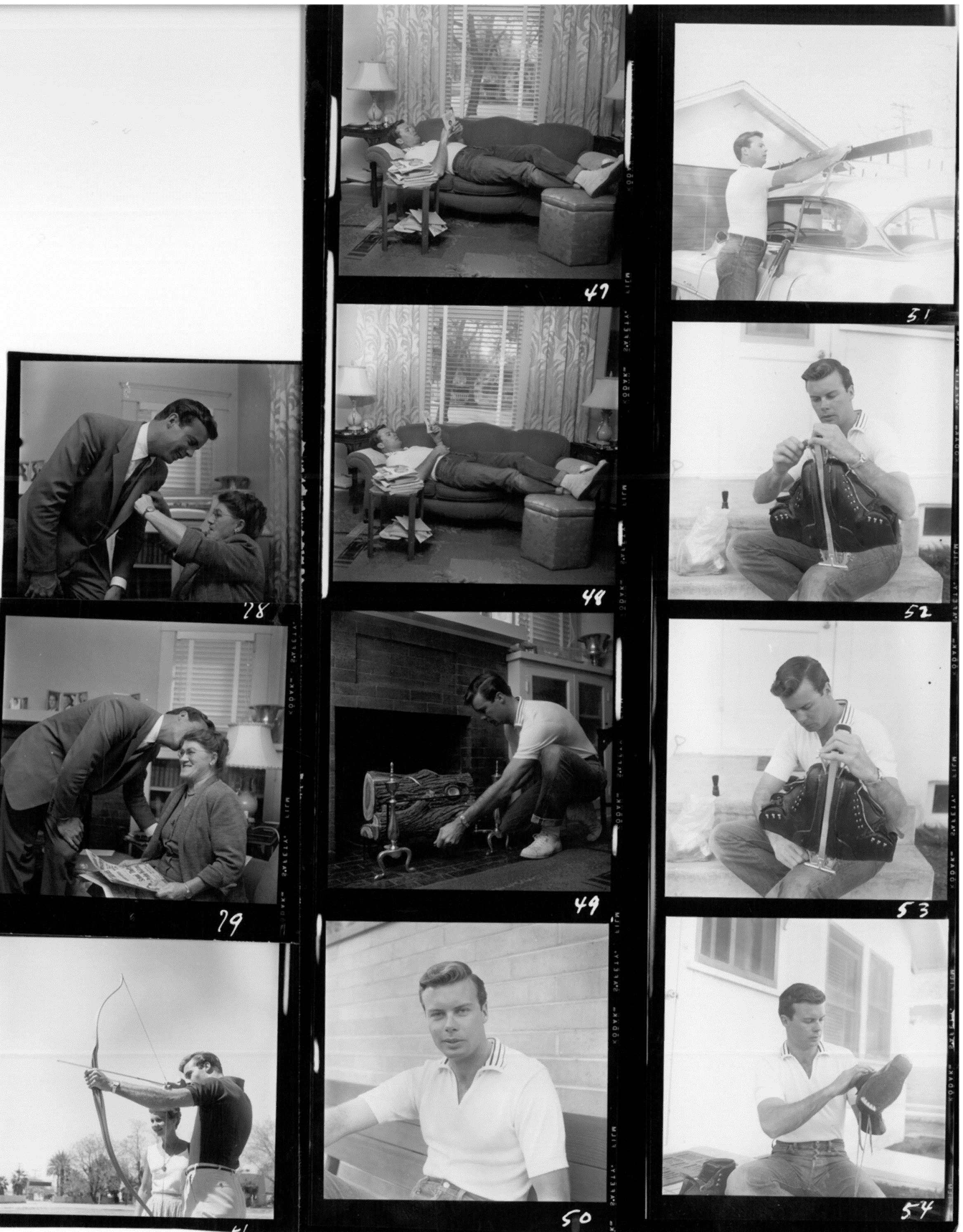
Contact sheet of photos by Larry Barberi for Globe Photos, New York City, for”Weekend with the Folks,” Screenland, July 1955.
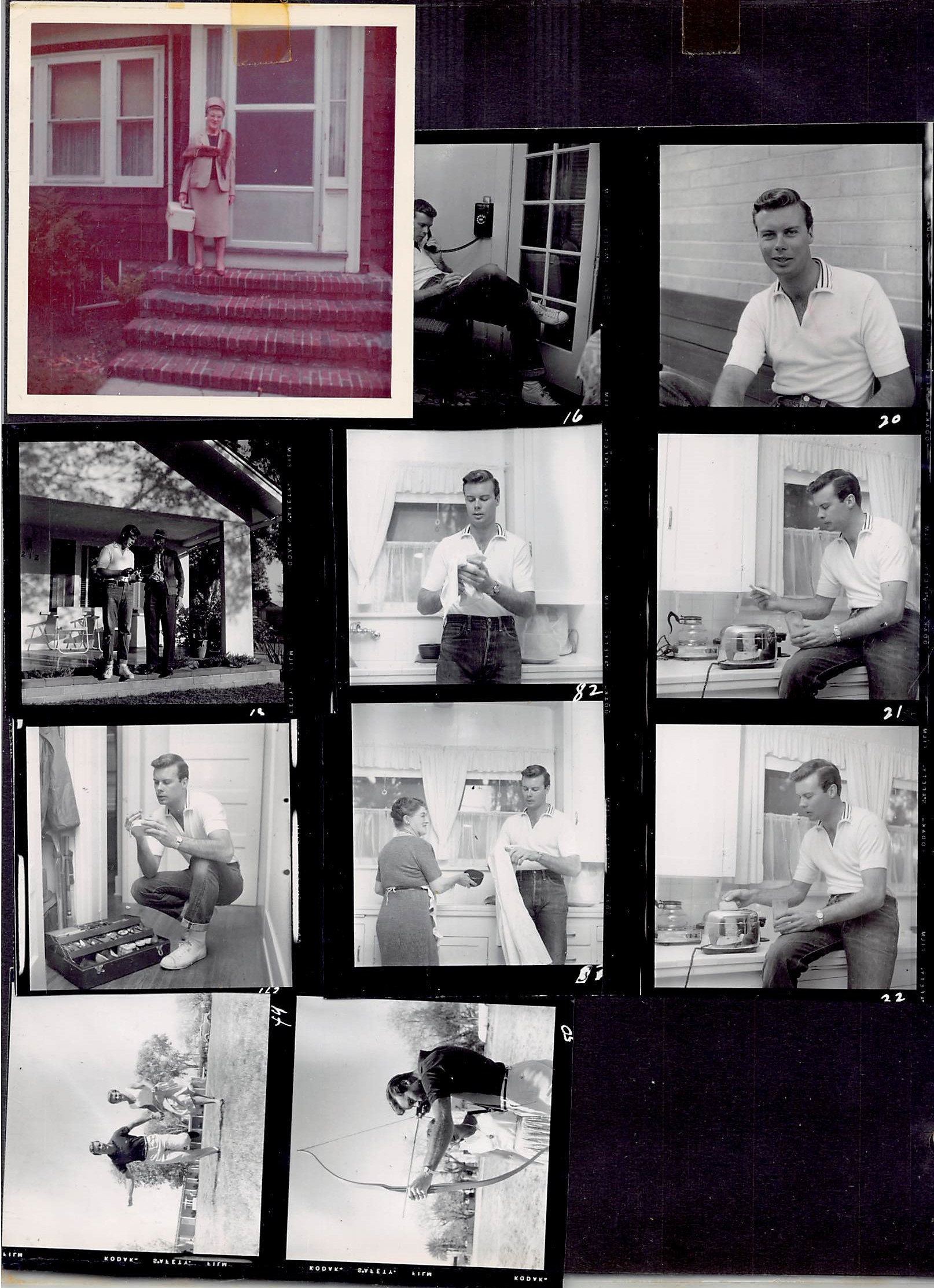
Color photo is of Bob’s mother, Lillian Francis, taken perhaps in the 1960s.
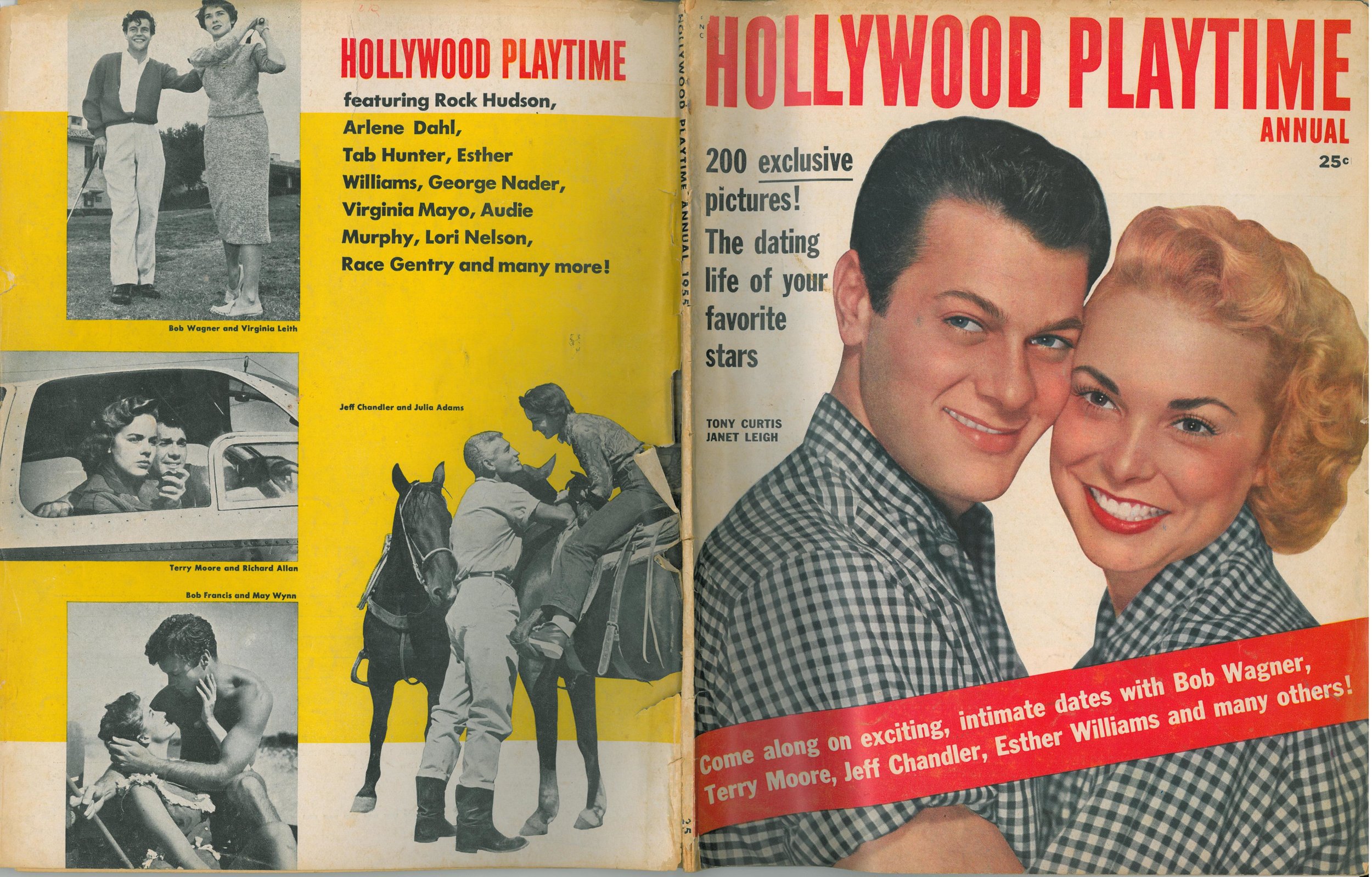
Early 1955. Photos taken early Fall 1954. Hollywood Playtime Annual 1955. Photos by Don Ornitz, Globe Photos, New York City.
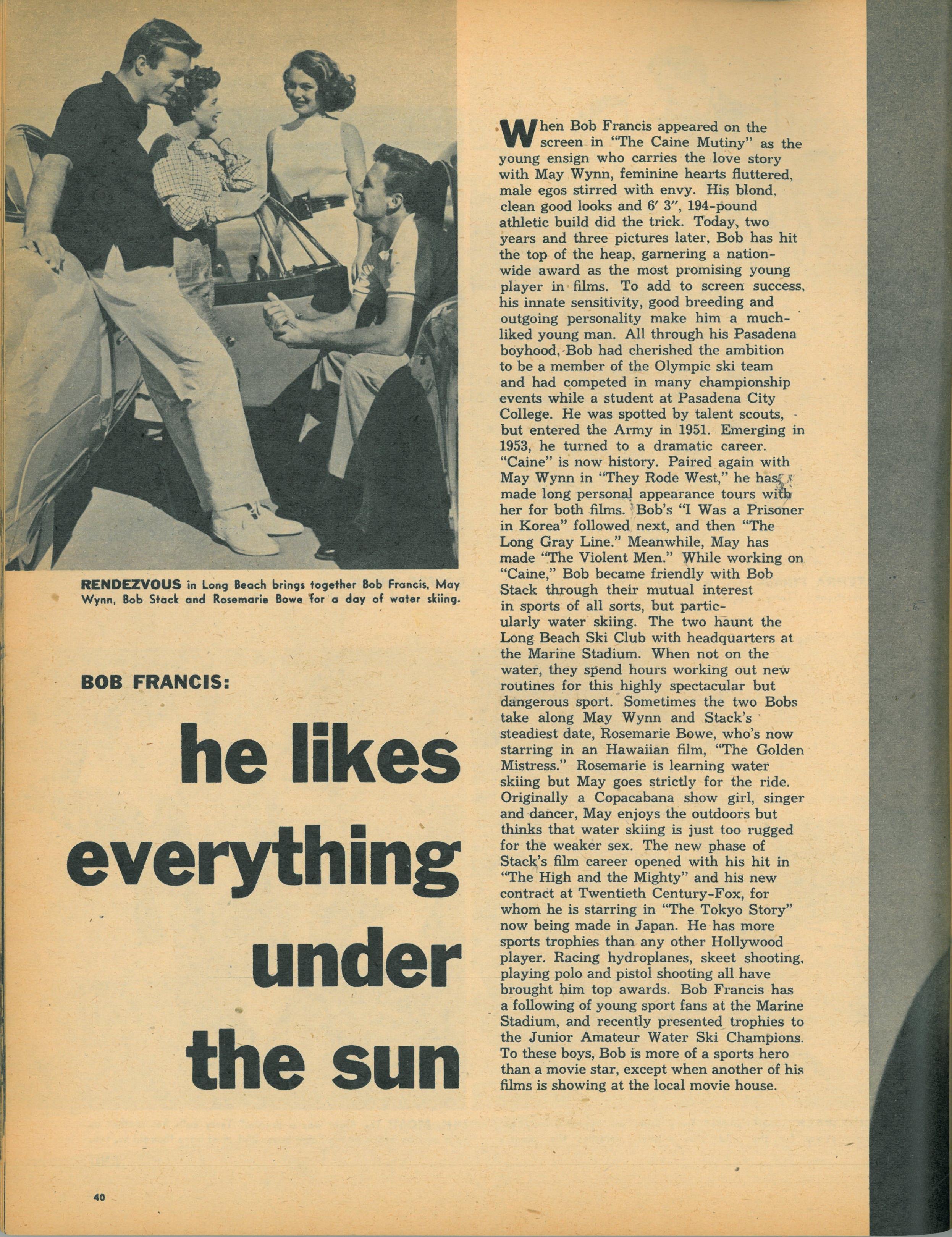
Rosemary Bowe also studied with Benno Schneider at Columbia. She and Robert Stack married in 1956.
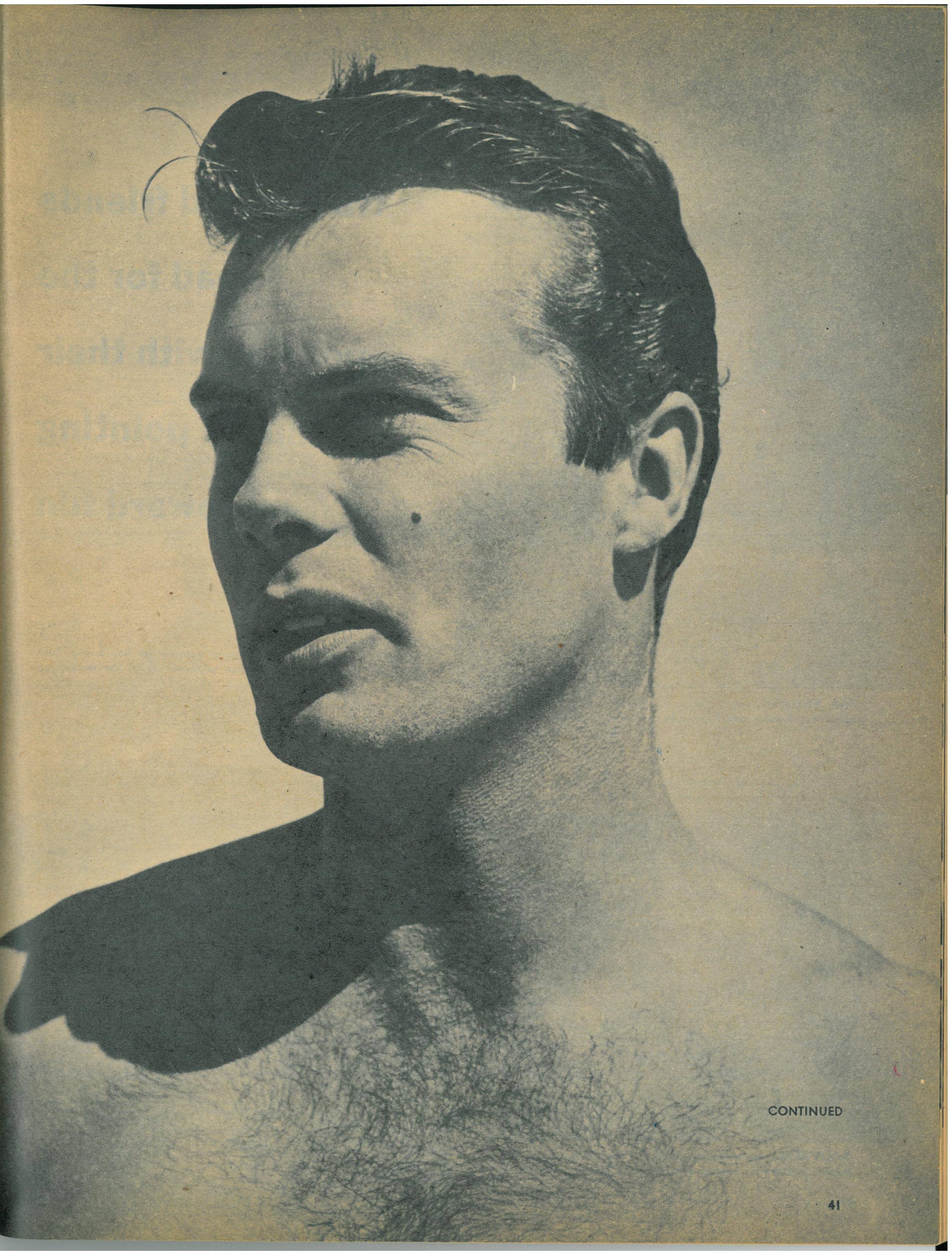
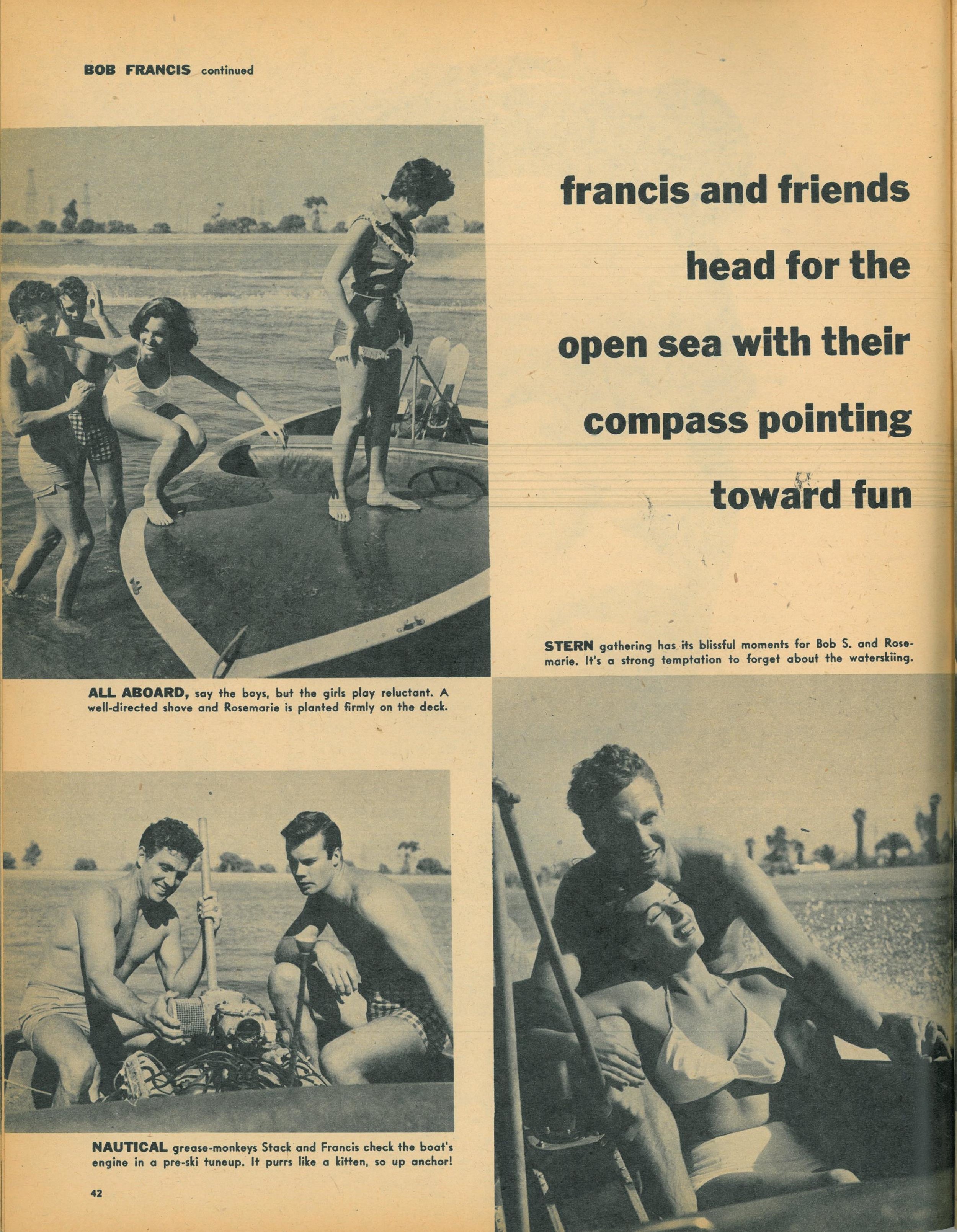
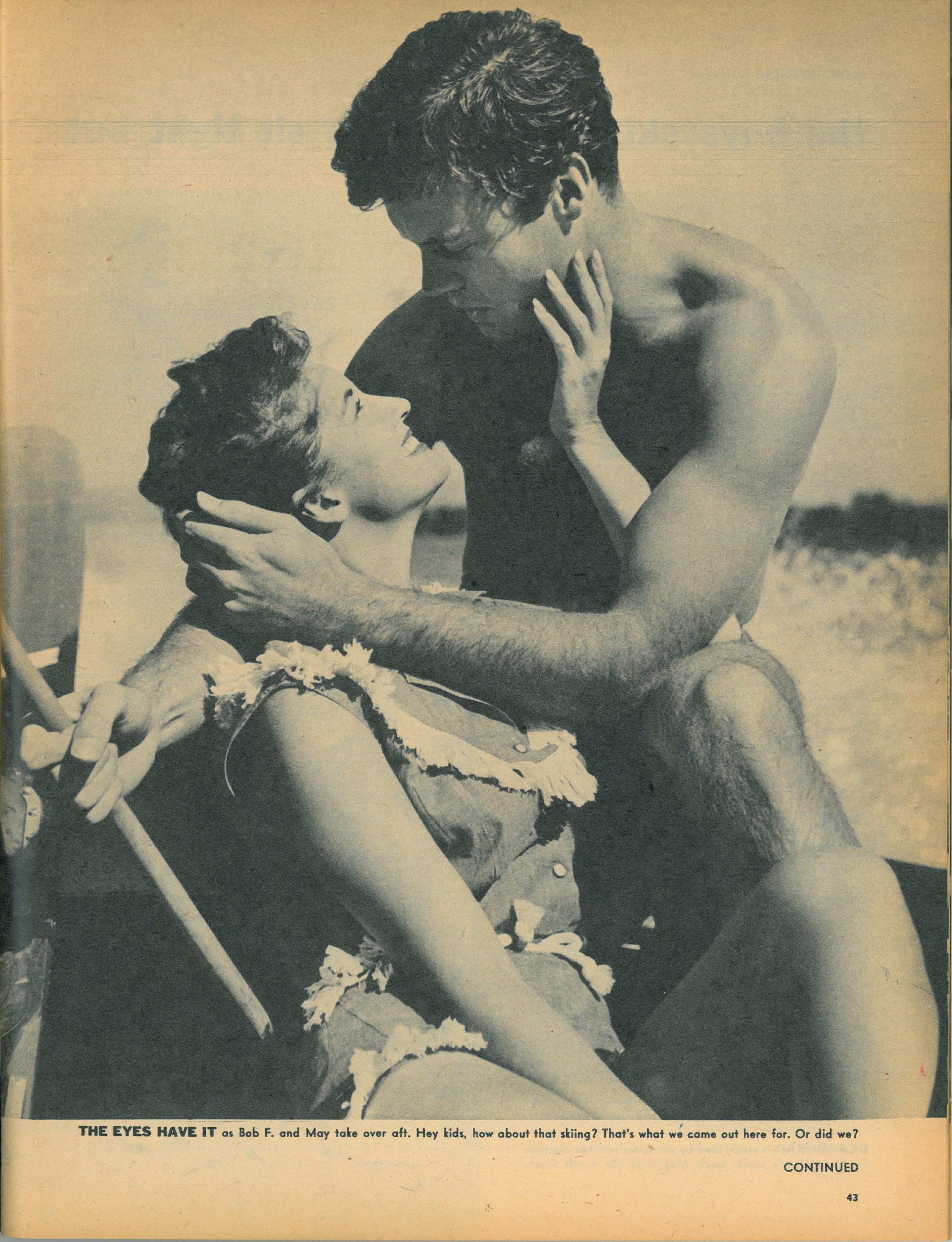
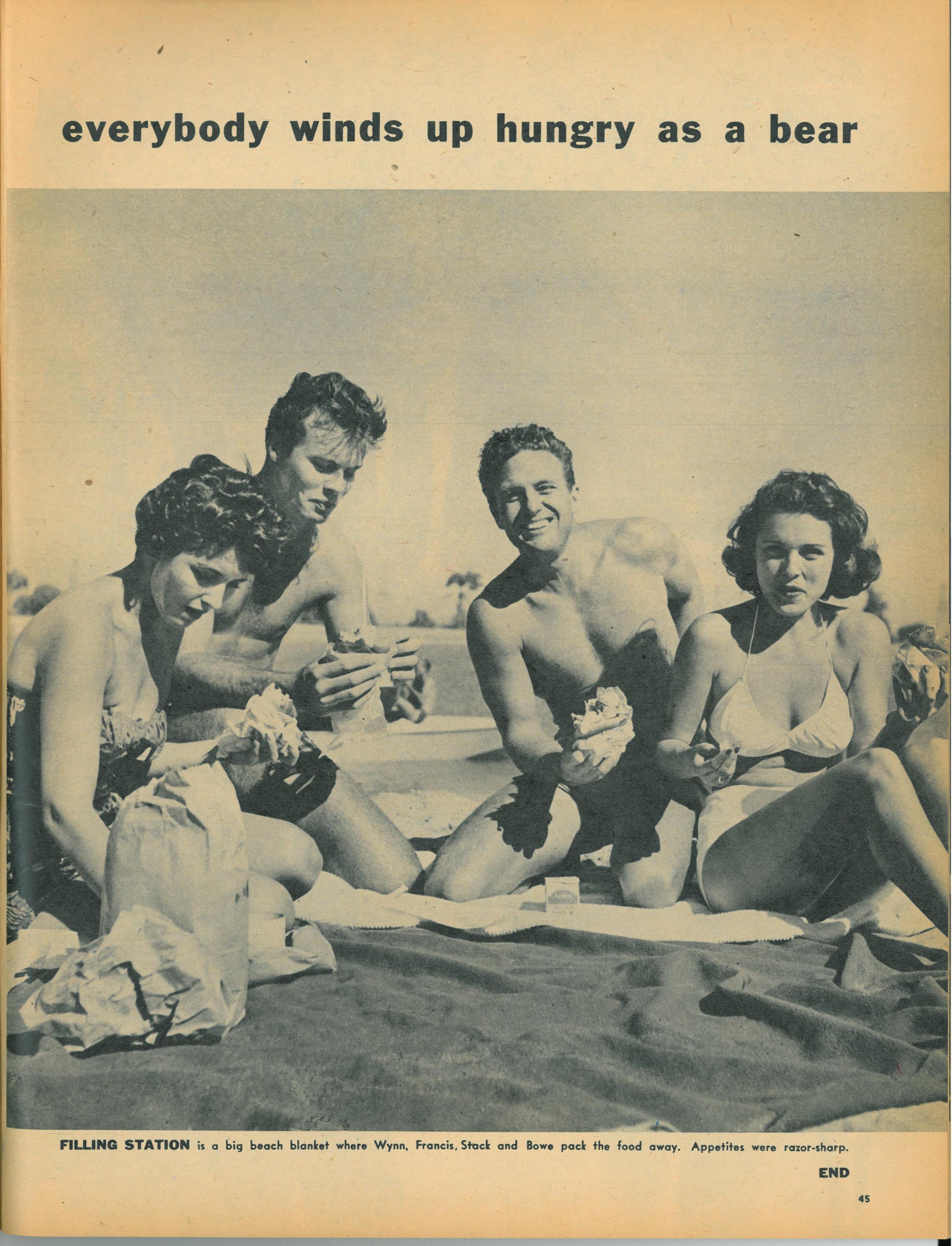
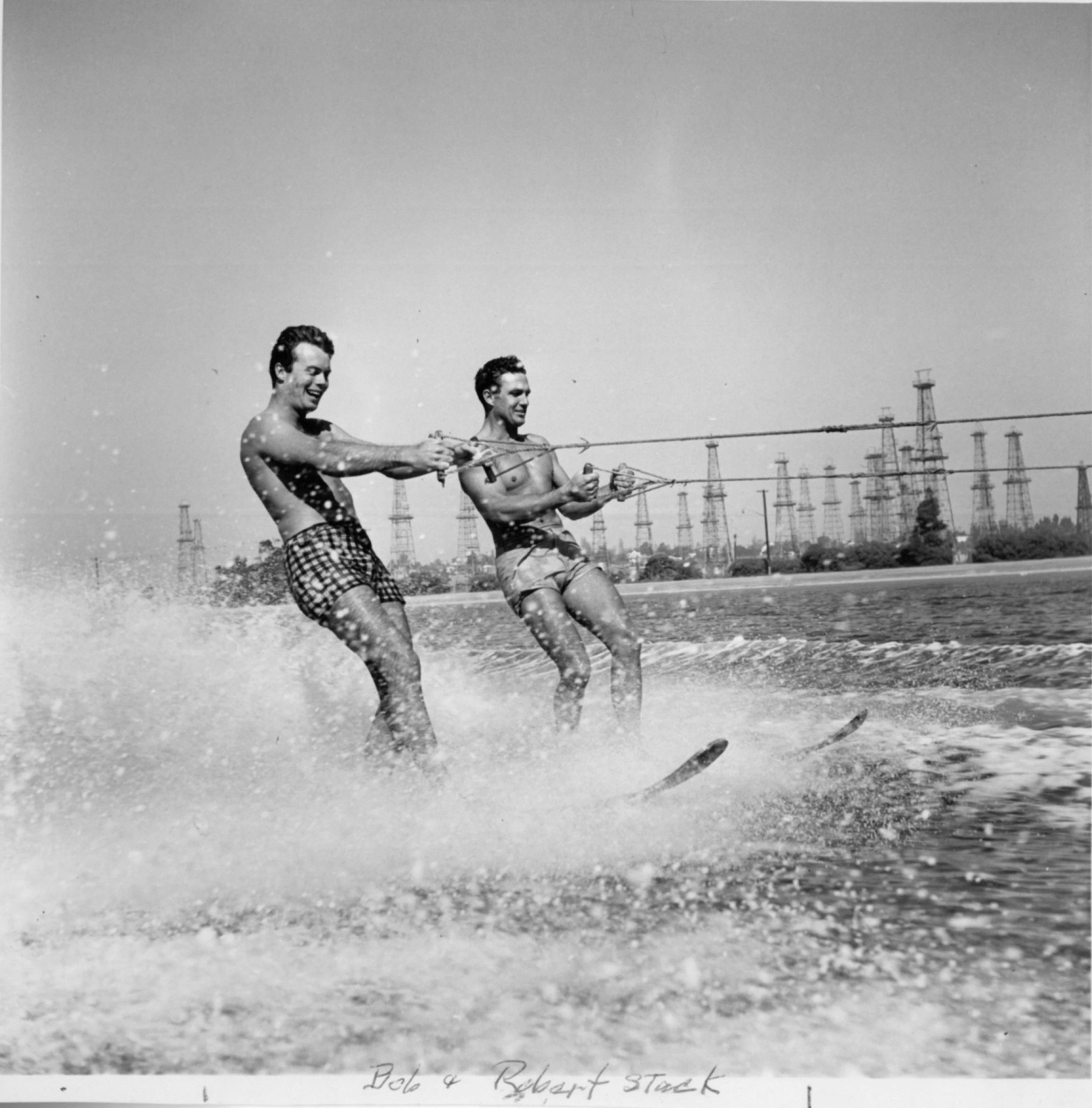
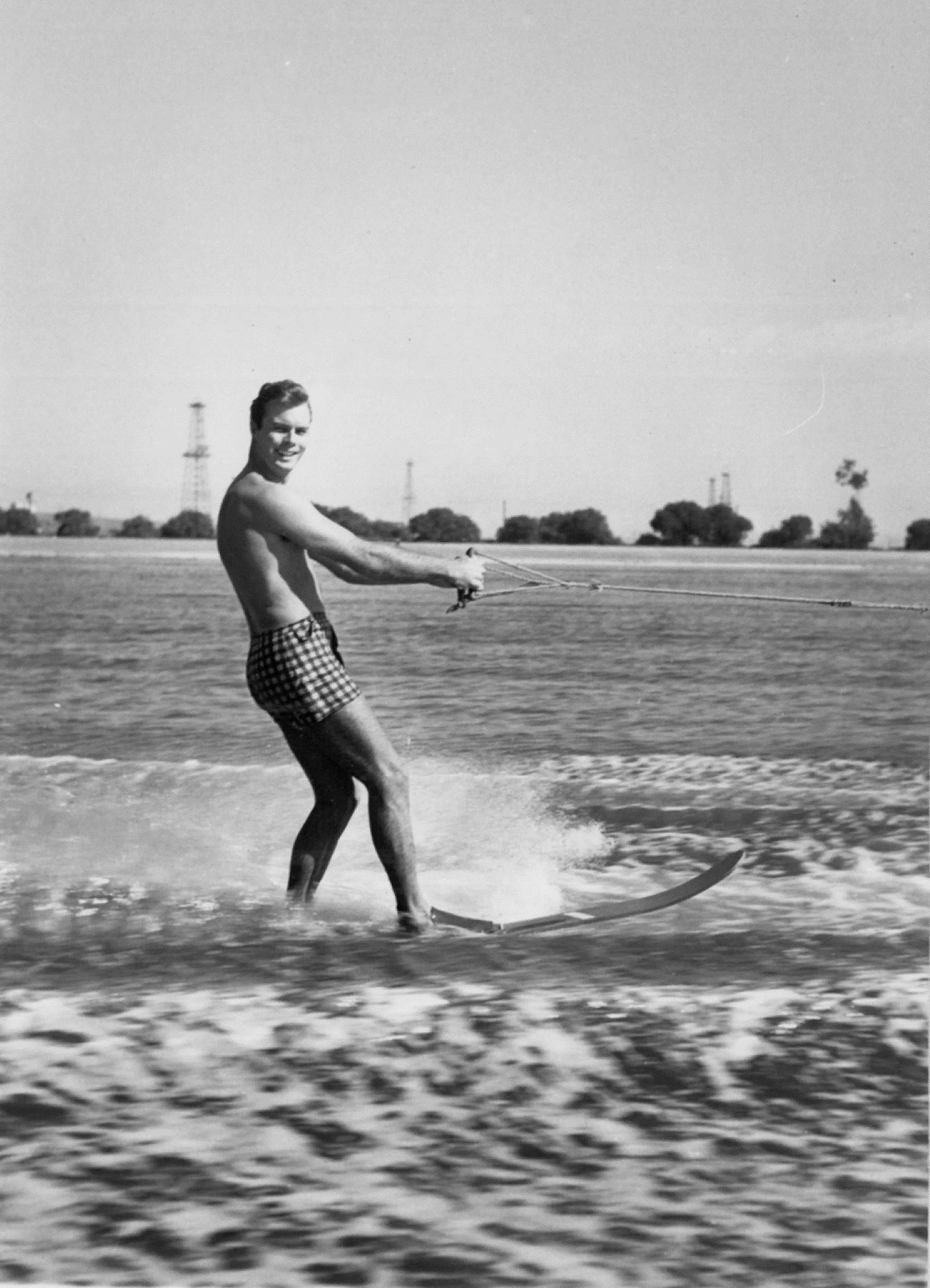
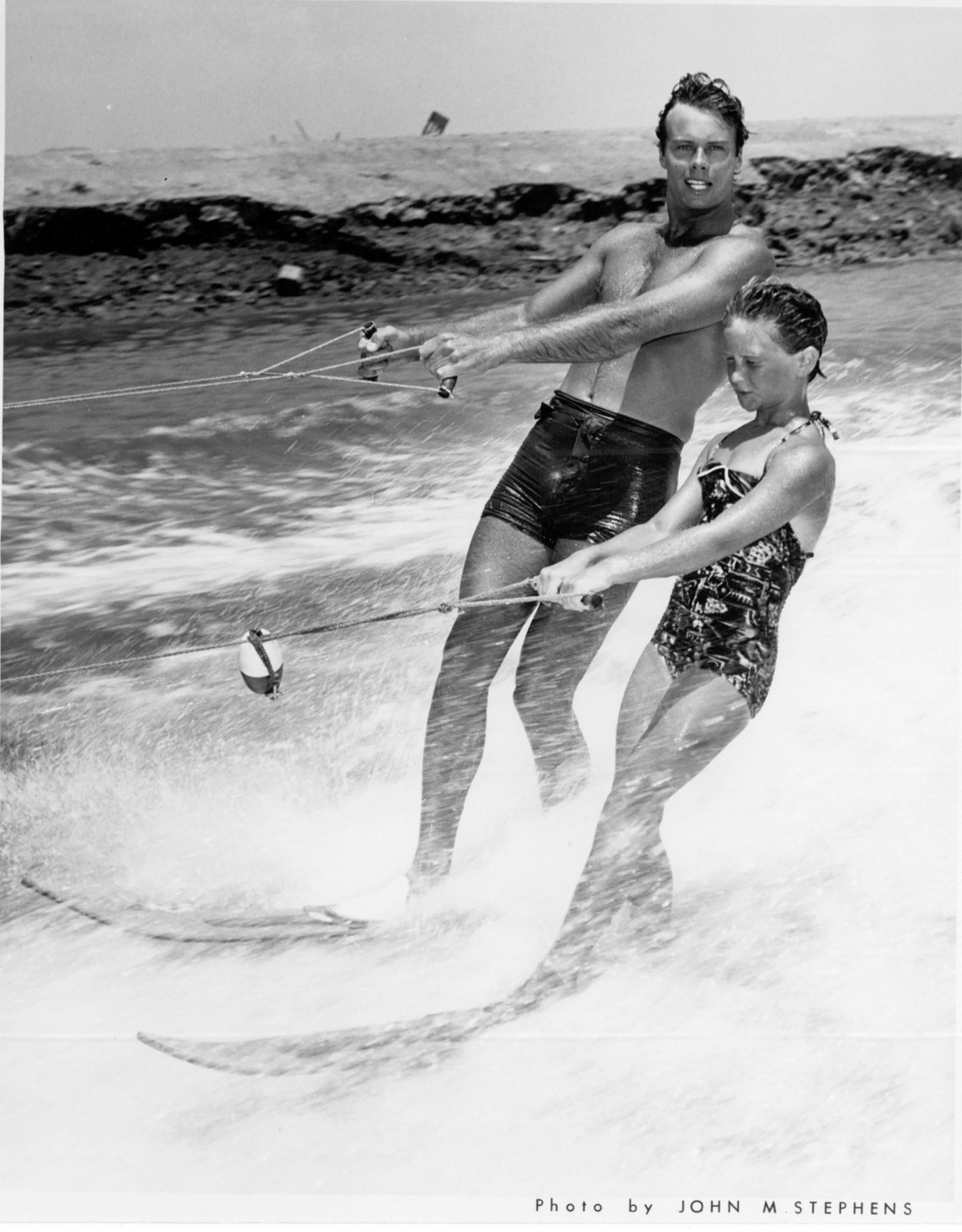
“Bobby skied with this young skiing champion when he visited us at the naval station at China Lake where Sandy was stationed in the mid-1950s.”
Source: Lillian Francis Robins, interview, May 11, 1991.
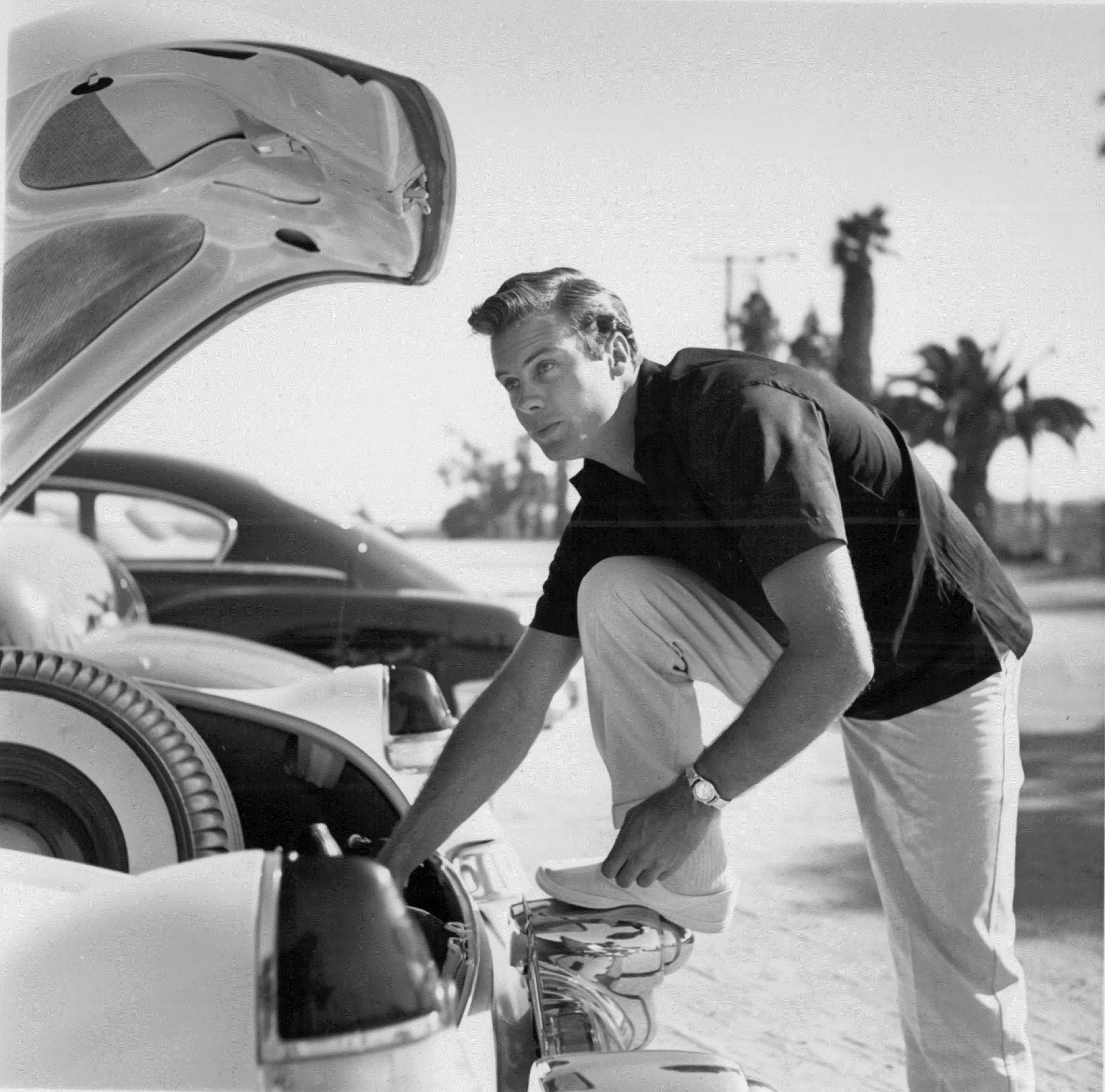
Fall 1954, possibly by Don Ornitz, Globe Photos, New York City, at same time as “He Likes Everything Under the Sun” photos were made. in Long Beach. Bob’s clothing and car are the same as those in first photo of that story.
![Feb. 6, 1955 7.20 [346] Ed Sullivan: Toast Of The Town: THE COLUMBIA PICTURES STORY b: 06-Feb-1955 Scheduled Guests: --Maureen O'Hara (actress) - talks to Ed about her movie "The Long Grey Line" followed by a clip from the film. (Film also stars](https://images.squarespace-cdn.com/content/v1/5cae1b78fb18204c84880832/1564111398288-32QCAK824JN8IEEXOMHT/Robert+Francis+and+Co.+on+The+Ed+Sullivan+Show_01+3.png)
Feb. 6, 1955
7.20 [346] Ed Sullivan: Toast Of The Town: THE COLUMBIA PICTURES STORY
b: 06-Feb-1955
Scheduled Guests:
--Maureen O'Hara (actress) - talks to Ed about her movie "The Long Grey Line" followed by a clip from the film. (Film also stars Tyrone Power.)
--Eddie Fisher - "April Showers," "Mammy" & "A Man Chases A Girl" (backed up by an unseen Debbie Reynolds)
--Teresa Brewer - sings "I've Got A Crush On You" & "How Come You Do Me Like You Do"
--Marge & Gower Champion (dancers) - "Let's Dance" & "Meetin' Time" (song & dance)
--Actors appearing together on stage:
Diane Foster, Robert Francis, Kim Novak, Donald Crisp, Maureen O'Hara & Merty Maher.
(Note: Jack Lemmon, Betsy Palmer, Harry Carey Jr., and Gloria Krieger were also scheduled to appear but they are not mentioned on the transcript.)
--General Jacob L. Devers & Merty Maher (writer of the book "Bring Up The Brass") are brought on stage with O'Hara.
General Devers makes a patriotic speech.
--The West Point Glee Club - "America The Beautiful"
--Audience bows: Rod Steiger; Jack Cohn (Columbia Pictures president); Carol Haney
Film clips:
--"It Happened One Night" clip with Claudette Colbert & Clark Gable where Gable undresses
--"Mr. Deeds Goes To Town" clip with Gary Cooper & Jean Arthur
--"Gilda" clip with Rita Hayworth singing and dancing
--"Born Yesterday" clip with Judy Holliday & Broderick Crawford
--"From Here To Eternity" clip where Burt Lancaster & Deborah Kerr roll in the surf.
Also: Montgomery Clift & Frank Sinatra
--"The Caine Mutiny" clip with Humphrey Bogart, Jose Ferrer, Van Johnson
--"On The Waterfront" clip with Marlon Brando & Rod Steiger
Above: (left to right) Marty Meher, Diane Foster, Robert Francis, Kim Novak, Donald Crisp, and Ed Sullivan.
Below: Robert Francis, Kim Novak, Donald Crisp, and Ed Sullivan.
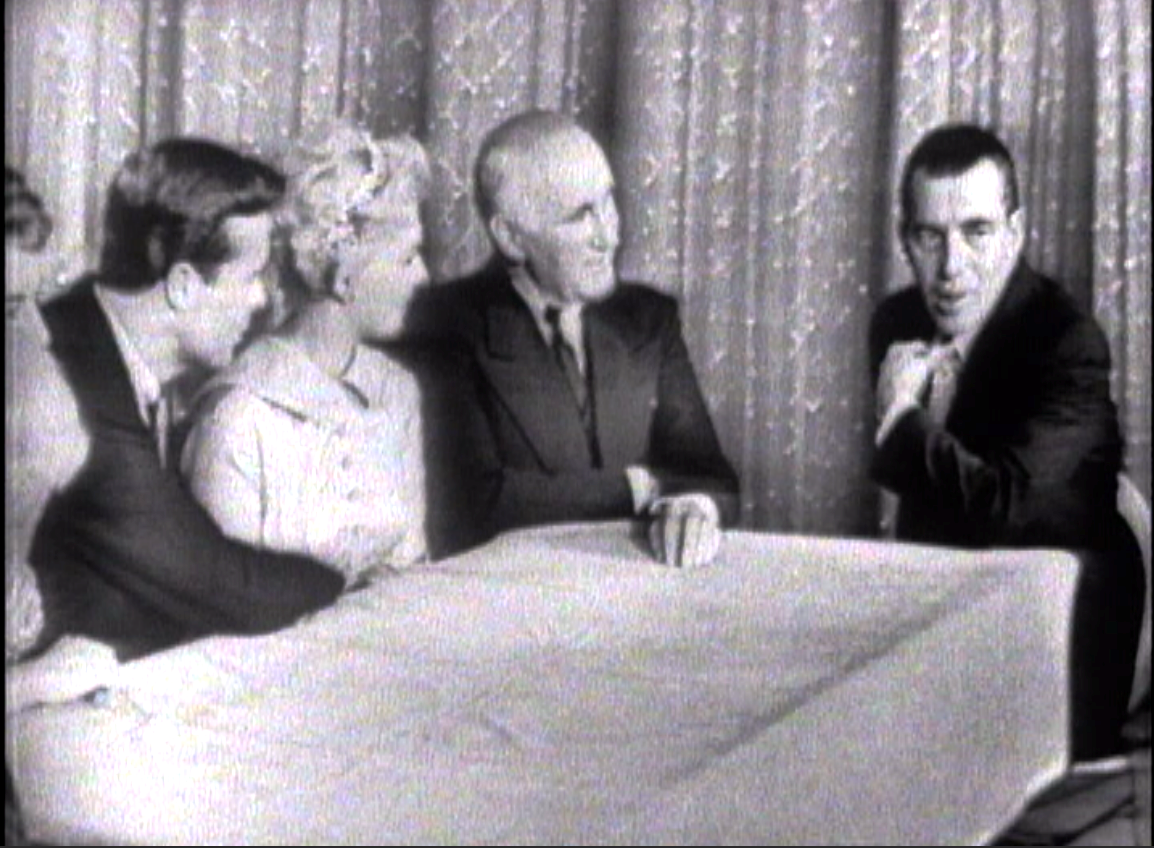
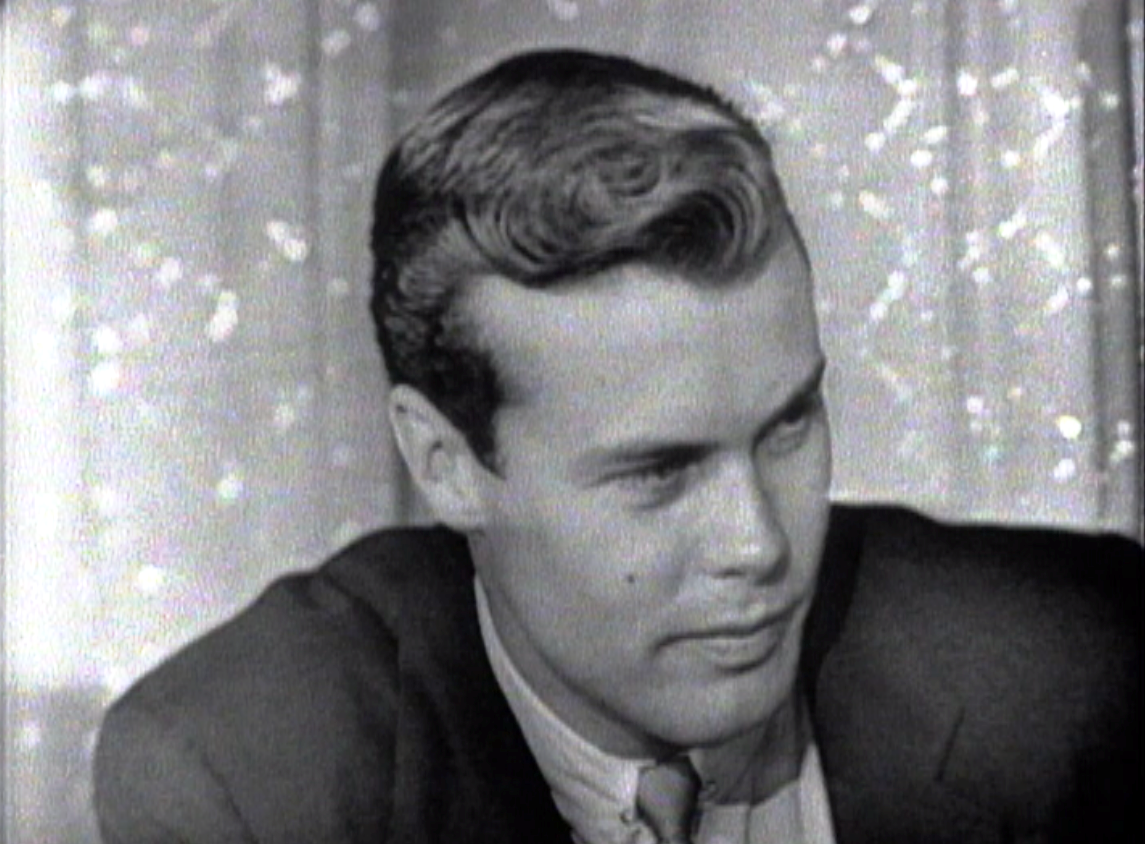
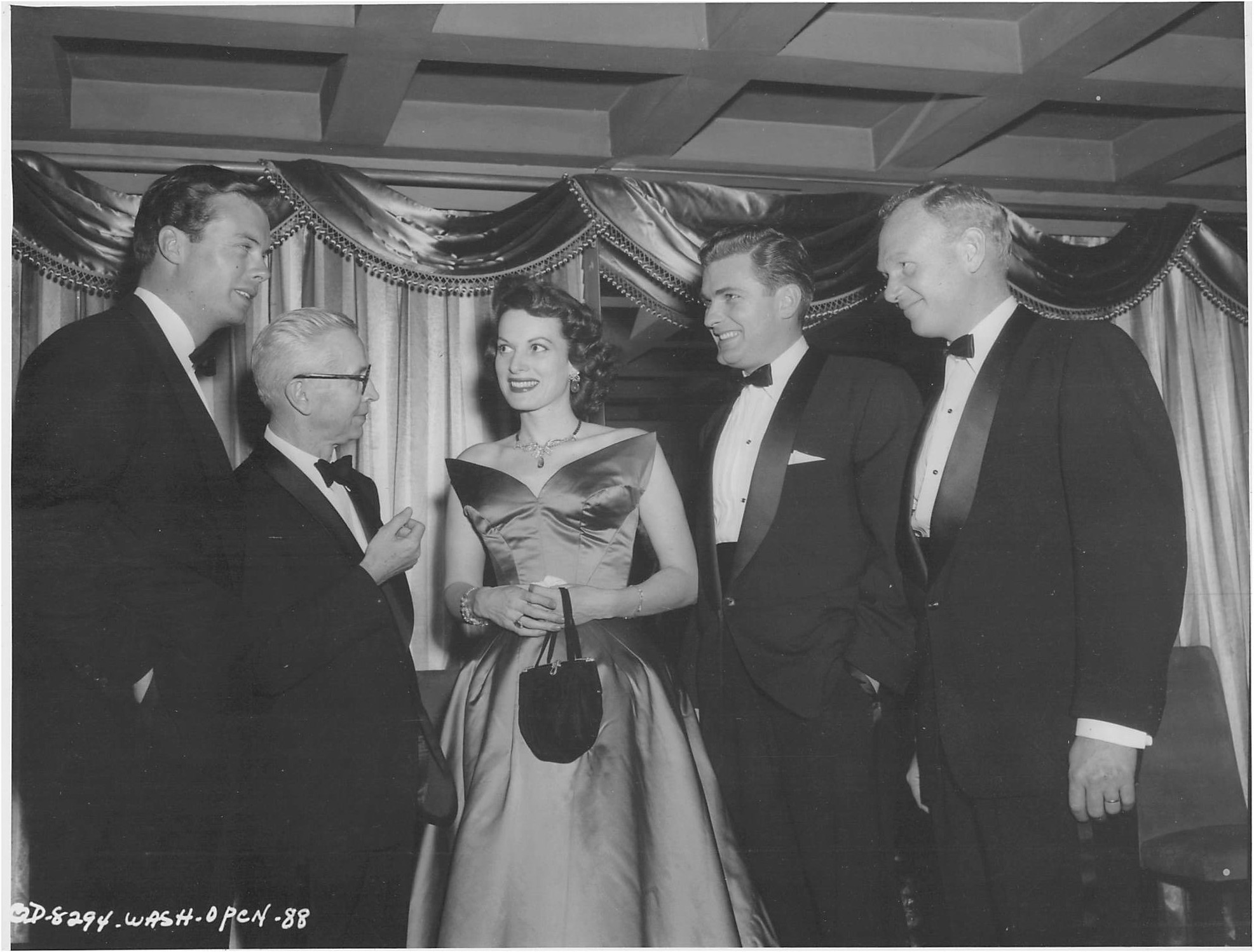
Feb. 8?, 1955
Washington, D.C., premiere of The Long Gray Line. First Lady Mamie Eisenhower attended this event. (See next photo.)
Above: Bob, unidentified man, Maureen O’Hara, William (Bill) Leslie (also in The Long Gray Line), and unidentified man.
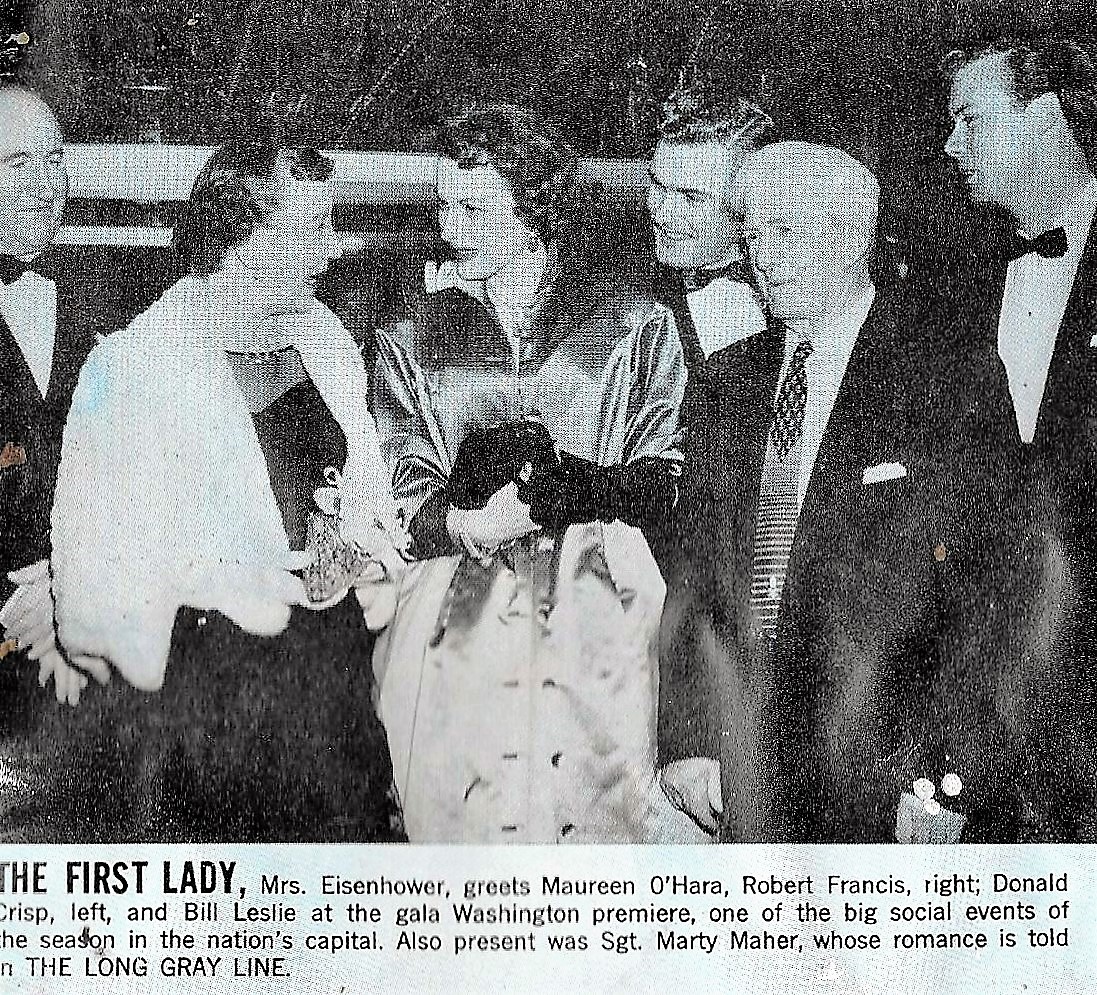
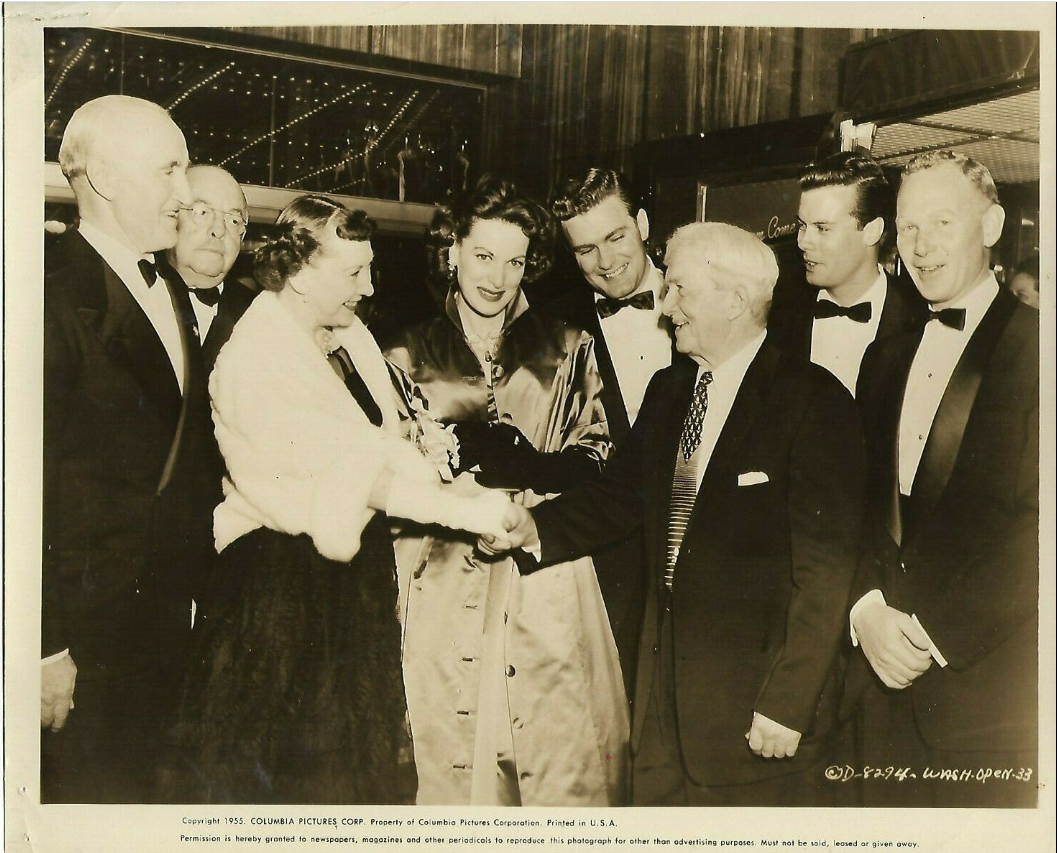

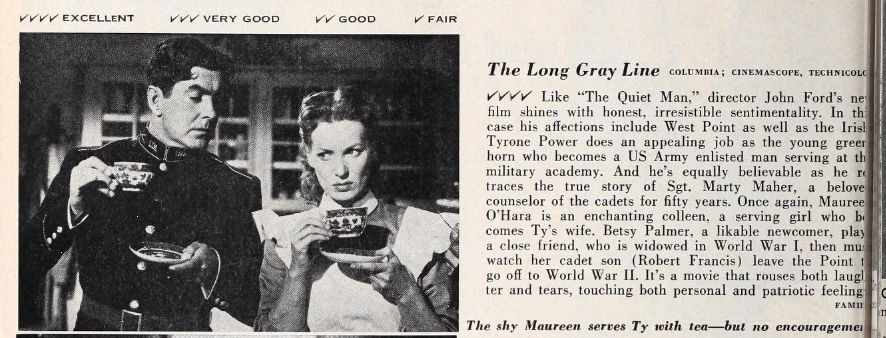
Below: In Winter (Feb. and March) 1955 as part of Bob’s personal appearance tour for The Long Gray Line, he was in Florida for several days. These photos were made at Lake Eloise, Fla., near Winterhaven, Cypress Gardens. Others in the photos are assumed to be performers in the Cypress Garden water skiing spectaculars. Among the movies made in this area is Esther Williams’ Easy to Wed, 1953, with Van Johnson. Carroll Baker had a small role in the film, as did King Donovan who appeared in The Bamboo Prison.
Joe Hyams, Publicity Department, Columbia Pictures, New York City:
“We were in Miami Beach, Fla., at the Algiers Hotel*, the newest and nicest. A plane came by pulling a banner and it said, ‘Welcome to Miami Bob.’ There were girls all sitting around the pool and I remember how pleased Bob was to see his name on a banner.
“Also, one time we were on a bridge between Tampa and St. Petersburg in a small two-seater car with a young lady squeezed in between us. It was during the day, so I don’t know if we were drunk or what, but we were speeding. A cop spotted us but was smart enough not to follow us. He radioed ahead. I was driving and there was a cop car at the end of the bridge. And I jammed on the brakes and swerved and I fell out of the car. The girl wound up behind the steering wheel and Bob started to yell at her, ‘I told you not to drive! Are you crazy?’ We laughed but the cops were not amused.”
Source: Joe Hyams, interview, Aug. 11, 1992.
* The Algiers Hotel is in many ways an exemplar work of architect Morris Lapidus, that once-New Yorker famous for speckling Miami with the Neo-baroque hotels that have since defined the city's brand of modernism. Sadly, Algiers Hotel no longer exists, but luckily the Library of Congress' Gottscho-Schleisner Collection has got the photo evidence to prove how brilliantly Lapidus could blend old-school glamour ("if you create the stage setting and it's grand, everyone who enters will play their part," he once said) and the modular minimalism that defined design in the '50s and '60s.
https://www.curbed.com/2014/8/1/10065366/algiers-hotel-miami-morris-lapidus-photos
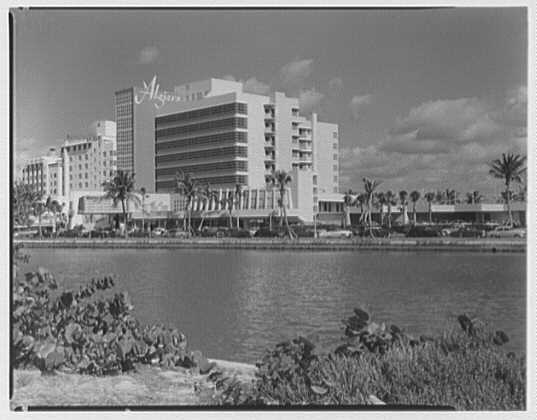
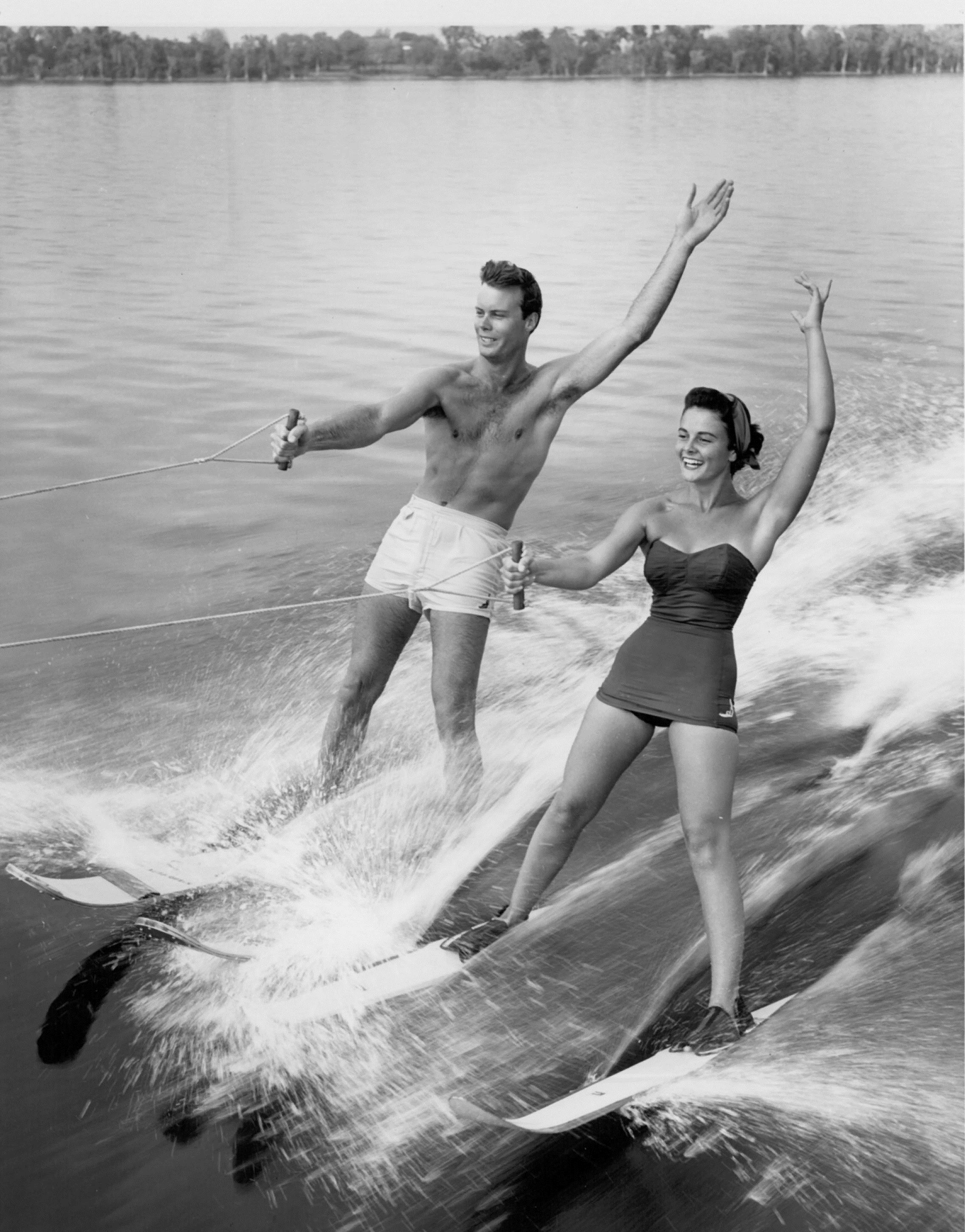
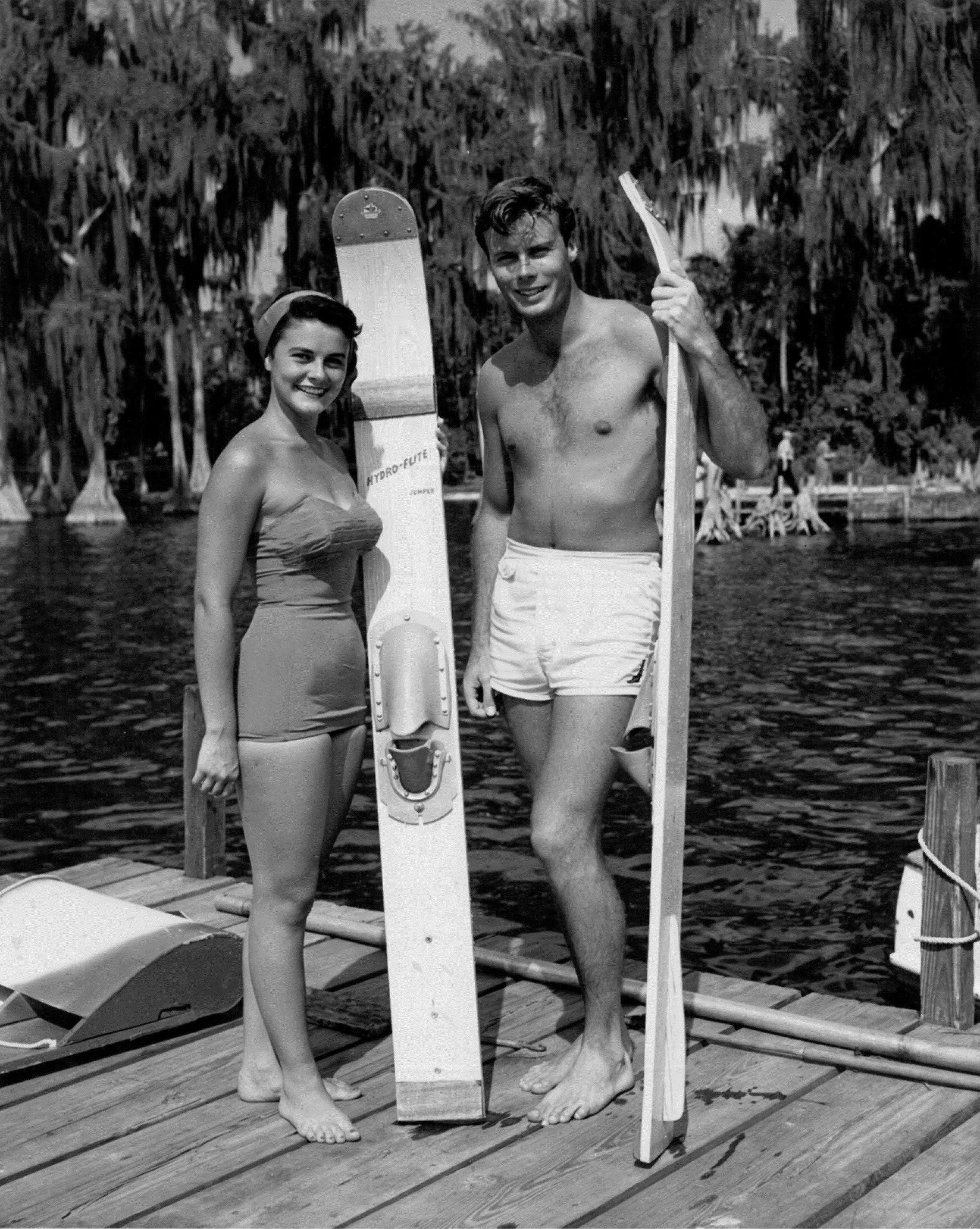
Joe Hyams, Publicity Department, Columbia Pictures, New York City:
“Florida was a great place to be. I remember Bob and I with our shirts off getting sun. My boss was pleasant and he liked Bob, too, and as long as we did our work, he didn’t care. Bob was fine, always prompt for his schedules. One of the best things that could happen was for my boss to send a letter to Harry Cohn (head of Columbia Pictures) saying Bob was a delight to have here, he worked very hard, we’d take him back anytime. And Bob getting a copy of that letter. That we didn’t do for anybody. Someone gave us one minute of shit — they didn’t get the letter. But I remember Bob was called in by his boss who said, ‘That’s very nice.’ I guess they were all terrified at the studio. I never knew this man, Harry Cohn.”
Source: Joe Hyams, interview, Aug. 11, 1992.
Bob skiing with Dick Pope, Jr.
Dick Pope, Jr., (Dec. 12, 1930–Nov. 8, 2007), was a World Champion water skier and an important business leader in Central Florida. An important innovator in the sport of water skiing, Pope developed barefoot skiing in 1947. He was the son of Dick Pope, Sr., the founder of Cypress Gardens theme park.
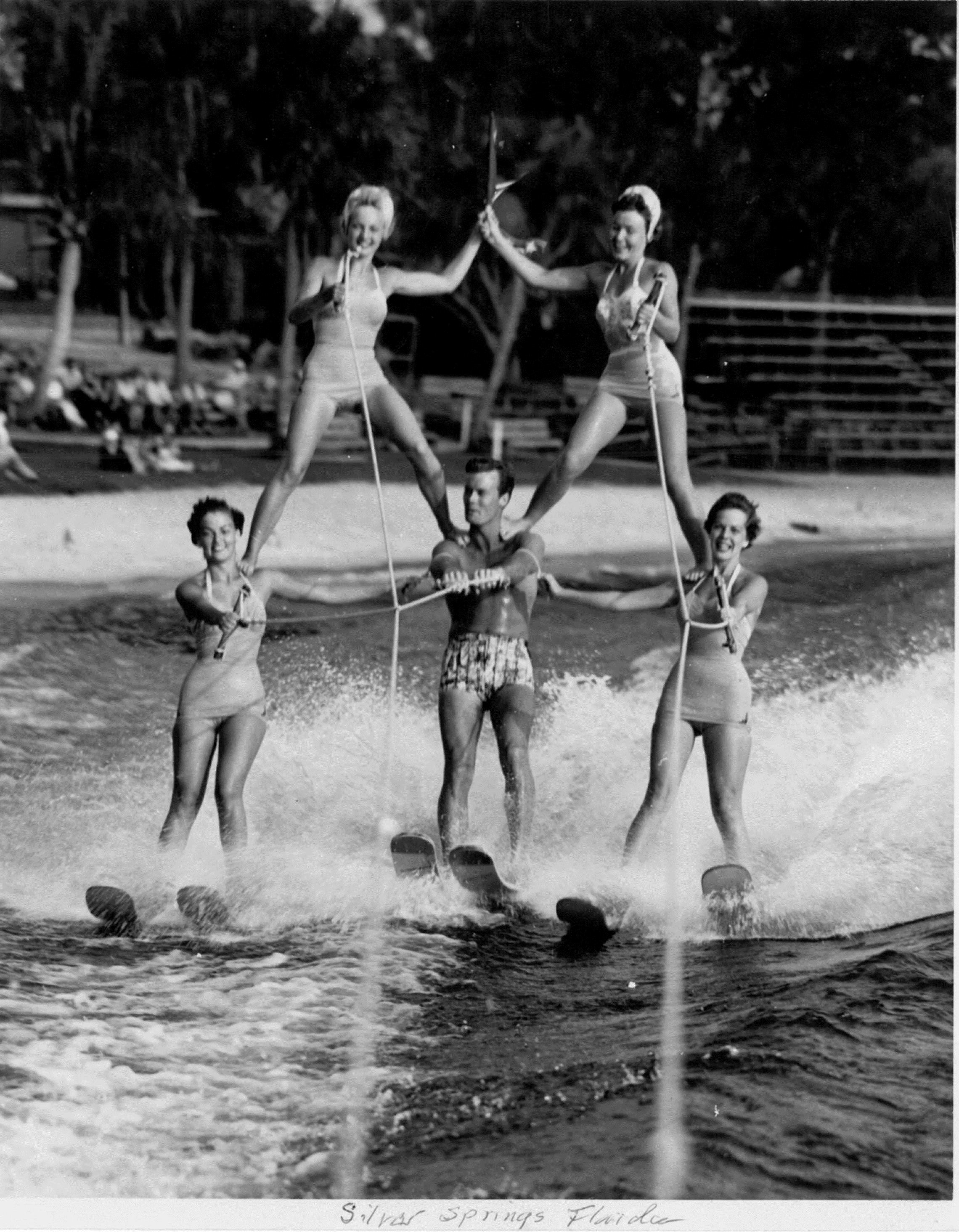
Possible that Bob also stopped in Silver Springs, Fla., and again performed with the water skiers in the water shows there (in different swim trunks). But his sister Lillian may not have the correct location.

With Bob on the Florida/East Coast personal appearance tour for The Long Gray Line was his “minder/keeper” Joe Hyams from Columbia’s New York publicity office. He also was with Bob and May Wynn on the 15 days/15 cities New England tour in Dec. 1954. Hyams eventually became a major player in the marketing of films, including several starring and/or directed by Clint Eastwood, e.g., The Unforgiven. The note on the photo: “To Bob, if you keep your nose clean and behave, I’ll teach you how to do this some day. Notice my hands never leave my arms. Sincerely, Joe Hyams”
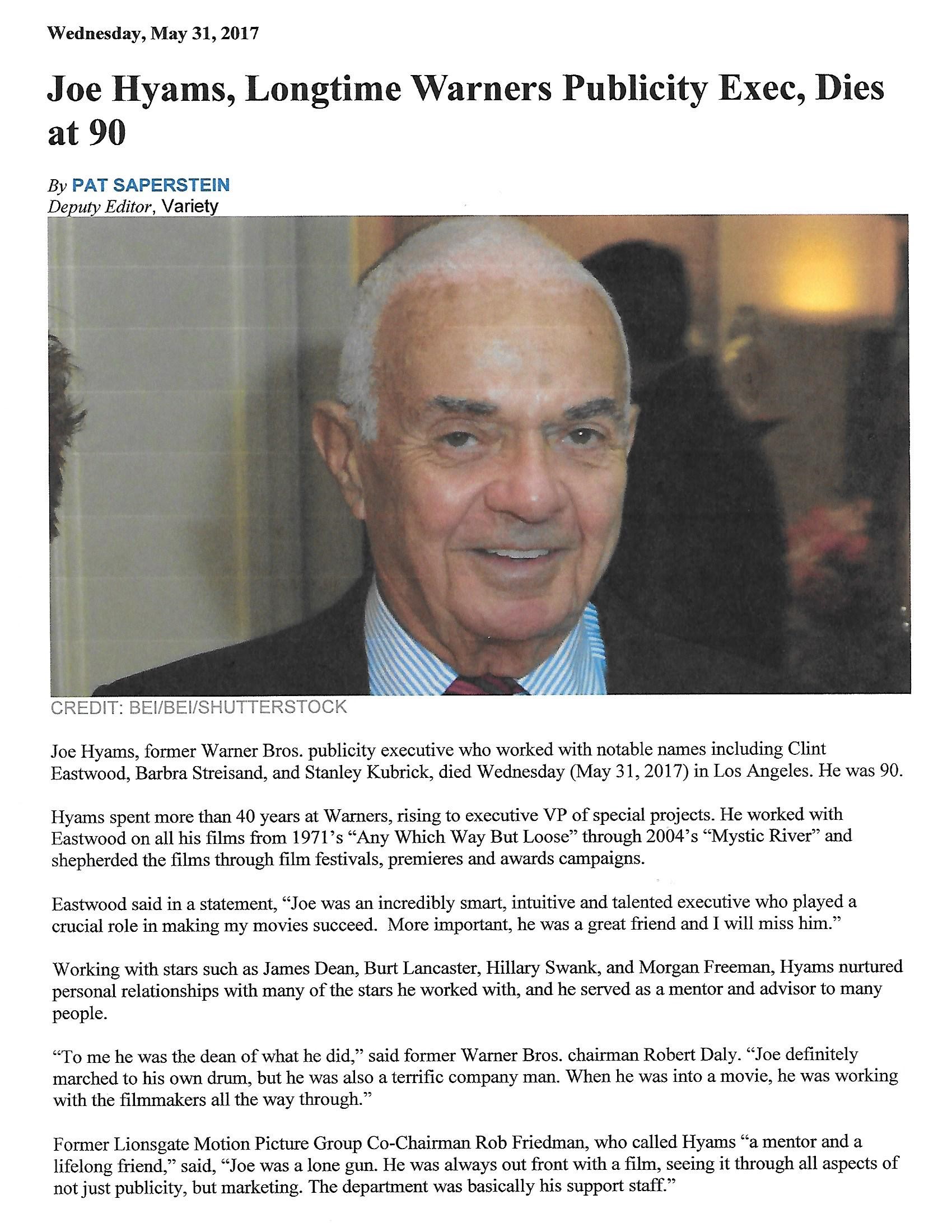
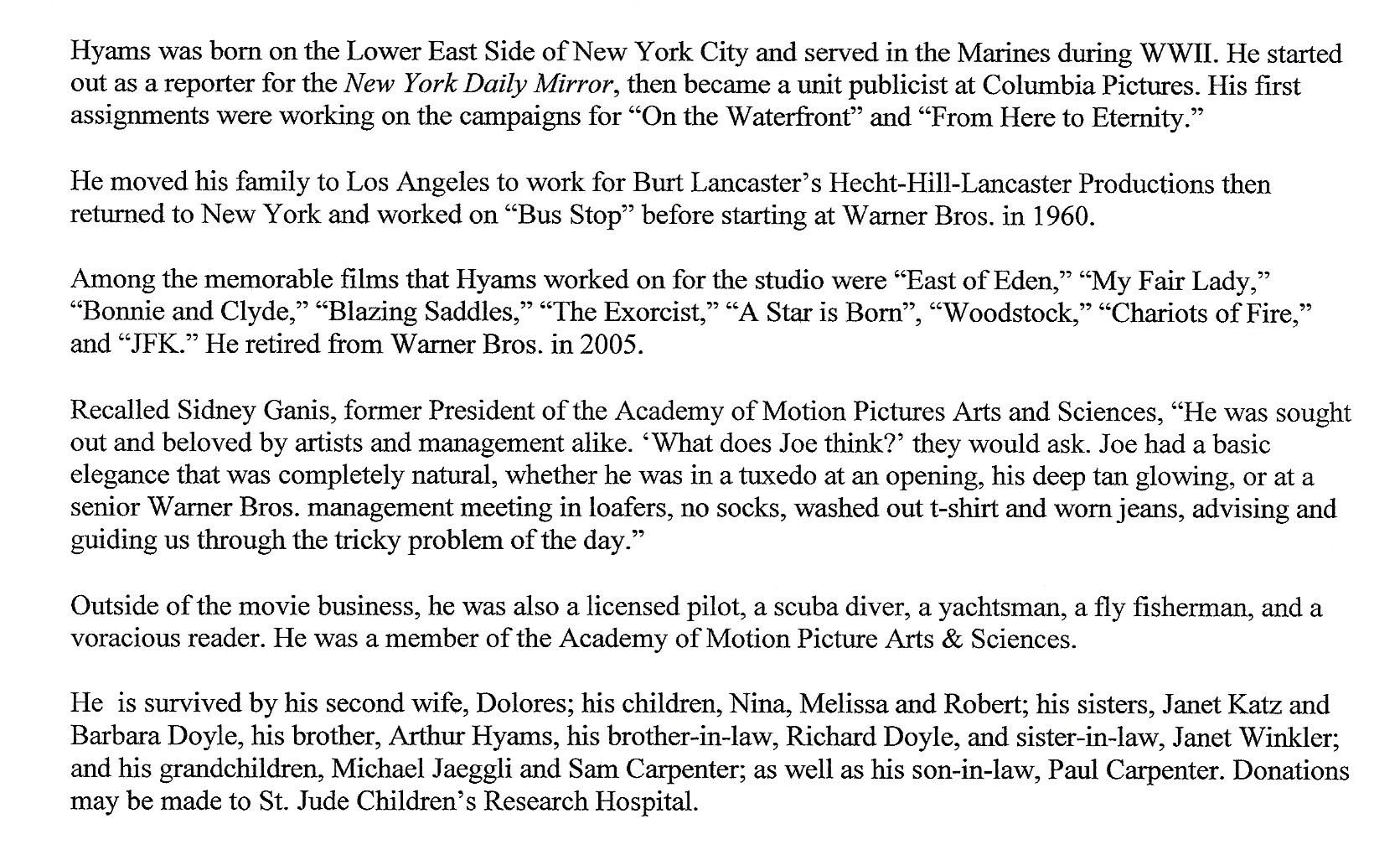
Joe Hyams, Publicity Department, Columbia Pictures, New York City:
“Theses actors would come back to New York, and you would travel with them, and get close to them, and then they would go back (to Hollywood). I did not get to California in those days. It is like making a movie somewhere and everybody is real tight for 10 to 12 weeks, then it breaks up and everybody goes on their way. I would write to Bob, but I don’t think I ever saw him out here. I came out one time and I remember calling him and his mother knew my name. He was away somewhere. He lived at home until the spring of 1955, then got an apartment and was immediately loaned out to MGM and went to Colorado. You never know how he would have developed.”
Source: Joe Hyams, interview, Aug. 11, 1992.
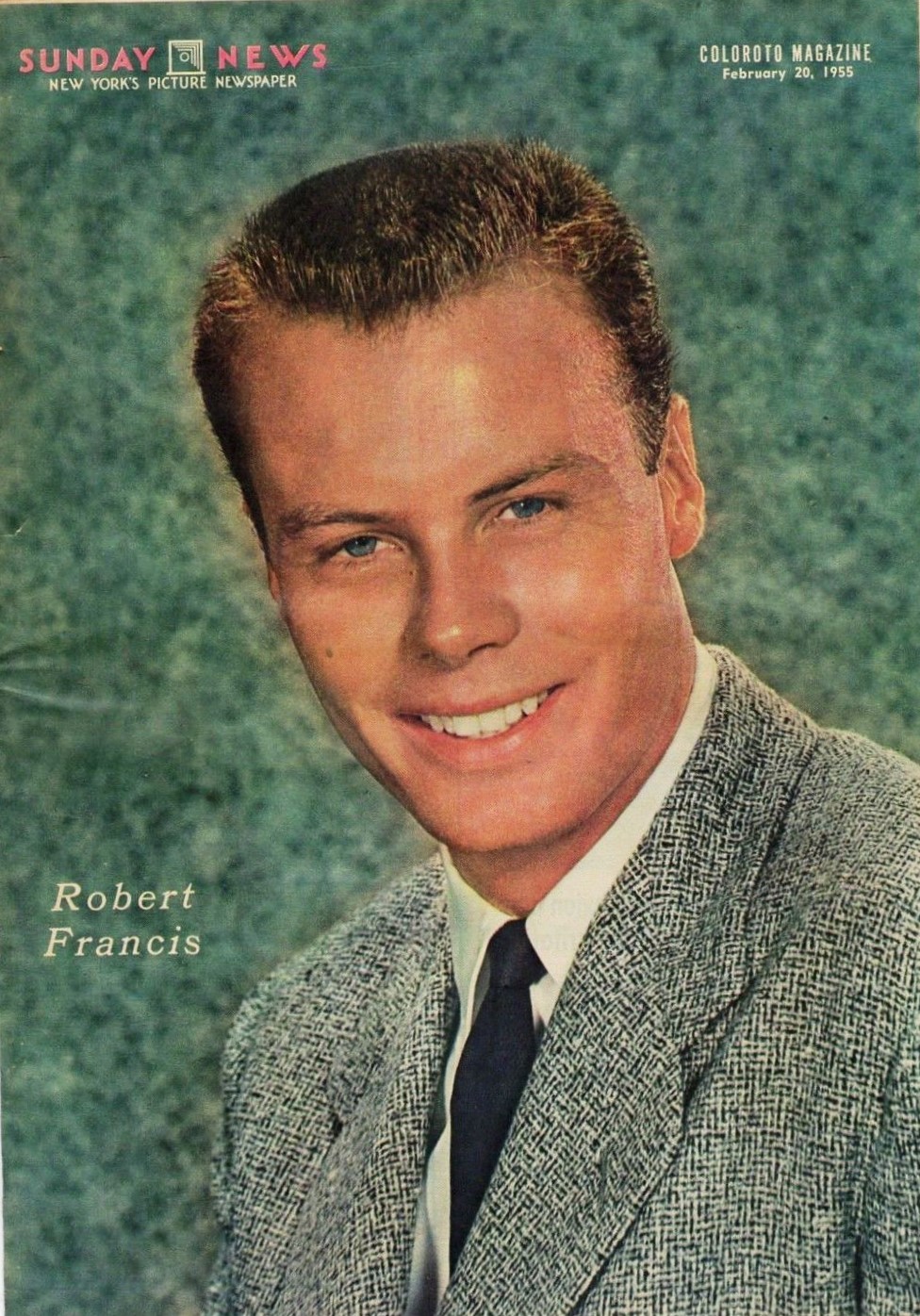
Placing their clients on the cover of the New York News’ “Coloroto” magazine section was coveted by all Hollywood publicists. Bob was featured on Feb. 20, 1955. Photo was taken probably early in 1954 when he was filming The Long Gray Line.
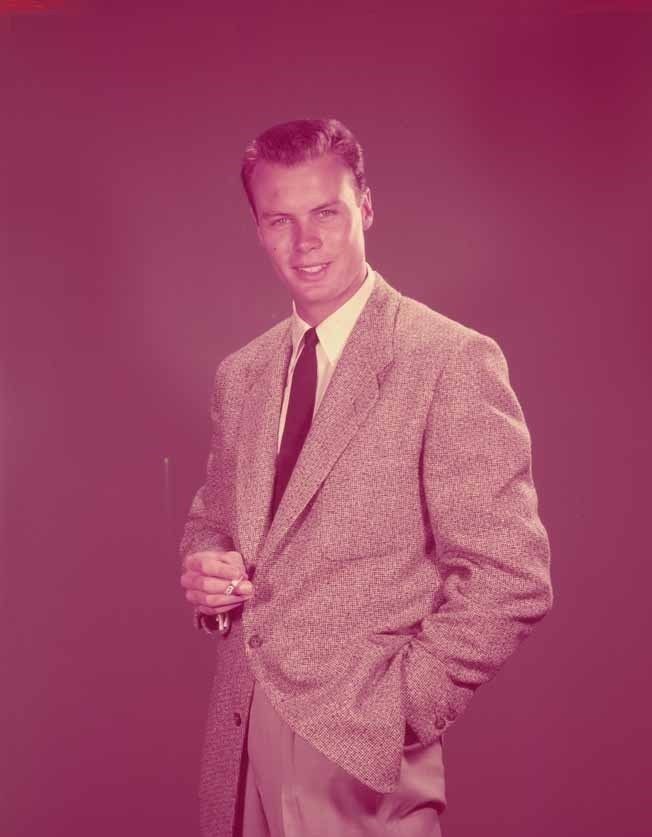
Below: St. Petersburg Times, Tuesday, March 1, 1955
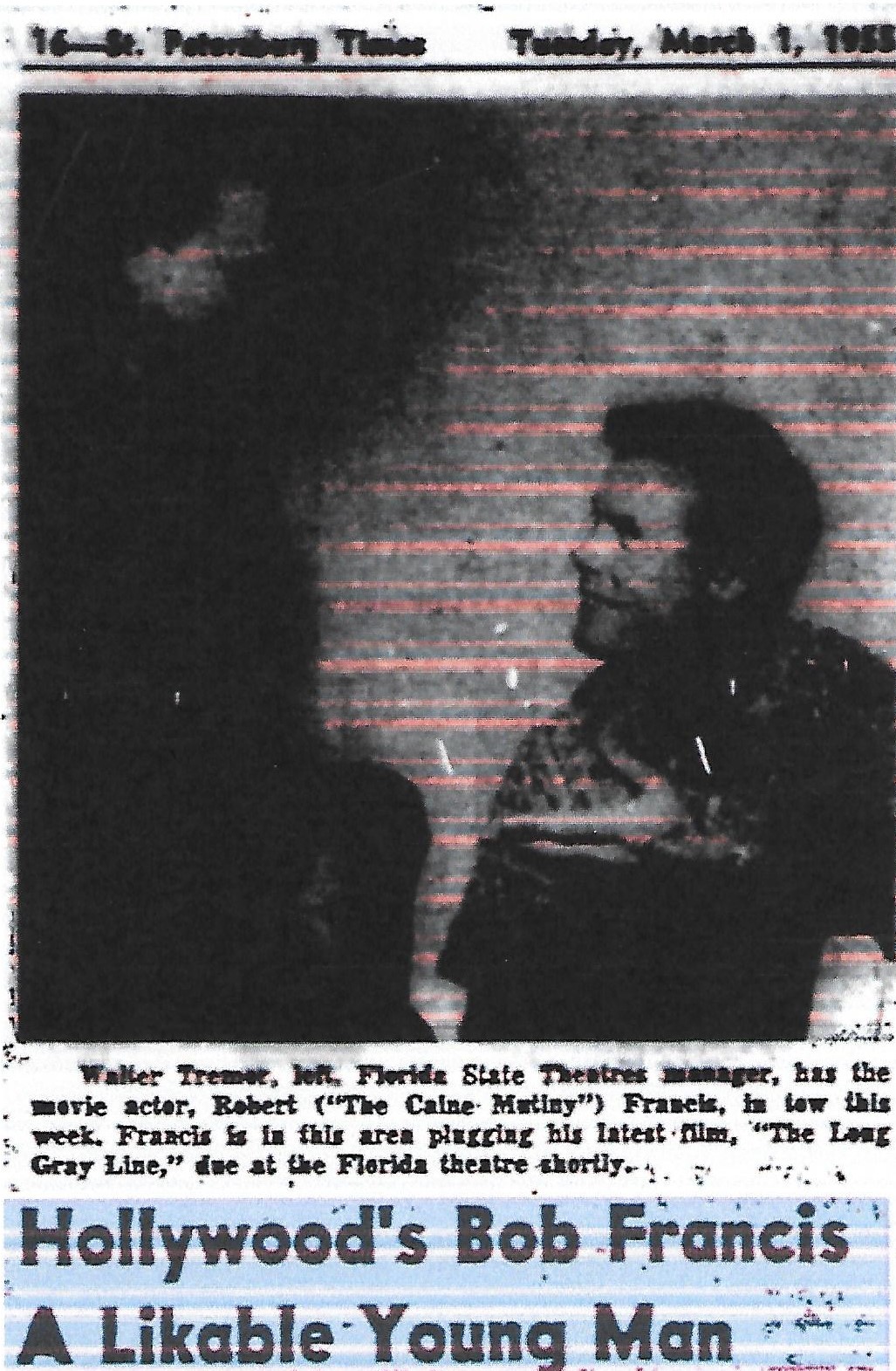
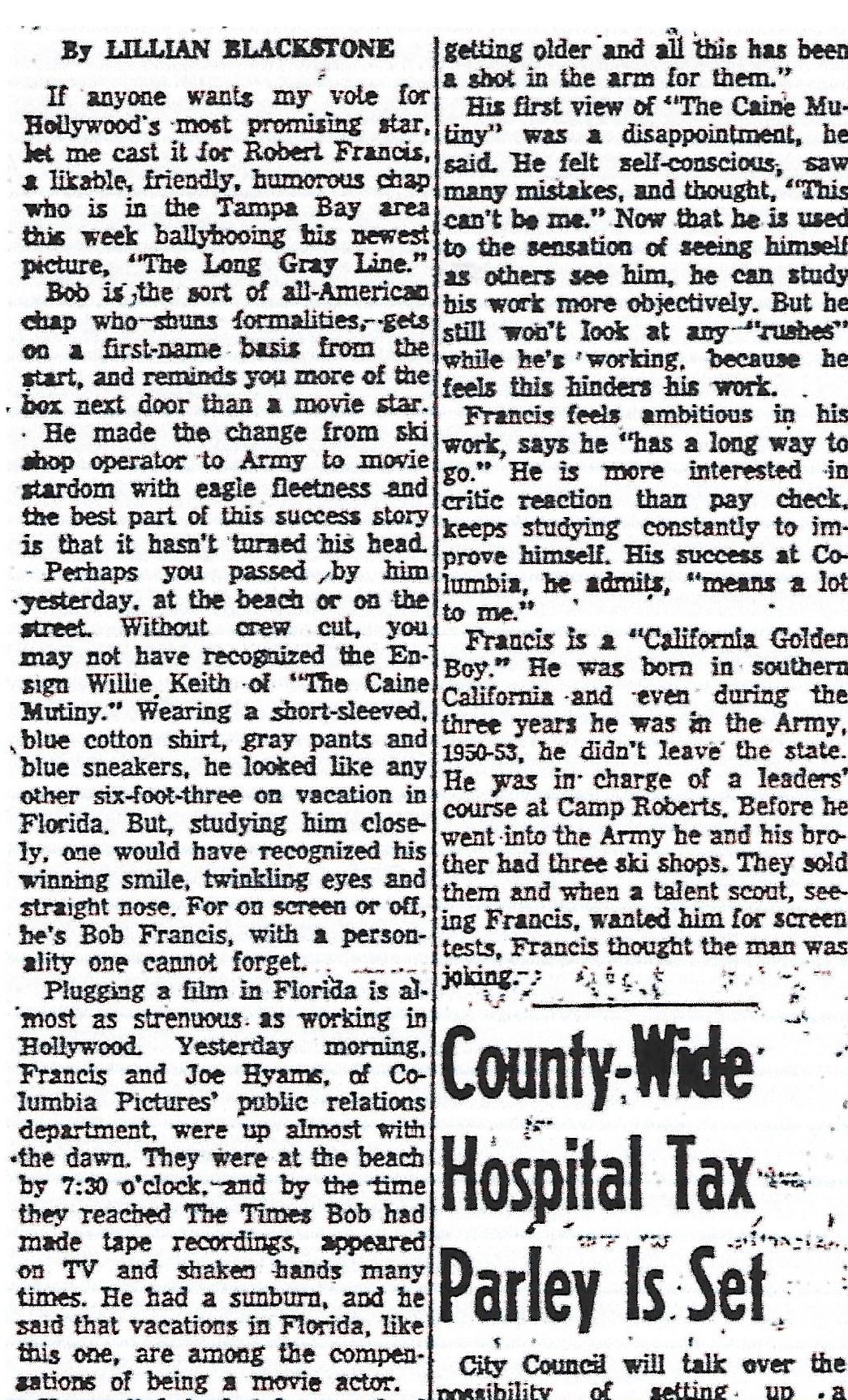
He can’t help but be proud of his record, which gave him stardom with his first (“The Caine Mutiny”) picture and a part in four more films. Of his parents, living in Pasadena, he says, “They’re
Continue to second column of story above.
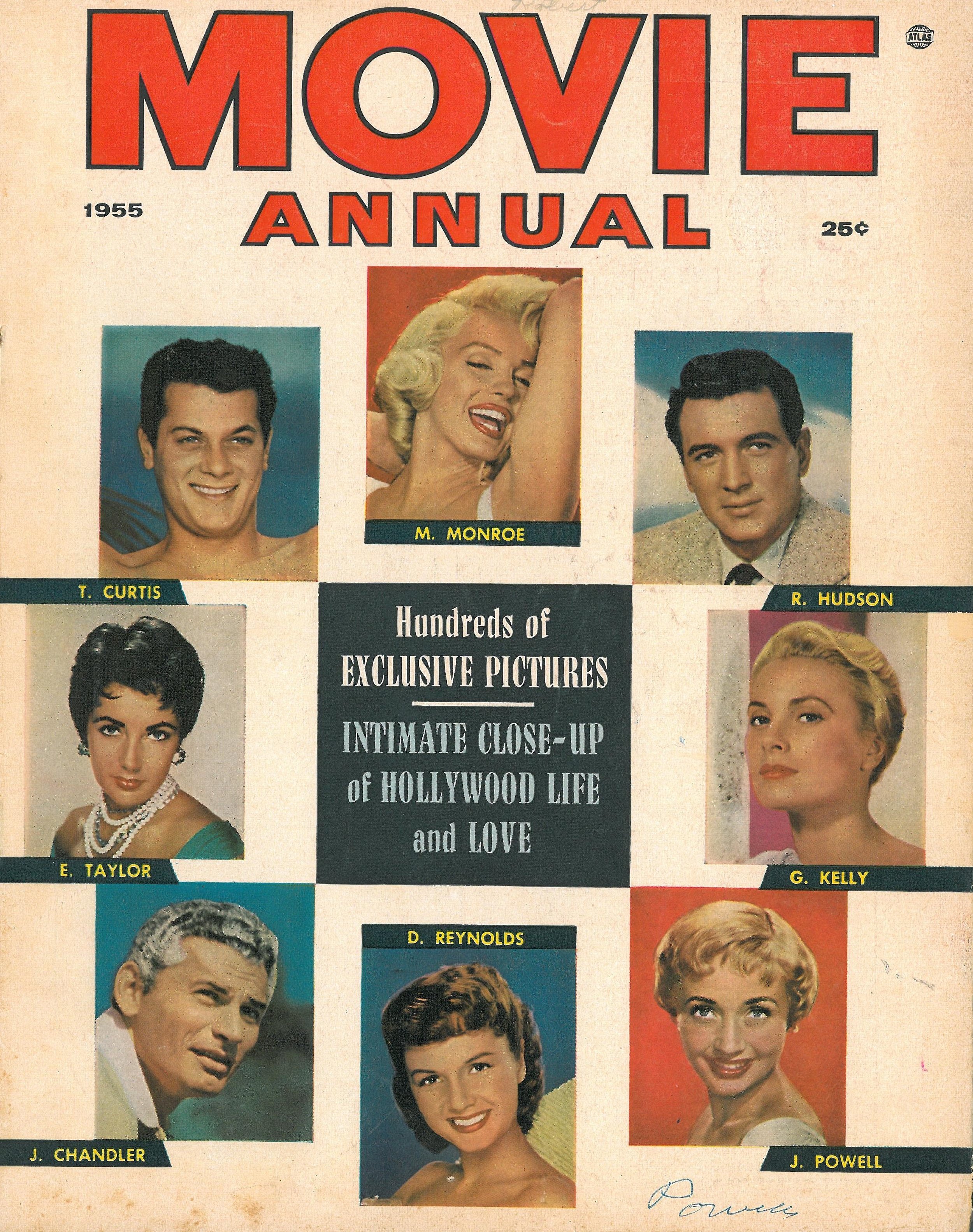
The photo stories and personal appearance tours were increasingly important in 1955 because after Bob’s smaller role in The Long Gray Line, he had no more films “in the can.” Whether this absence from the screen was a deliberate strategy or not is unknown, but Bob would not be in front of movie cameras again until June 1955. That film, Tribute to a Bad Man, would not have been on movie theater screens until early 1956. (The film with Don Dubbins in Bob’s role premiered March 30, 1956, and went into release April 13, 1956.)
Spring 1955
Movie Annual 1955. Photos taken Summer 1953.
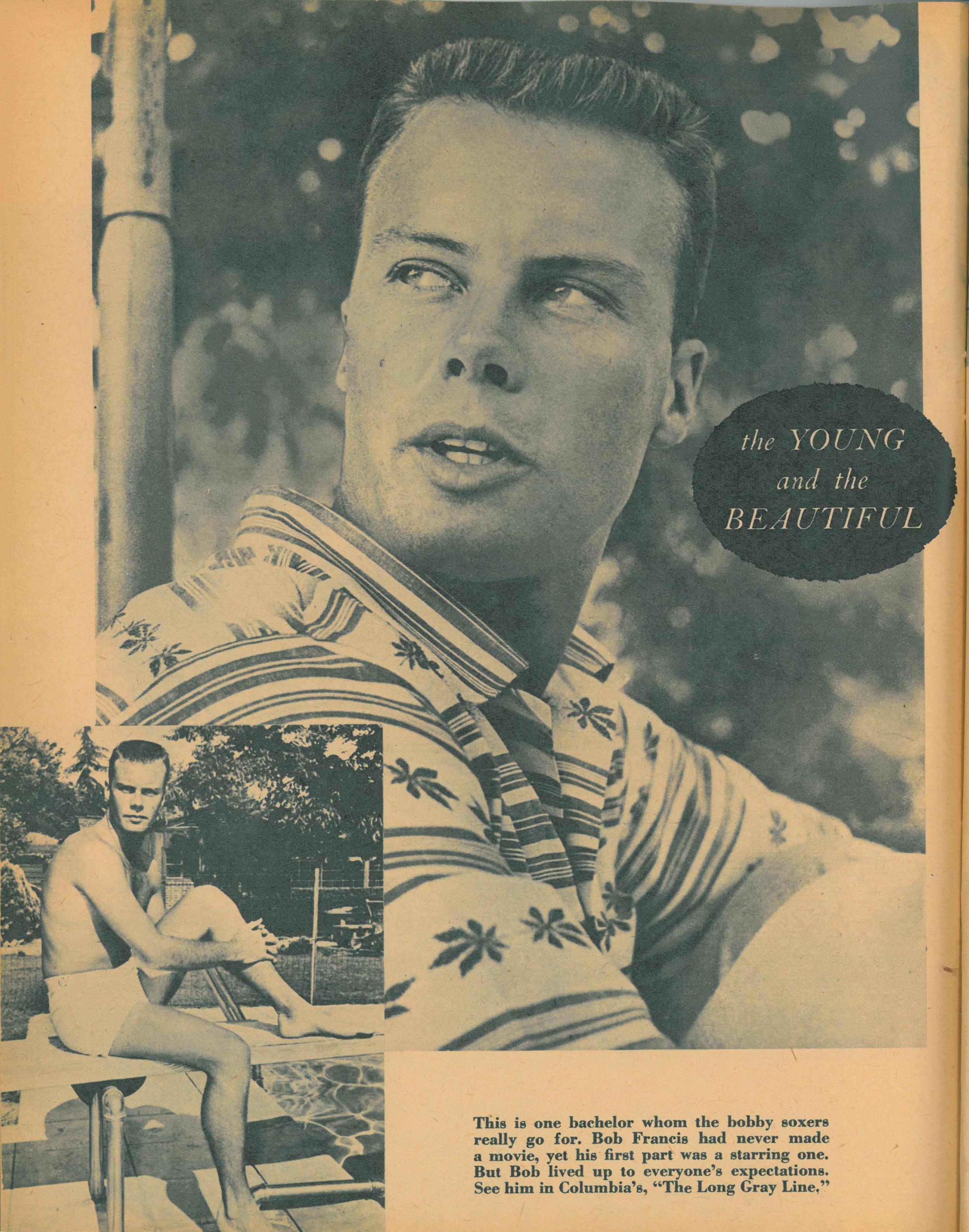
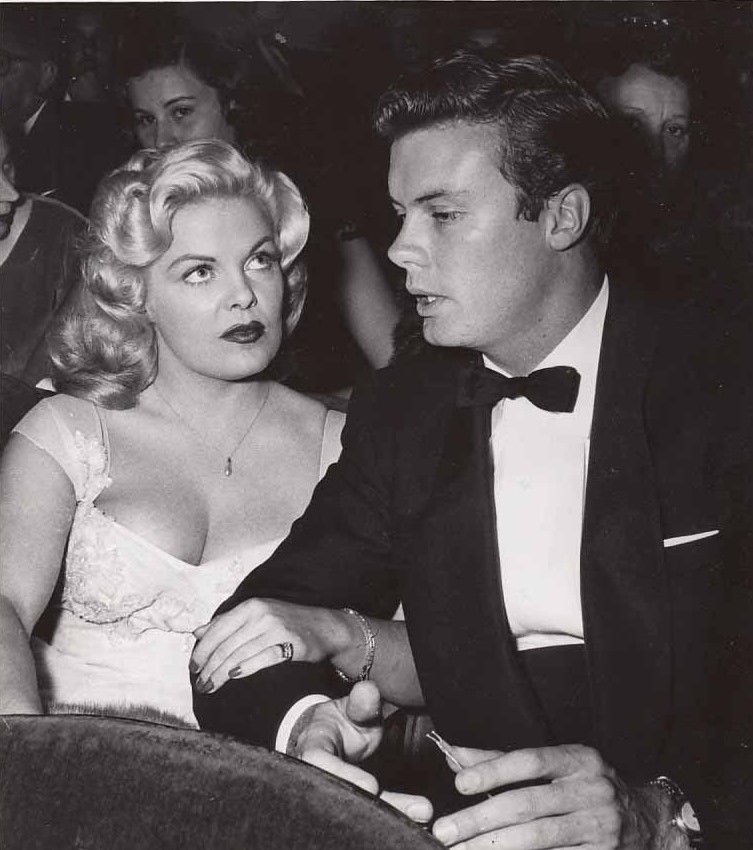
Winter/Spring 1955. Bob attended an event with Cleo Moore, also a young Columbia contract player.
Cleouna Moore (Oct. 31, 1924–Oct. 25, 1973) was usually featured in the role of a blonde bombshell in “bad girl” Hollywood films of the 1950s. She never obtained stardom, but is now a cult fan favorite. She was one of several blondes that followed Marilyn Monroe's rise to stardom. Others were Jayne Mansfield, Mamie Van Doren, Diana Dors, Sheree North, Anita Ekberg, Barbara Lang, Barbara Nichols, Joi Lansing, and Greta Thyssen. She retired in 1957, married a wealthy real estate mogul, and lived well in Coldwater Canyon, Beverly Hills, until her death.
Joe Hyams, Publicity Department, Columbia Pictures, New York City:
“One of the problems the studios had was they were very sensitive to anything. They were afraid of their actors going out alone, because you would be branded as being gay. That was always a problem. There was a story about a blond and a brunette actress who were in a movie and the studio had put them up at a women’s home or someplace. No men would try to go out with them because they thought they were unavailable. So they sat at night with nothing to do unless the studio called and said, ‘We are sending a car and a couple of nice young men…your dates.’ That is the only time they went out.”
Source: Joe Hyams, interview, Aug. 11, 1992.

Modern Screen, April 1955, on newsstands in early March 1955. Photos shot Fall 1954/Winter 1955. Story provides details related to “making a movie star.” Some details, e.g., order in which Bob’s films were made, are incorrect as is information about when his various personal appearance tours took place.
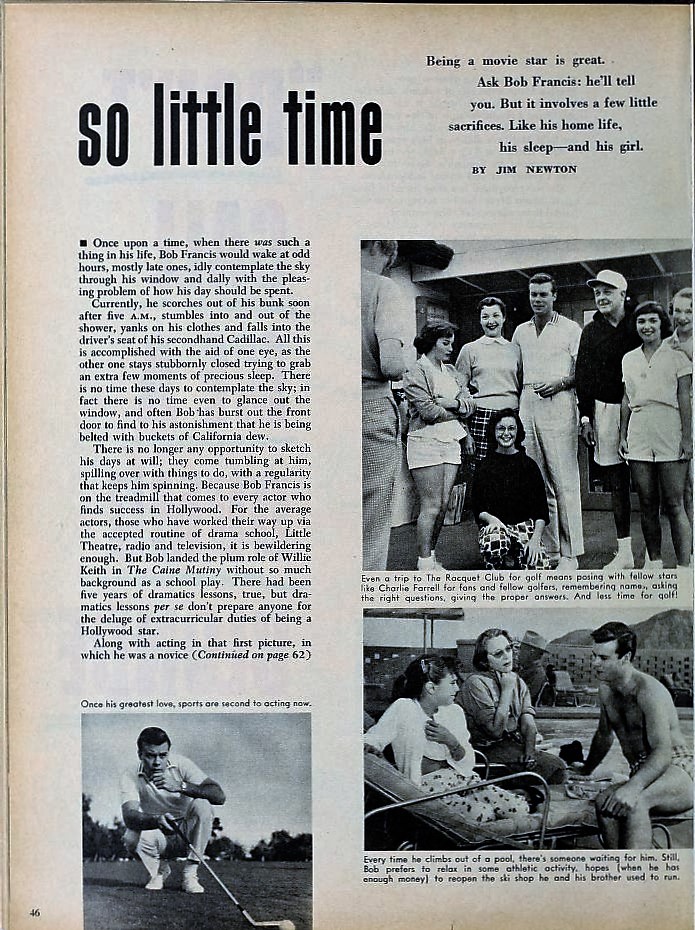
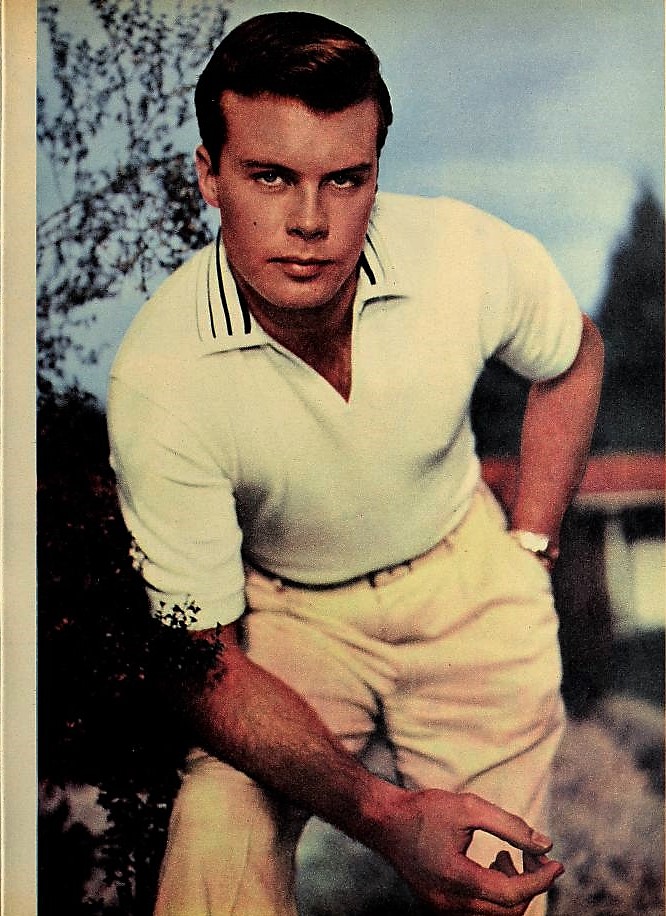
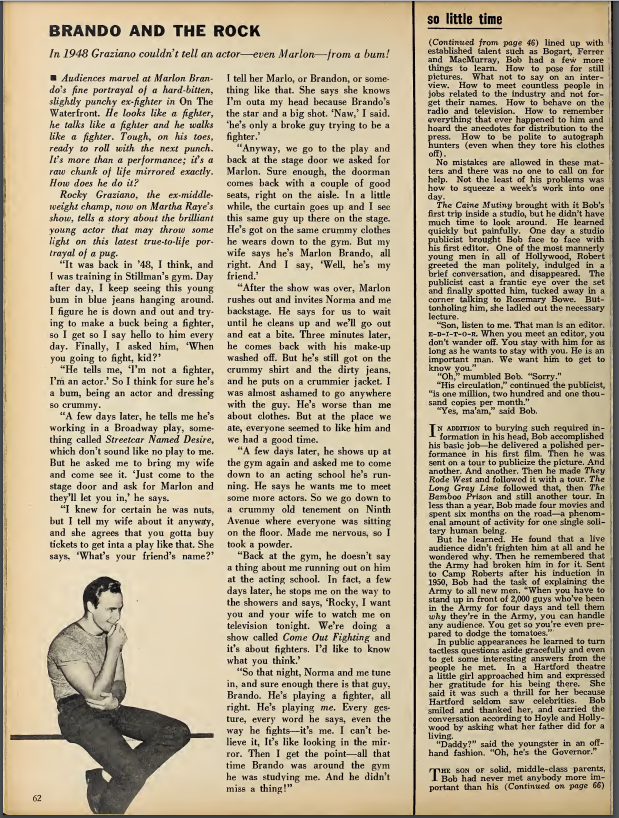
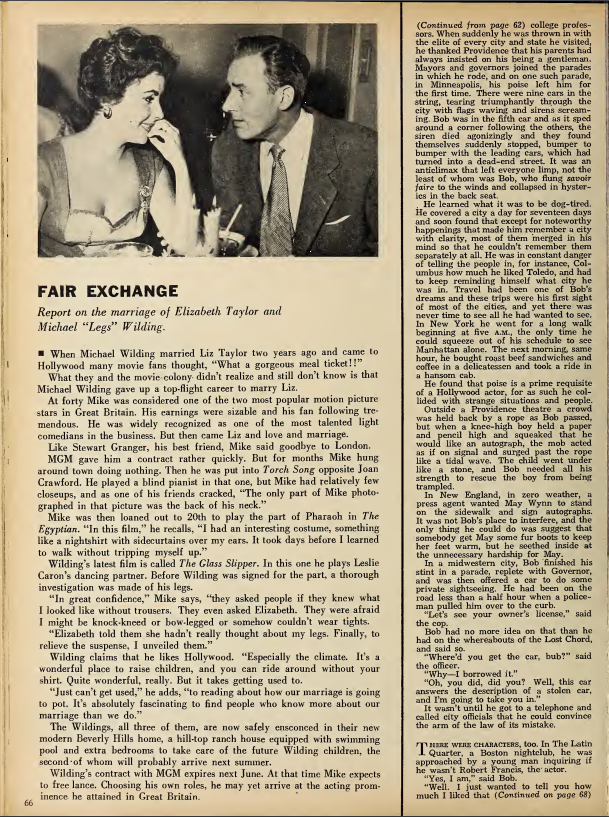
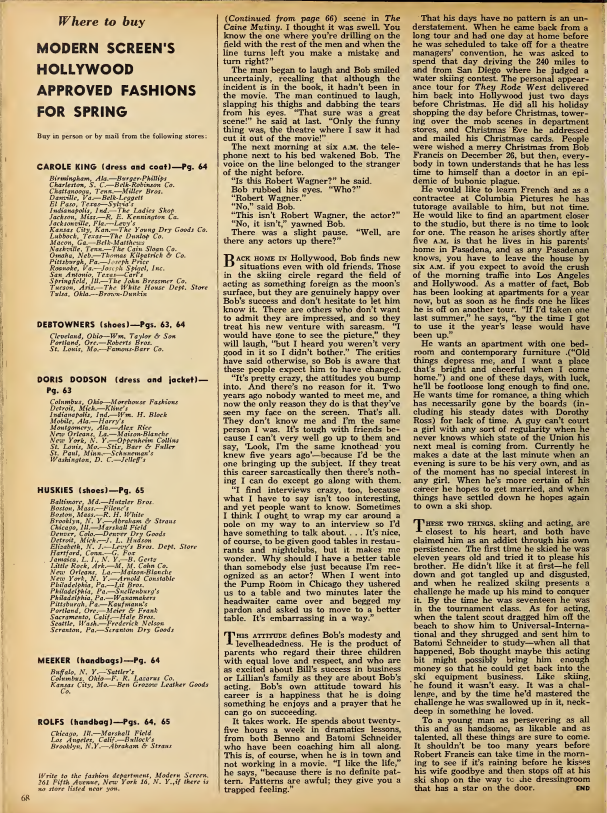
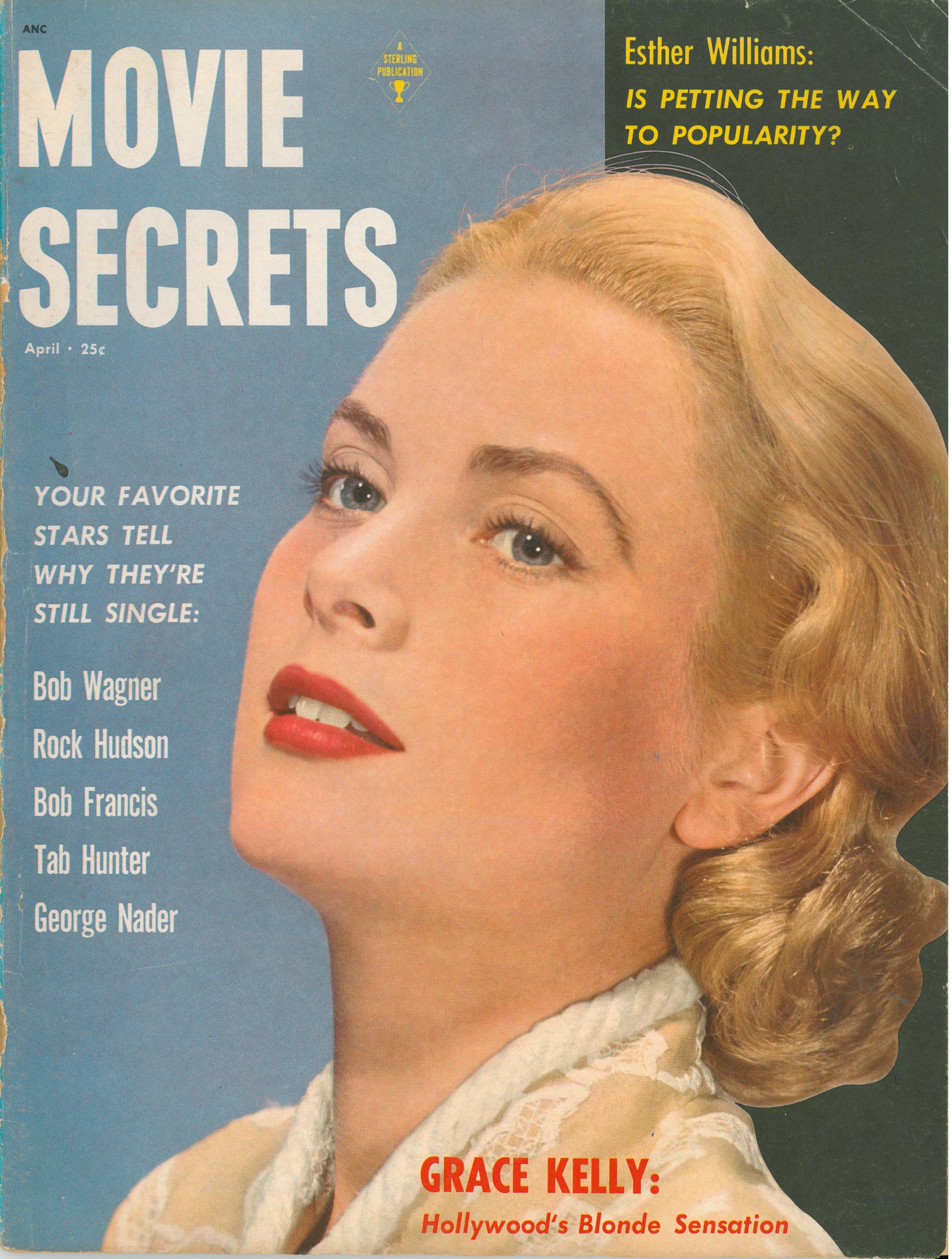
Movie Secrets, April 1955, on newsstands in early March 1955. Photo of May Wynn and Bob, c. Summer 1954.
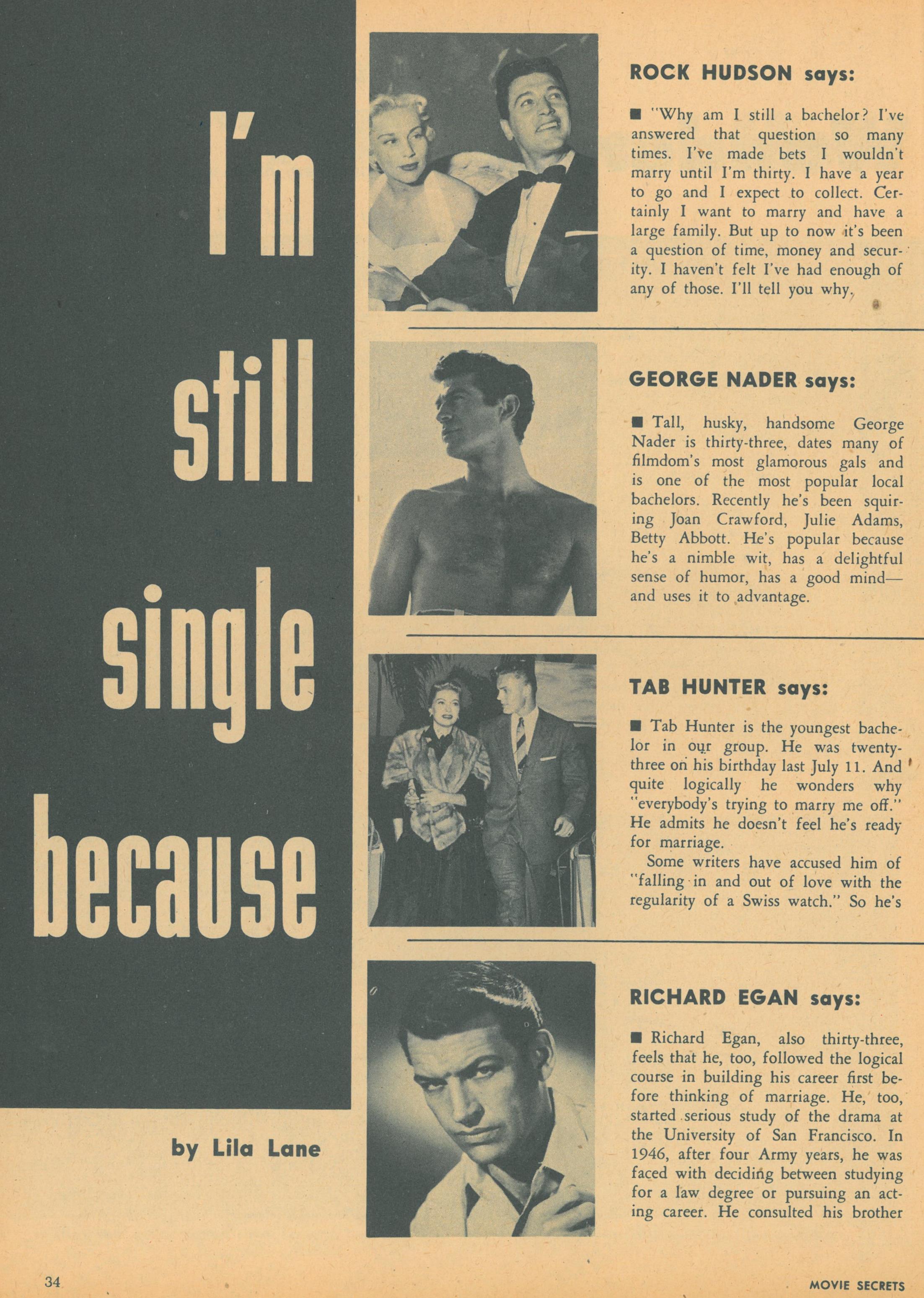
“There was an underlying pattern to this conspiracy of wishful thinking. Tab Hunter, and other young, handsome actors like him, were only useful as bachelors. America’s nubile class needed to believe they actually had a chance! But what was the theme of virtually every story? Marriage! In order for lustful adolescent urges to have the culture’s seal of approval, every feature story, every interview, had to conclude with the actor’s wistful admission that, beneath the glitz and glamour, all he truly craved was a simple life of wedded bliss.” (Hunter, p. 74)
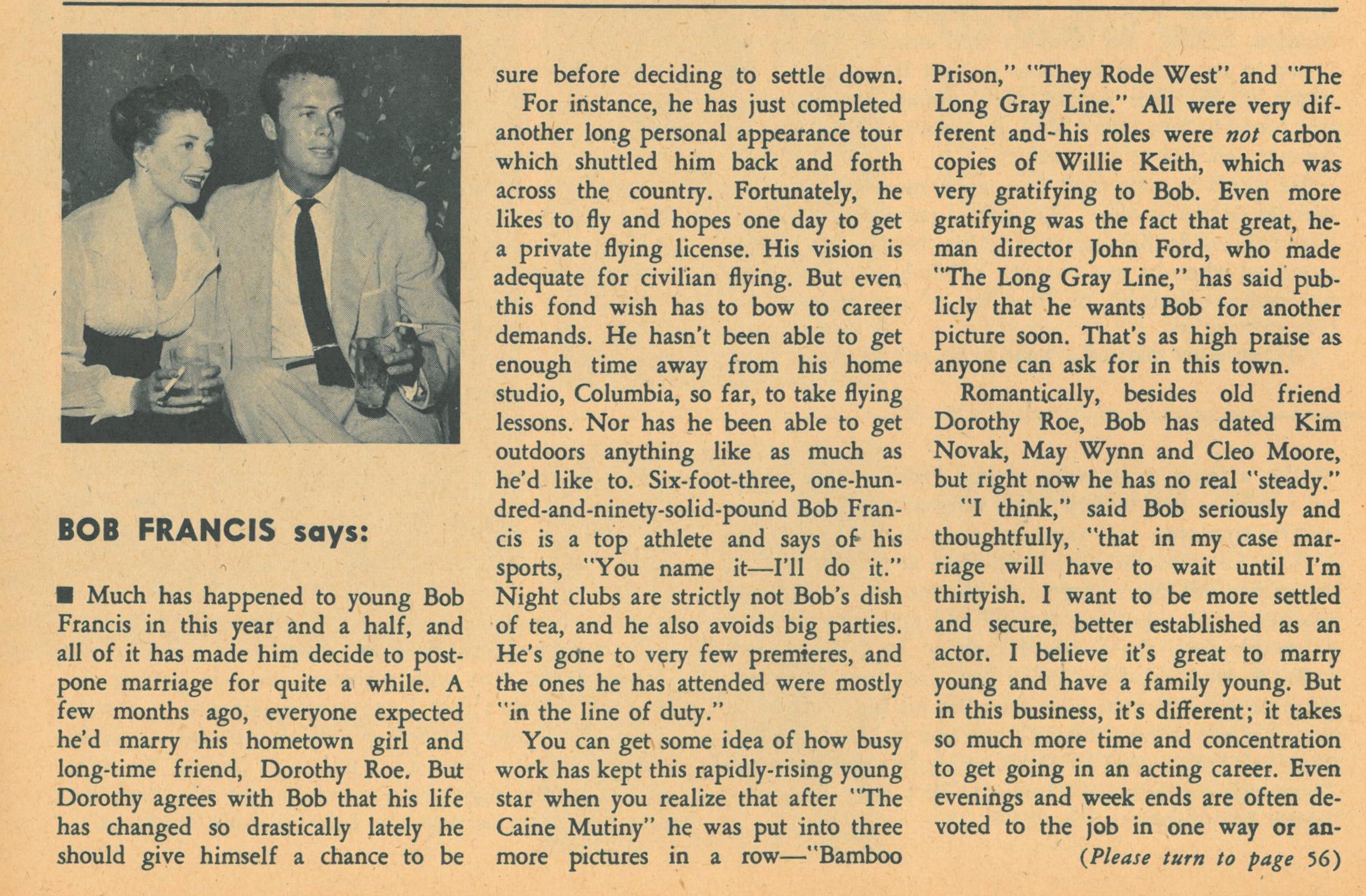
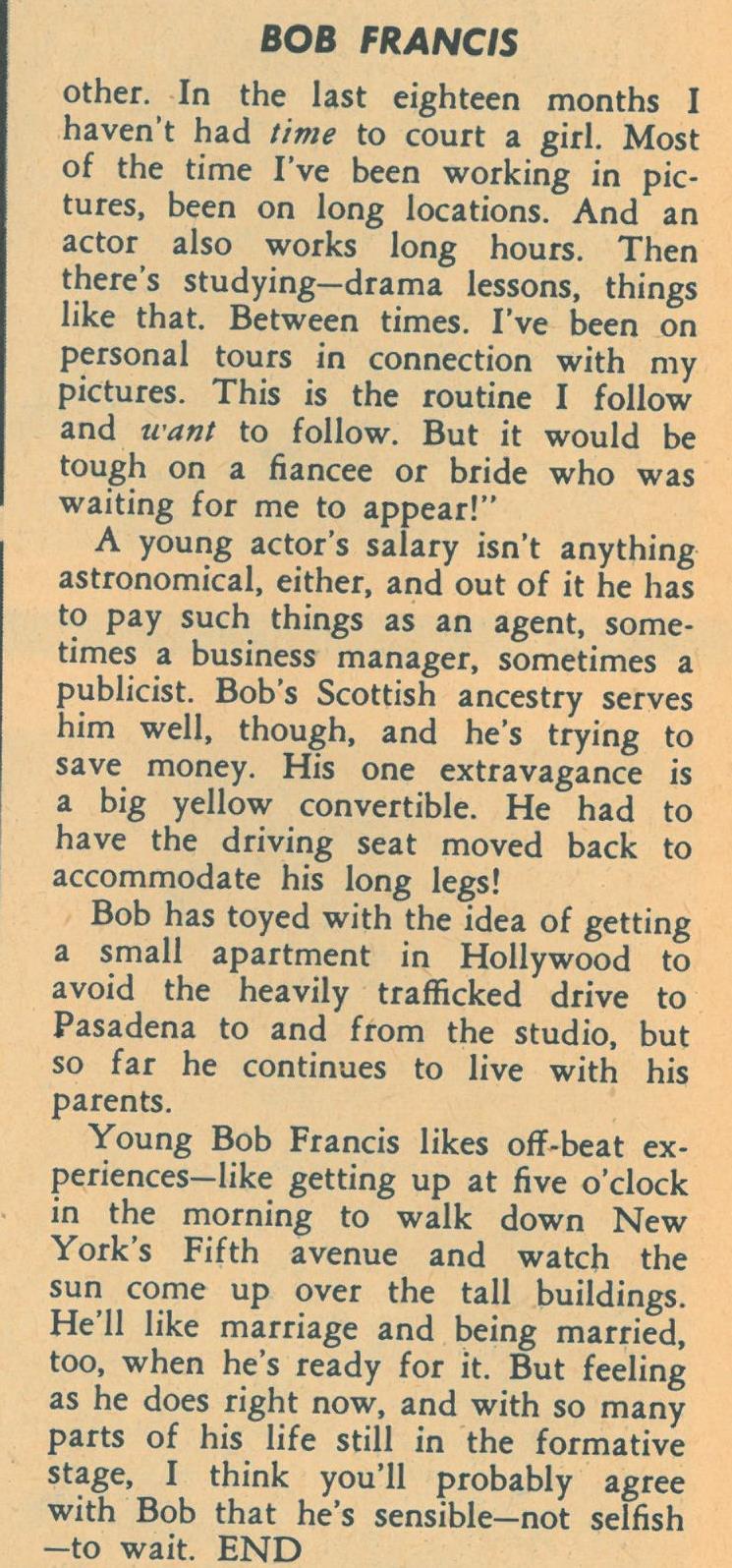
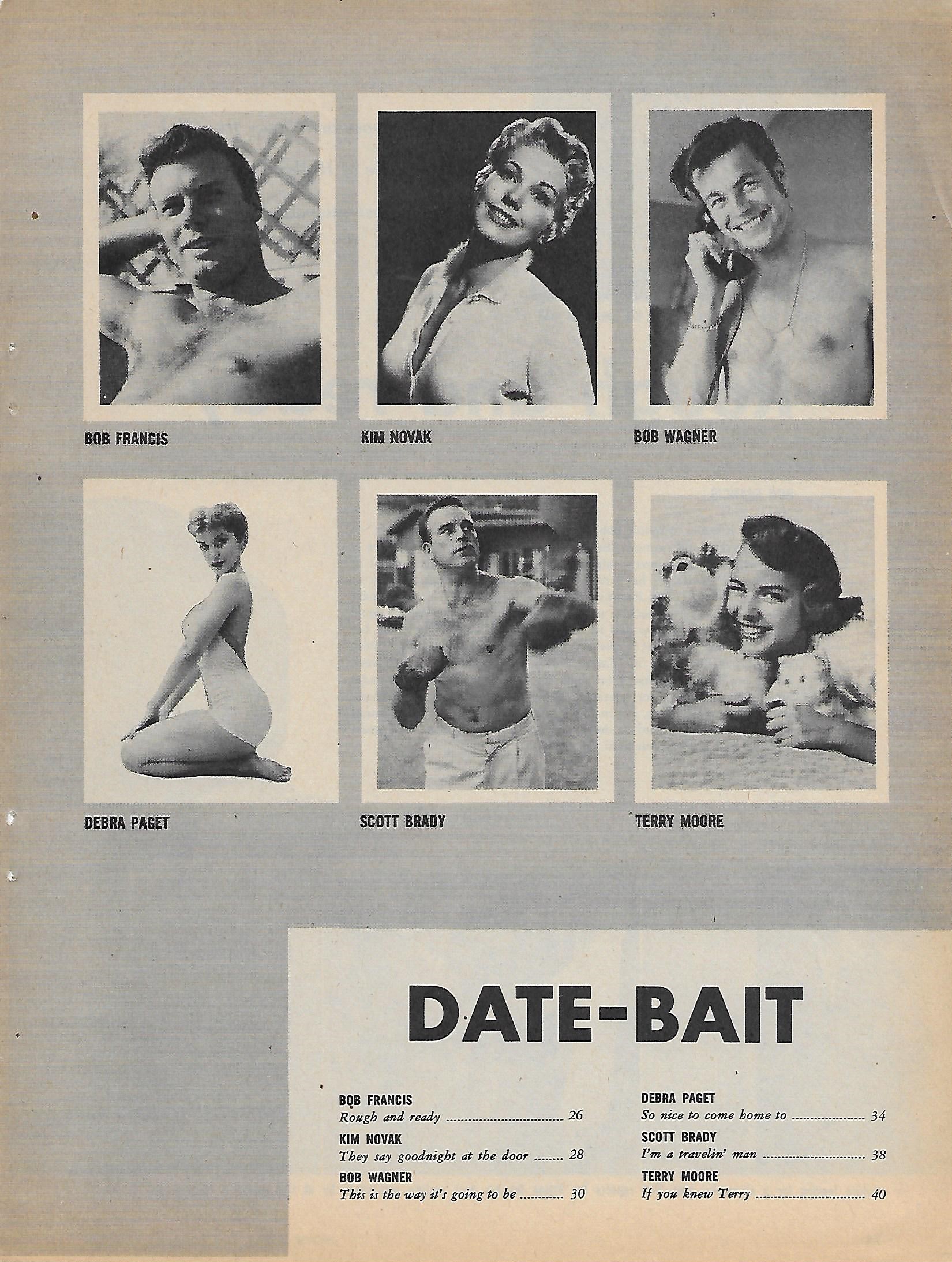
Movie Screen Star Romance Yearbook 1955 on newsstands in Spring/Summer 1955. Photos appear to have been taken Fall 1954/Winter 1955 based on haircut. The six-week tour occurred February/March 1955.

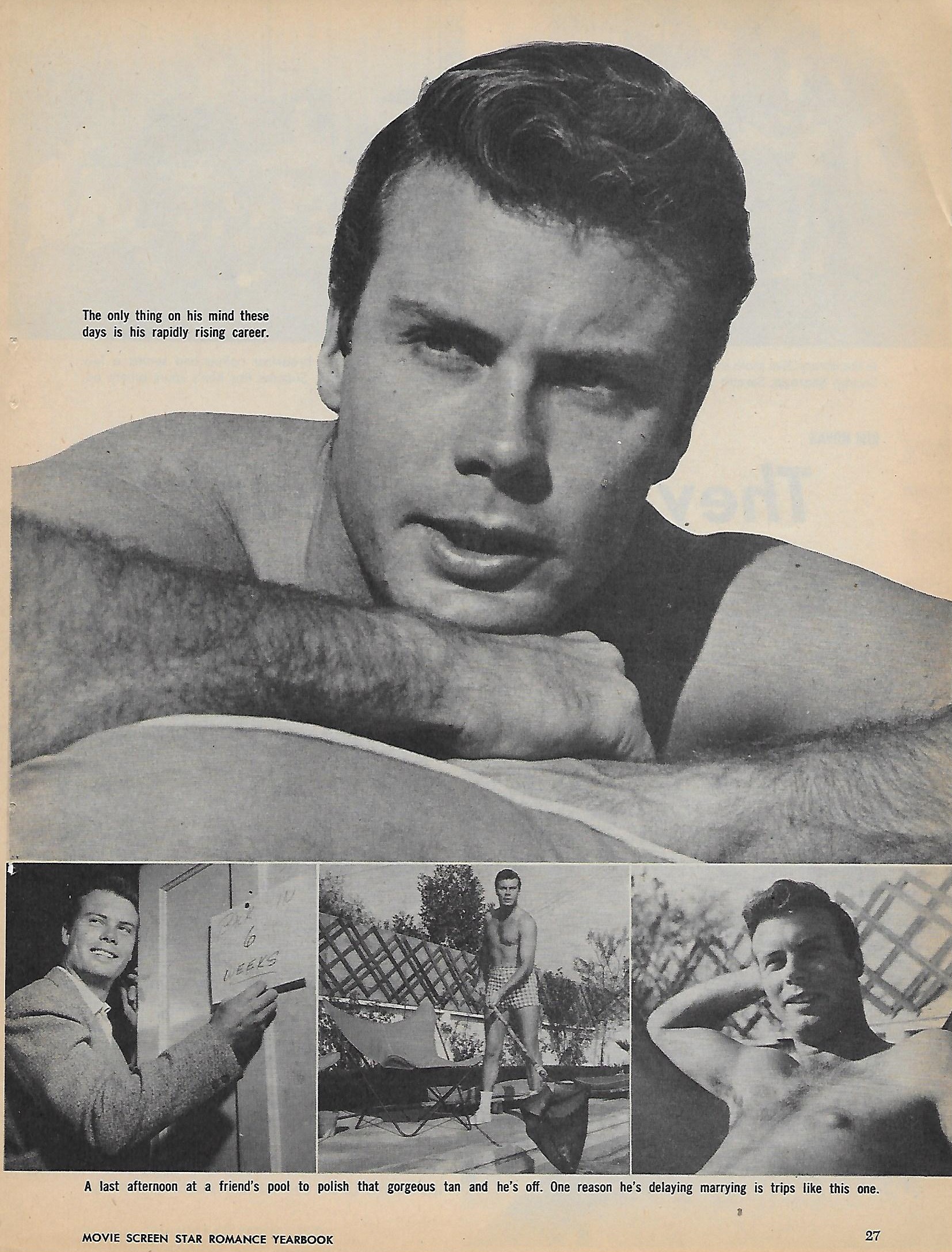
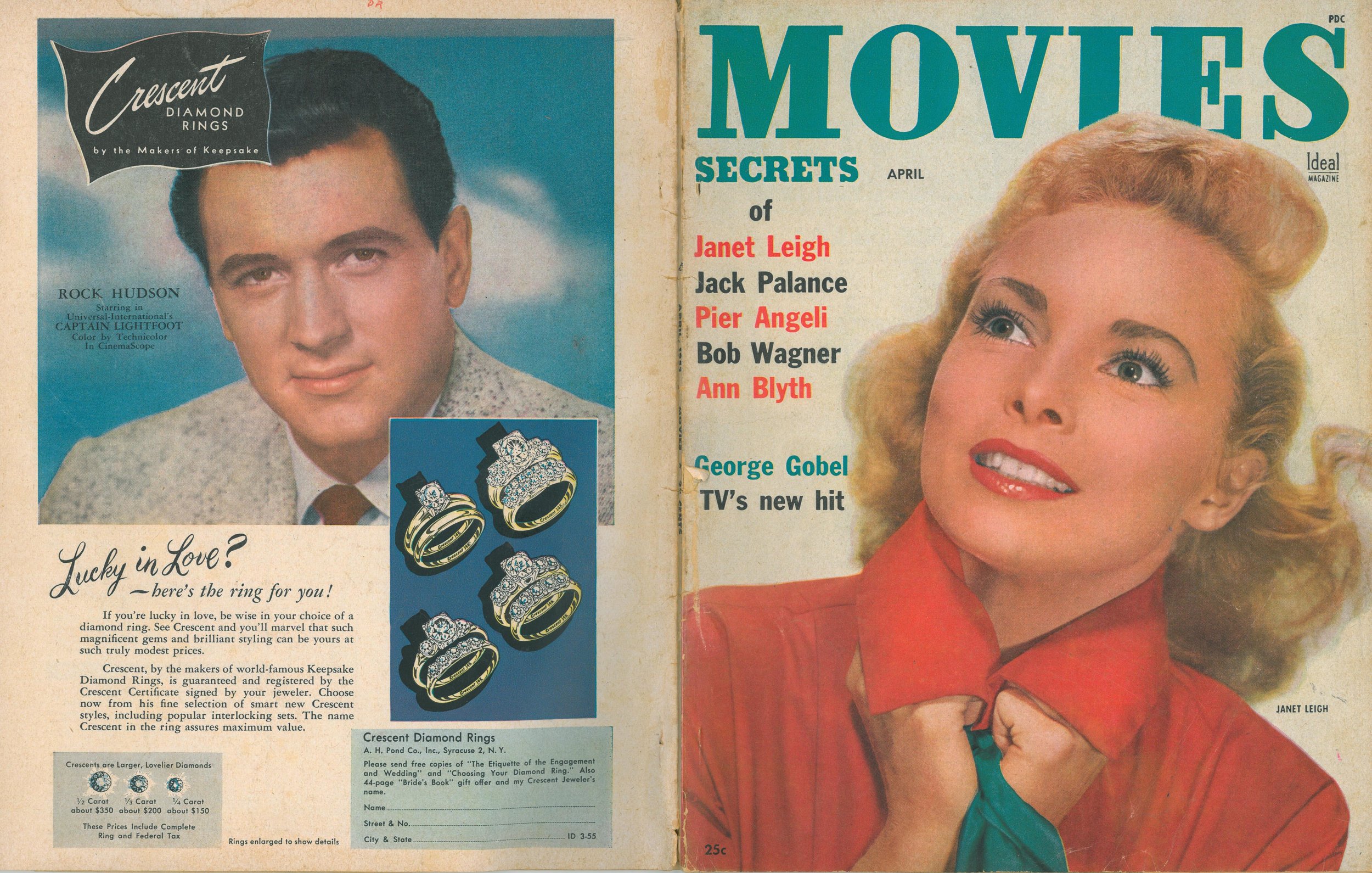
Movies, April 1955, on newsstands in early March 1955. Below: Fall 1954.
Bob was not yet “big” enough to be offered endorsement opportunities such as this one with Rock Hudson. Many such endorsements were developed by the studio publicity departments.
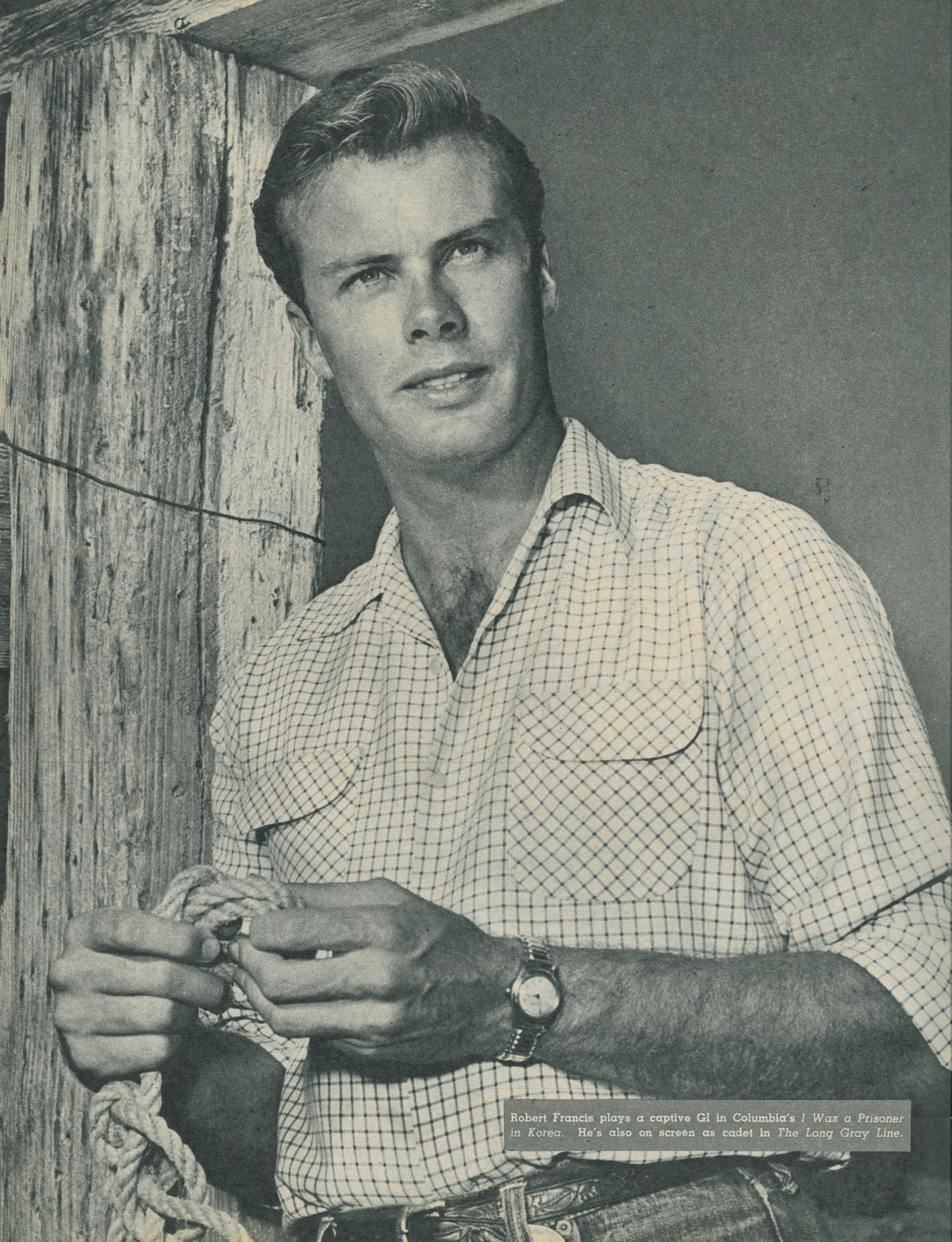
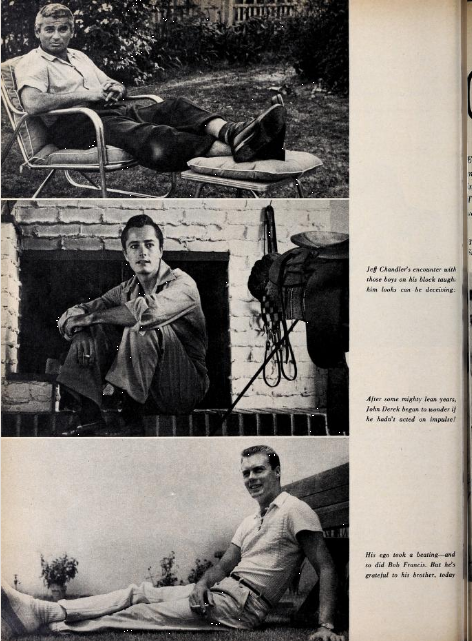
Photoplay, May 1955, on newsstands in early April 1955. Photo taken Summer 1953.
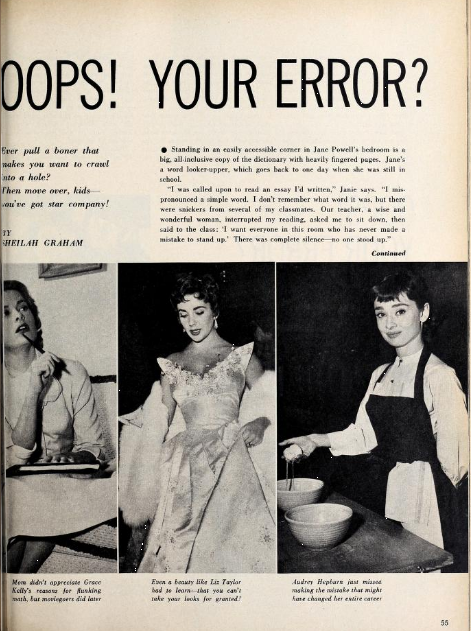
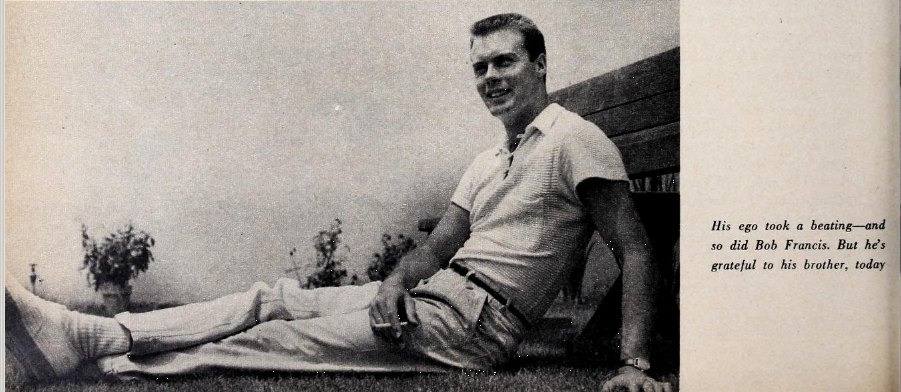
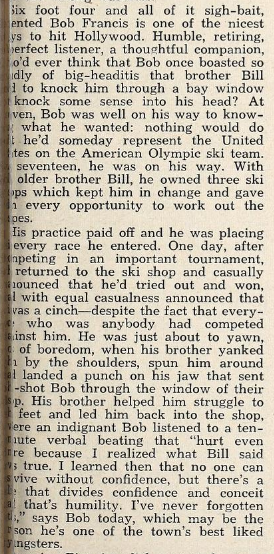
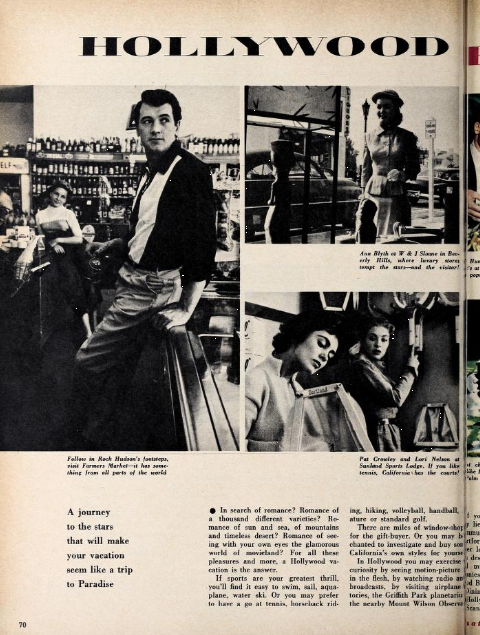
Photoplay, May 1955, on newsstands in early April 1955. Photo taken Fall 1954/Winter 1955 at the Palm Springs Racquet Club. Photos in “So Little Time,” Modern Screen, April 1955, may have been taken at Palm Springs Racquet Club at the same time.
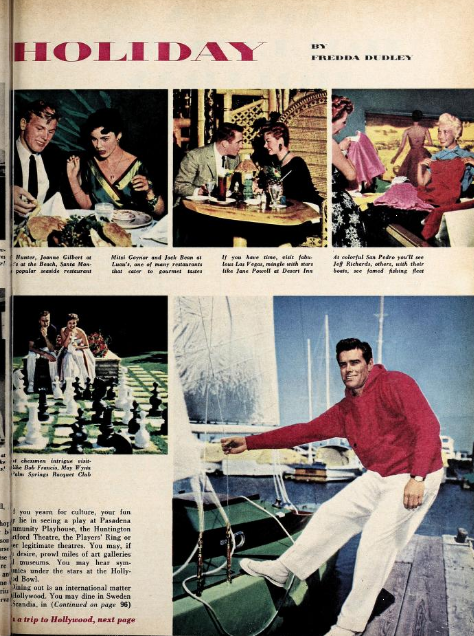
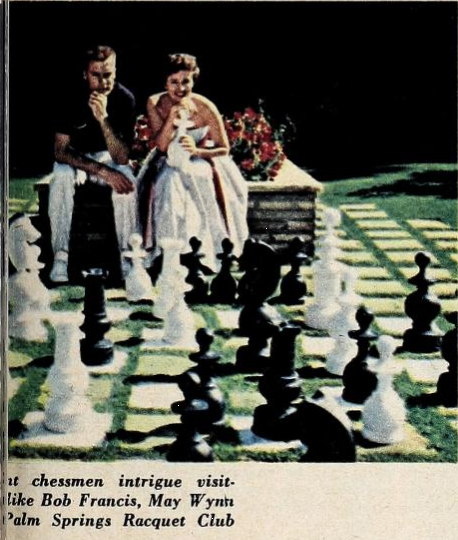
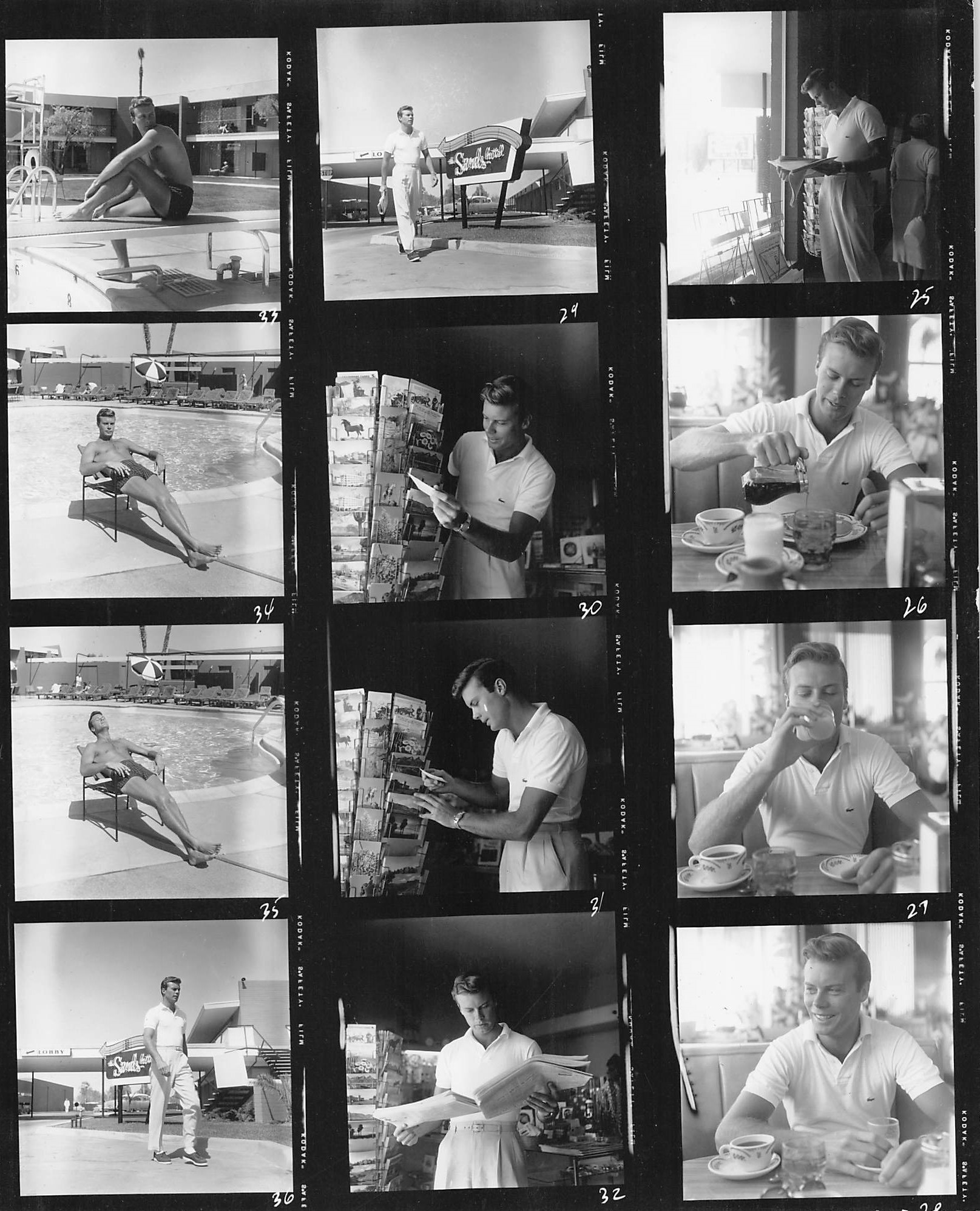
Spring 1955. Bob visited Las Vegas. These contact sheets probably were for a projected photo story about his trip, but they were never used for that or printed elsewhere as far as is known. Photos by Larry Barberi, Globe Photos, New York City.
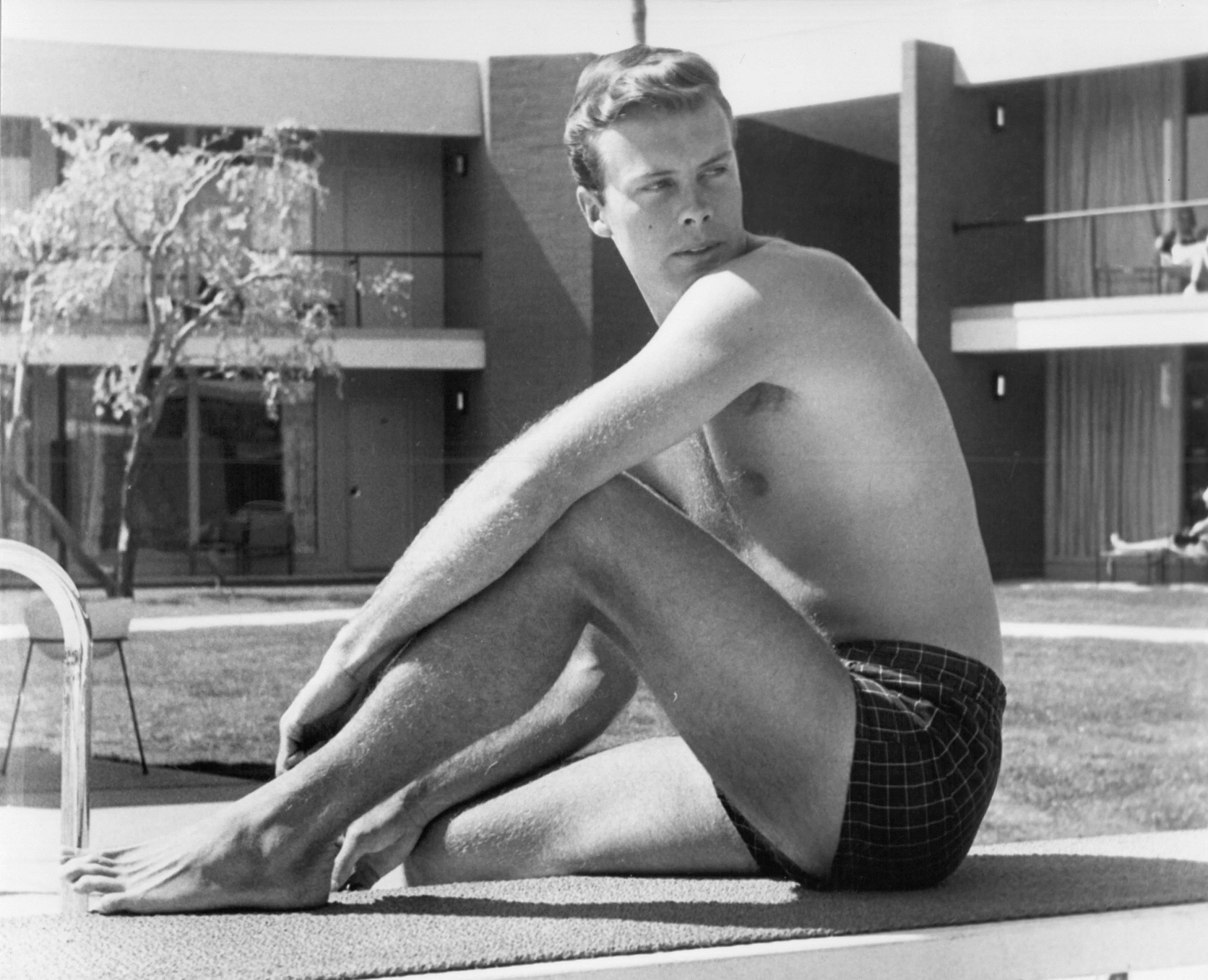
When and where any of these Las Vegas photographs were published is unknown. The proposed caption for this photo: Bob dries off near the pool before calling it a day. Photo: Larry Barberi, Globe Photo, New York City.
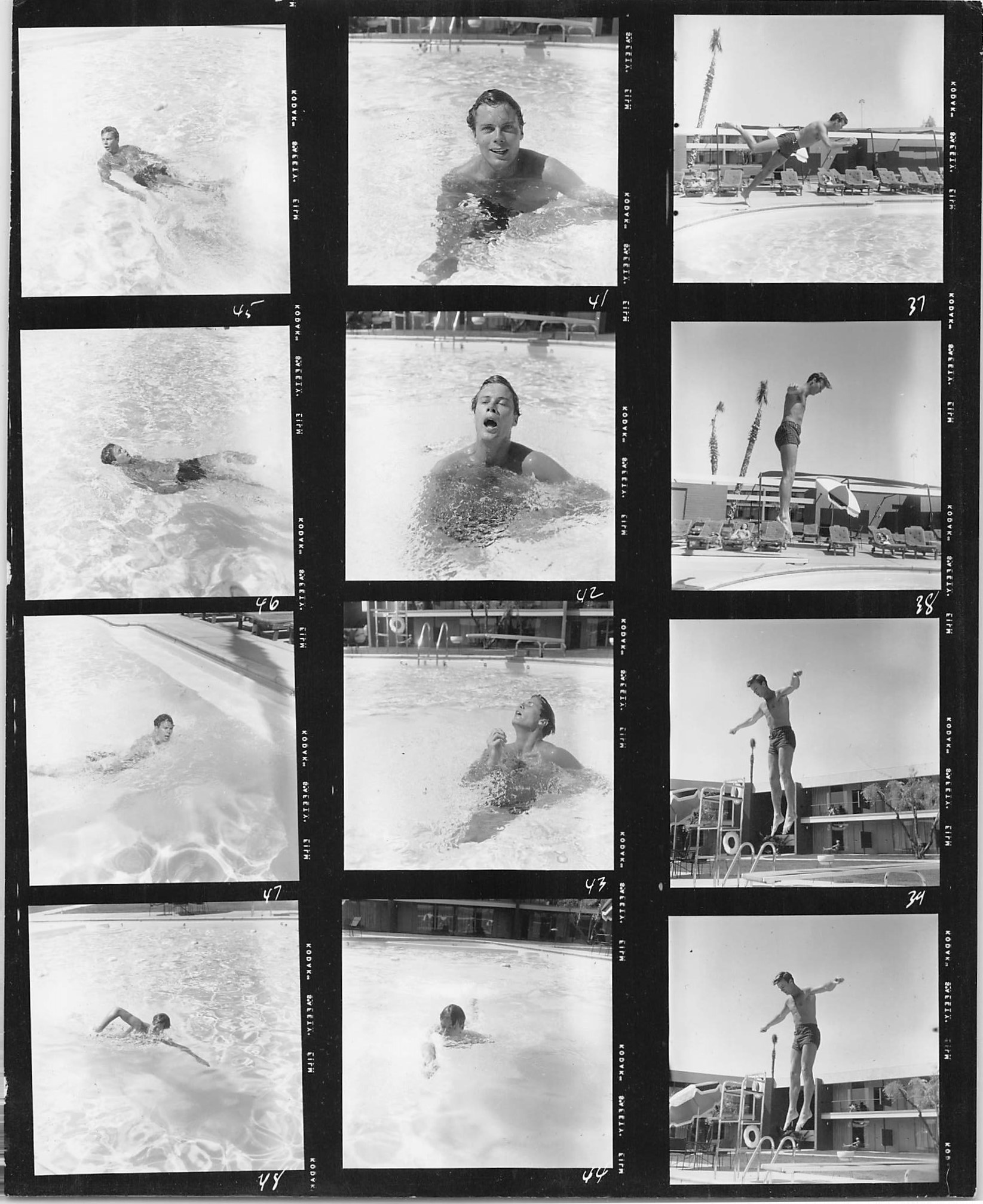
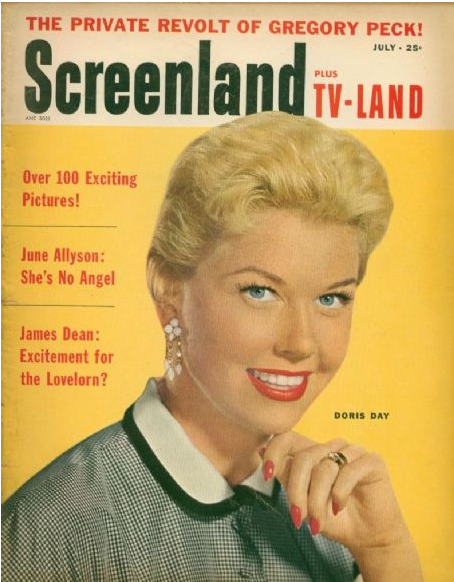
Screenland, July 1955, on newsstands in early June 1955. The photo story listed on the contents page, “Weekend with the Folks,” unavailable. Some of the photos made for that story may have also been intended for a photo story, “A Day to Loaf,” scheduled for Screenland, Sept. 1955. See captions and other information on photos for that edition; however, that photo story did not appear in the Sept. 1955 issue of Screenland and has not been located. Assumption is photos made for “A Day to Loaf” were used for “Weekend with the Folks.”
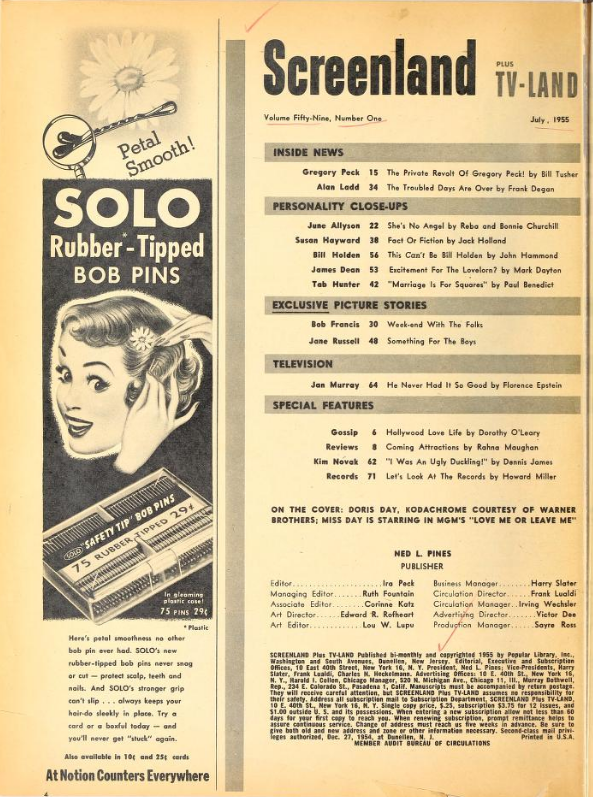
“Back in Hollywood, the PR started spinning even faster. I was interviewed and photographed countless times for movie magazines. ..Most of the stories these magazines cranked out were fabricated pieces of fluff, but it seemed to be what people wanted to read, and I was told that it was a surefire way of getting ‘the powers that be’ to take notice of up-and-coming talent.” (Hunter, pp. 62-63)
“Credit, or blame, for imprinting the image of Tab Hunter in the public’s consciousness can’t go to Henry Willson [Hunter’s agent]. By all rights, it goes to the fan magazines…It was these magazines that concocted my celebrity, completely out of proportion to my actual on-screen status.” (Hunter, p. 67)
“…Why did so many people want to see me in these absurdly fake situations? Tab Hunter tries on a sport coat! Tab Hunter goes on a picnic! Tab Hunter water skis!”
“My popularity was spurred by magazine editors who recognized, and tapped into, a completely new readership – teenage girls. In the past, Hollywood made movies primarily for adults. Kids never really had movie stars of their own age to moon over, unless you want to count Mickey Rooney and Judy Garland as teenage sex objects…When a young girl developed a crush, hell or high water couldn’t sway her loyalty…Apparently editors, and, more important, their advertisers, discovered there was a mint to be made force-feeding desirable young celebrity bachelors to starry-eyed girls across America. It was those shrewd businessmen – not me – who were cashing in on the boy-next-door appeal of this Tab Hunter character.” (Hunter, p. 69)

Many of the photographs on this contact sheet were shot by Larry Barberi for Globe Photos, New York City. They were taken c. January 1955, and appeared in various publications during 1955. The candid photo appears to be Bob’s mother, Lillian Francis. The photos of Bob with a bow and arrow may have been taken at the Palm Springs Racquet Club (based on his clothing). A second contact sheet appears earlier in this section.
.
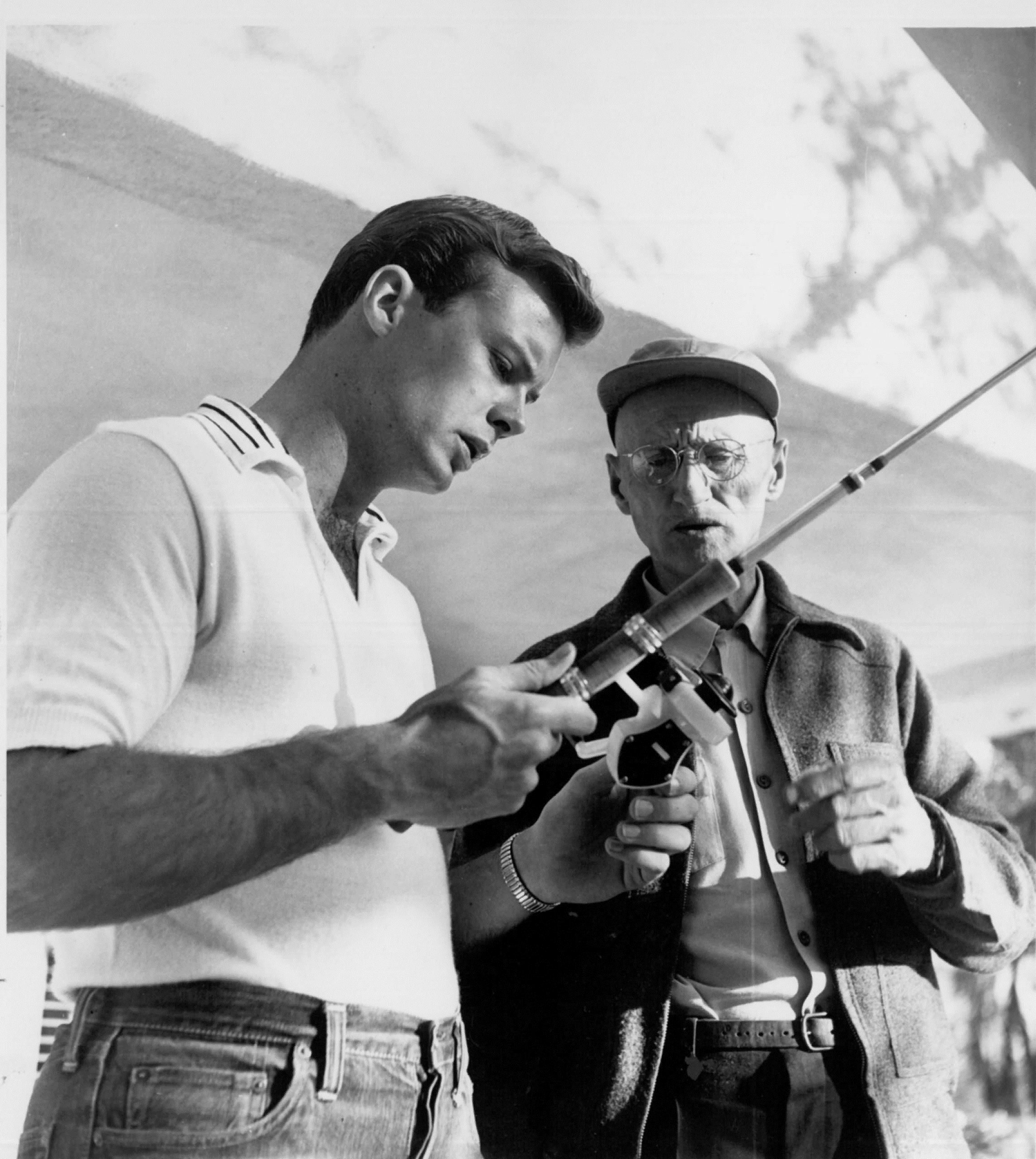
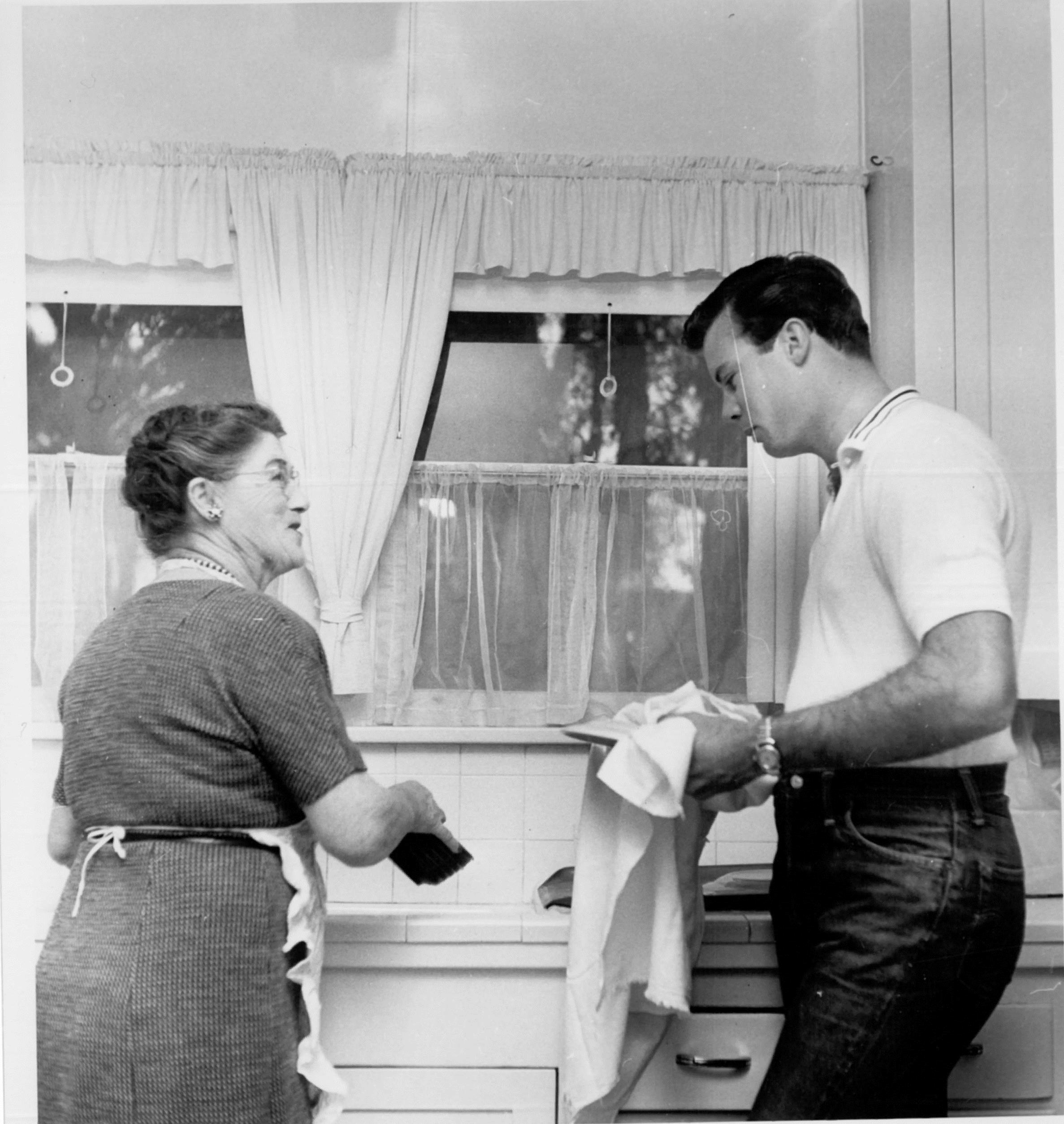
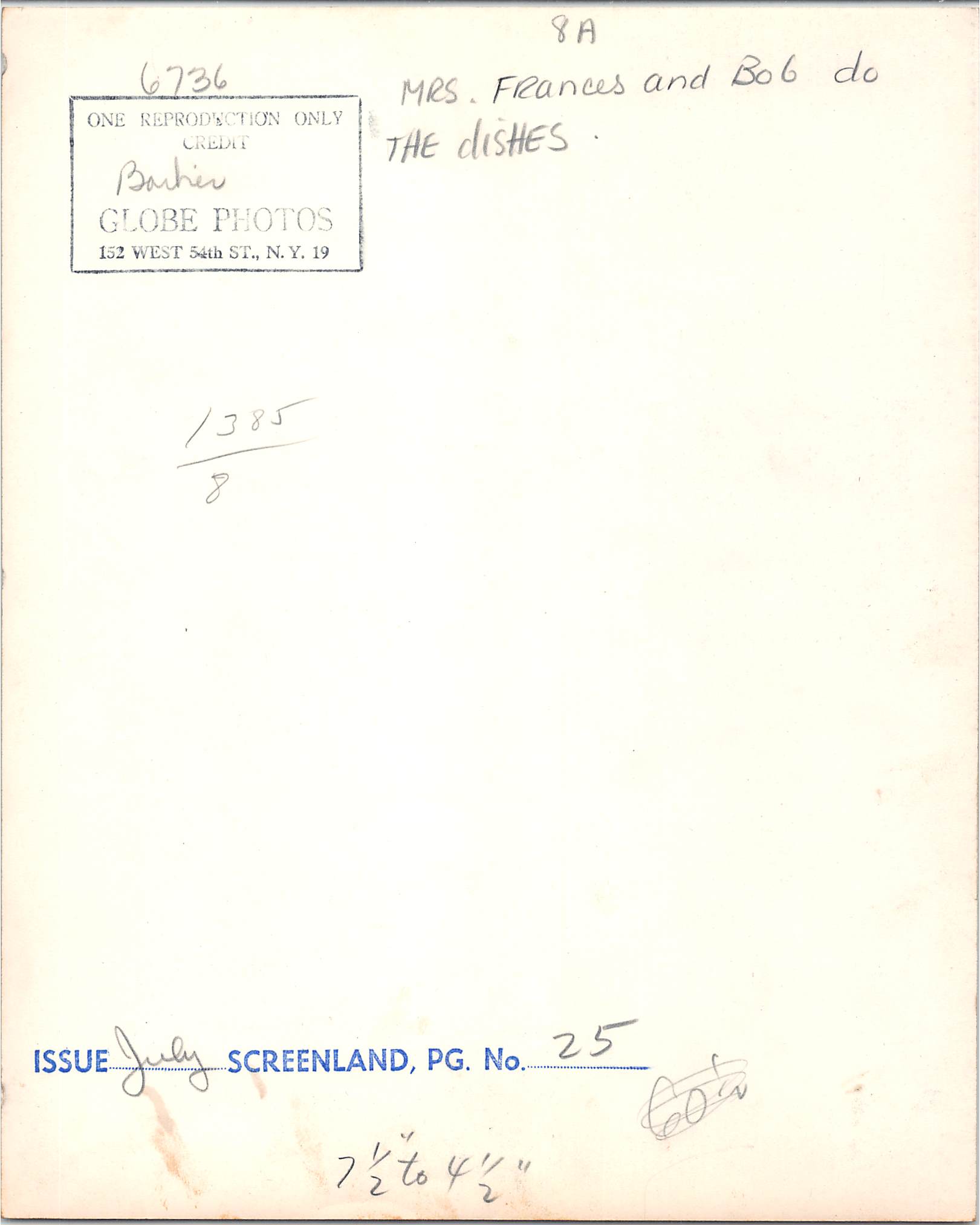
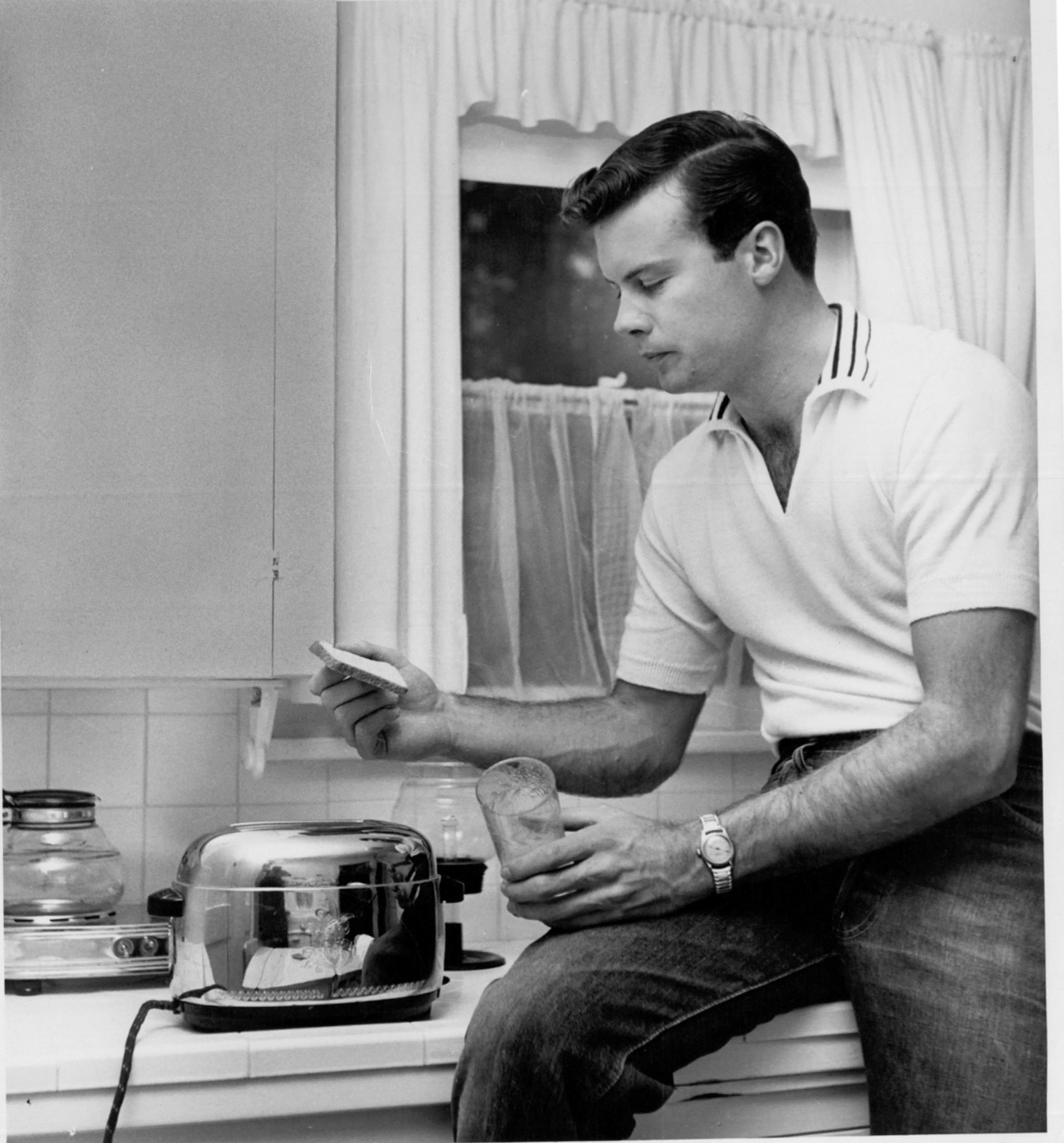
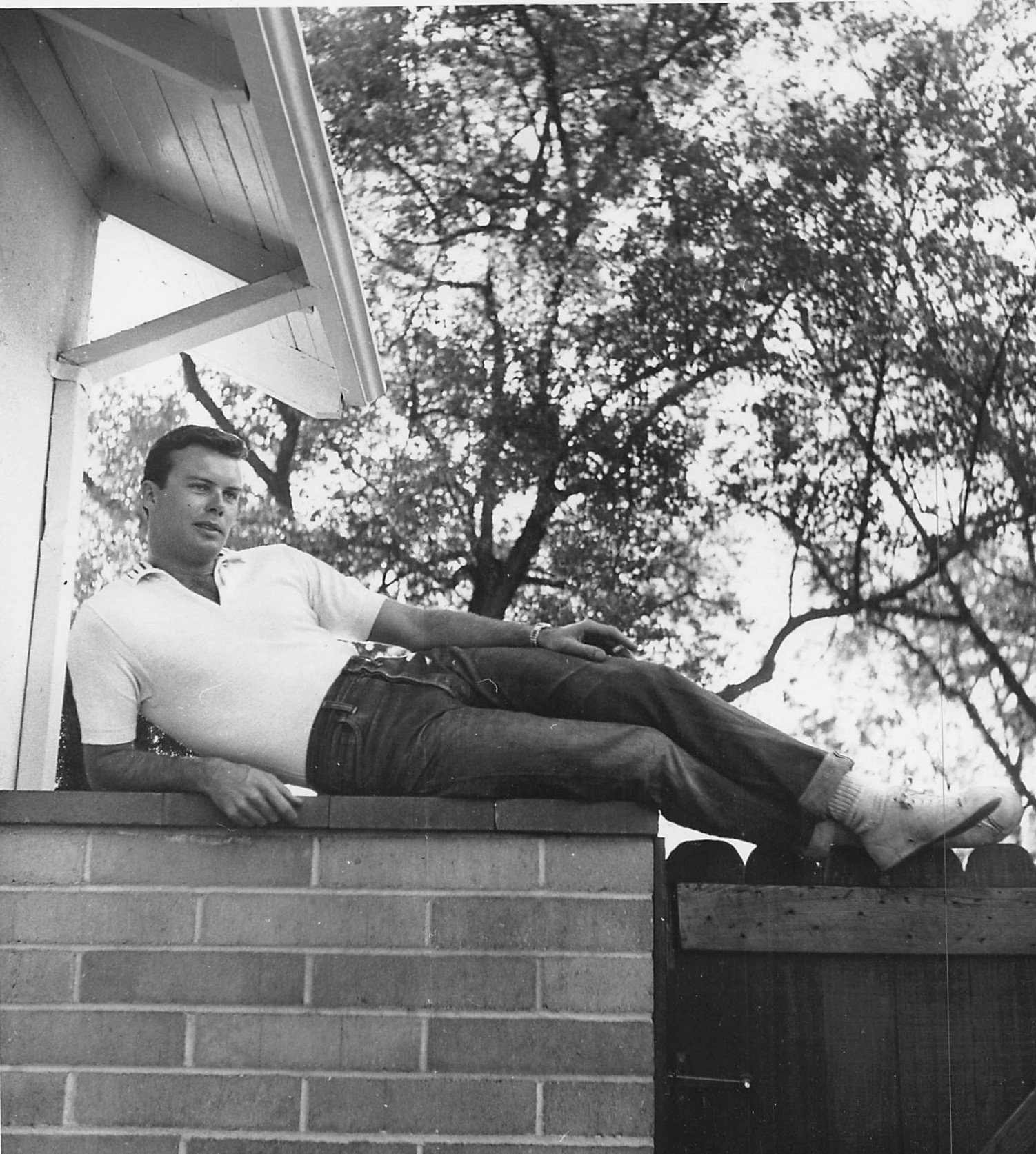
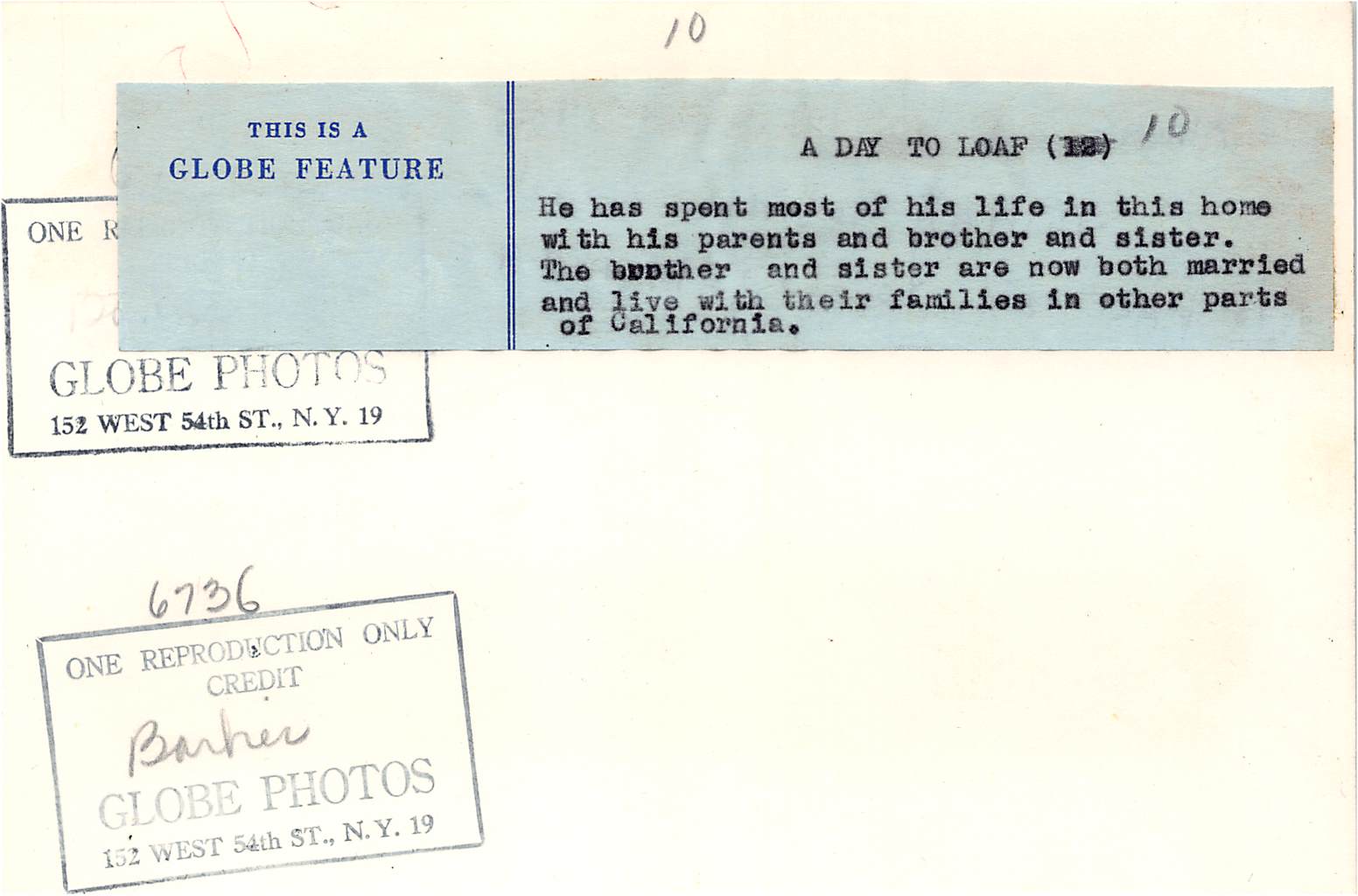

Some or all of the photographs on this contact sheet were shot on or about Jan. 28, 1955. Photographer: Barberi for Globe Photos, New York City. The name of the photo story was “A Day to Loaf” and was scheduled to appear in the Screenland, Sept. 1955. But they evidently were used for Screenland, July 1955, in a photo story, “Weekend with the Folks.” Don Ornitz, Globe Photos, New York City also photographed Bob on several occasions.
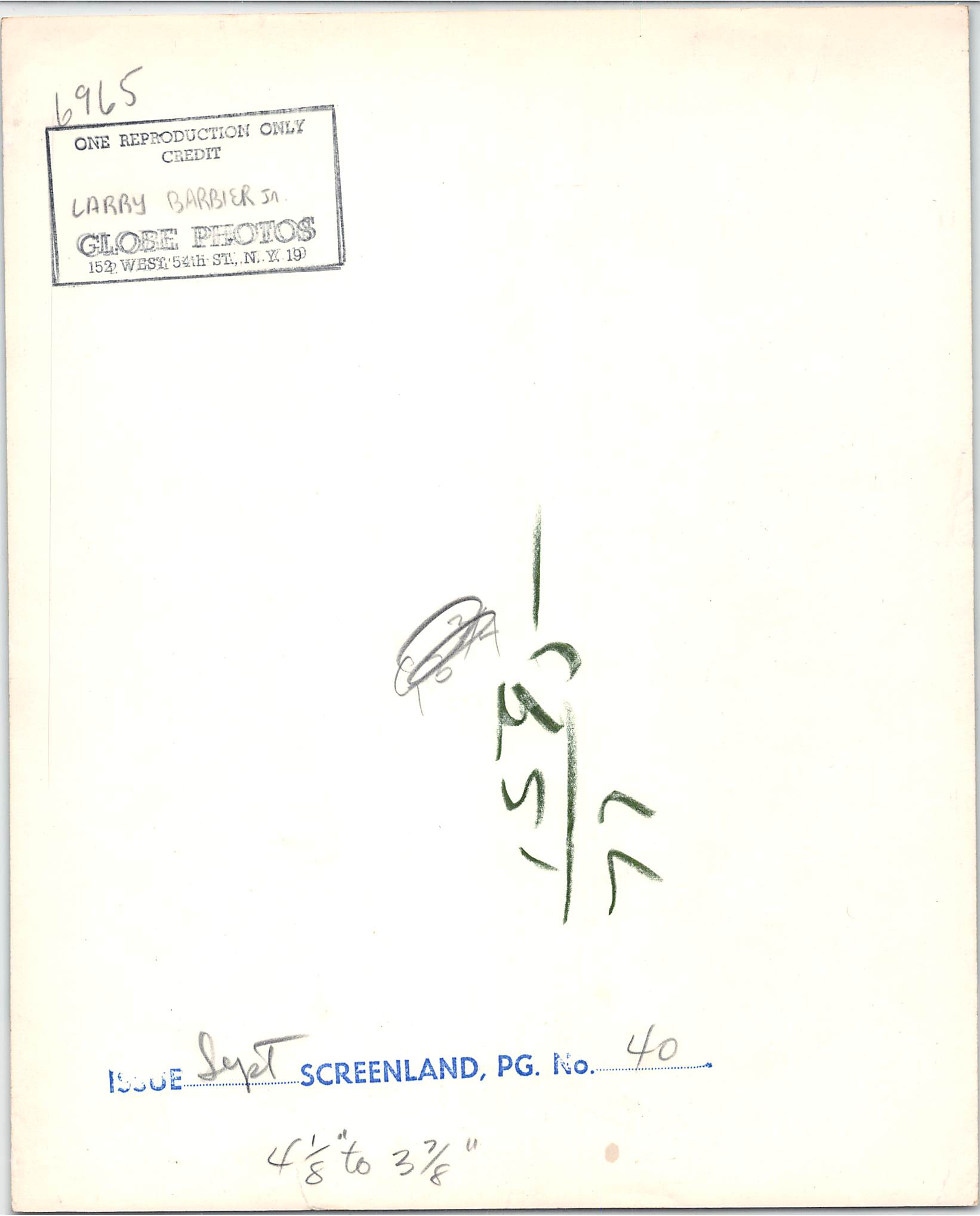
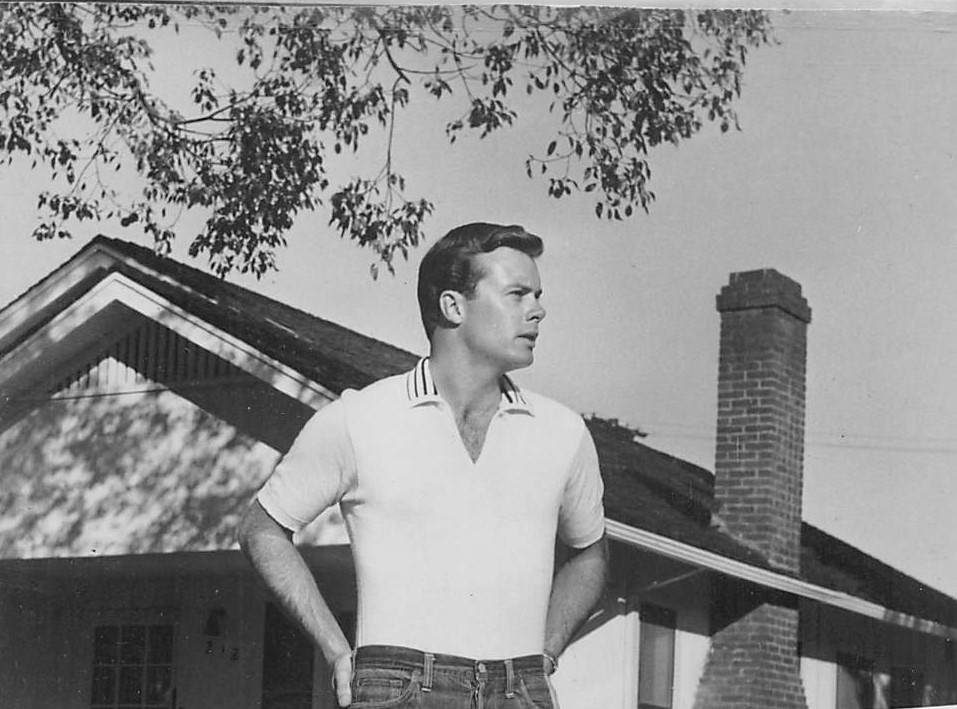
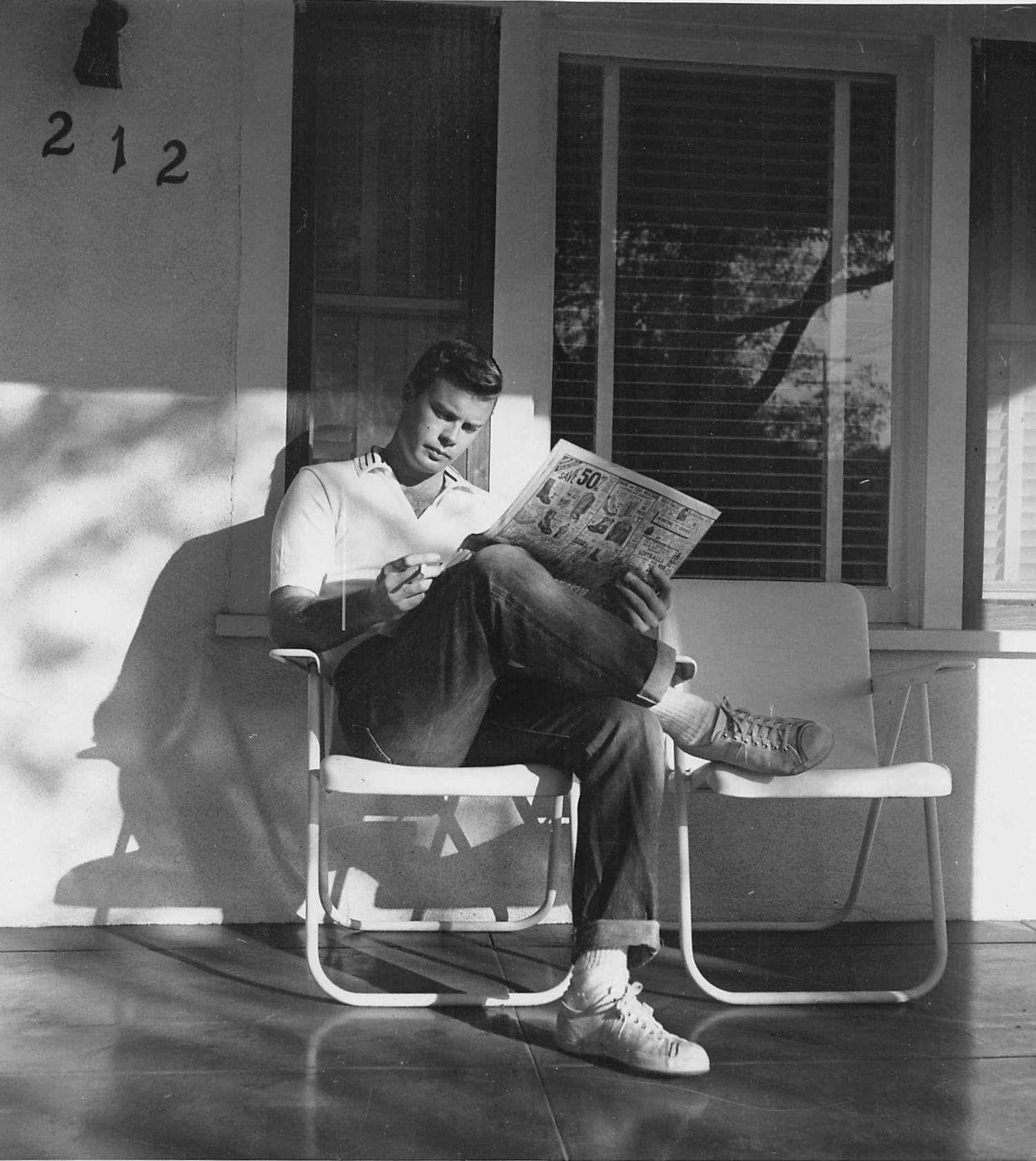
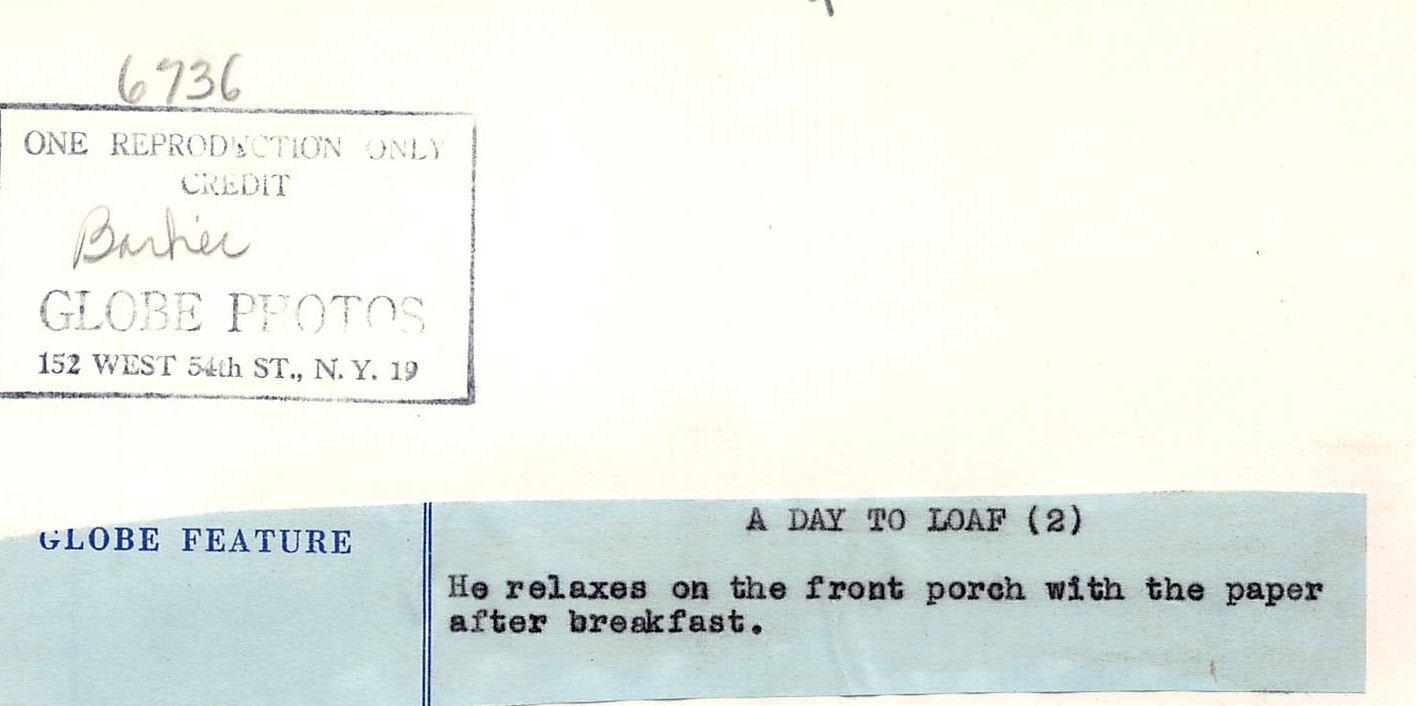
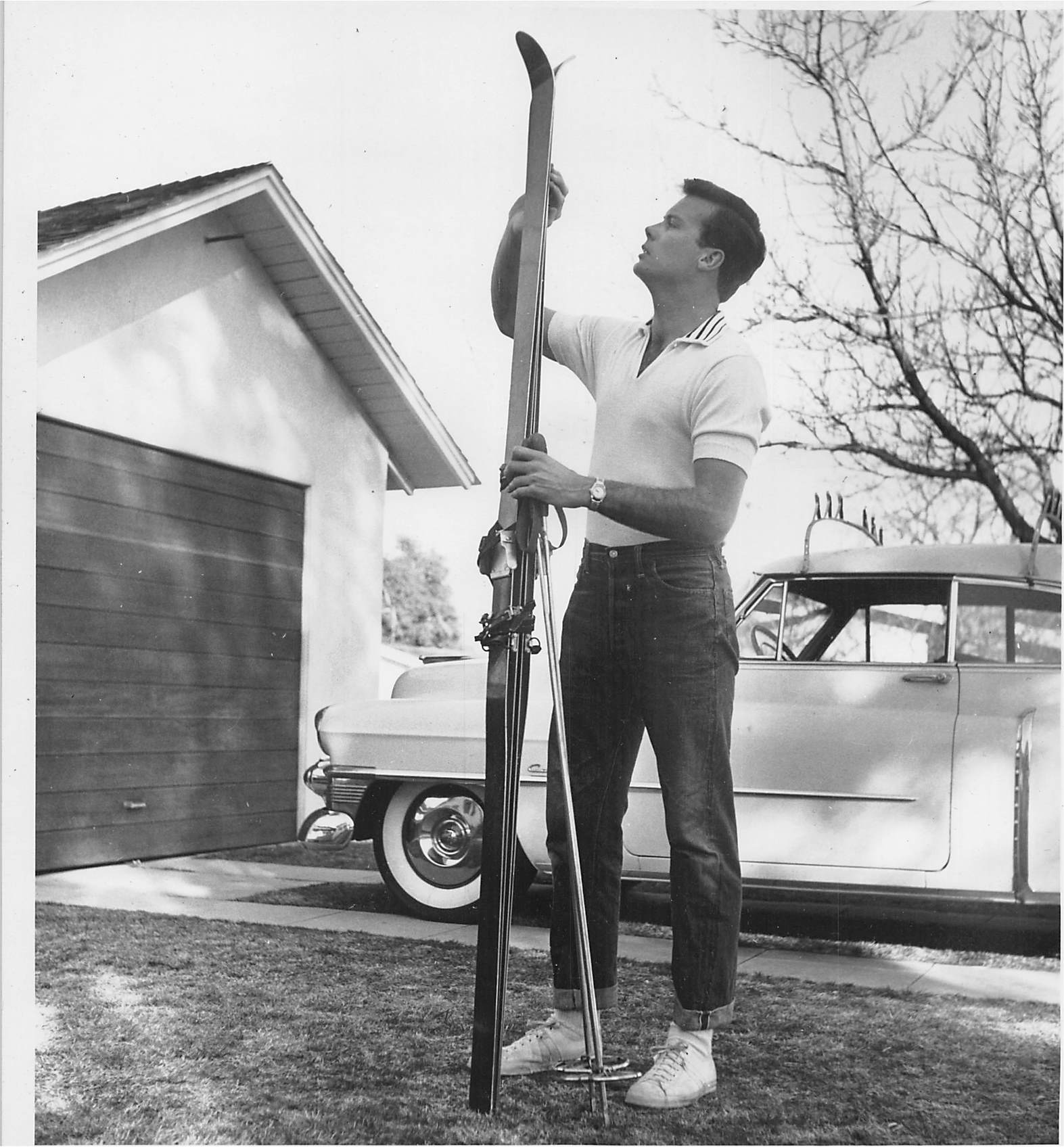
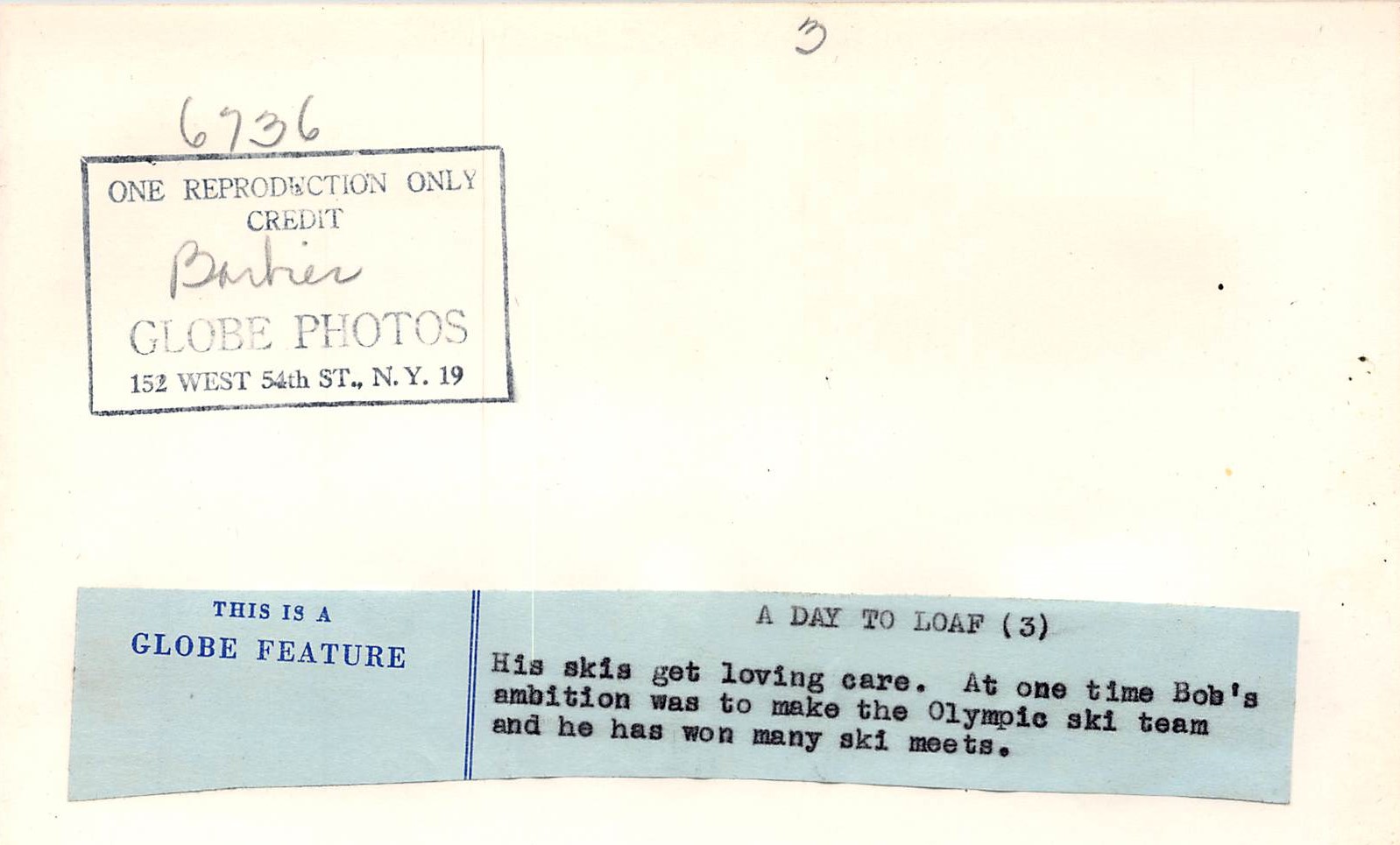
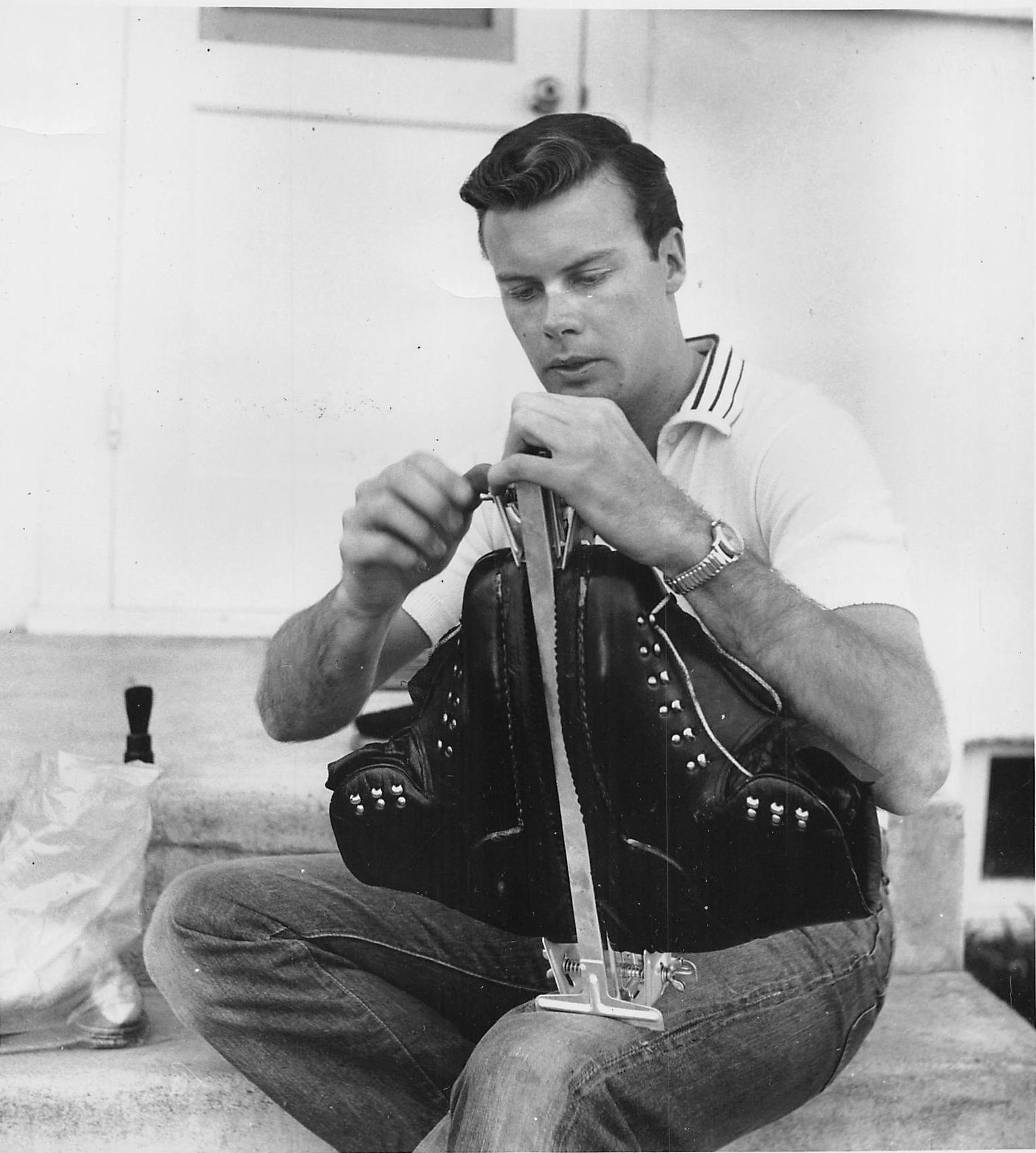
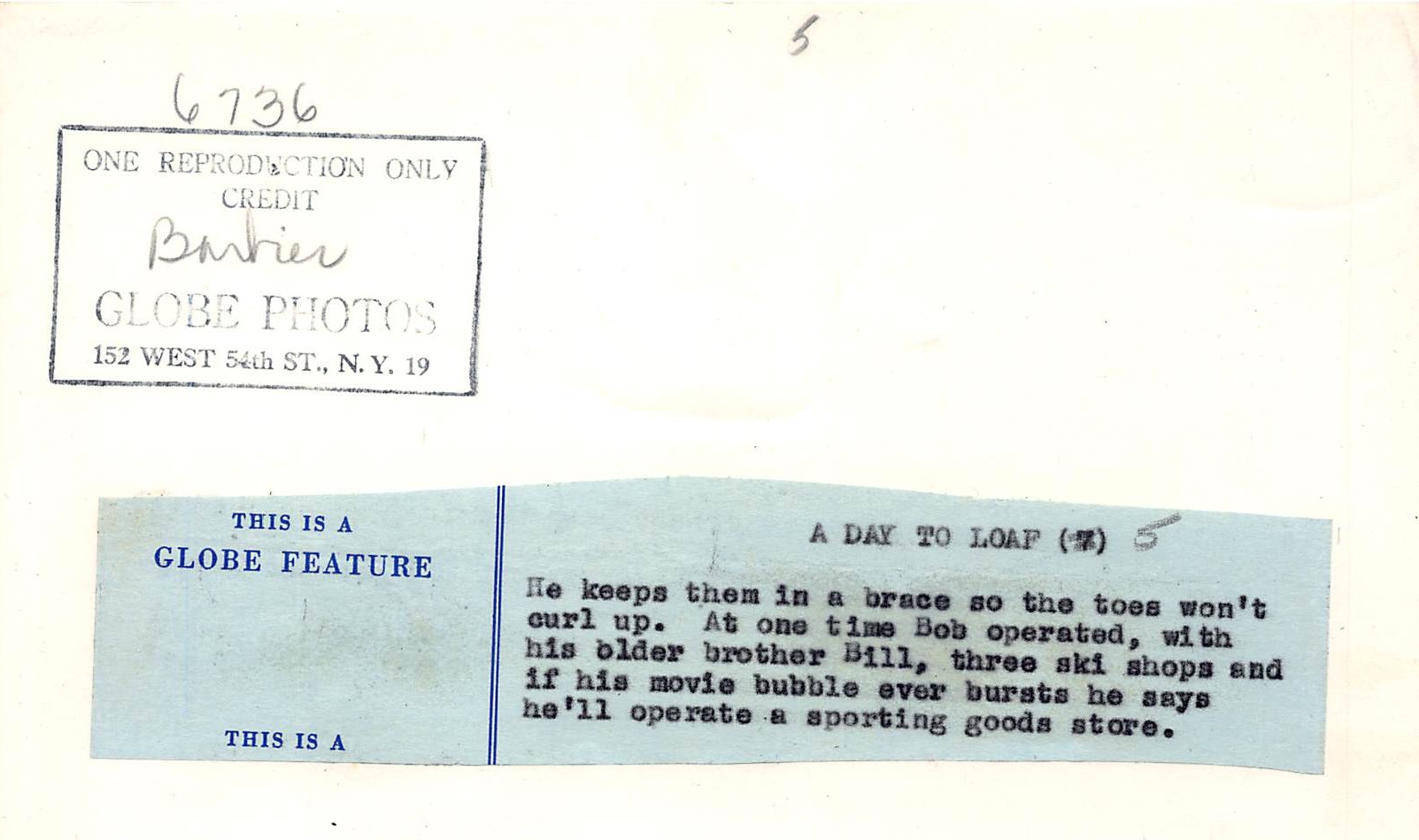
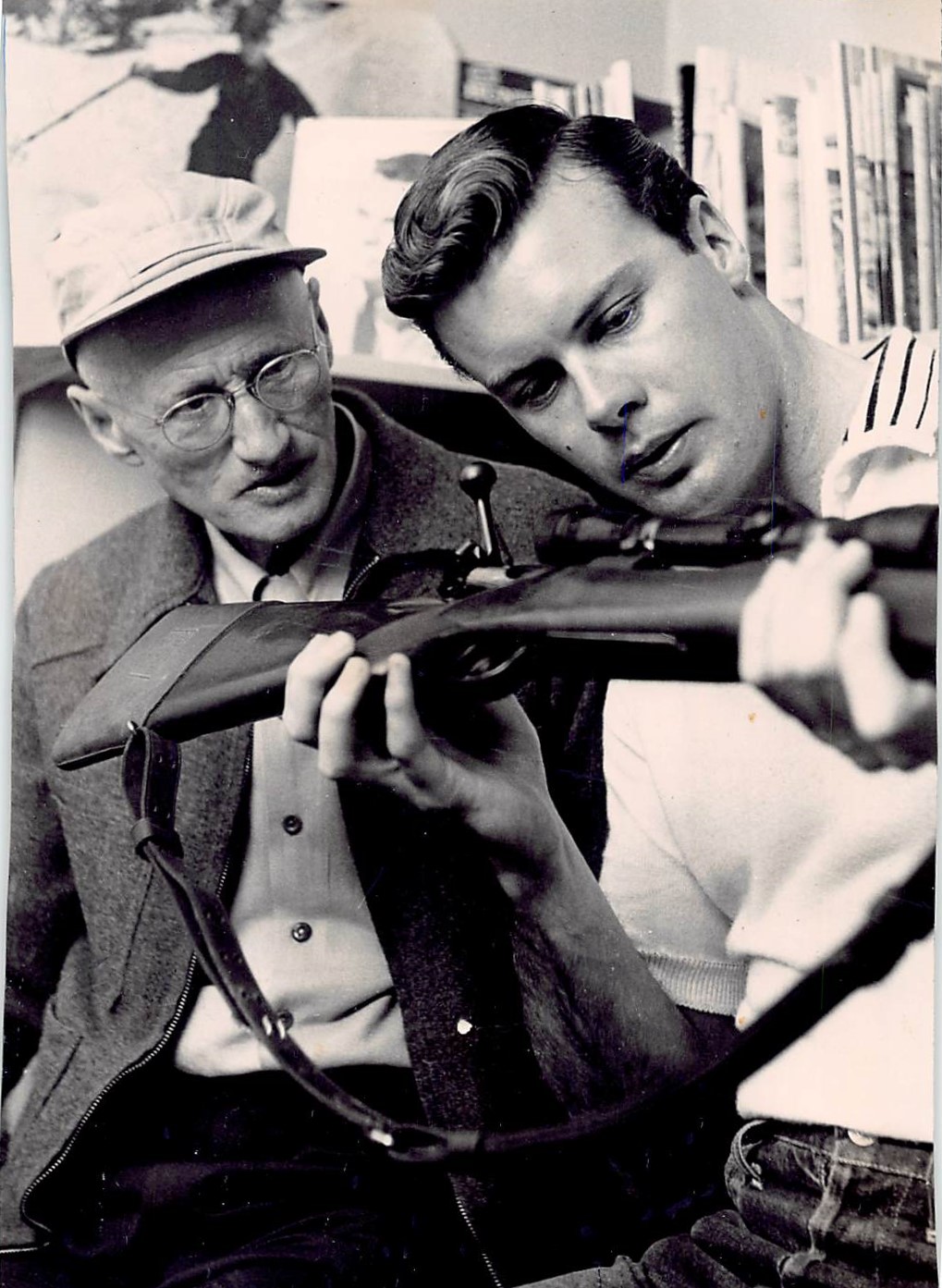
“Bob never shot a bird or shotgun in his life.
“Didn’t go horseback riding — not that he could not do it — it wasn’t something that he did.”
Source: Betty and Bill Francis, interview, Aug. 1992
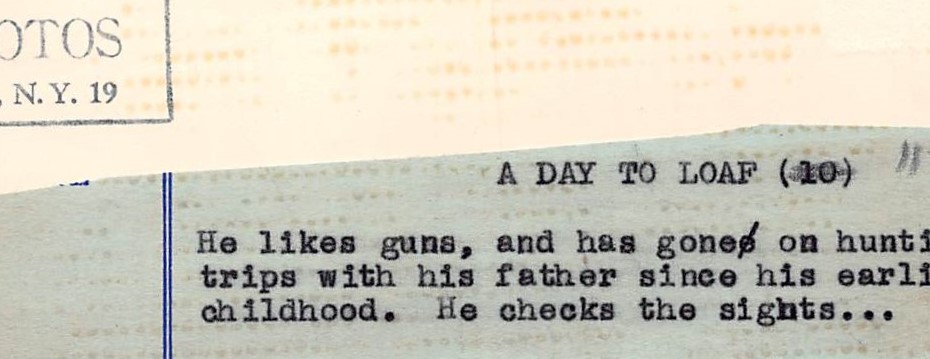
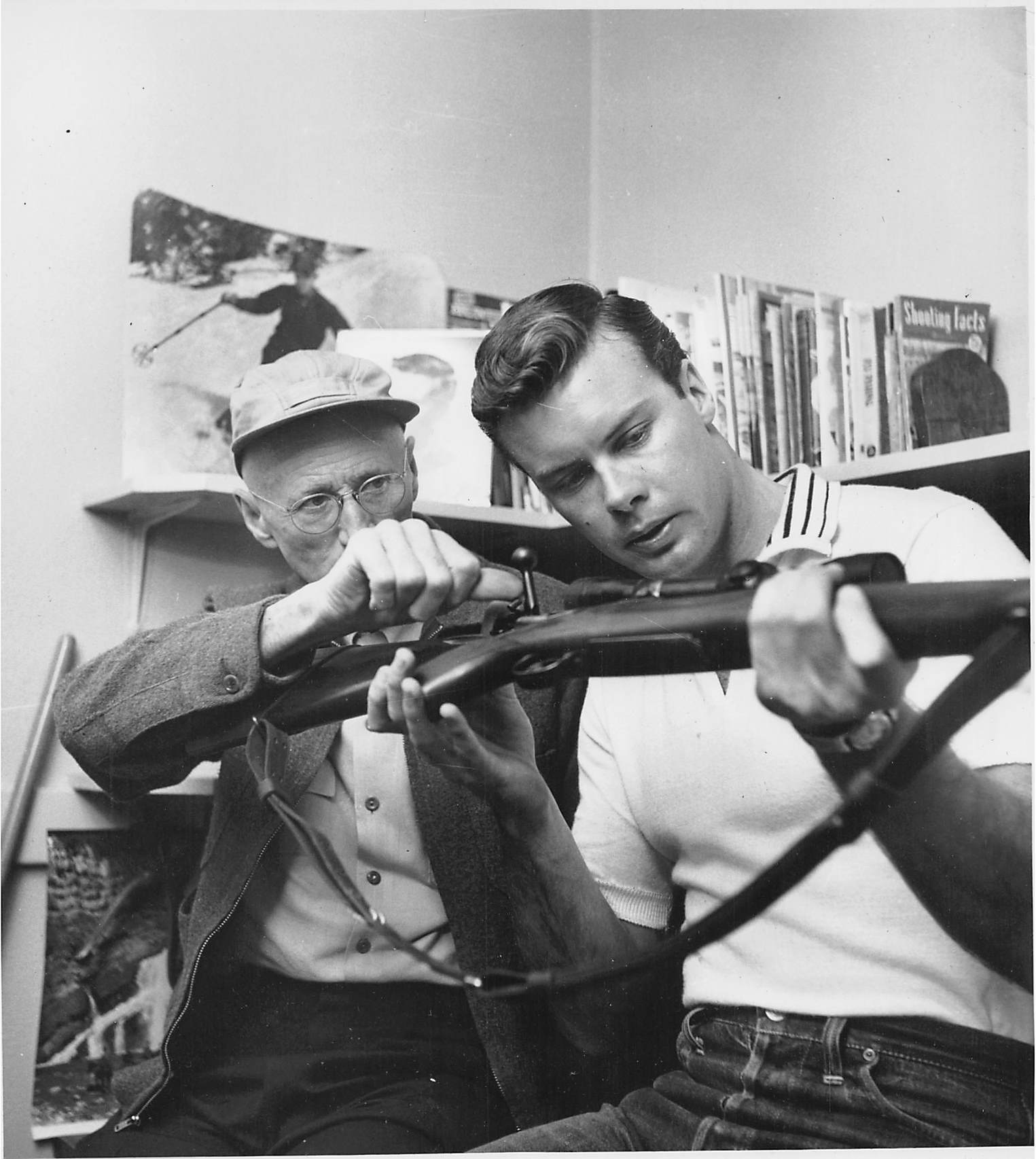
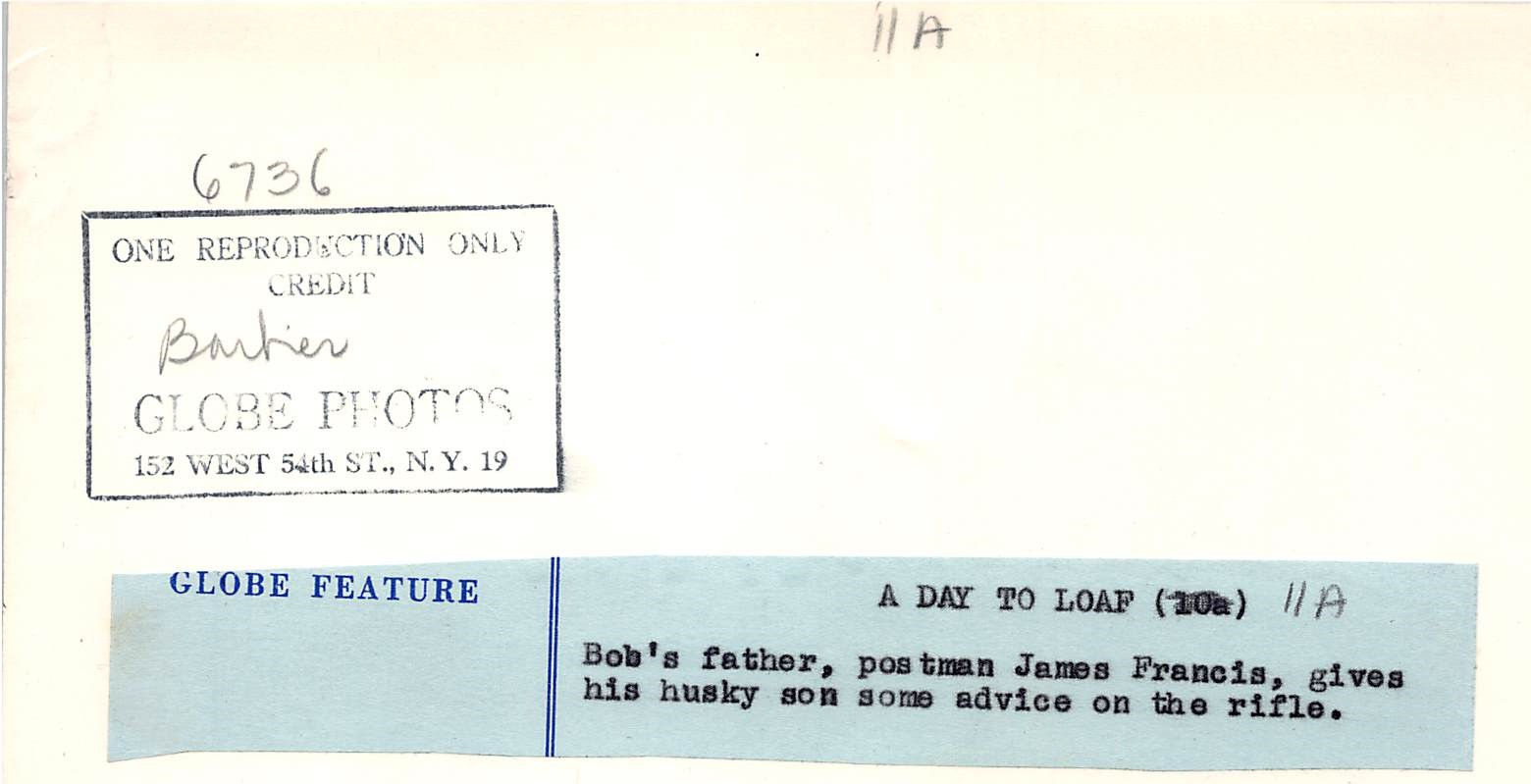
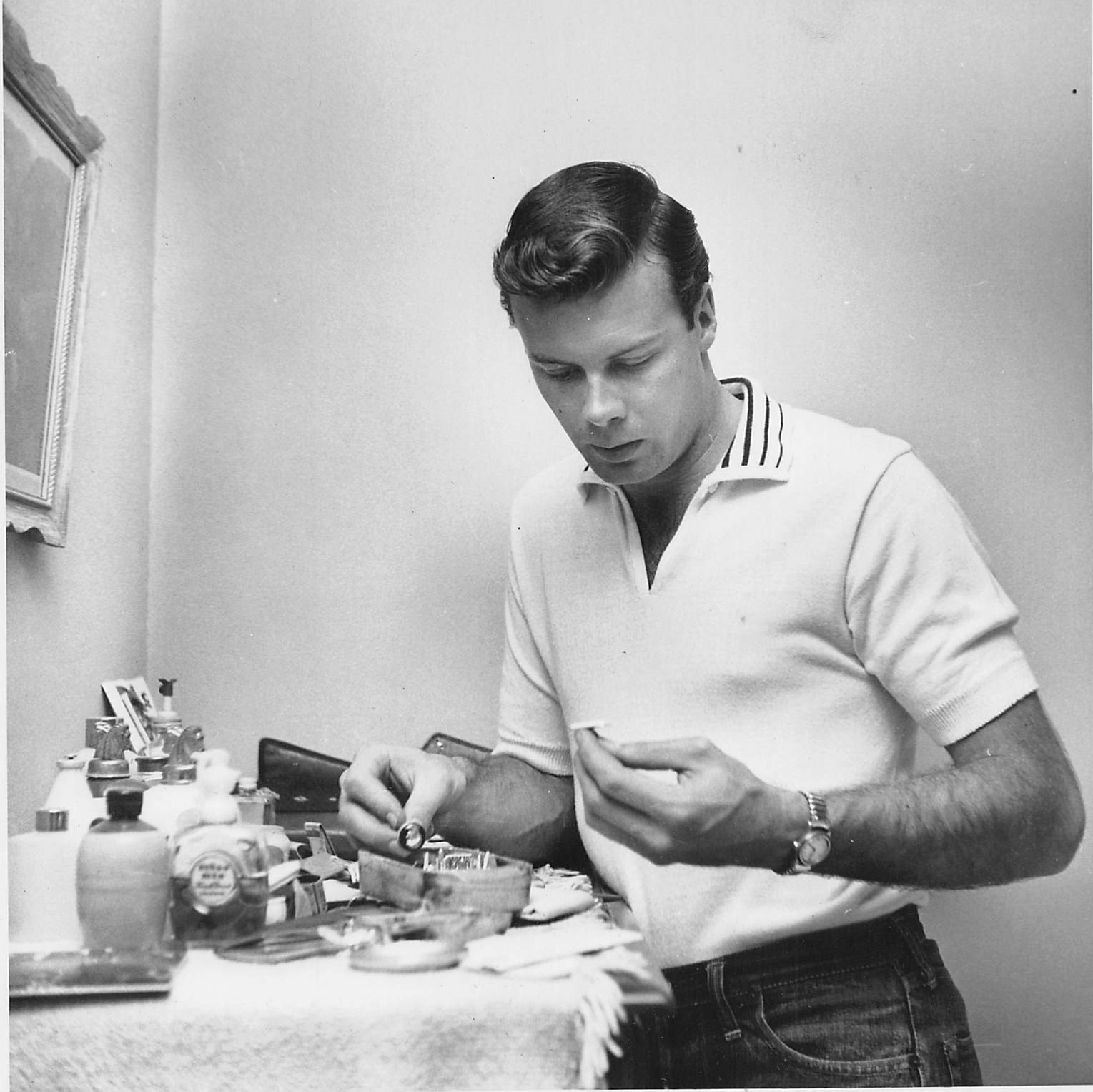
Dot Ross (see Part One of The Hollywood Star and Studio Systems) gave Bob a pair of cuff links when he completed The Caine Mutiny. Each had two small balls to remind him of the stress-relieving steel balls Humphrey Bogart used in Caine, according to Dot’s sister, Barbara Watson. She also shared that Dot was Bob’s date when he went to dinner at the home of Linda Christian and Tyrone Power (when they were still married) after the filming of The Long Gray Line.
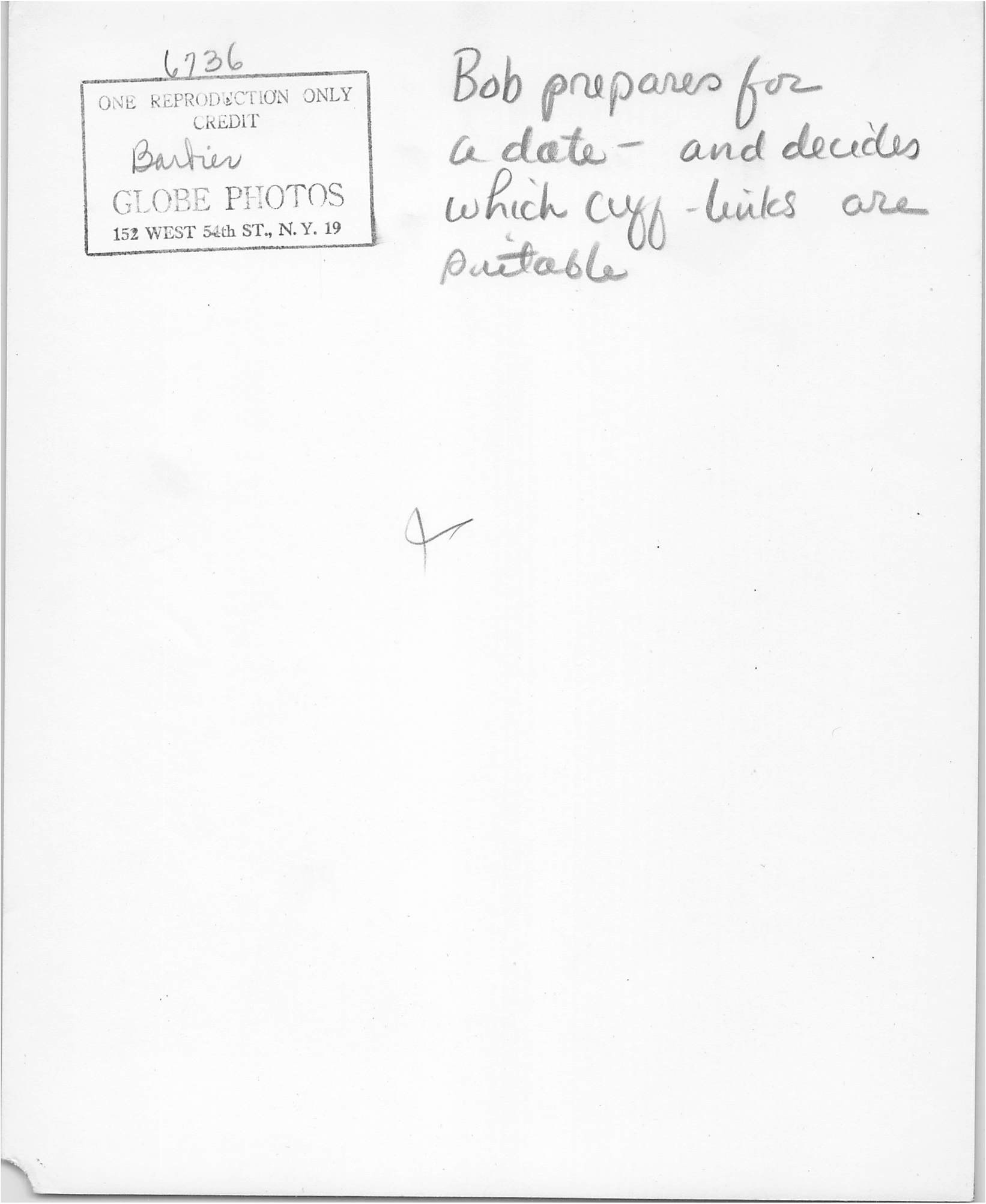
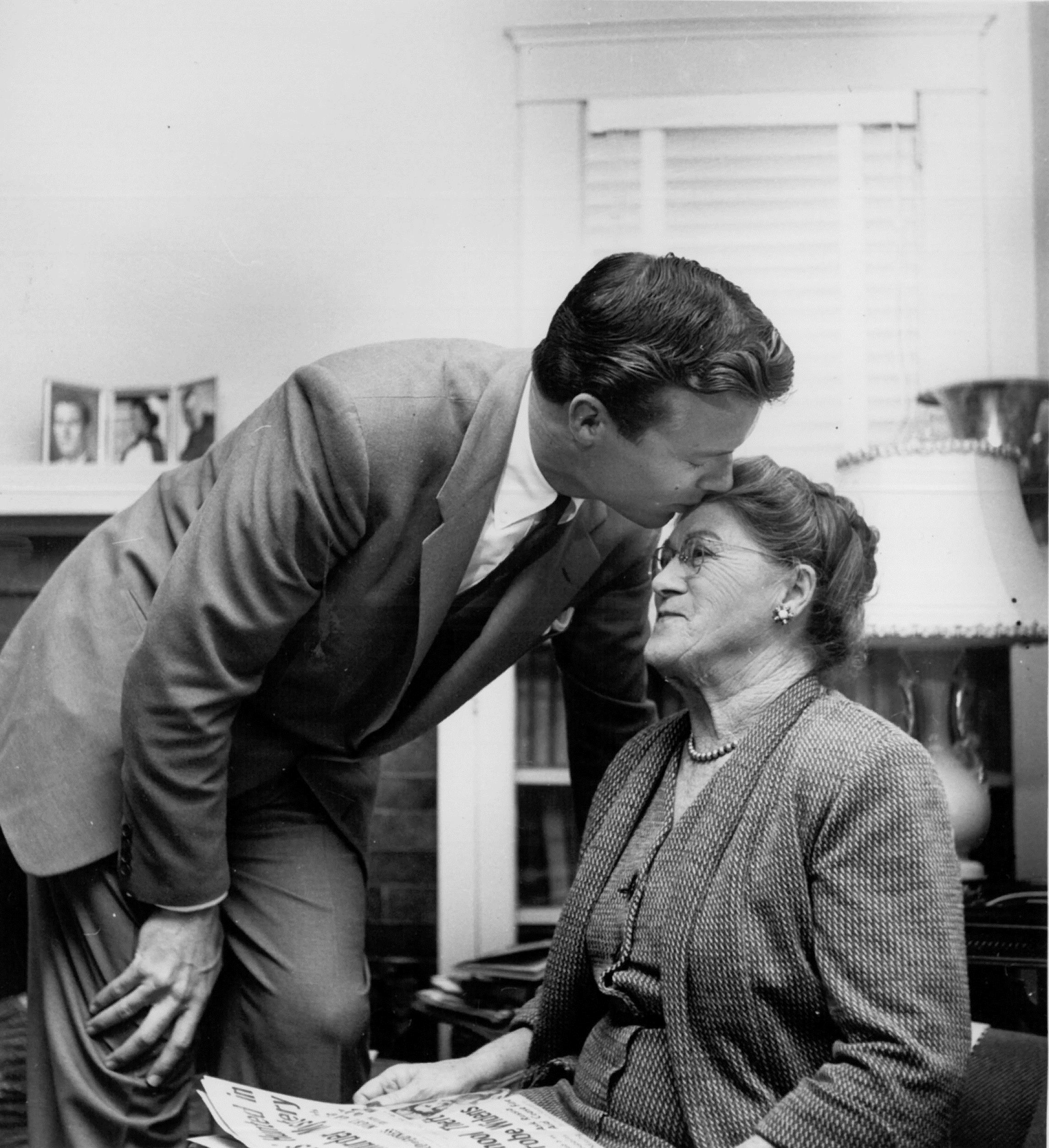

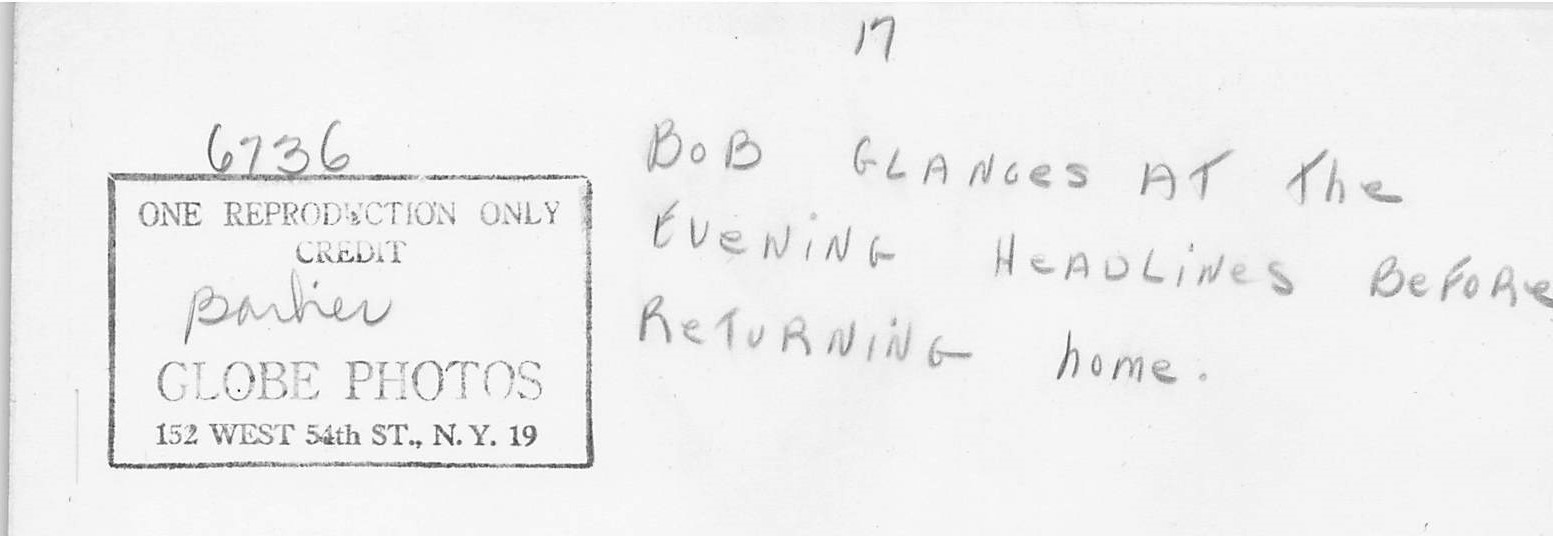
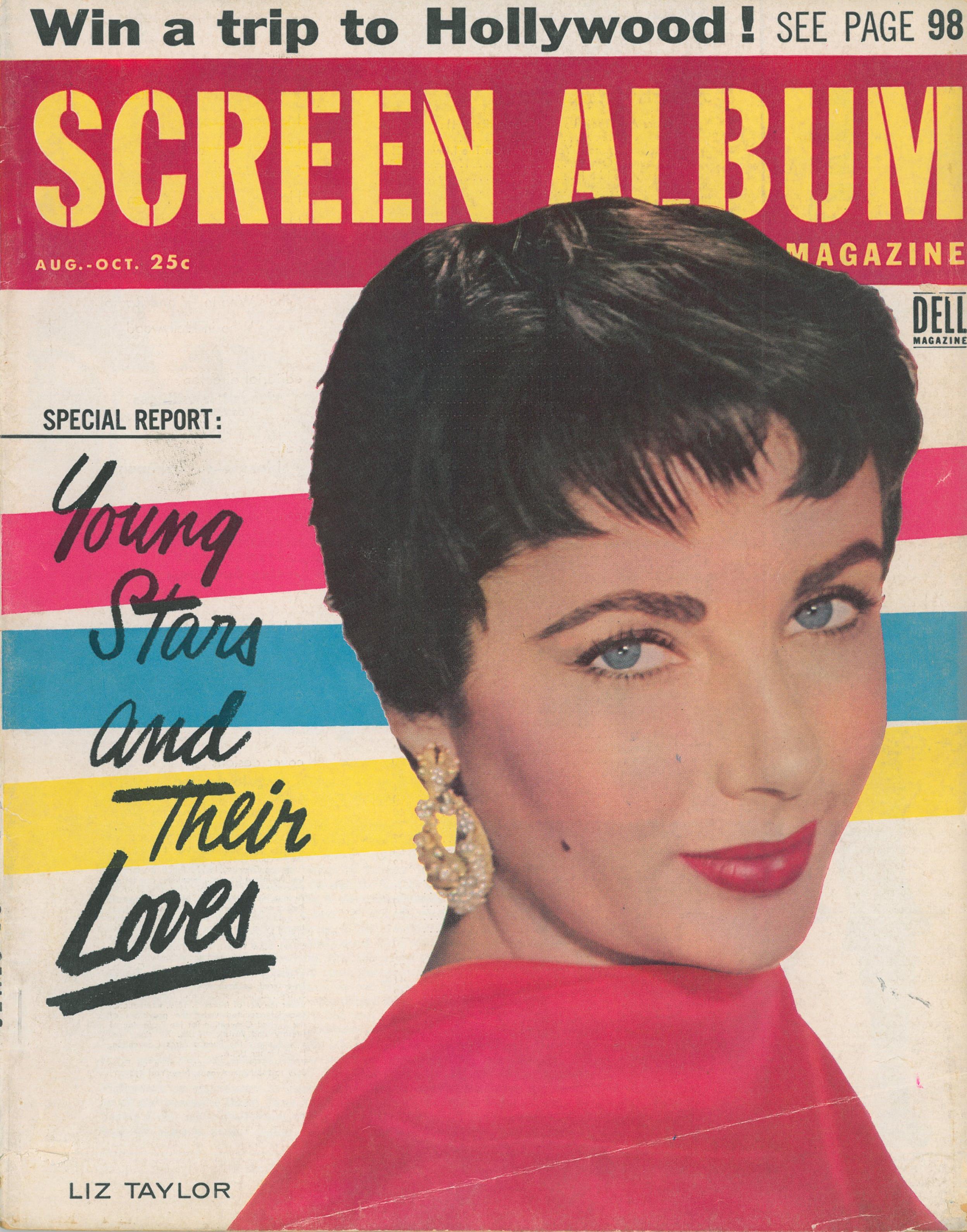
Screen Album, Aug.-Oct. 1955 on newsstands July. All photos by Don Ornitz/Globe Photos, New York. Most taken Winter/Spring 1955.
Some of the text for this story appeared in a slightly different form in “Too Little Time,” Modern Screen, April 1955.
Bob did not tour after competing each of his movies. He went from movie to movie between June 1953 and May 1954. THEN he began touring for The Caine Mutiny, Summer/Fall 1954, then for They Rode West, Fall 1954. Evidently he did not tour for The Bamboo Prison, but its release coincided with the first promotional work for The Long Gray Line, Winter/Spring 1955.
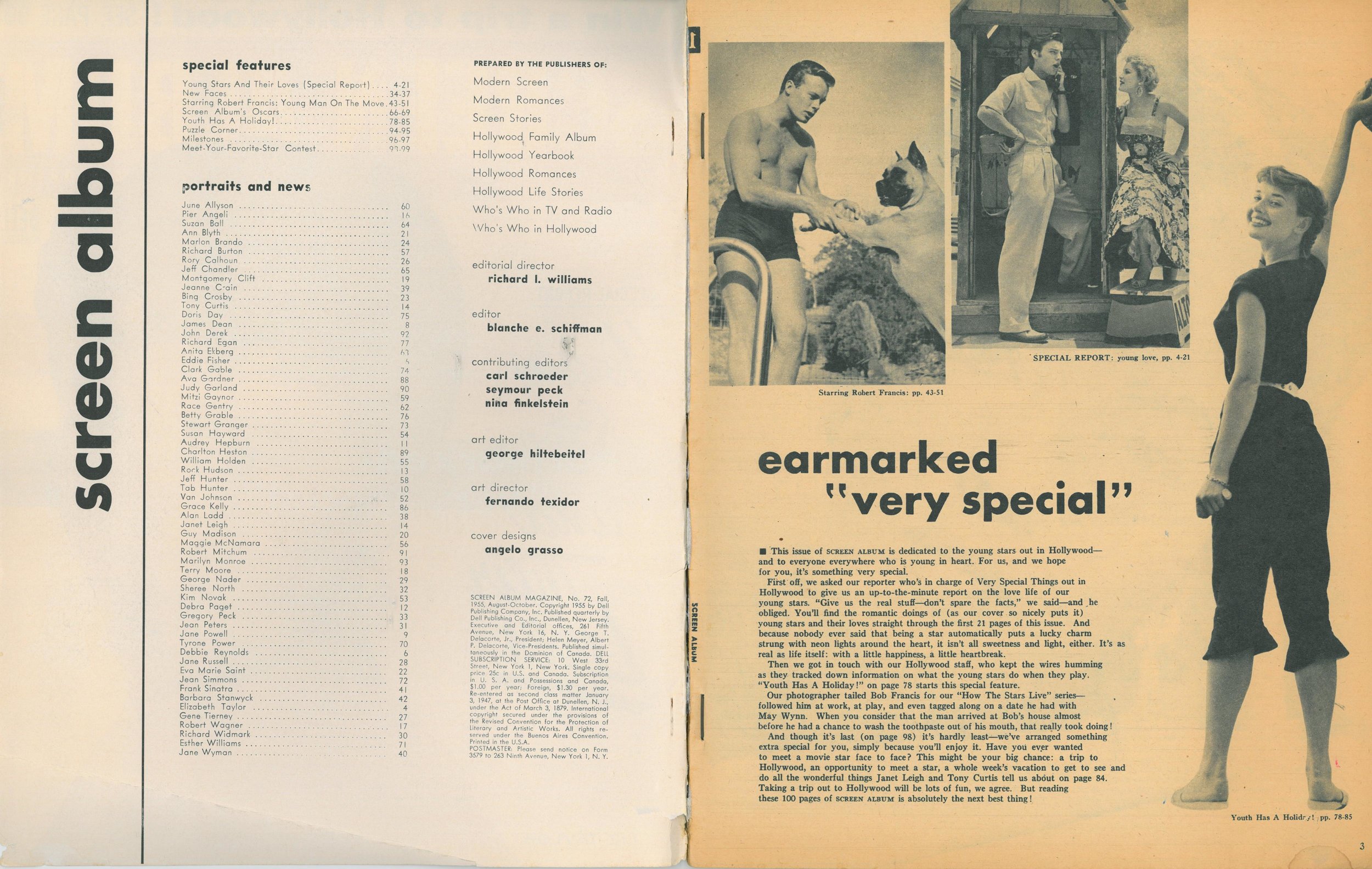
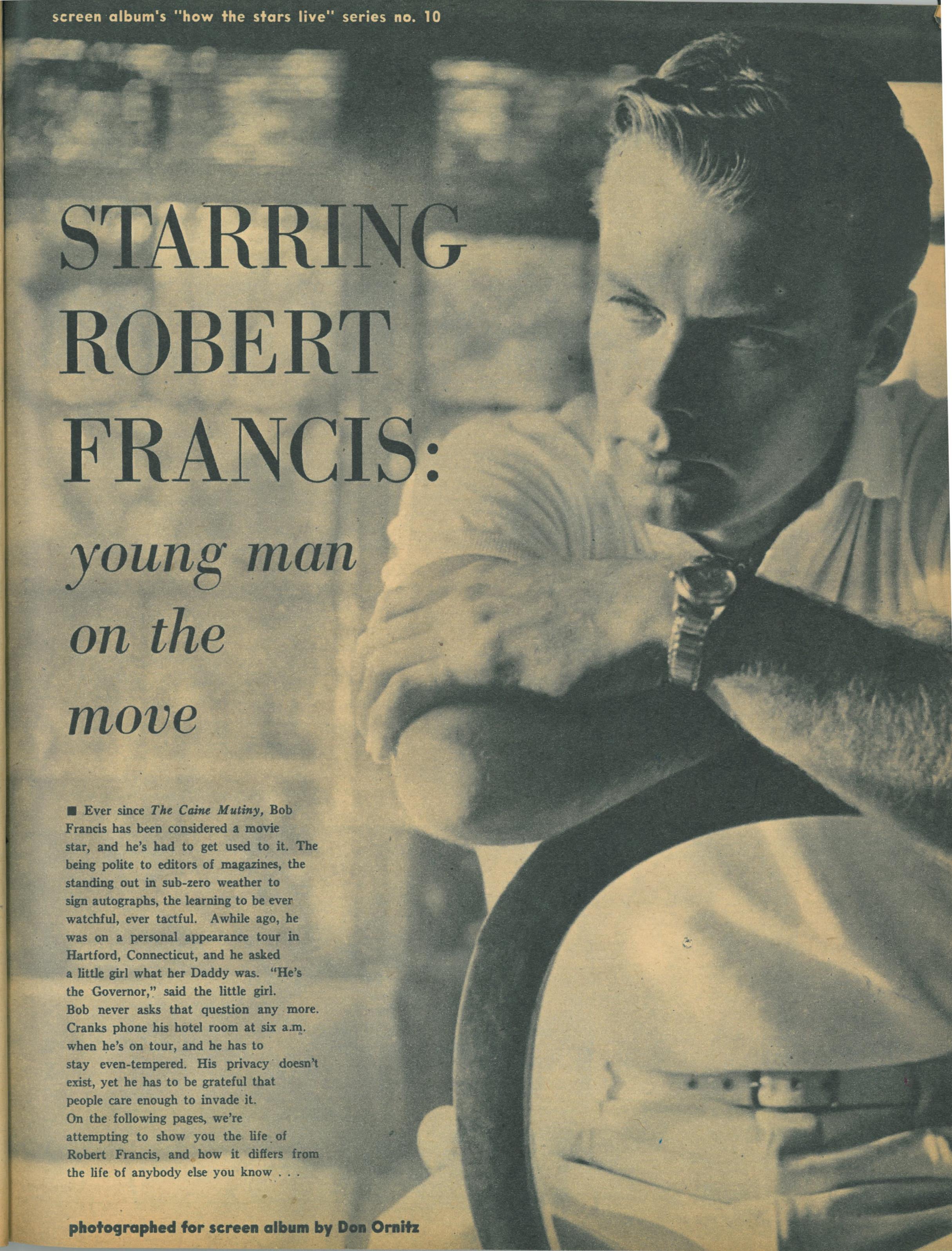
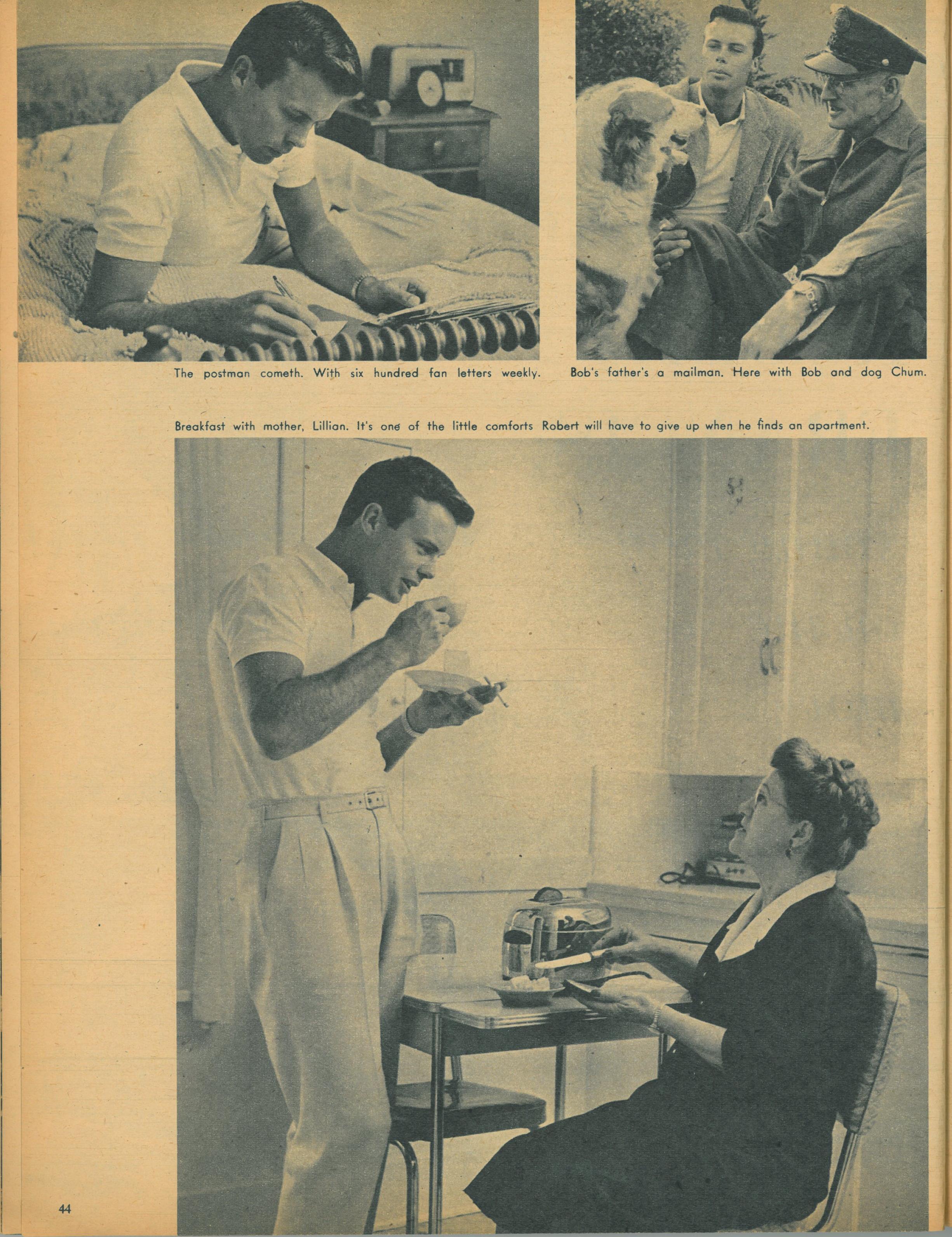
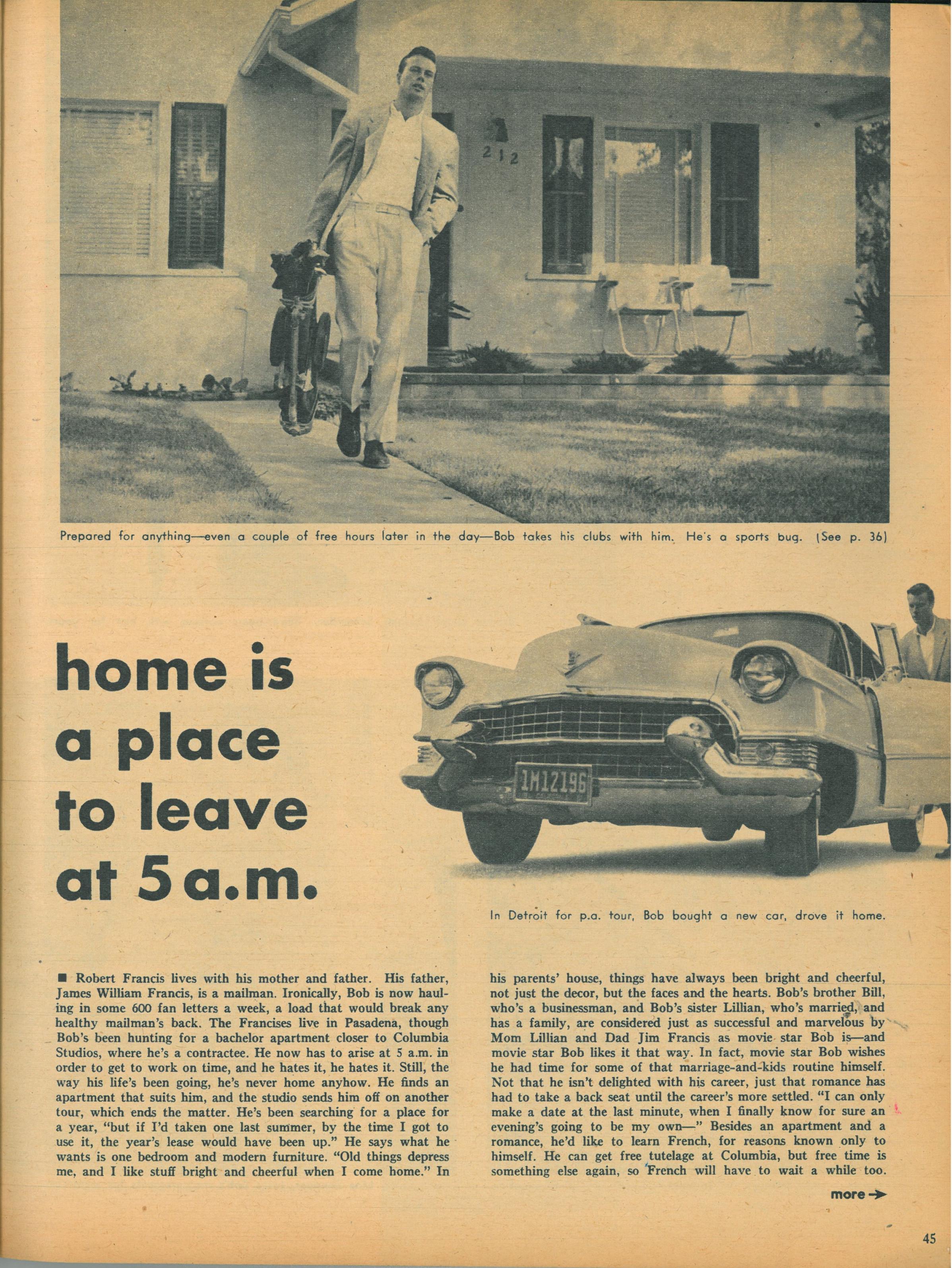
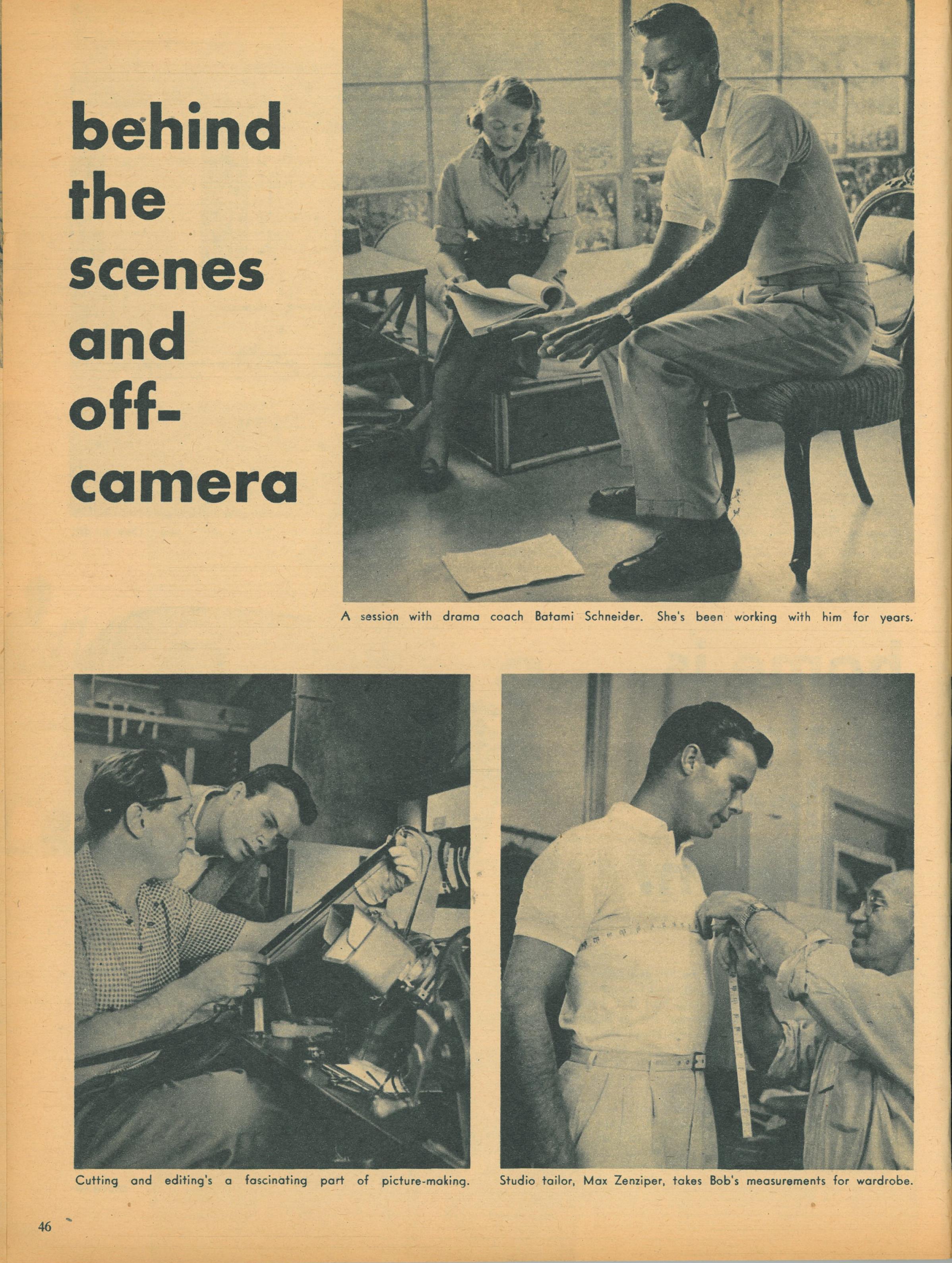
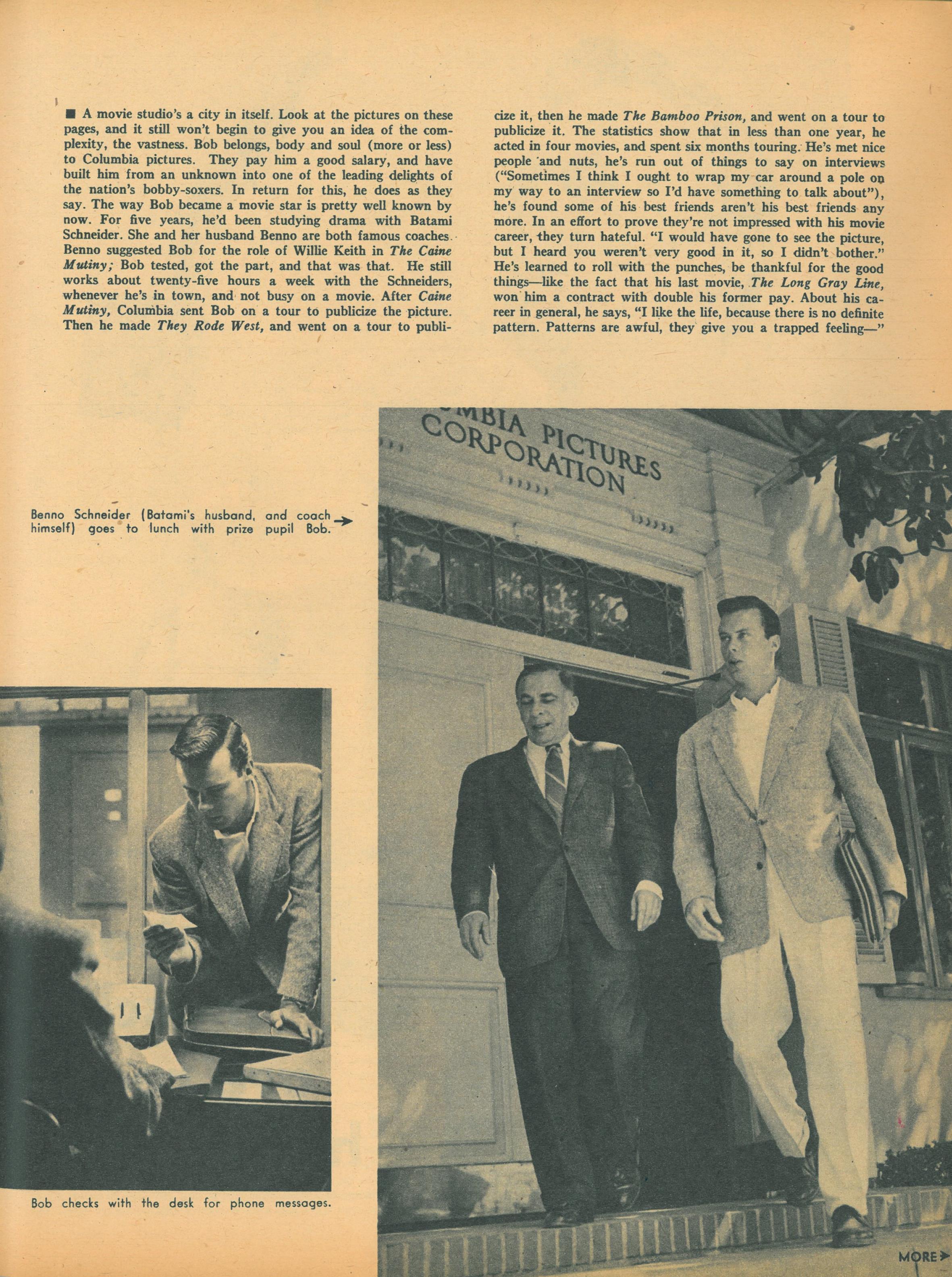
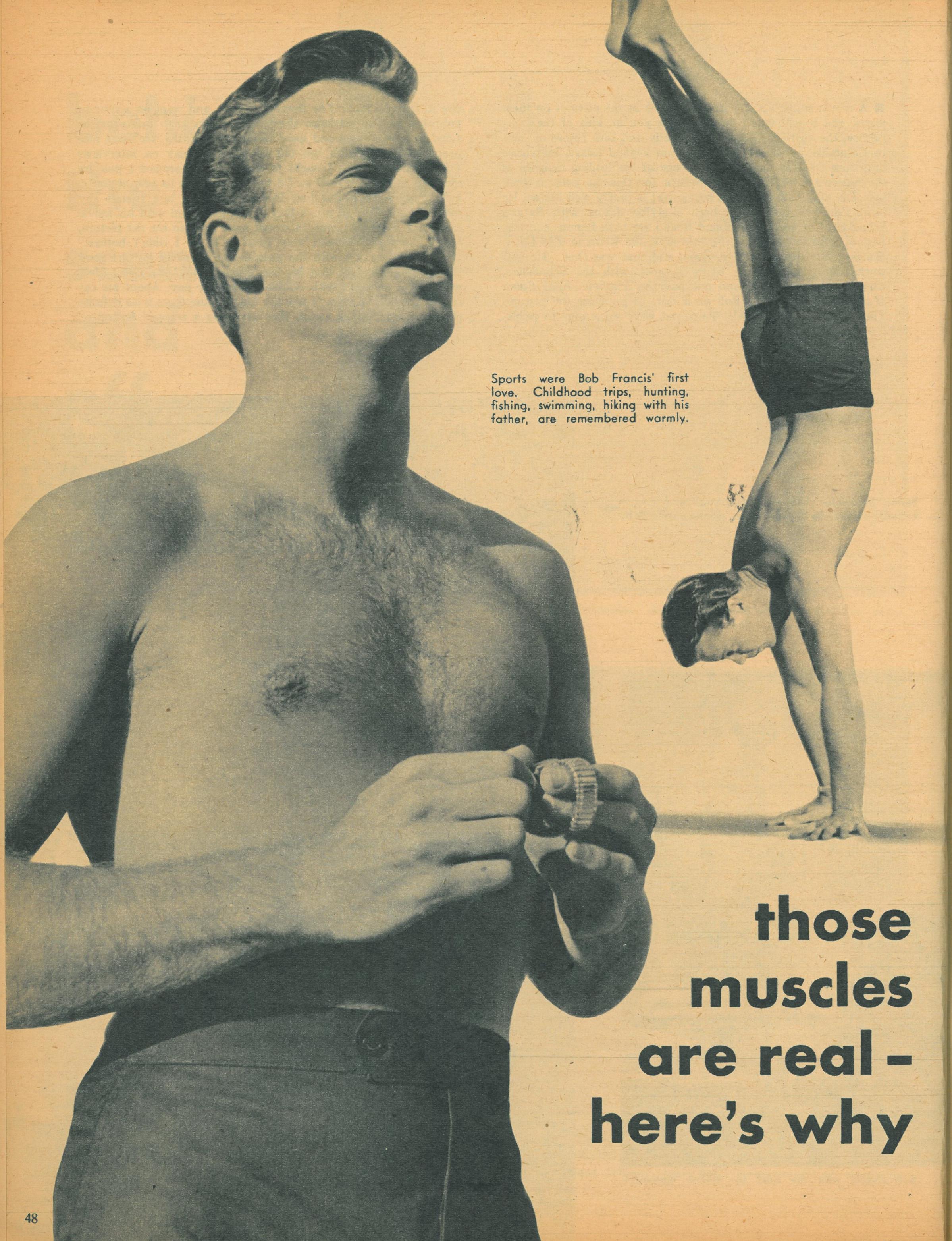
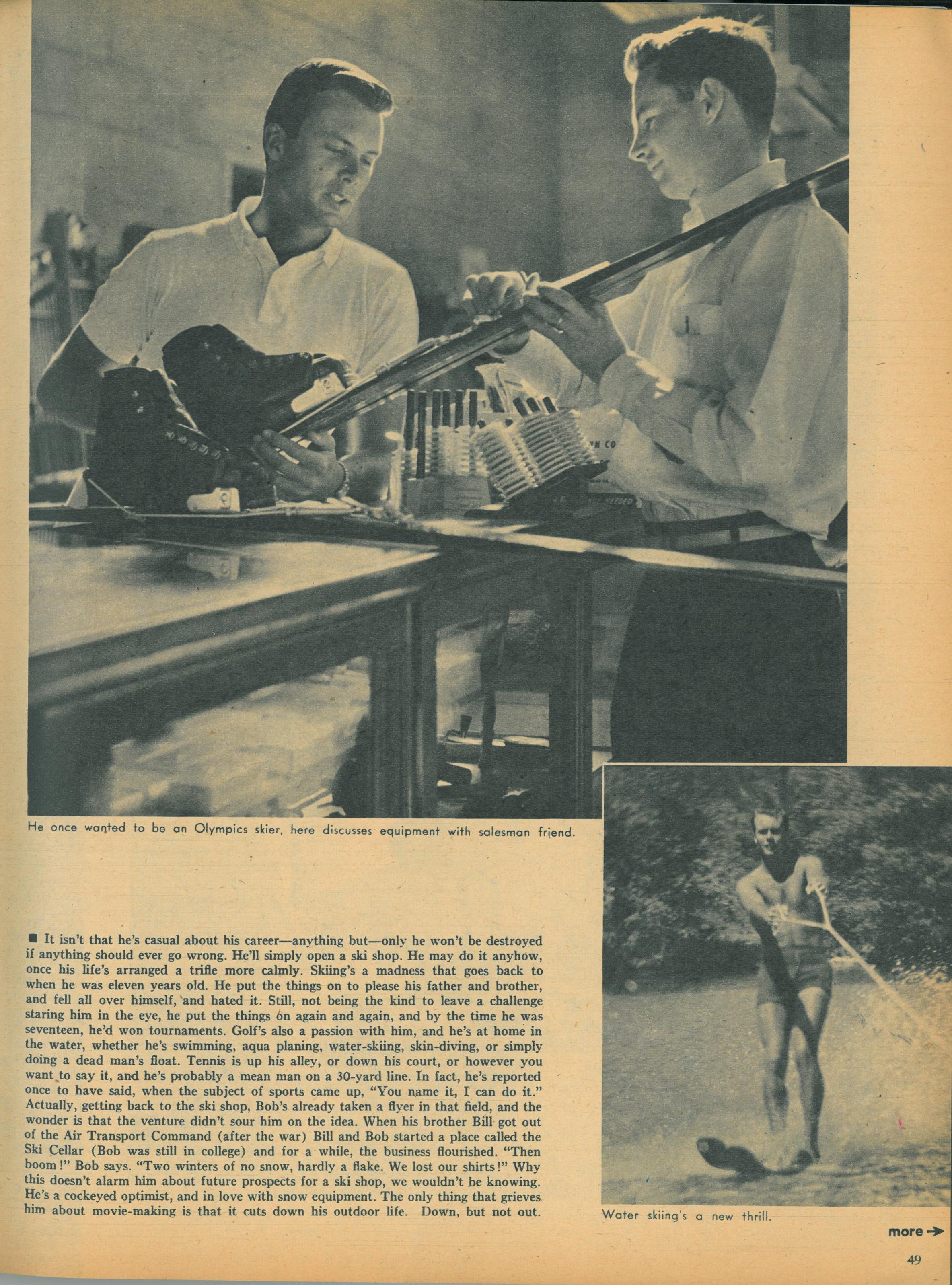
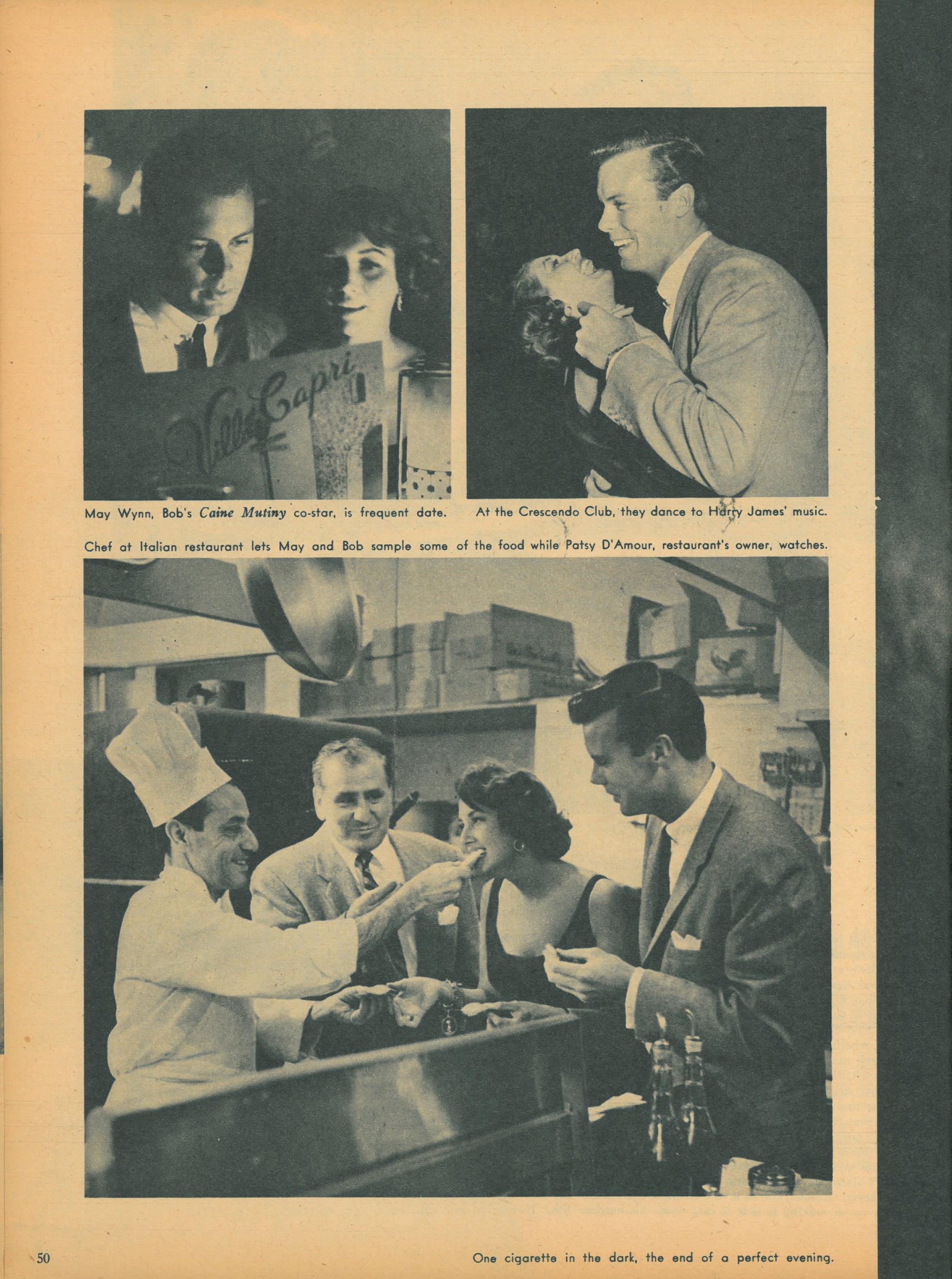
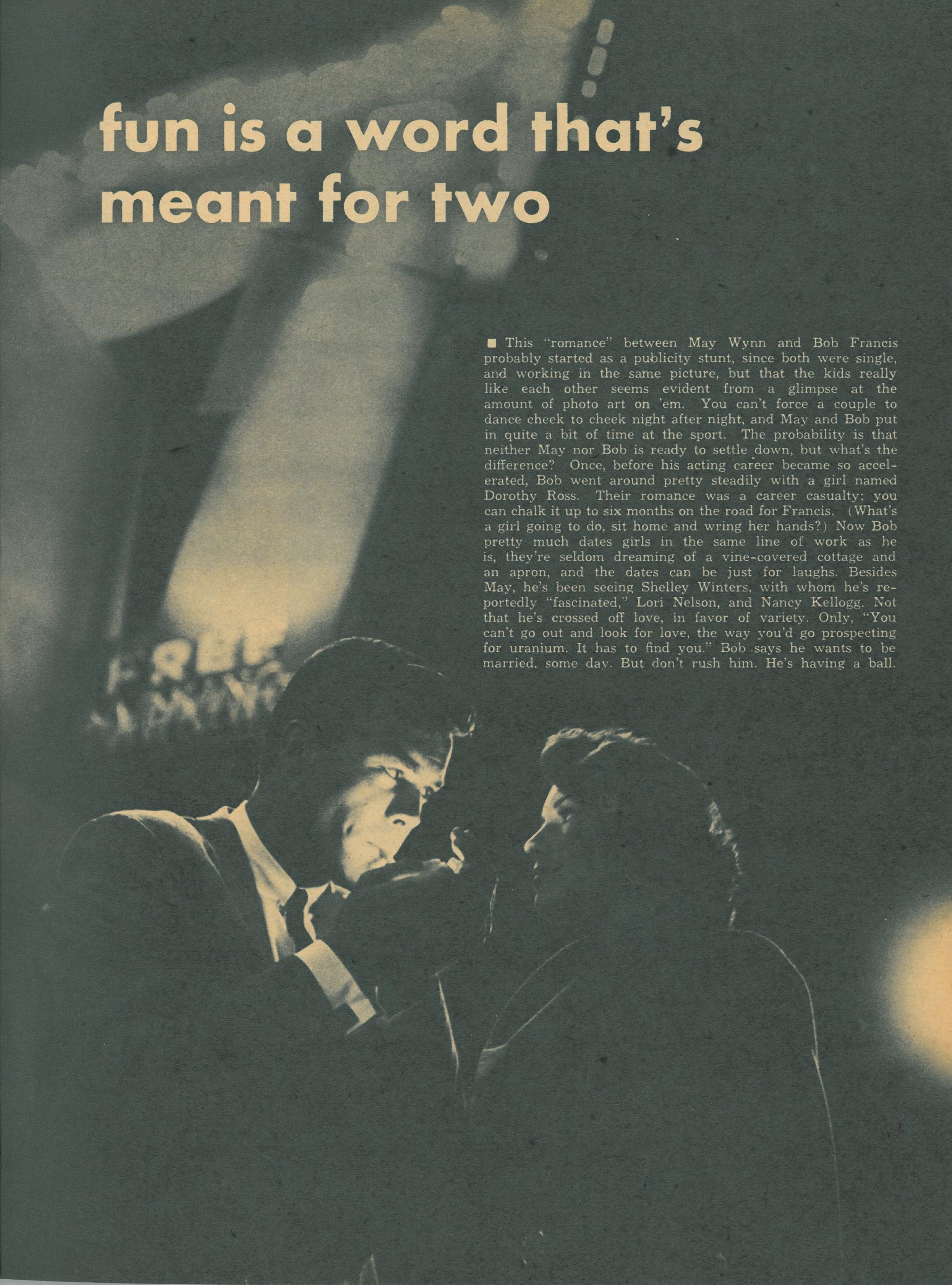
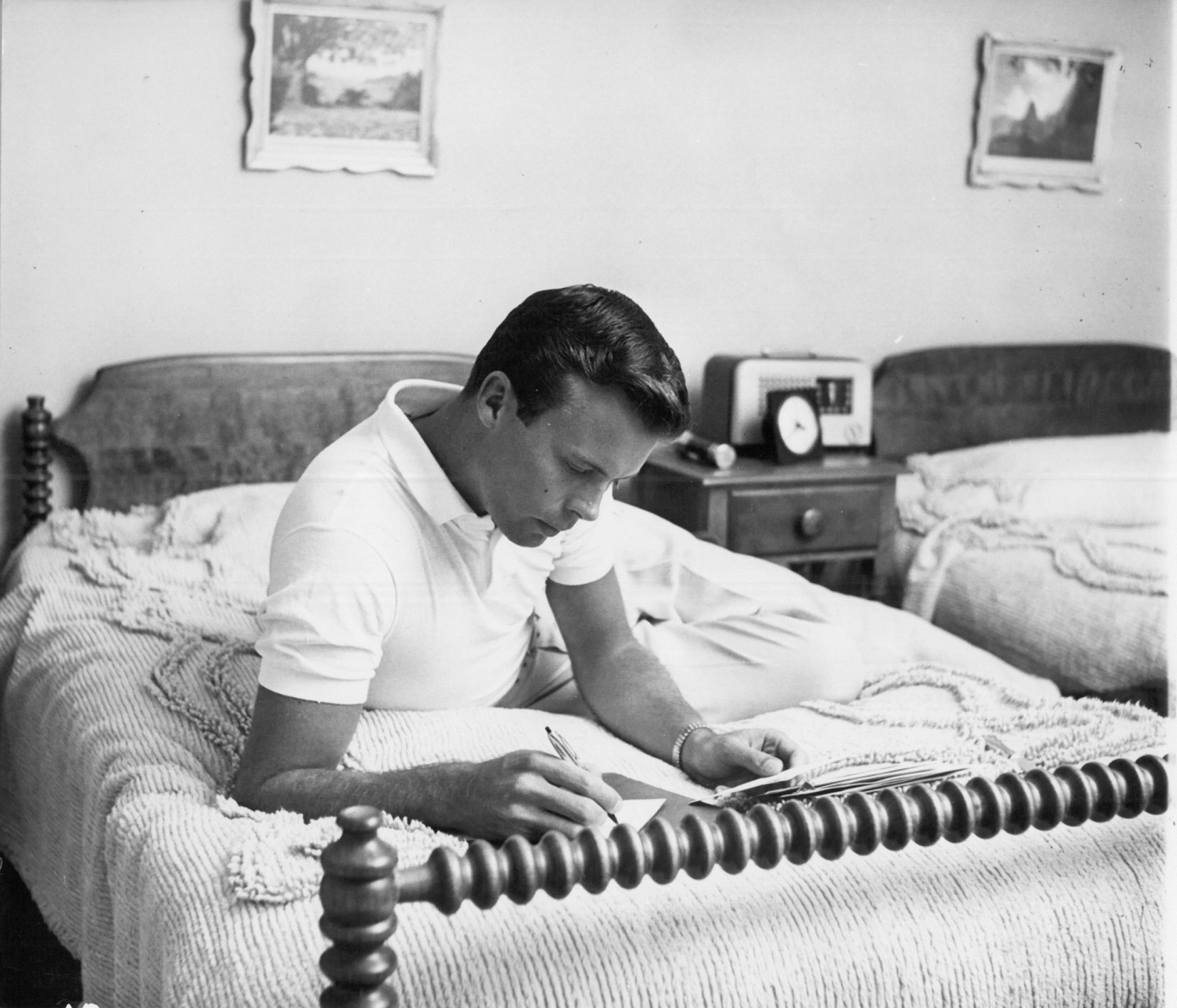
Photo by Don Ornitz, Globe Photos, New York City. Location: Bob’s bedroom at 212 S. Grand Oaks Ave.
These maple twin beds eventually ended up in the home of Lillian’s son, Larry, and used by his sons.
Source: Lillian Francis Robins, interview, May 11, 1991.

Photo by Don Ornitz, Globe Photos, New York City.
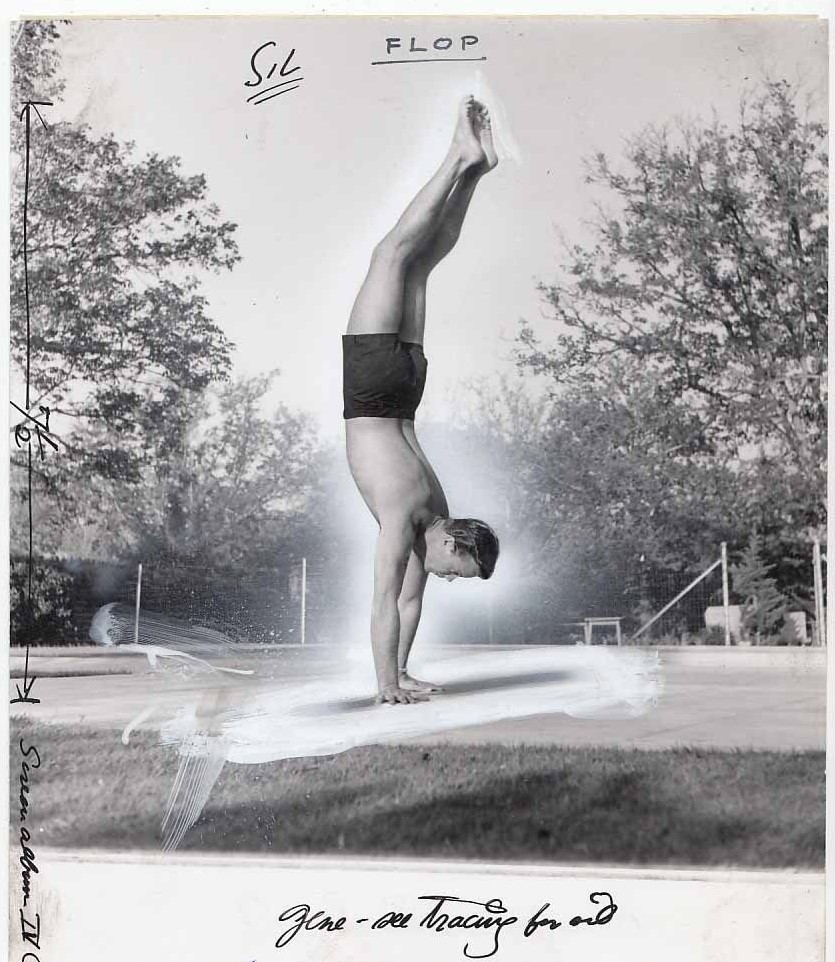
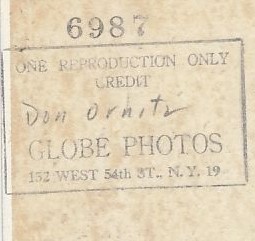
“Hollywood Party Line,” Photoplay, Aug. 1955
Ice Capades performance, Los Angeles, Spring 1955. “Lori Nelson in a blue Chinese evening gown was with Bob Francis….”
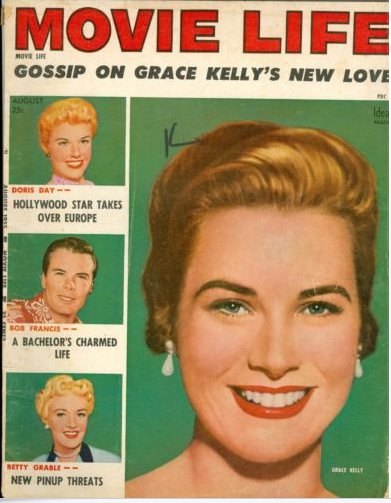
Movie Life, Aug. 1955 on newsstands in early July. Bob’s story is promoted on cover, a sign that publishers felt his name and image could sell copies of the magazine. Story unavailable.

Movie Album, Fall 1955, probably on newsstands in early Aug. 1955, not long after Bob’s death. Photos: Spring 1955.
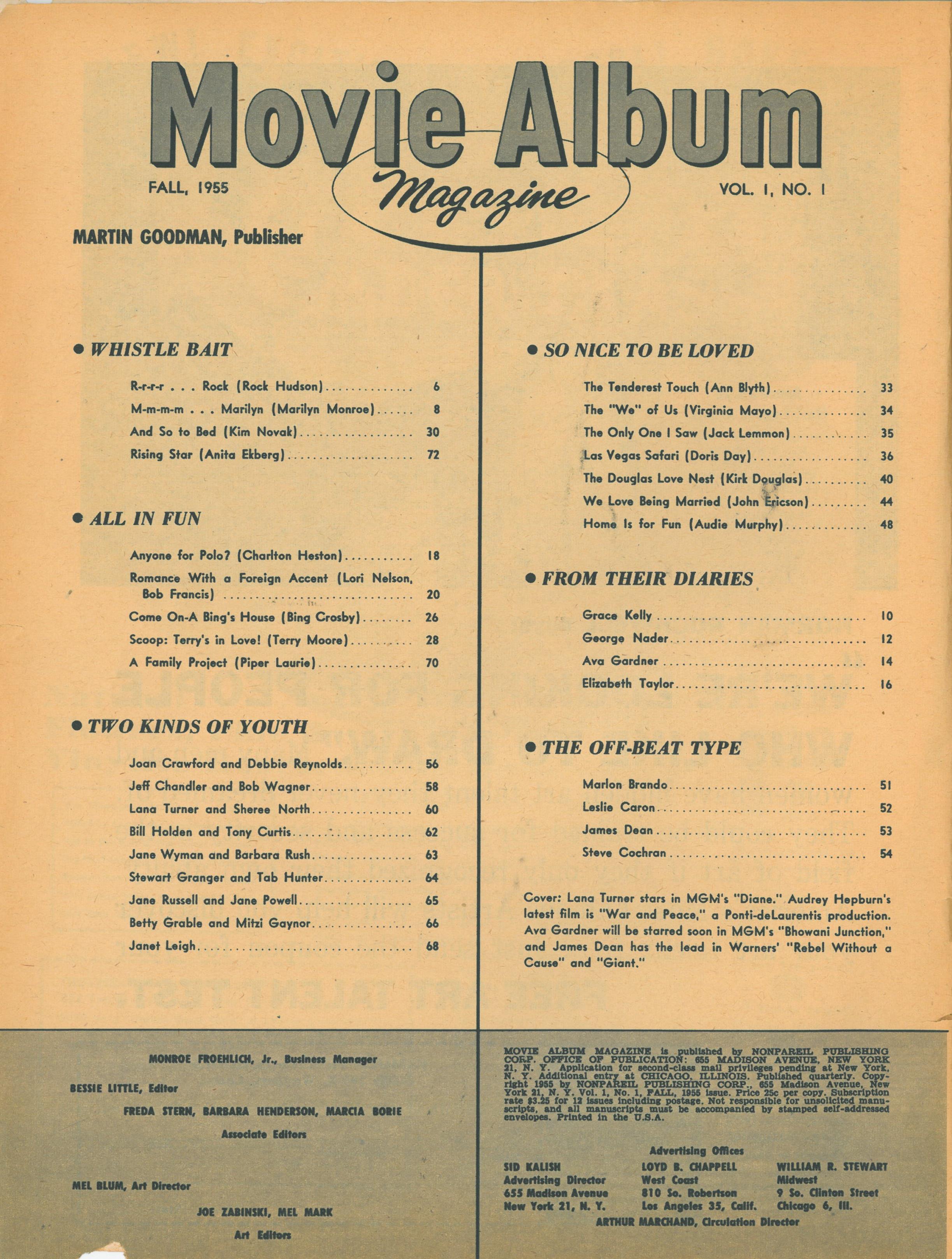
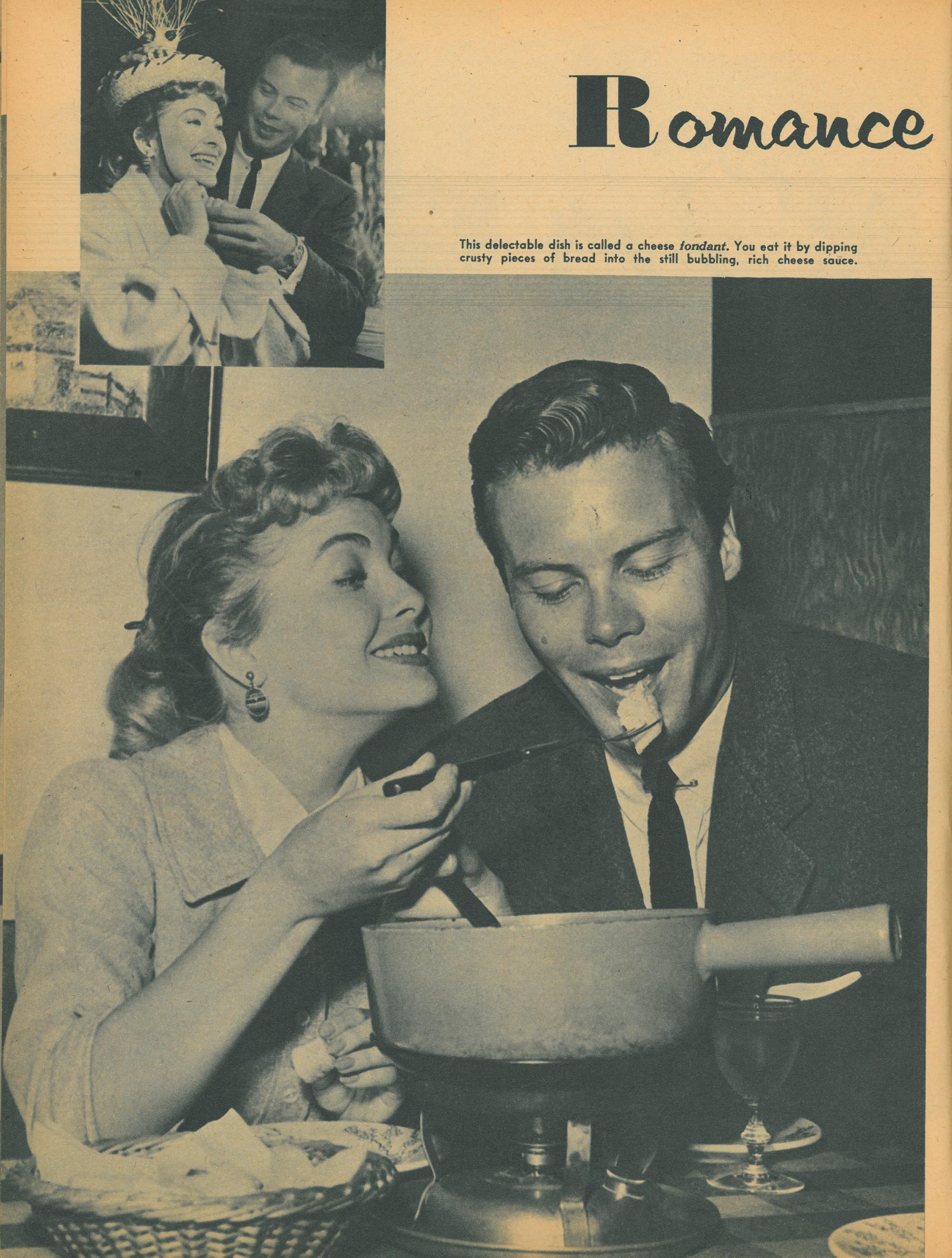
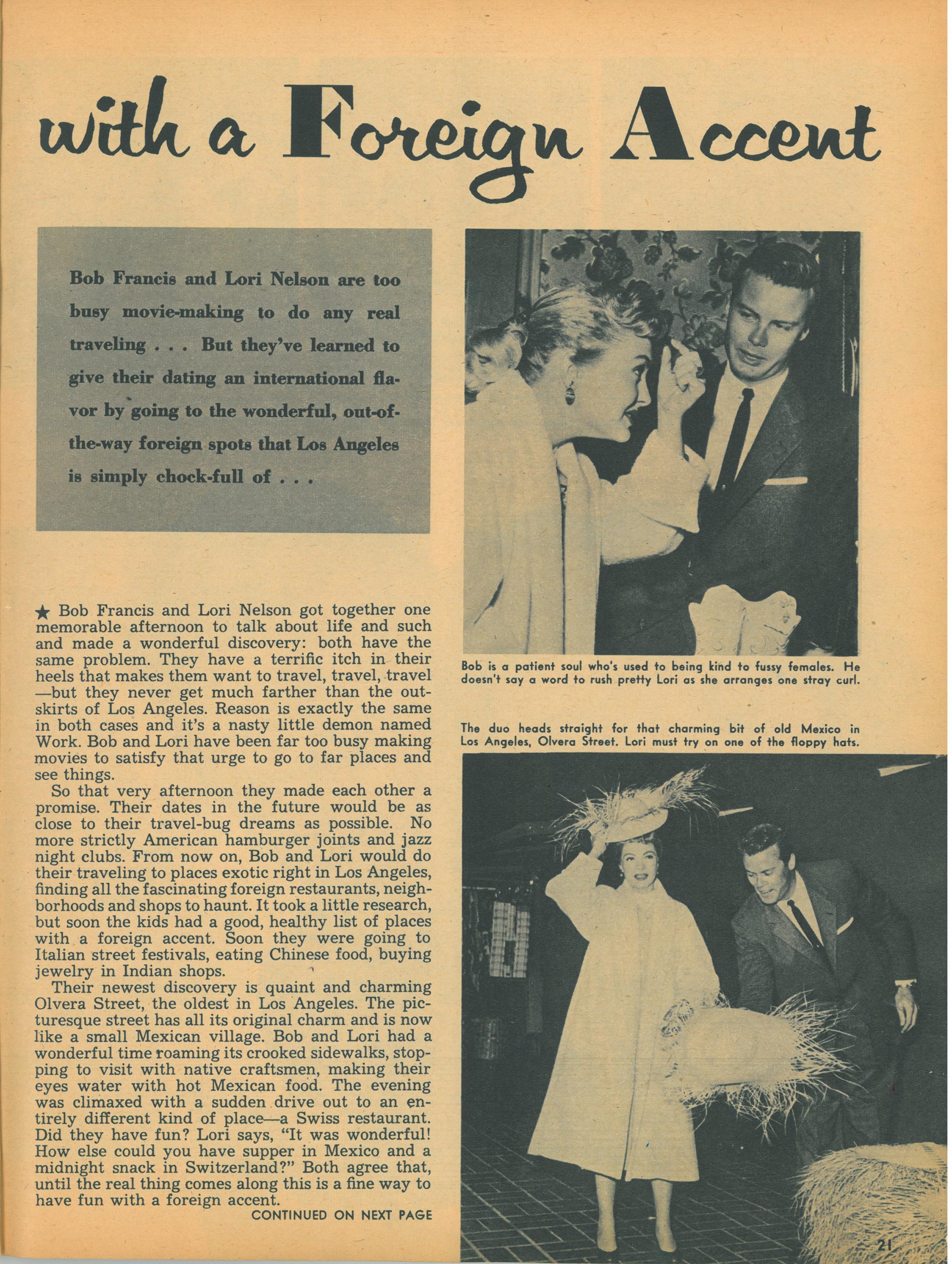
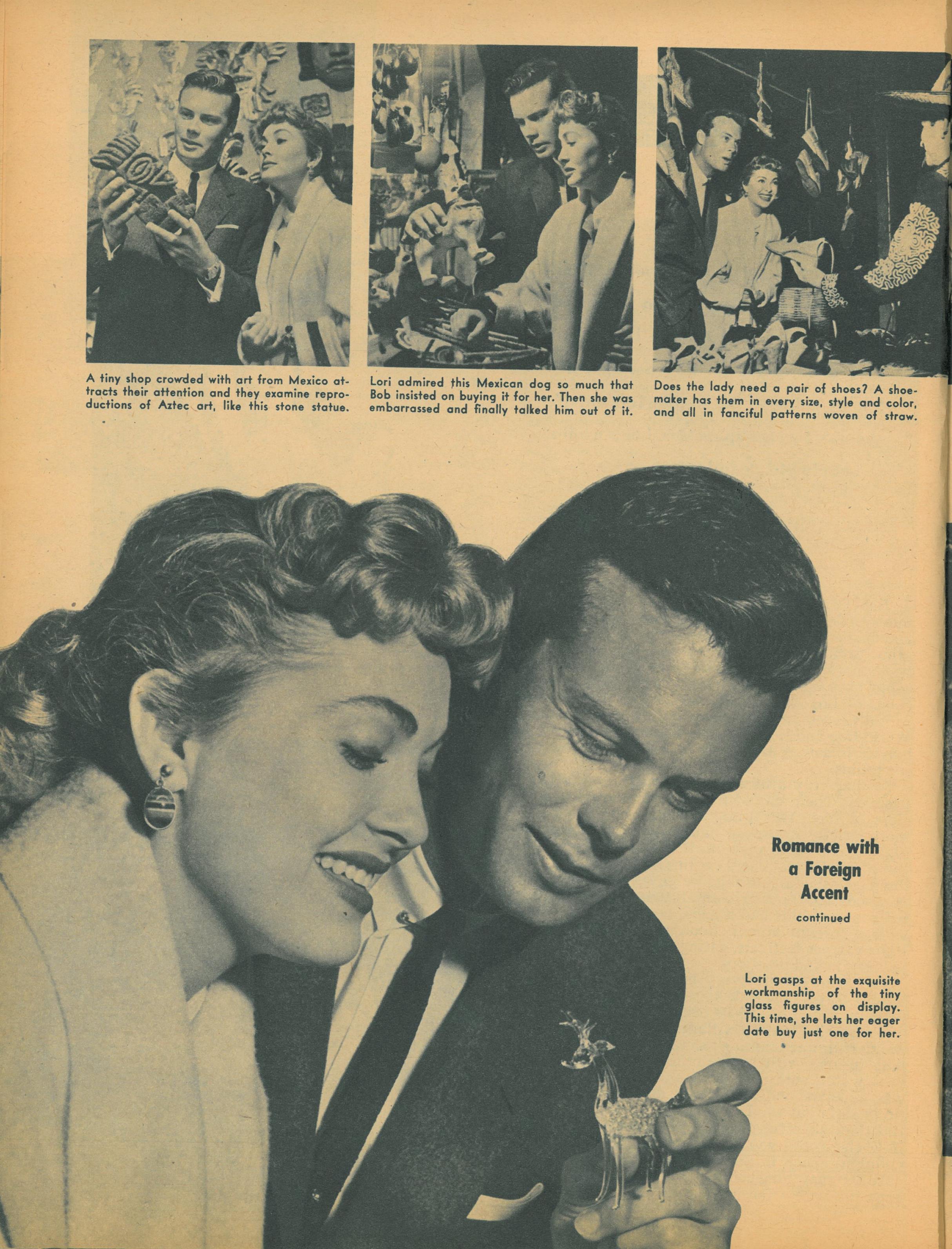
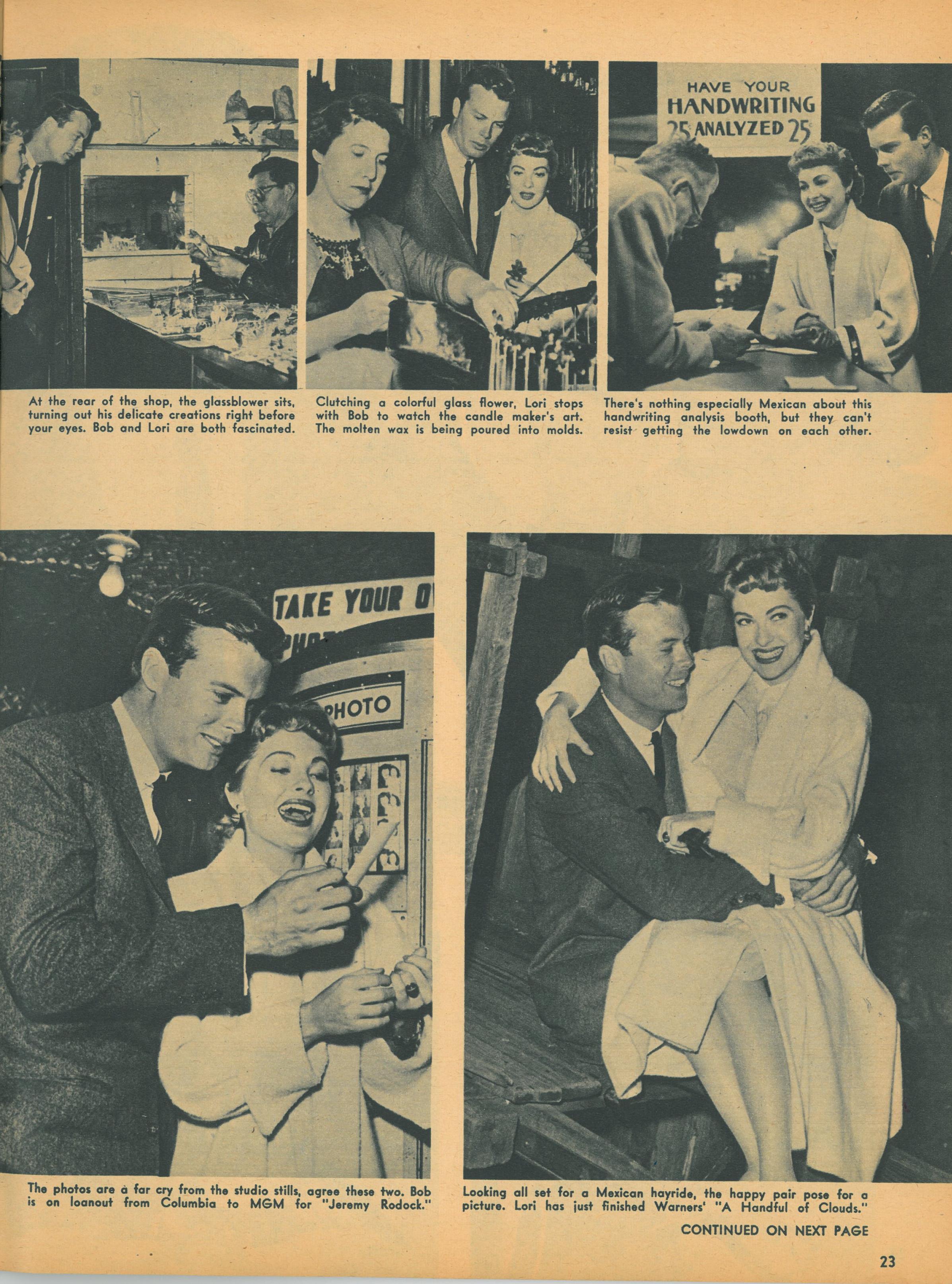
Spring 1955. Not for “Romance with a Foreign Accent,” but perhaps for another photo story. Lori Nelson was a contract player at Universal-International Studios in the 1950s. She appeared in a number of films and was a fan magazine favorite. See https.//en.wikipedia.org/wiki/Lori_Nelson
Bob was photographed dozens of times in the company of young contract actresses like Lori Nelson. Photo stories. Arranged dates. Candid photos at premieres and social events. According to his brother Bill, Bob also attracted the attention of an older actress, a major star in years past. He told Bill, “She was all over me like a circus tent.” The lady in question was known for her interest in handsome younger men; Robert Wagner recounts his own encounter with her in Pieces of My Heart.
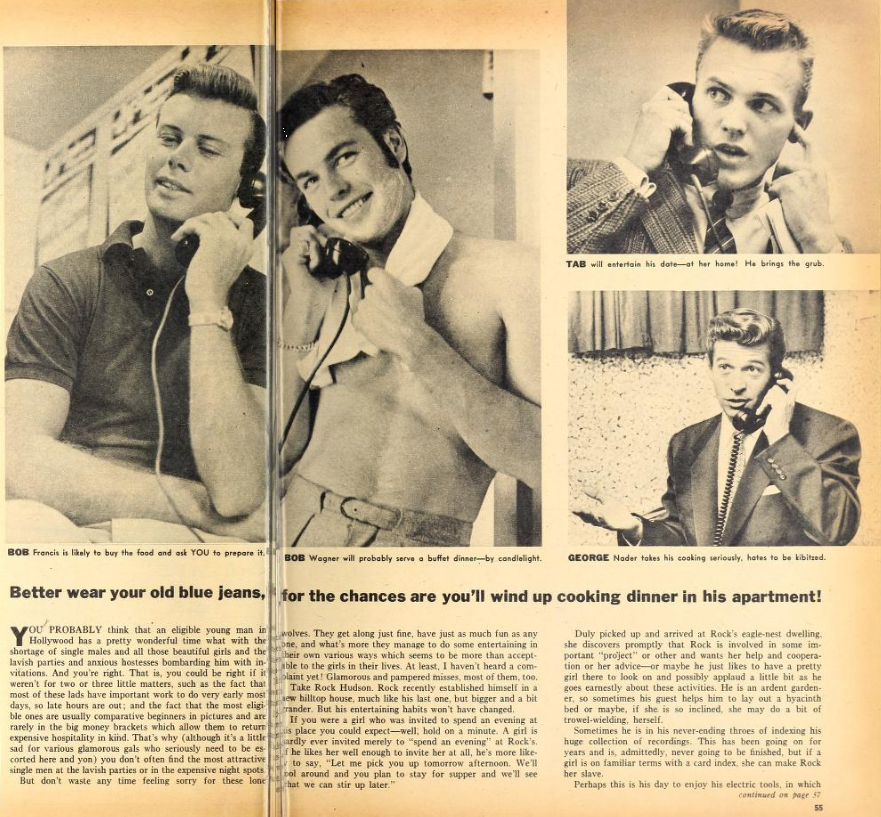
Screenland, Aug. 1955, on newsstands in early July 1955. Photo taken late 1954/early 1955.
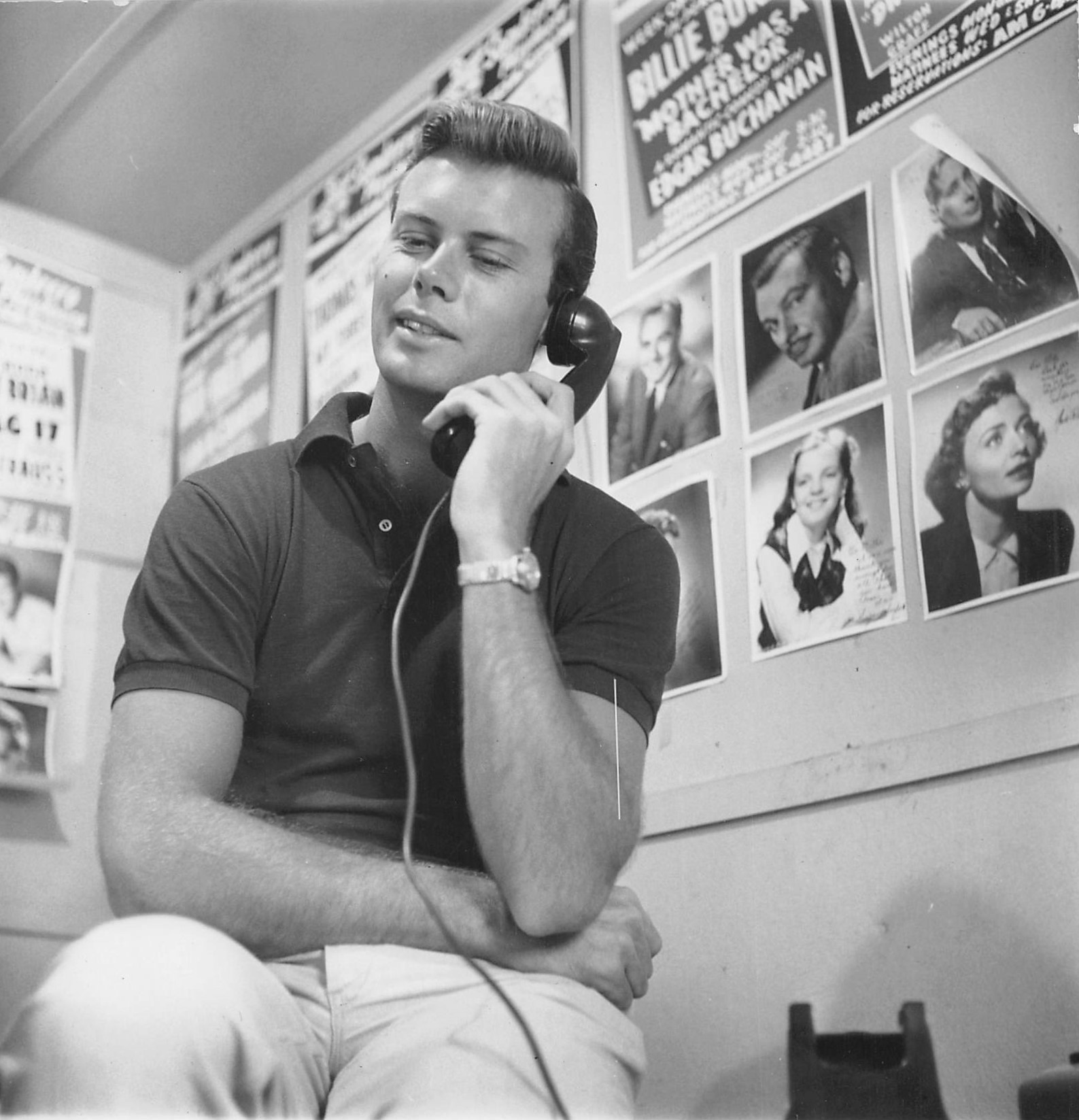
“He could pick up a phone and talk into it like someone was on the other end. Then, he’s say, ‘It was good talking to you,’ and hang up.”
Source: Lillian Francis Robins, interview, May 11, 1991.
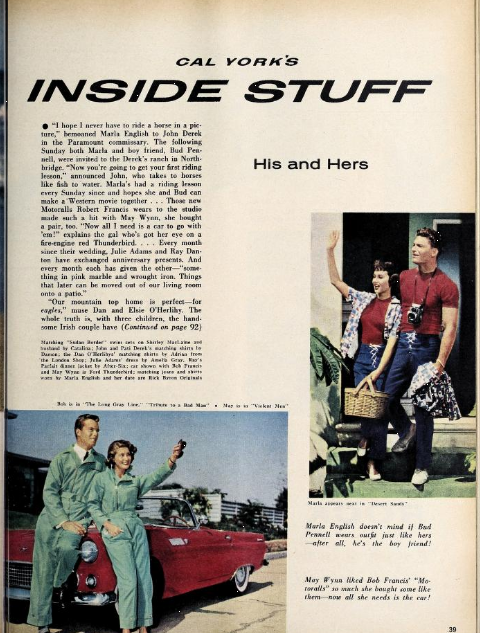
Photoplay, Sept. 1955, on newsstands in early Aug. 1955, just a few days after Bob’s death. Photo taken Winter/Spring 1955. May Wynn has no recollection of posing for this photo with a 1955 Ford Thunderbird, the location or why they were wearing ”motoralls”/jump suits.
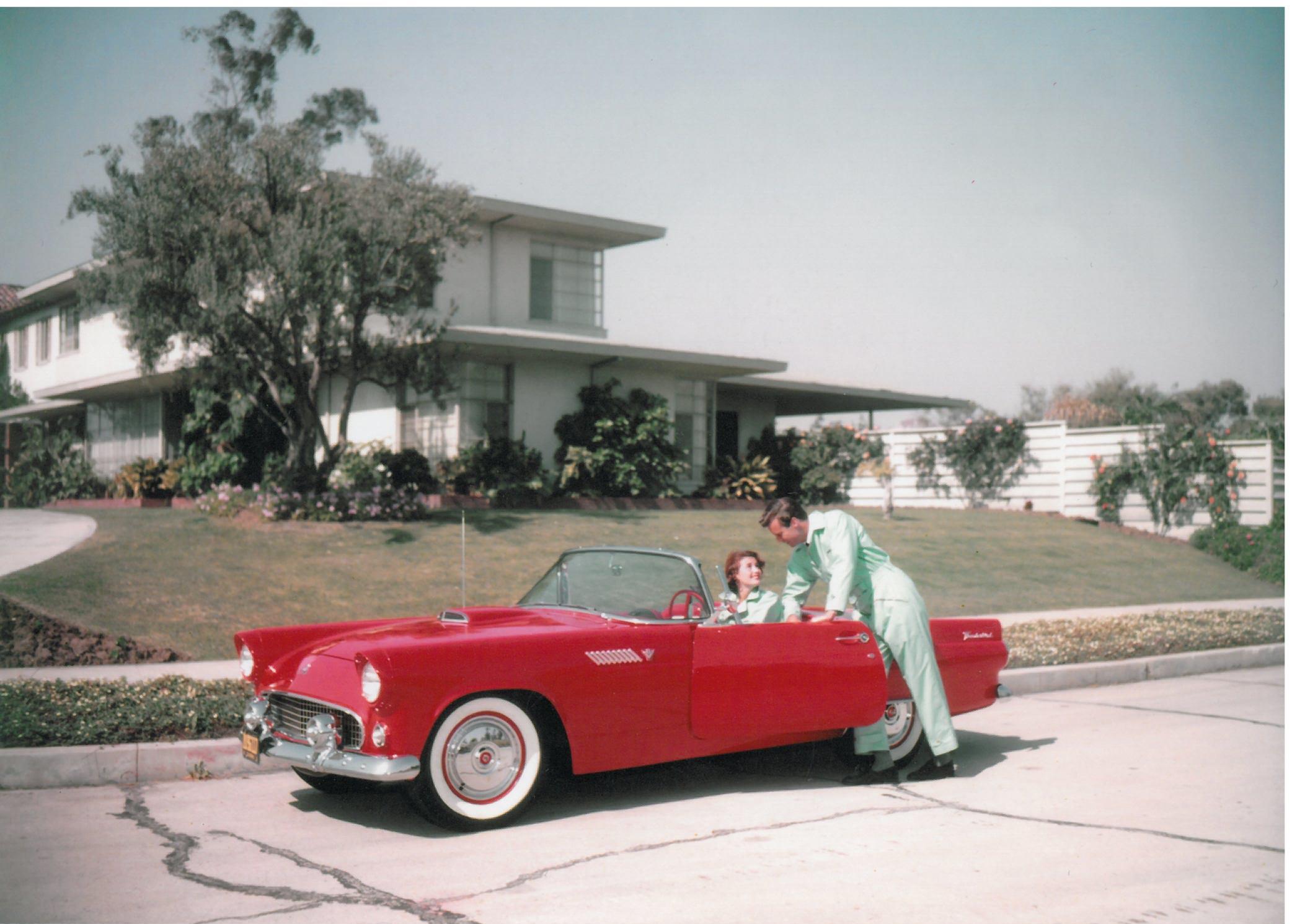
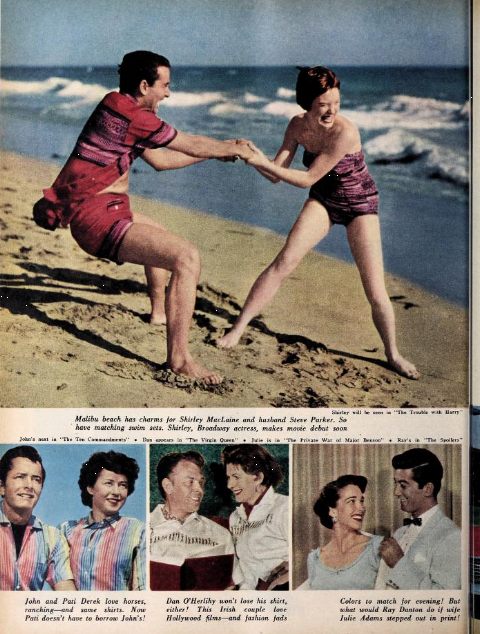
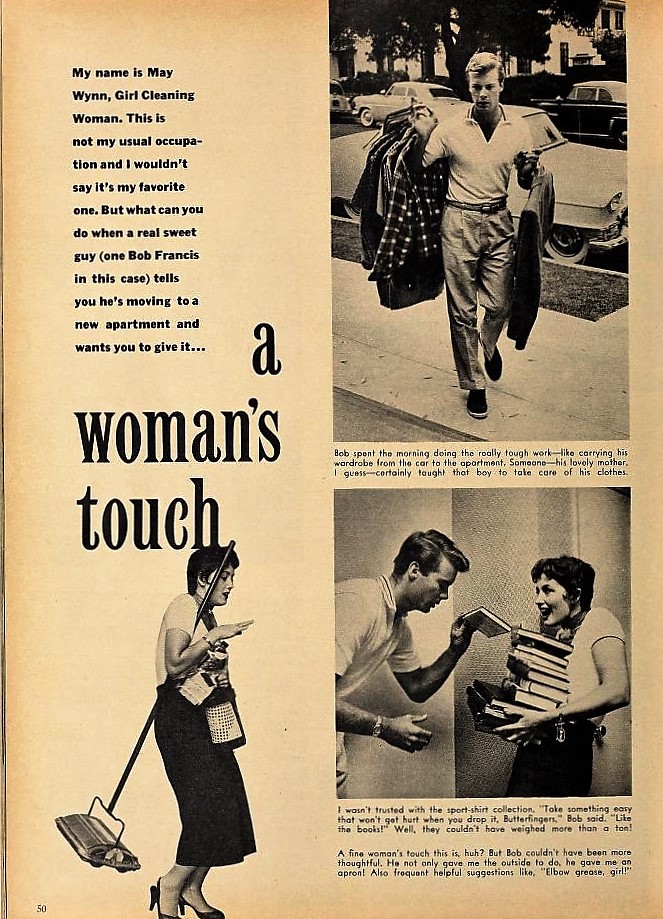
Modern Screen, Sept. 1955. Photos taken Spring 1955 in West Hollywood at Bob’s apartment by Larry Barberi for Globe Photos, New York City.
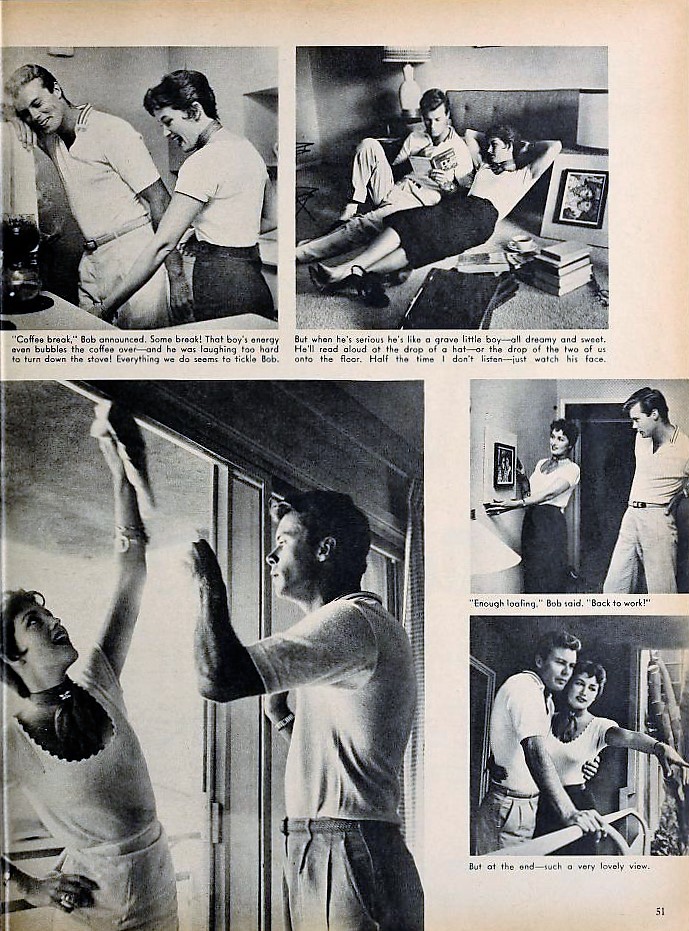
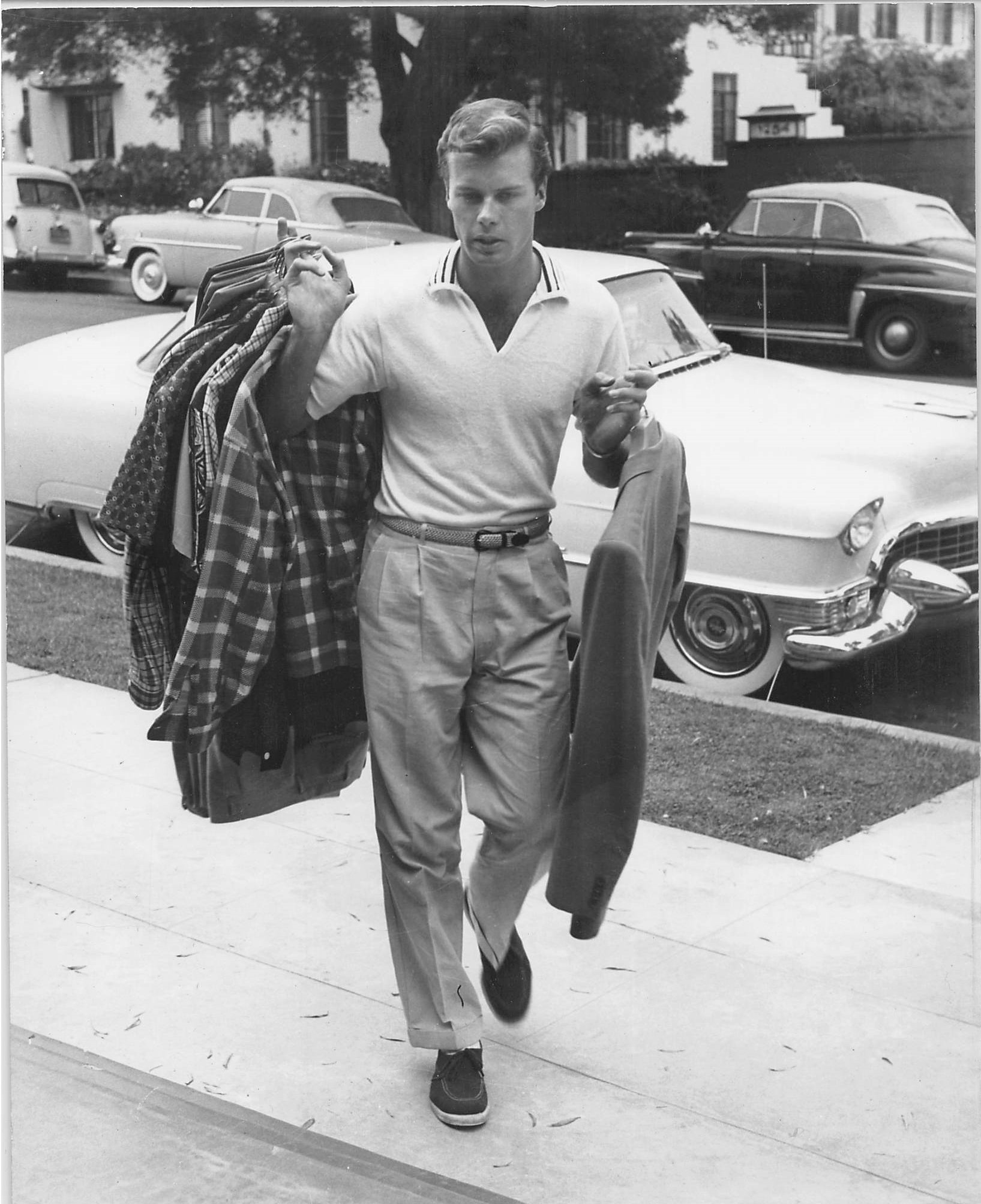
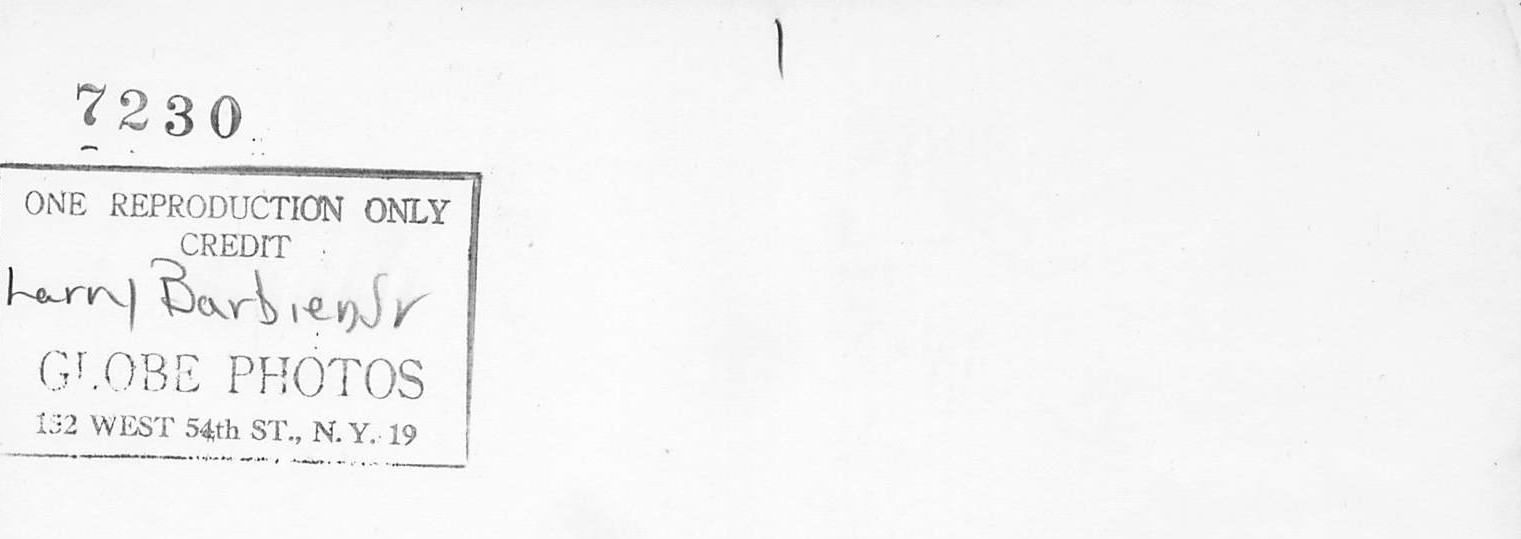
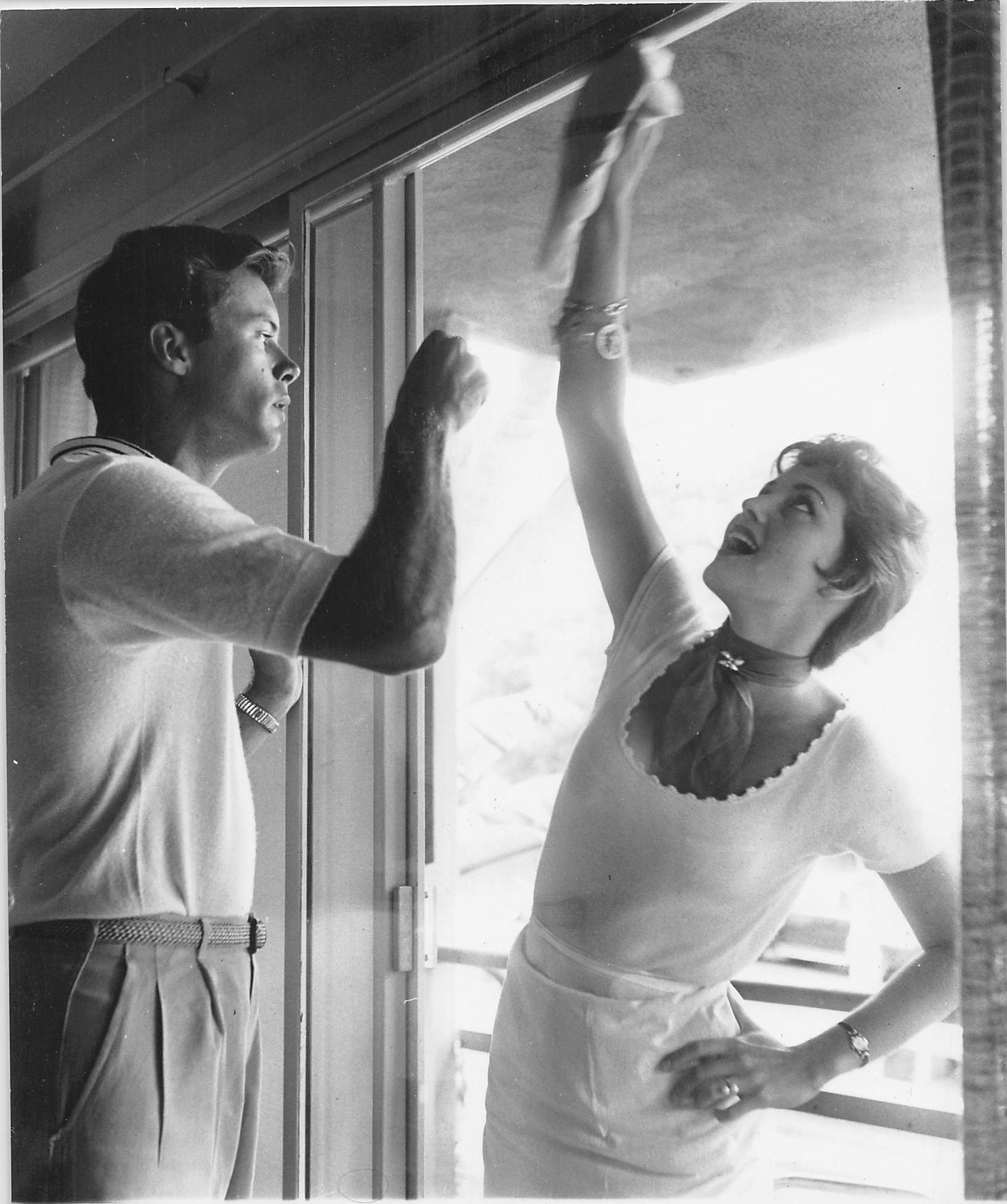
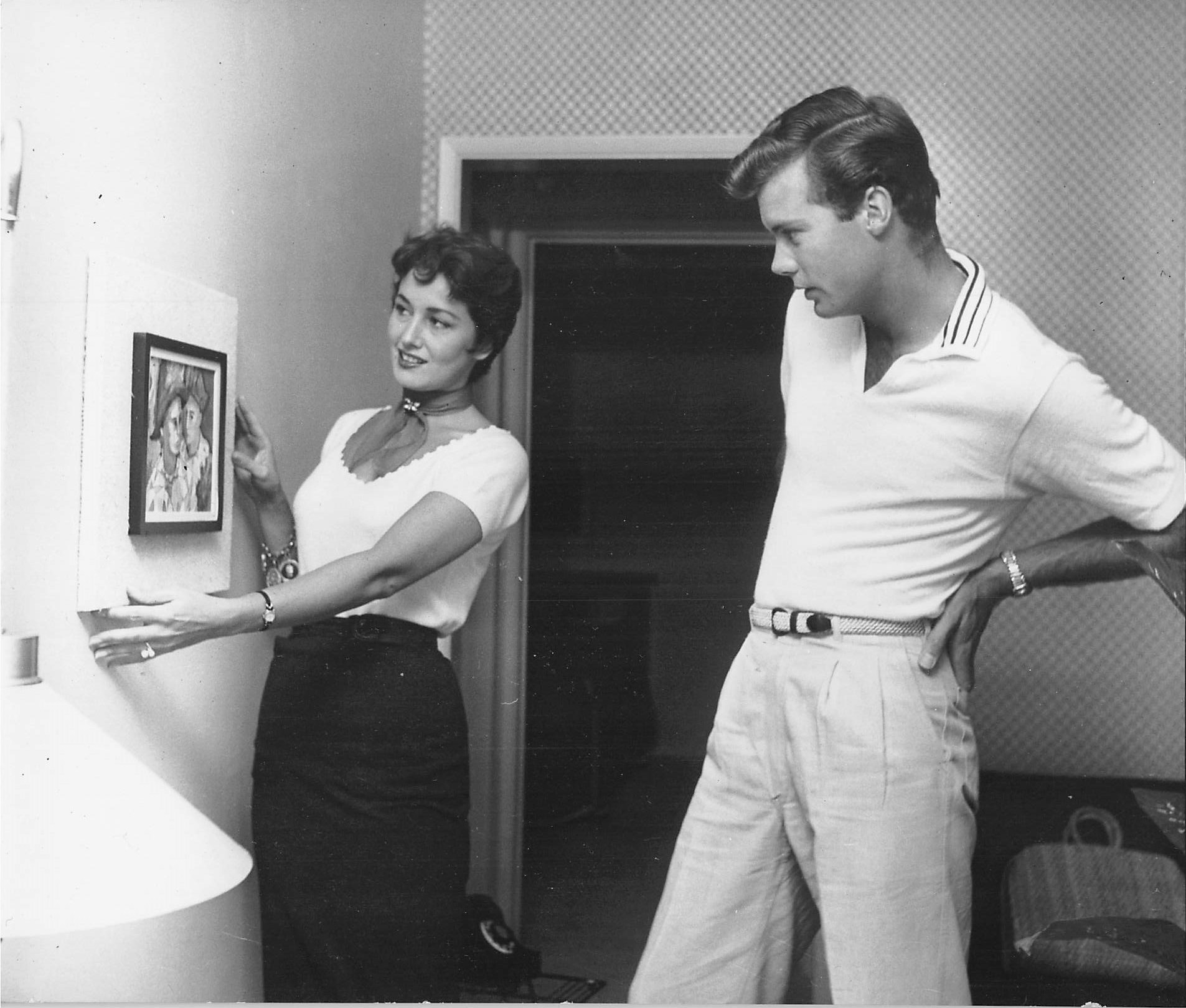
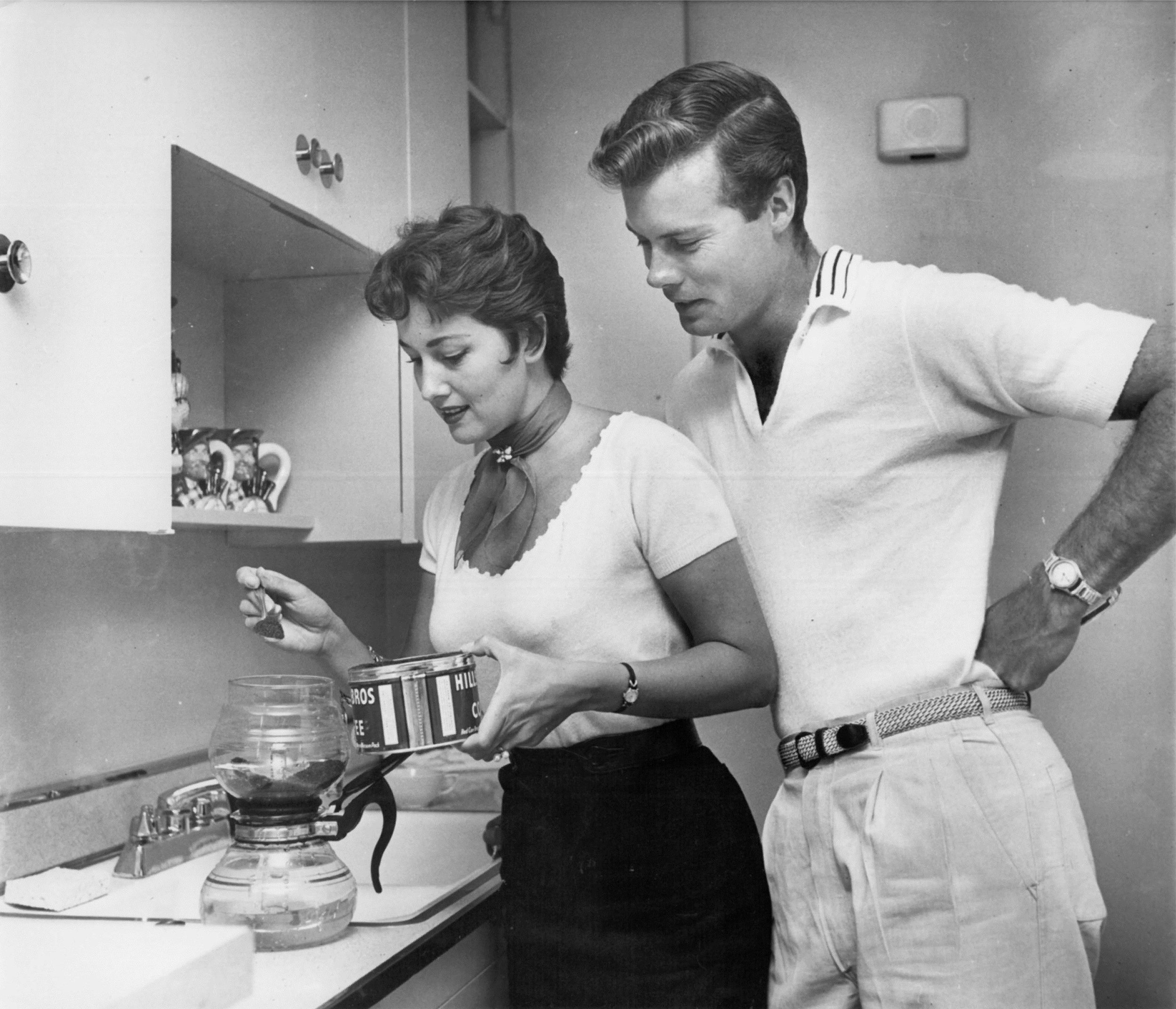
Photo: Larry Barberi, Globe Photos, New York City. Location: Bob’s apartment in West Hollywood.
After Bob’s death, his sister Lillian took the ceramic Scottish mugs on the shelf. One went to Betty and Bill, their brother, and Lillian kept the other one.
Source: Lillian Francis Robins, interview, May 11, 1991.
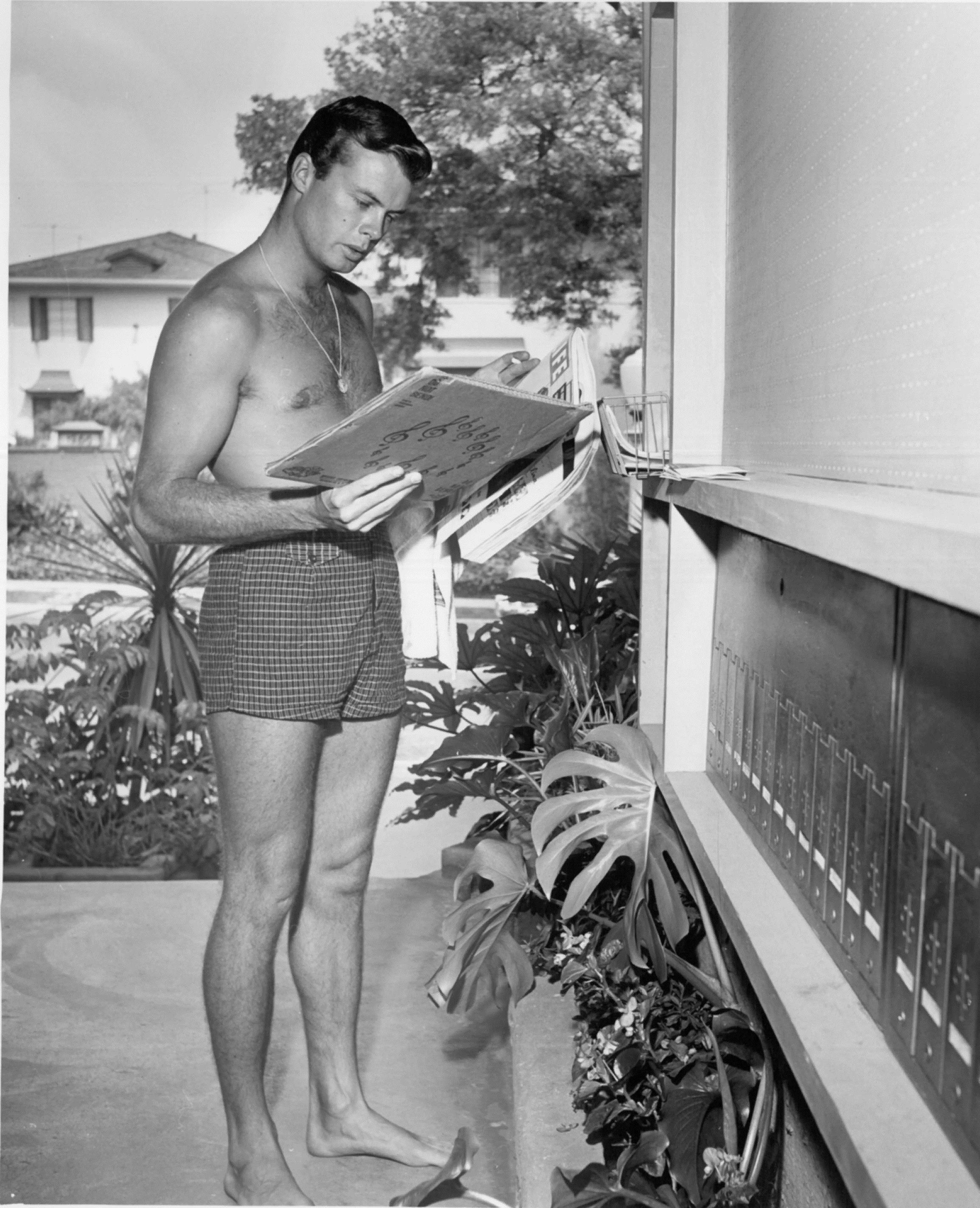
Motion Picture magazine also had a photo story about Bob’s new apartment. These photos may have been for that; not all appeared in the story, however.
Below: May Wynn surprises Bob with a housewarming gift.
His sister Lillian shows him how to make coffee. (See Biography for additional information about her.)
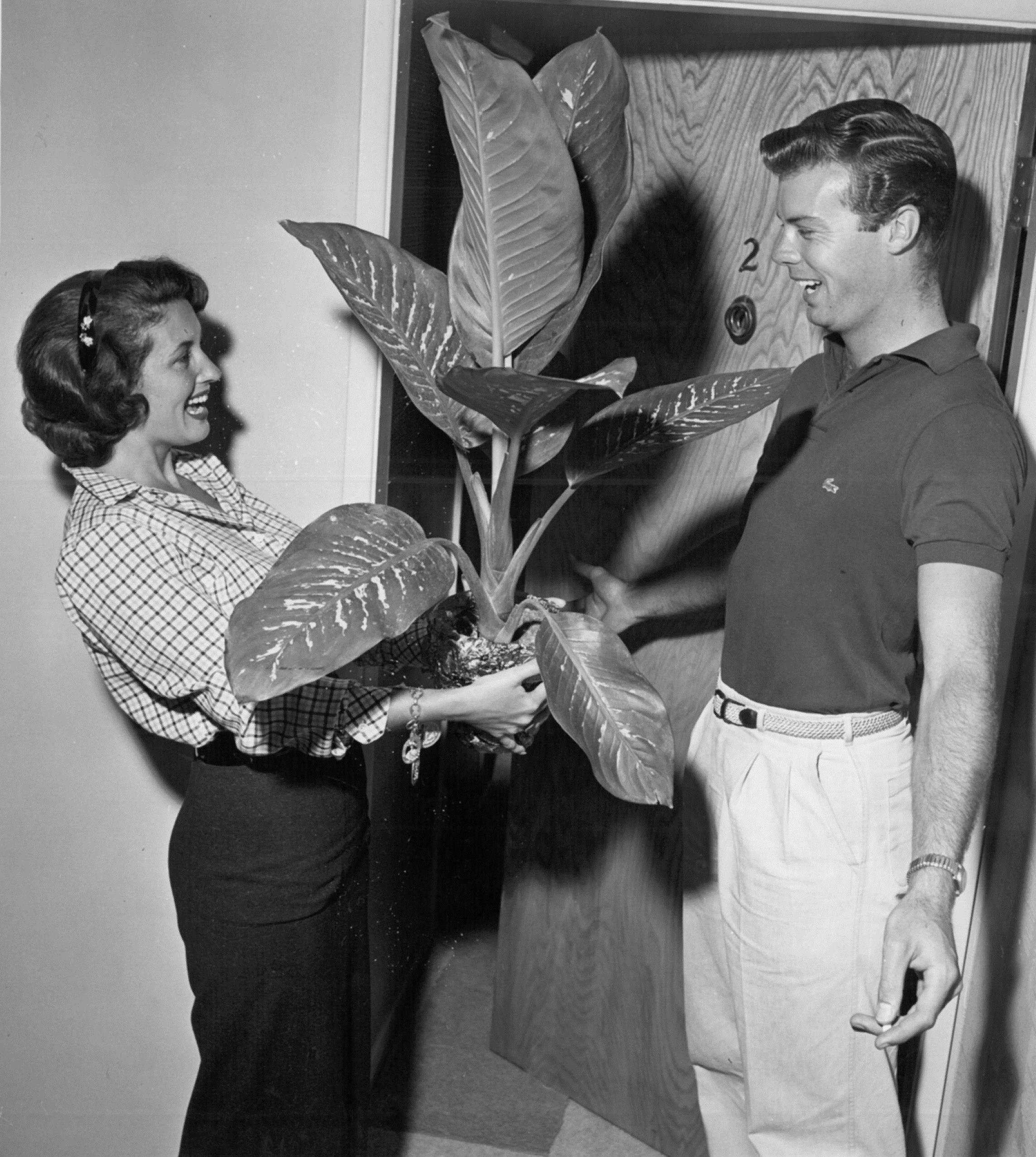
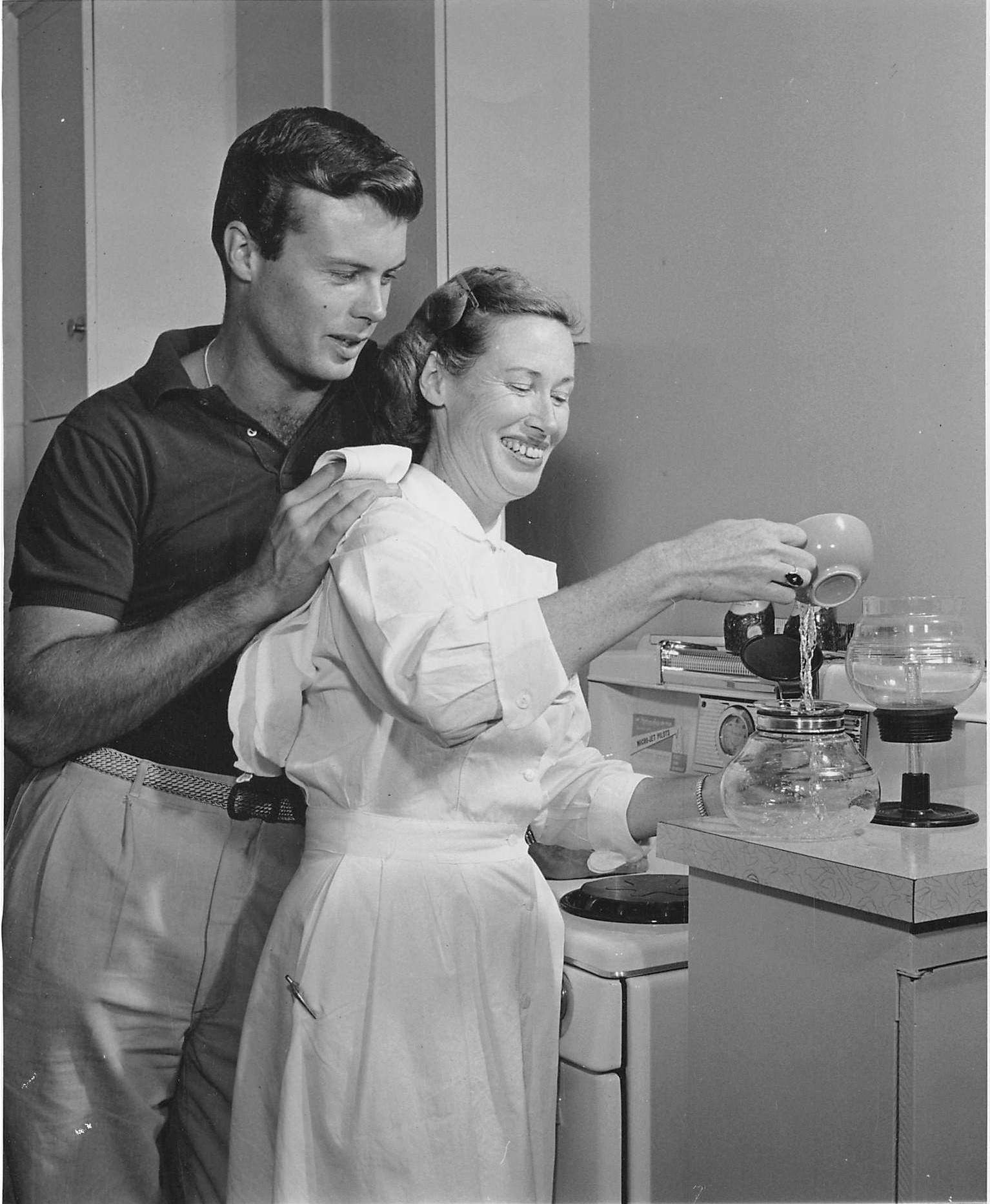

Spring 1955
Bob “cheats” at a card game.
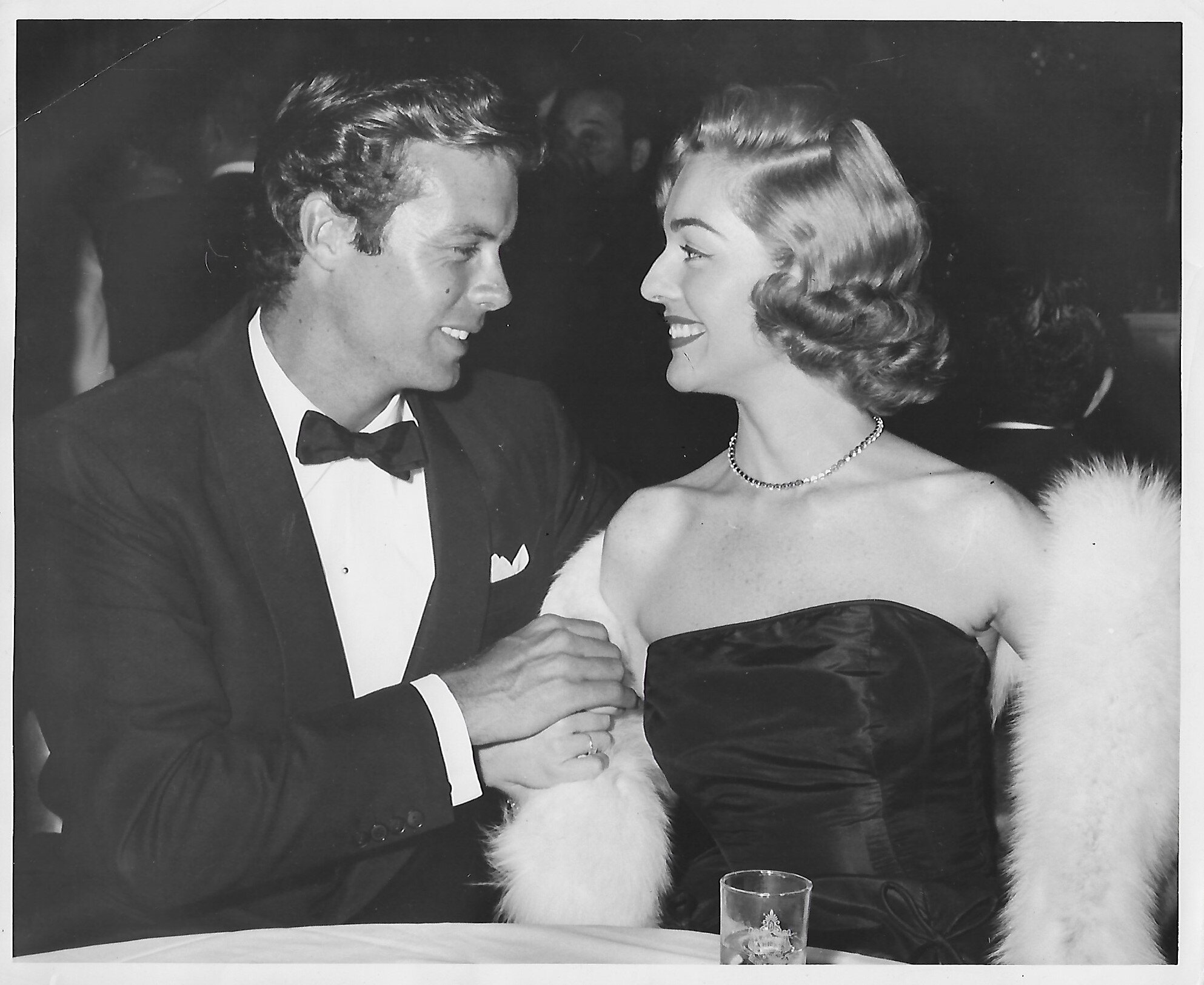
Bob returned from Montrose, Colo., on Monday, June 27. The next night, June 28 (or soon afterwards), he attended the premiere benefit party for Not As A Stranger. He may have attended with Joan Weldon, a young contract player at Warner Brothers. Although a talented singer, she is best known for her role in the science fiction film, Them! She later appeared on Broadway and toured nationally in The Music Man and other musicals. If Joan and Bob were not on an arranged publicity “date,” then this may have been one of many candid photos made at the event. This is one of the few photos made of Bob with his Tribute to a Badman haircut (or lack thereof). Not published as far as is known. Photographer: Jack Albin (1913–1985). He was one of the most successful photographers in Hollywood whose work spanned the ‘30s, ‘40s and ‘50s. He took photos of actors like Spencer Tracy, Gene Tierney, Carole Lombard and Clark Gable. A large portion of his work was associated with Warner Brothers films and contract players.
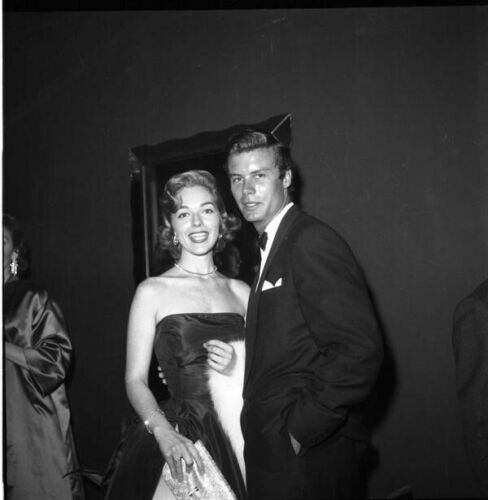
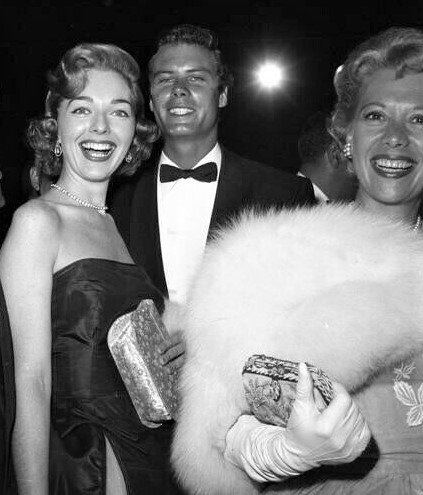
Dinah Shore was also at the event.
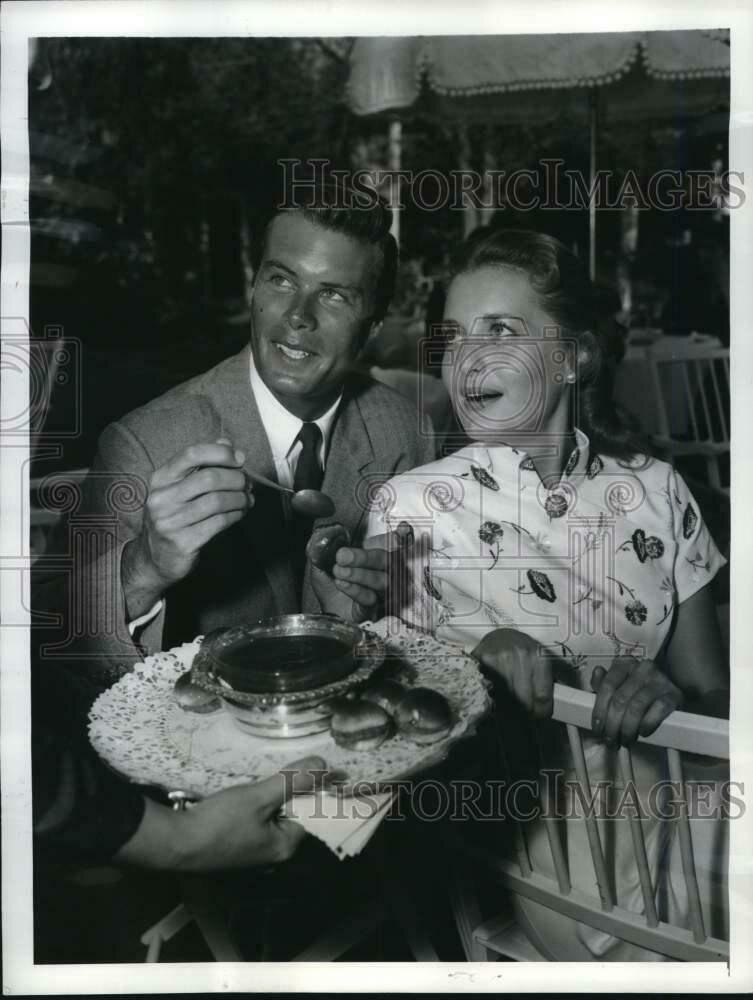
Wednesday, July 20, 1955 - Bob attended a party given by the prolific (more than 500 songs for Broadway and movies) and much honored (five Oscar-nominated songs) American songwriter Jimmy McHugh (July 10, 1894–May 23, 1969). McHugh’s songs include “I Can’t Give You Anything But Love,” “I’m in the Mood for Love,” “Lovely to Look At,” “On the Sunny Side of the Street,” “It’s a Most Unusual Day,” “Too Young to Go Steady,” and the song May Wynn sang in The Caine Mutiny, “I Can’t Believe That You’re in Love With Me.”) Gossip columnist Louella Parsons often co-hosted the event. Therefore, the annual party was star-studded. Among those in attendance in 1955 was Constance Towers, also a Columbia contract player who had recently appeared in Bring Your Smile Along which featured Lucy Marlow (Bob’s photo story partner in photos made in the fall of 1954) and William Leslie (who appeared with Bob in The Long Gray Line). Bob and Towers, who may have known each other from the Columbia lot, may have had an arranged photo-op date for the McHugh party. This photo, like the one with Joan Weldon (above) shows Bob with his Colorado tan and Tribute to a Badman haircut. It is perhaps Bob’s last “movie star” photos and never appeared in print as far as is known. The information on the back of the photo indicates it was released just after Bob’s death. The photo was offered for sale on e-Bay in 2019 by HistoricImages, Memphis, Tenn. (note watermark on photo). Towers is listed in newspaper accounts as an attendee at Bob’s funeral on Aug. 3, 1955 — two weeks after the McHugh party.
Constance Towers eventually appeared on Broadway in a revival of The King and I with Yul Brynner. She had a long and successful career as a musical theater performer and on the tv soap opera, “General Hospital,” as Helena Cassadine, a role originated by Elizabeth Taylor in 1981. Towers’ first marriage was to Eugene McGrath, a wealthy Panamanian insurance broker who had previously been married to actress Terry Moore*. They had two children. Her second marriage was to actor John Gaviin who had been married to actress Cicely Evans (1957-1965). They also had two children.
At a party in 1957, Gavin’s godfather, Jimmy McHugh, introduced Gavin to Towers, but they did not become romantically involved until the 1970s. They were married from 1974 until his death in 2018. Gavin was cultural adviser to the Organization of American States from 1961 to 1965, and he served as president of the Screen Actors Guild. A Republican, he was appointed U.S. Ambassador to Mexico in June 1981 by President Ronald Reagan and served until June 1986. Gavin was of Latin American descent. http://www.glamourgirlsofthesilverscreen.com/show/475/Constance+Towers/index.html
Gavin also has a link to Bob Francis. C. 1955 after serving on the USS Princeton in the Navy, Gavin offered himself as a technical adviser to family friend and film producer Bryan Foy, who was making a movie about the Princeton. Instead, Foy arranged a screen test with Universal-International. Gavin turned down the offer but his father urged him to try it. The test was successful and Gavin signed with the studio. "They offered me so much money I couldn't resist," he said later. Bryan Foy produced The Bamboo Prison for Columbia in 1954.
*Terry Moore - After Howard Hughes died, she claimed the pair had secretly married on a yacht in international waters off the coast of Mexico in 1949 and never divorced. Despite marrying two other men while she was "married" to Hughes, his estate paid her an undisclosed settlement in 1984. The other two men were All-American football hero, Glenn Davis (Elizabeth Taylor’s first highly publicized “romance”) and Eugene McGrath, Constance Towers’ first husband. Moore’s six husbands also include Texas oilman Stuart Warren Cramer IV who, prior to marrying Moore, was married to actress Jean Peters who, following their divorce, renewed her long romantic relationship with Howard Hughes and married him (1957-1971).
Photo: Nat Gallinger, “Inside Hollywood,” King Features Syndicate, Inc.
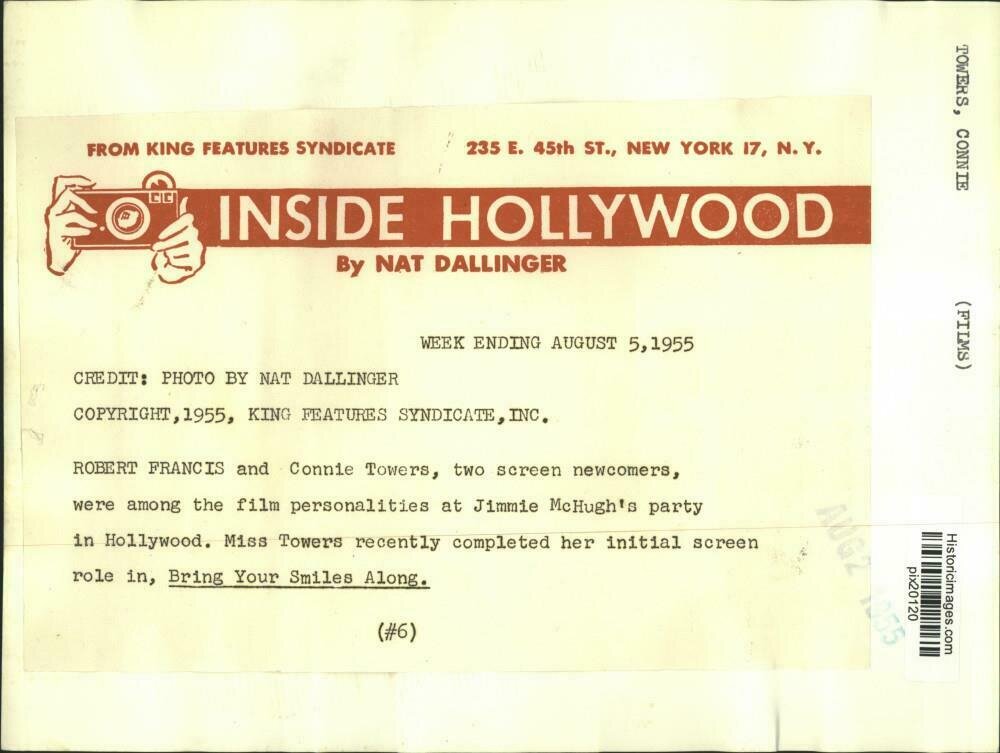
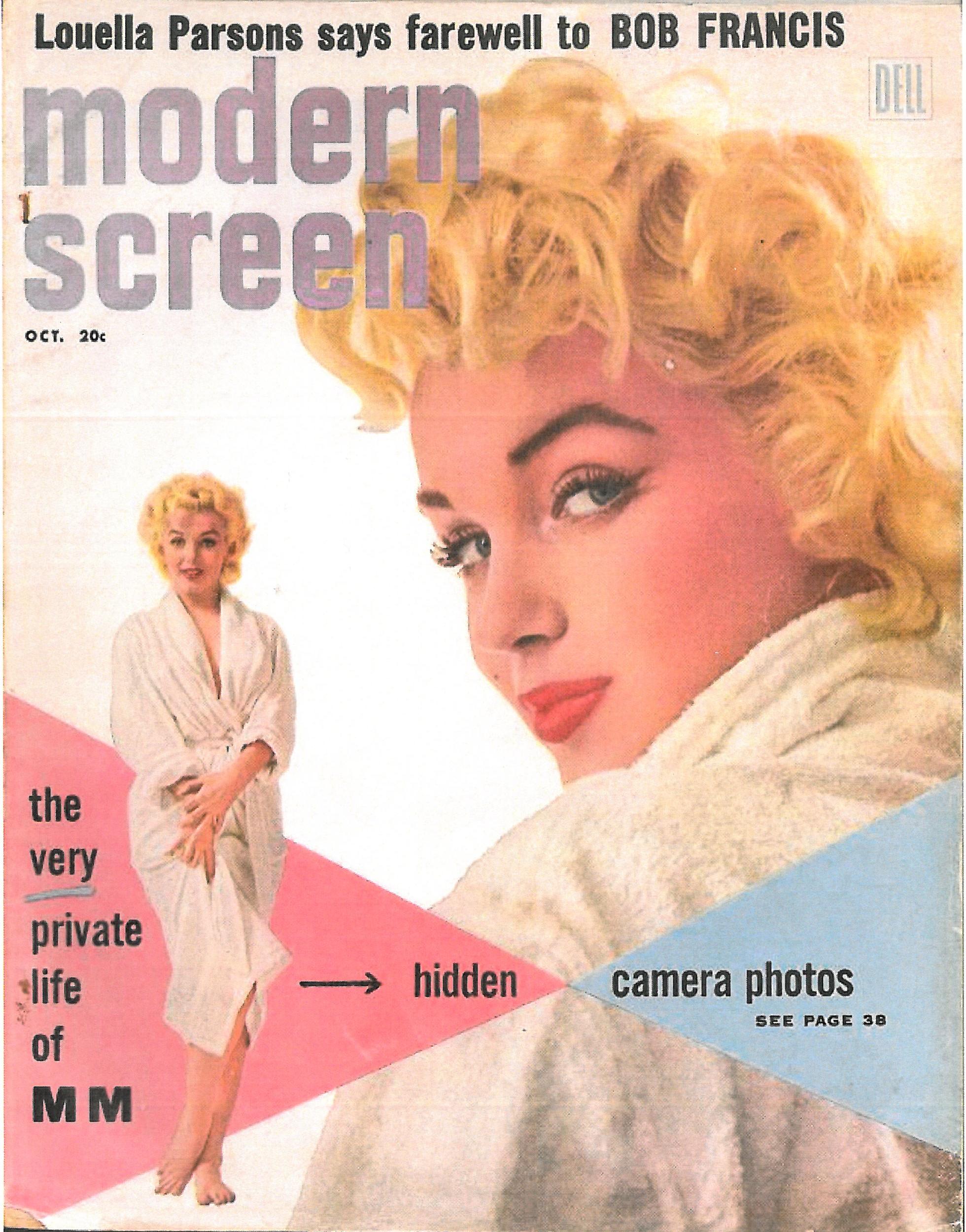
Modern Screen, Oct. 1955, available on newsstands in early Sept., about a month after Bob’s death. Modern Screen, Nov. 1955, “Bob Francis’ Last Interview” by Alice Finletter provides a significant amount of information about Bob’s time in June 1955 in Montrose, Colo., when he was filming Tribute to a Bad Man.
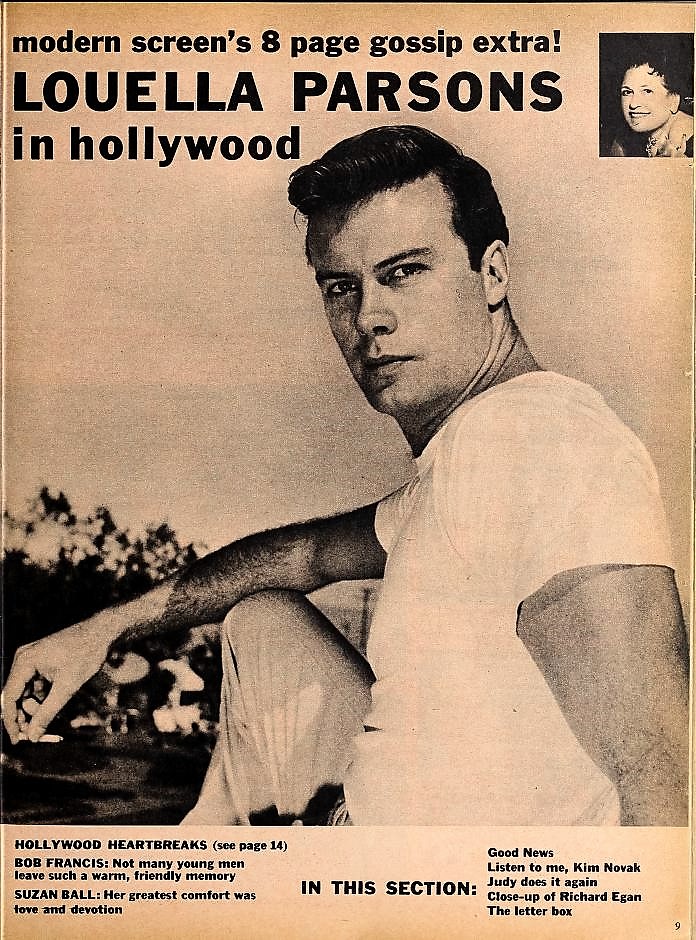
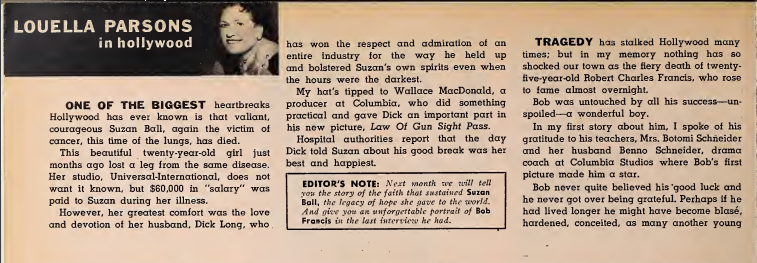

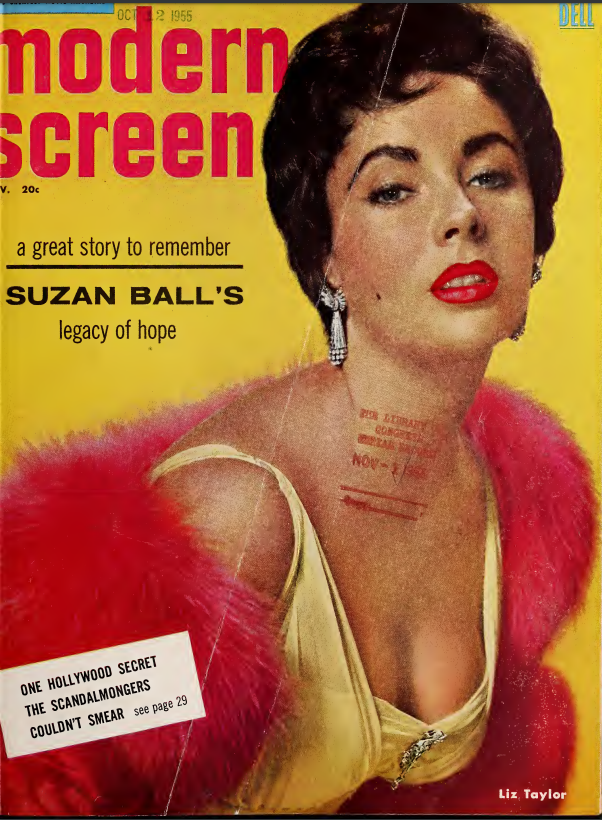

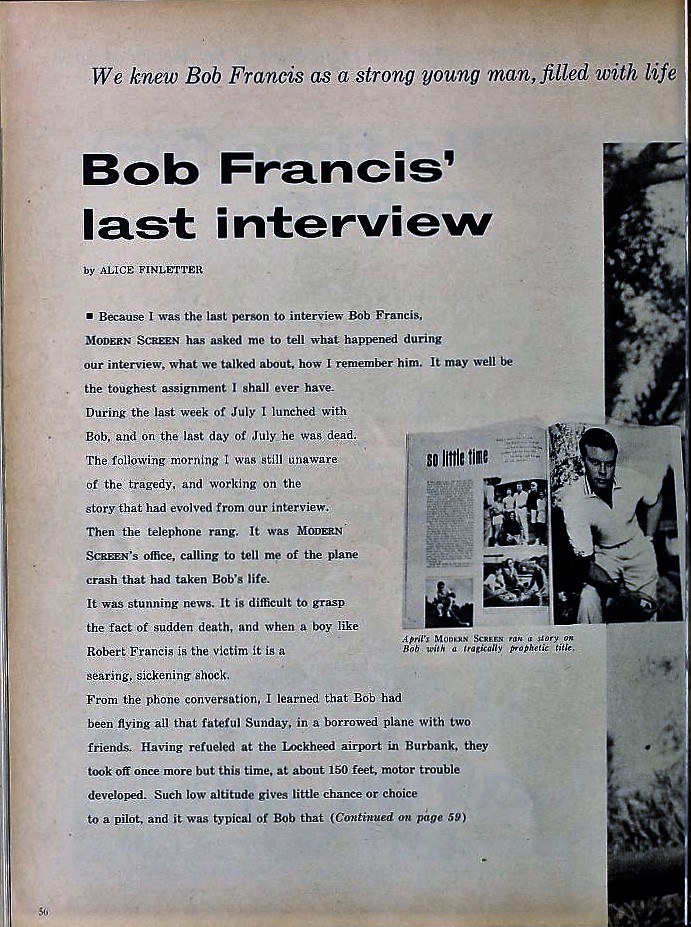
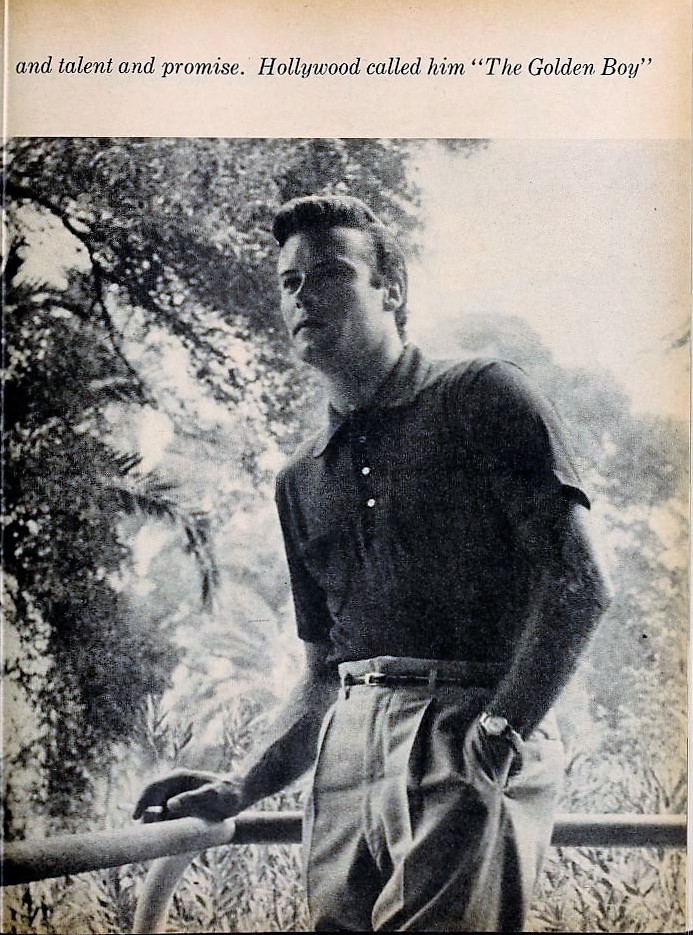
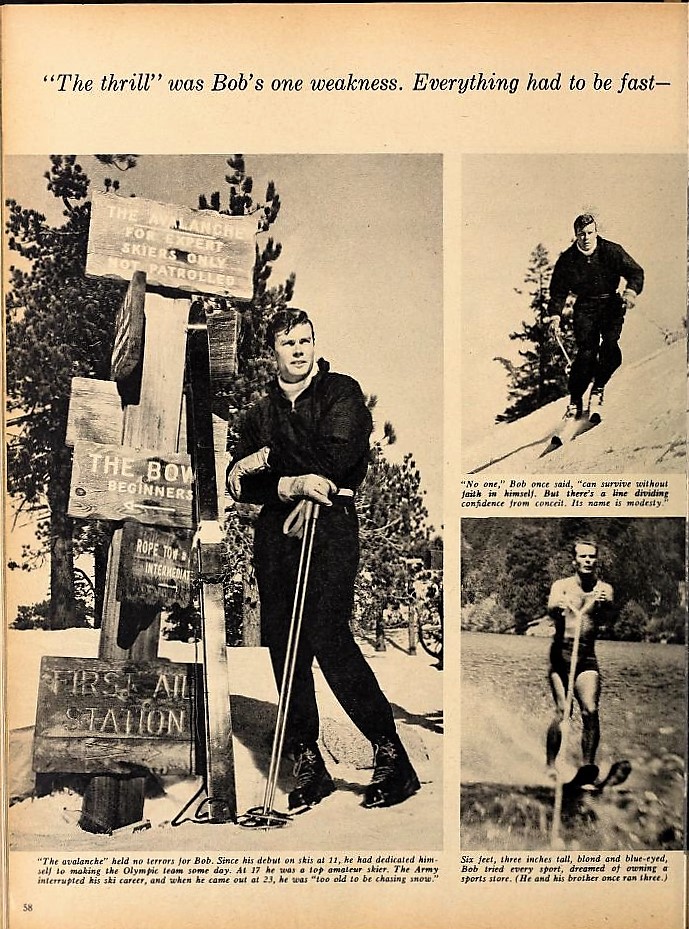
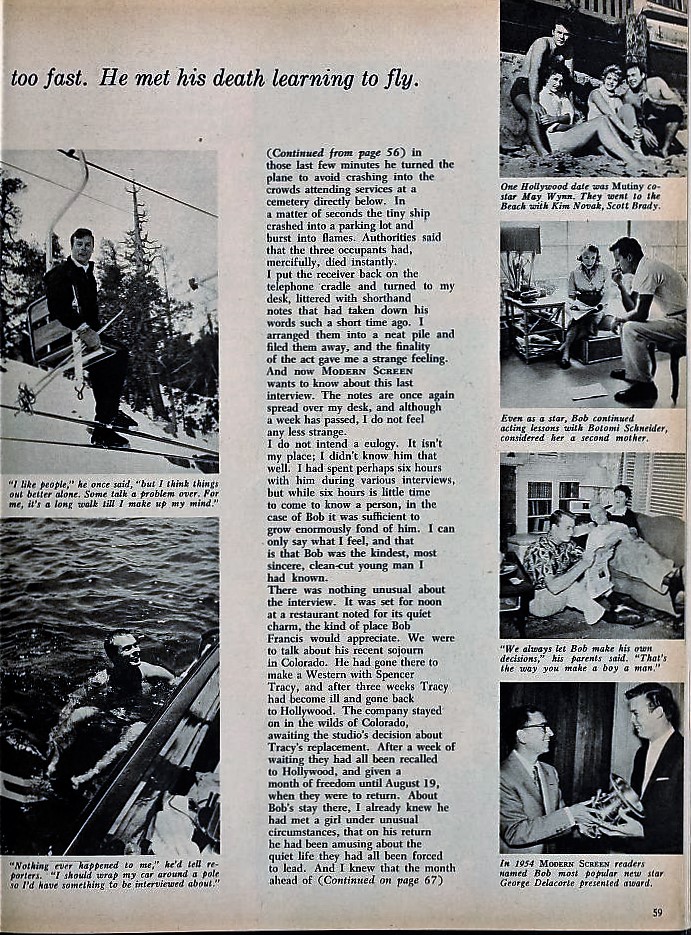
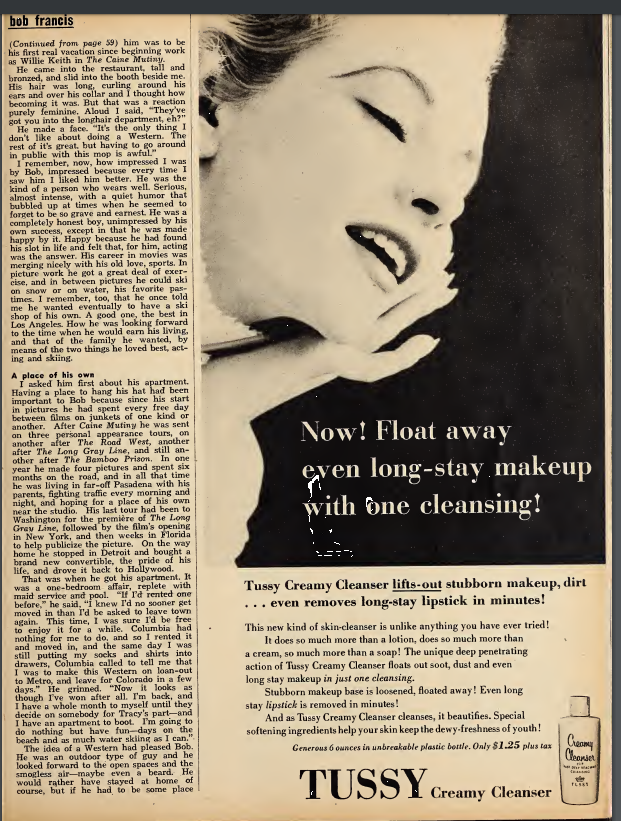
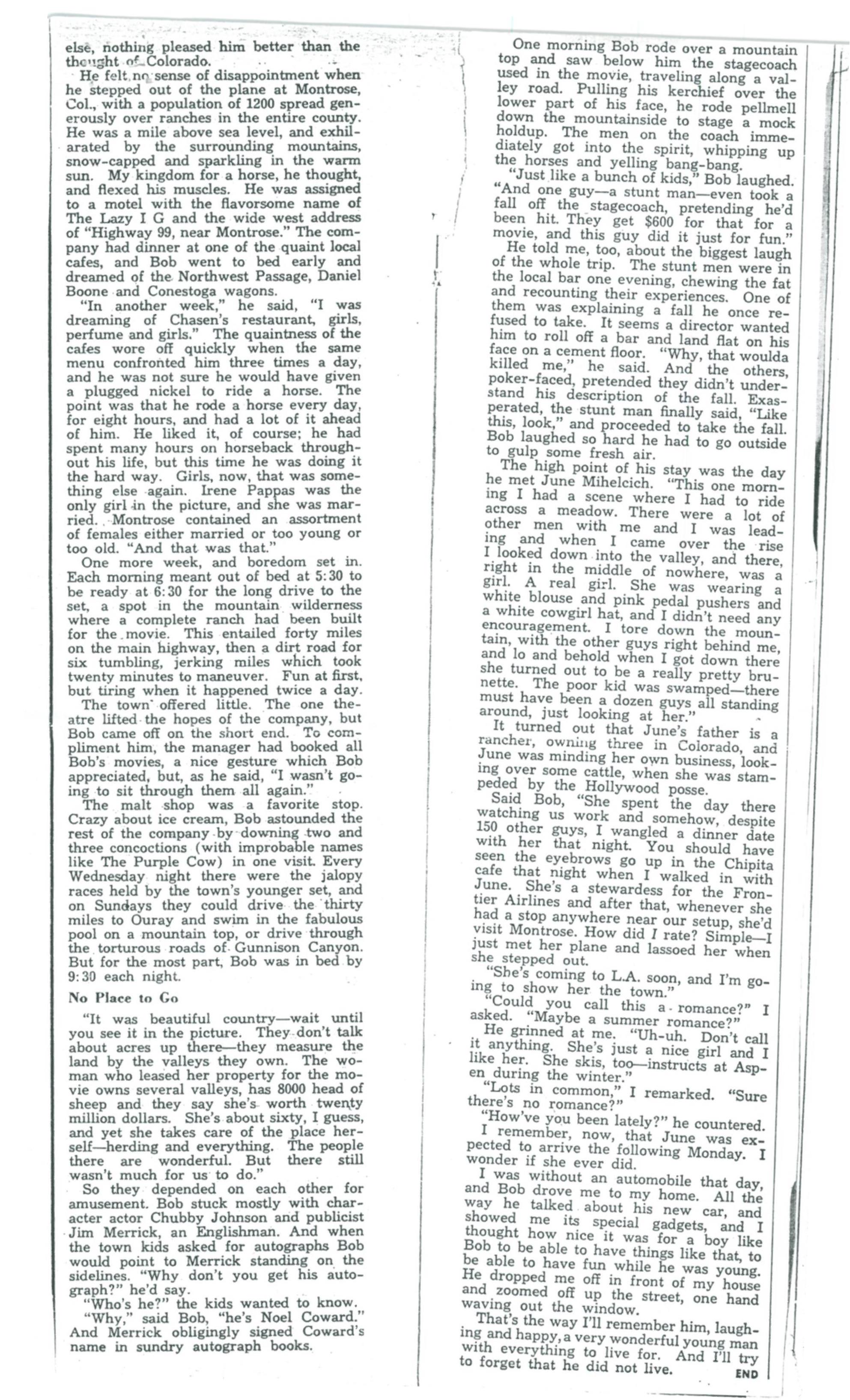
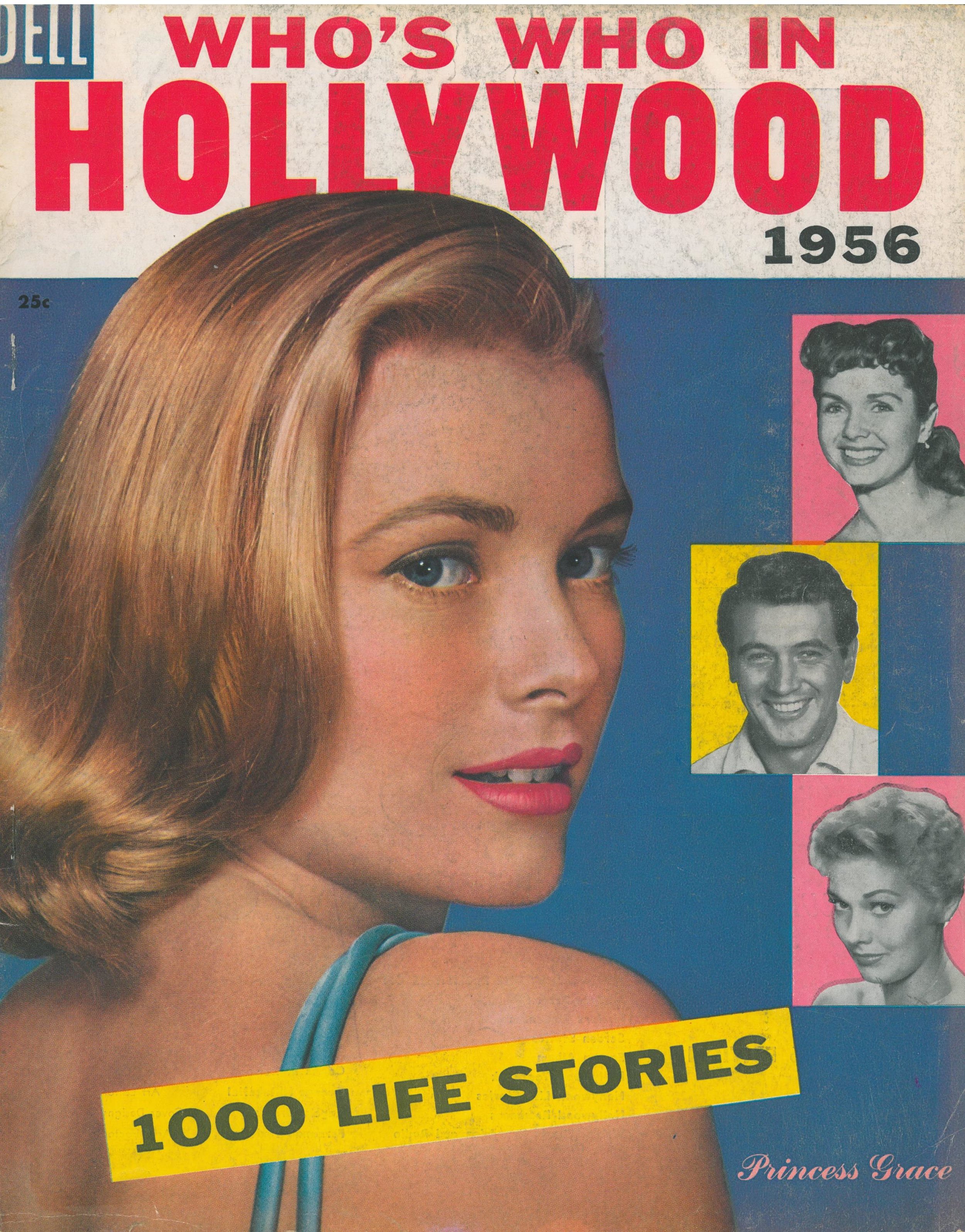
Who’s Who in Hollywood 1956, published early in that year. Photo of Bob was made Late 1954/Early 1955, probably at Palm Spring Racquet Cklub.
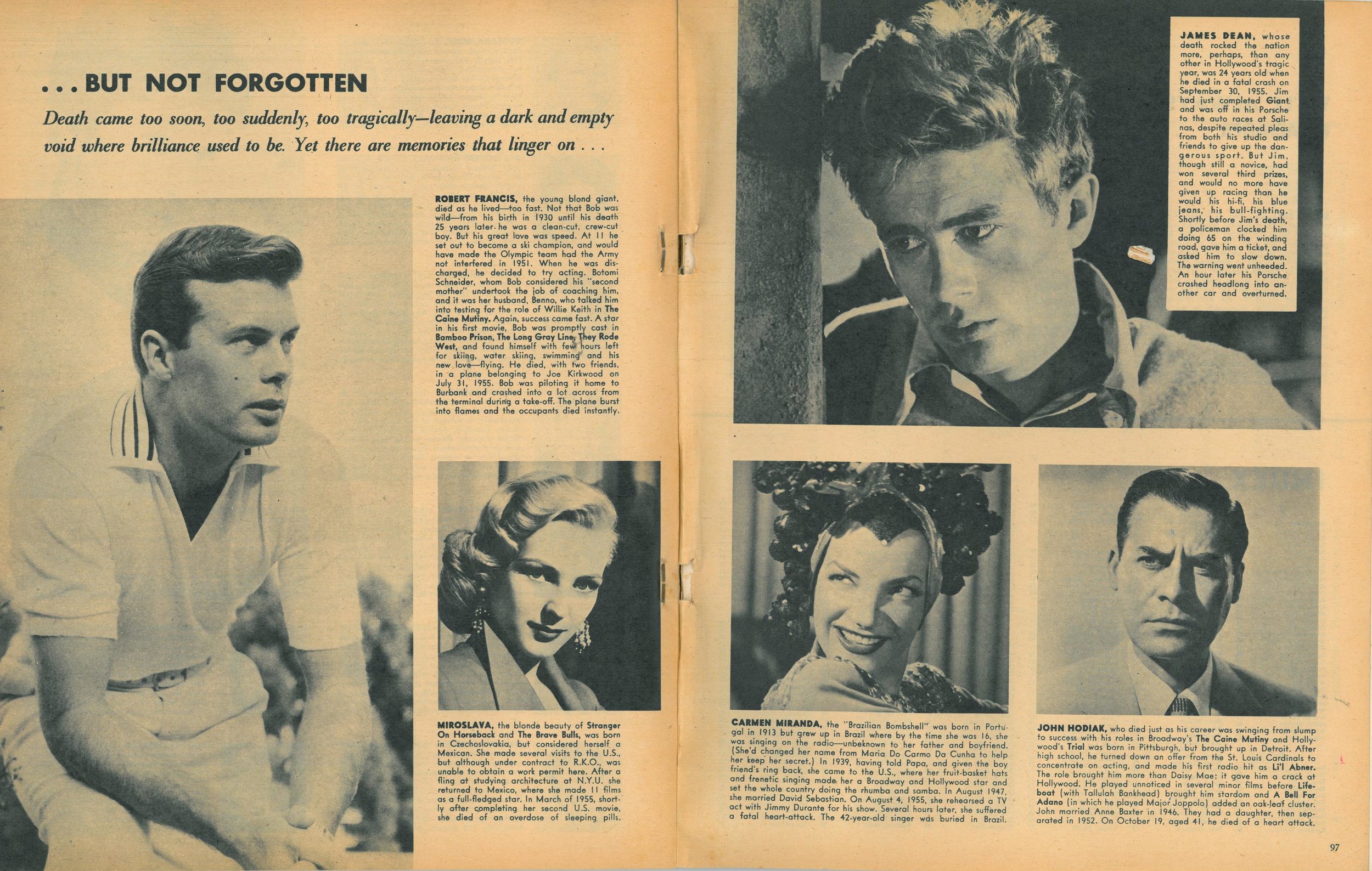
Celebrity plays out differently in each famous person’s life — and death. Though they had some things in common, including the span of their Hollywood careers, Bob and James Dean were polar opposites in life and death. Bob’s fame ended with his death; many people discover him now through showings of The Caine Mutiny on Turner Classic Movies and wonder what happened to him. Dean — an extraordinarily gifted young actor with a troubled past and a need to rebel on screen and off — died Sept. 30, 1955, two months after Bob’s death, and is, not unlike Marilyn Monroe, more famous in death than in life. This was especially so in the years immediately after Dean’s death, in part because only one of his films, East of Eden, had been released when he was alive. Rebel Without a Cause opened in Nov. 1955 and Giant in the fall of 1956. Bob had no unreleased films when he died. Bob is not forgotten, but Dean is remembered as are his three films.
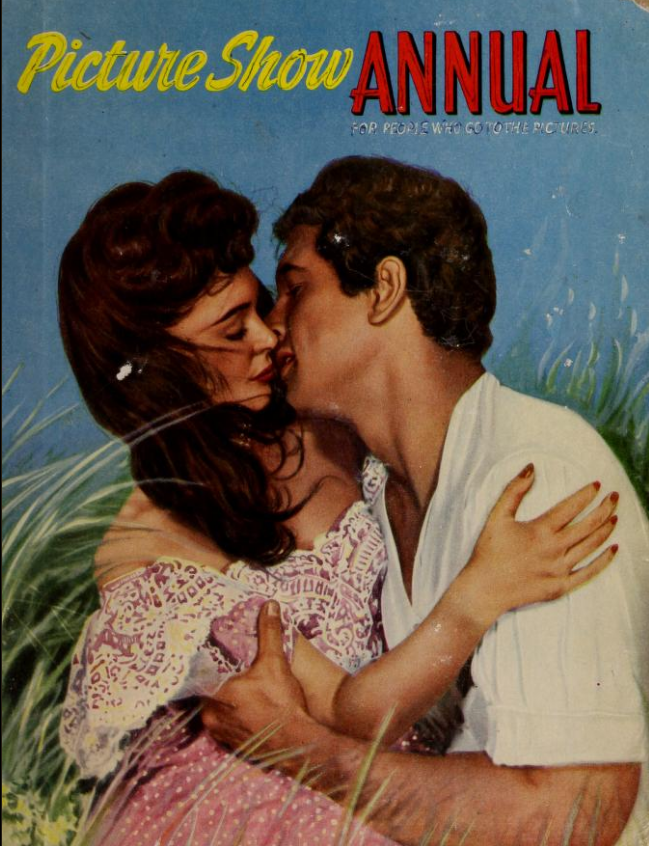
Early 1956
Picture Show Annual 1956, a British publication, covers the previous year from both sides of the Atlantic.
